Cars of communism. Tim Brooks discovers a growing appreciation among car enthusiasts for no-frills, communist-era vehicles built for the masses. December 01, 2011.
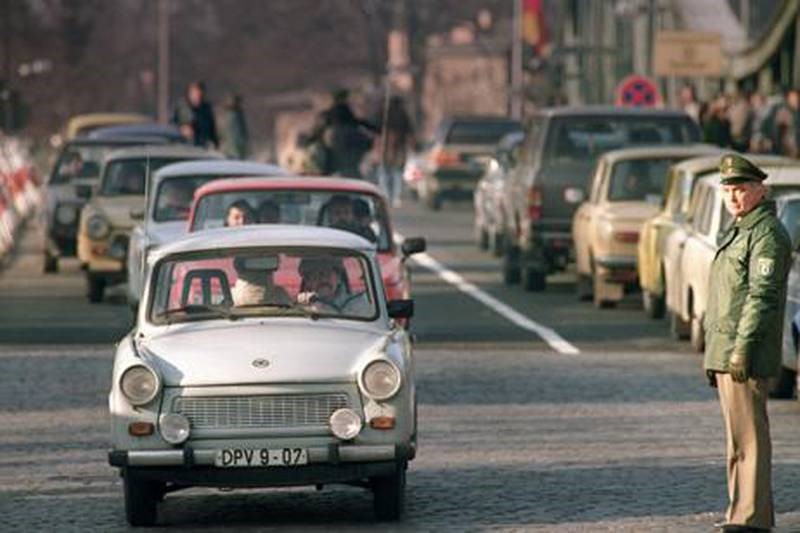
Vehicles such as the Trabant (pictured above in East Germany in 1989) and the Lada Riva are becoming popular due to their robustness and uniqueness.
In the three decades between the Bay of Pigs invasion and the fall of the Berlin Wall, a clutch of communist cars were created behind the Iron Curtain. Ubiquitous and utilitarian, these socialist saloons had none of the flair and few of the features of their western contemporaries. These were cars designed to express unity rather than individuality. Marques such as Trabant, Skoda and Lada represented the antithesis of the car as status symbol culture of the west. Built to serve citizens, they hardly made for a compelling choice for consumers.

No Trabant in this one, just the Easter bunny.
After the fall of the wall it was surely their fate to rust in peace, motoring oddities that deserved a place in political history, but not on the driveway. Though when has history been predictable? For what they lack in style, sophistication and speed they make up for with an abundance of a quality that is infinitely more prized; character, in socialist spades full.
The most iconic of the communist cars is the Trabant, a basic, boxy East German saloon that has been immortalised on murals and a U2 album cover. The sight of these flimsy saloons pouring over the Berlin Wall was one of the most striking images of the 20th century.
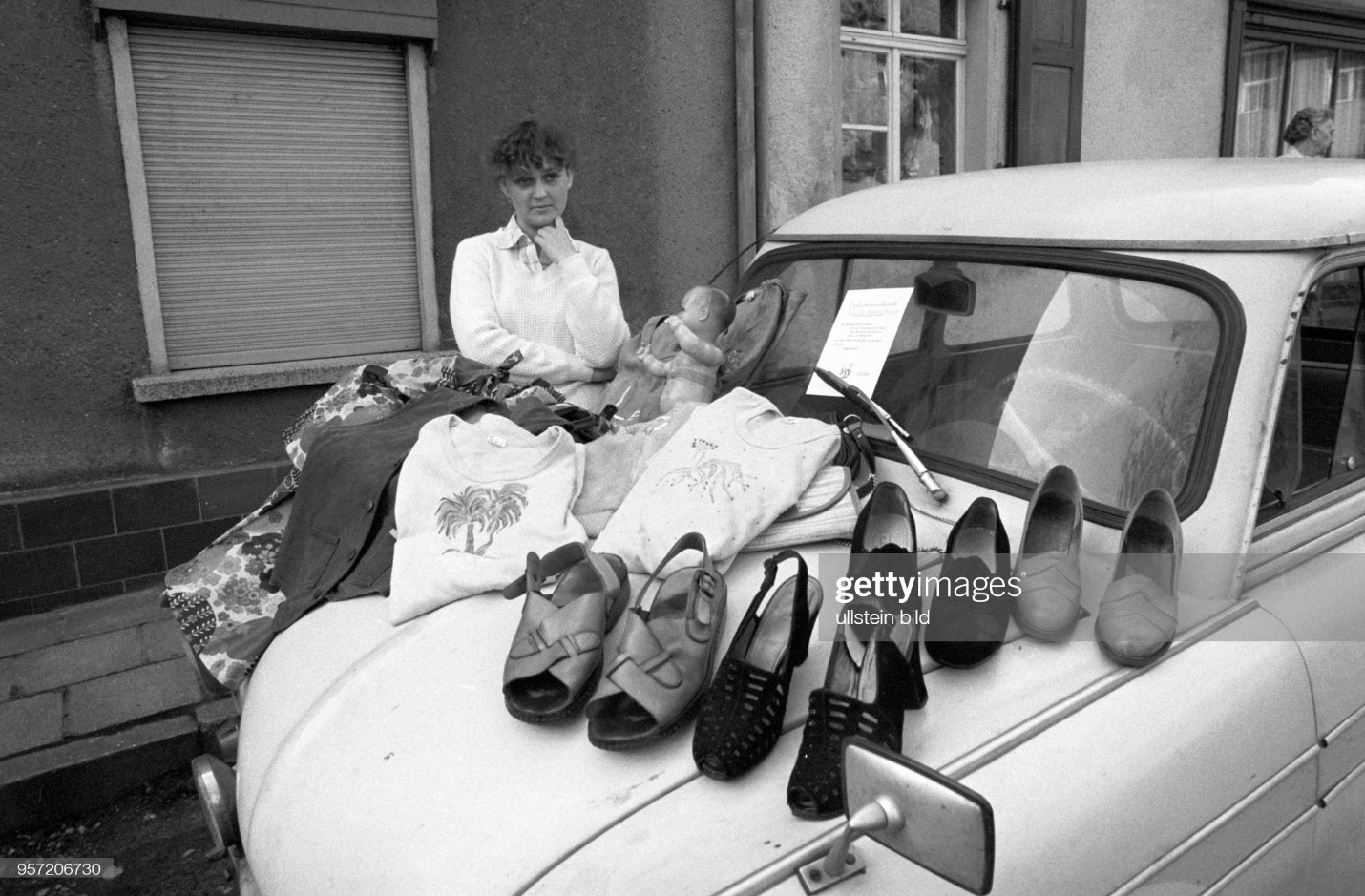
A woman offers shoes and clothing at a flea market in Gerbstedt in the copper mining region of Mansfelder Land in May 1984. The bonnet of her car serves as the sales area. Photo by Eberhard Klöppel / Ullstein Bild via Getty Images.
While West Berliners enjoyed luxuries such as CD players and electric windows, in the east of the city drivers still had to mix oil in when they filled the petrol tank. With a horribly noisy and hopelessly underpowered two-stroke engine, the Trabant was a car from another era, as if the wall had not just prevented access but progress, too. To reduce costs and recycle material it was made of waste cotton and resin, compressed into a Duraplast body. It wasn't a rival, it was a relic.
Almost as ancient and almost as odd were Czechoslovakian Skodas, Russian Ladas, Polish FSOs and Balkan Yugos. You would have thought such primitive cars would only flourish within the planned economies that built them but this was not the case and some models were surprisingly successful on the export market. Almost 20 million Lada Rivas, a boxy saloon based on a 1960s Fiat 124, were built and 60 per cent were sold abroad. However improbable it may sound, these Russian saloons served as taxis in Trinidad and police cars in Peru. Their main selling point was cost but they were also highly regarded for rugged reliability. They were so robust that many still survive. And people are beginning to take an interest.
Eastern European cars have, despite all of their flaws and shortcomings, become some of the most sought-after cars on the classic car market. They may not fetch six-figure sums at auction like an Aston Martin, or cause jaws to drop like a Jaguar E-Type, but for those with a modest budget and an eye for the eccentric, they have achieved cult status. From being the butt of jokes 20 years ago they are now highly desirable. When new, they could be bought cheaply, but their value is rising steeply.
In the 1980s, Russian manufacturer Lada ran an advertising campaign declaring "made for Siberia, not suburbia". That may be so, but these cars are some of the most coveted of the cul-de-sac. Seeking to understand this puzzling reversal of fortunes I met Andrew Hutchings, chairman of the Eastern European car club of the UK.
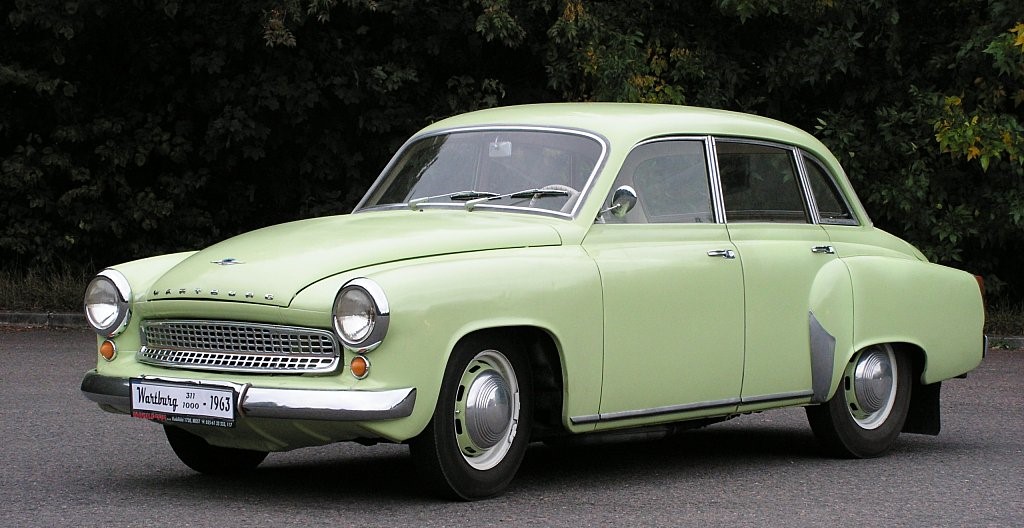
Wartburg 311, 1963.
He recalls how his passion for these cars was ignited as a young mechanic when a turquoise Wartburg estate, the big brother of the Trabant, drove onto the forecourt and into his heart. Now he can't imagine owning a conventional car. I ask him why communist cars are becoming so popular.
"The answer is simple; they're different," he says. "These cars get under your skin in a way that conventional classics can't match. They inspire devotion. There are still those who will turn up their nose, but their salesmen saloons are two a penny whereas a communist car stands out from the crowd."
Another factor in their popularity with classic car enthusiasts, he explains, is their practicality and ease of repair.
"Communist car design evolved at a different pace and a different way to those in the west. They were built to a standard, not to a price and they didn't have to compete in a marketplace. One of their chief qualities is robustness. They were built in countries where garage facilities were limited or nonexistent and where the climate was far more extreme than the UK, so they are easy to work on and simple to repair. This no-nonsense, no frills approach is a real selling point." While a lack of finesse and features undermined their desirability when new, these aspects are less significant in a classic purchase, where quirkiness is just as important as quality. But this alone doesn't explain why there has been such a rise in demand for communist cars; after all, many western European cars are equally different and distinctive. The answer lies in a broader cultural interest in the communist era. Disenchanted with the boom-and-bust consumerist societies of the west, some look through rose-tinted glasses at a simpler system and consider trading their creature comforts for security and certainty. And the greatest symbols of this system were its cars.
"You don't have to be left-leaning and read The Guardian to buy a communist car," Hutchings quips. "Ownership is not a political statement. The Germans have a term called 'ostalgia', which means a misty-eyed reminiscence of life under communist rule. This has become more and more popular with the recent problems affecting the economies of western Europe.
"This affection has been reflected in an increased interest in the cars of the era. Demand is definitely growing. There is also a vibrant social scene for enthusiasts with a packed calendar of rallies, races and meets both in the UK and Europe. We are welcomed with open arms when we go to Germany."
But it isn't just eulogising enthusiasts who see the merits of these cars. Their charm and character has convinced many to trade in the conventional for the communist. Peter Danes, 33, from Exeter in the UK, is one such convert.
"There is something inherently British about supporting the underdog, maybe that's why I find myself drawn to cars unloved by the masses. I've decided to trade in my Nissan Micra for a Lada Riva. We used to joke about them in the playground but, with age, has come appreciation," he says.
"If you want a car that stands out, generates attention and has a real story behind it, then one from the communist era makes a great deal of sense. Keeping such a car on the road is more satisfying than prolonging the life of yet another Ford or Austin."
But those looking for bargains may need to think again, for with interest comes inflation. Just 10 years ago a Lada Riva would cost no more than Dh 1,800. Now they can go for more than Dh 18,000. I can't think of another classic whose value has increased tenfold in the same time period. Such is the fickle nature of fate and the vagaries of value.
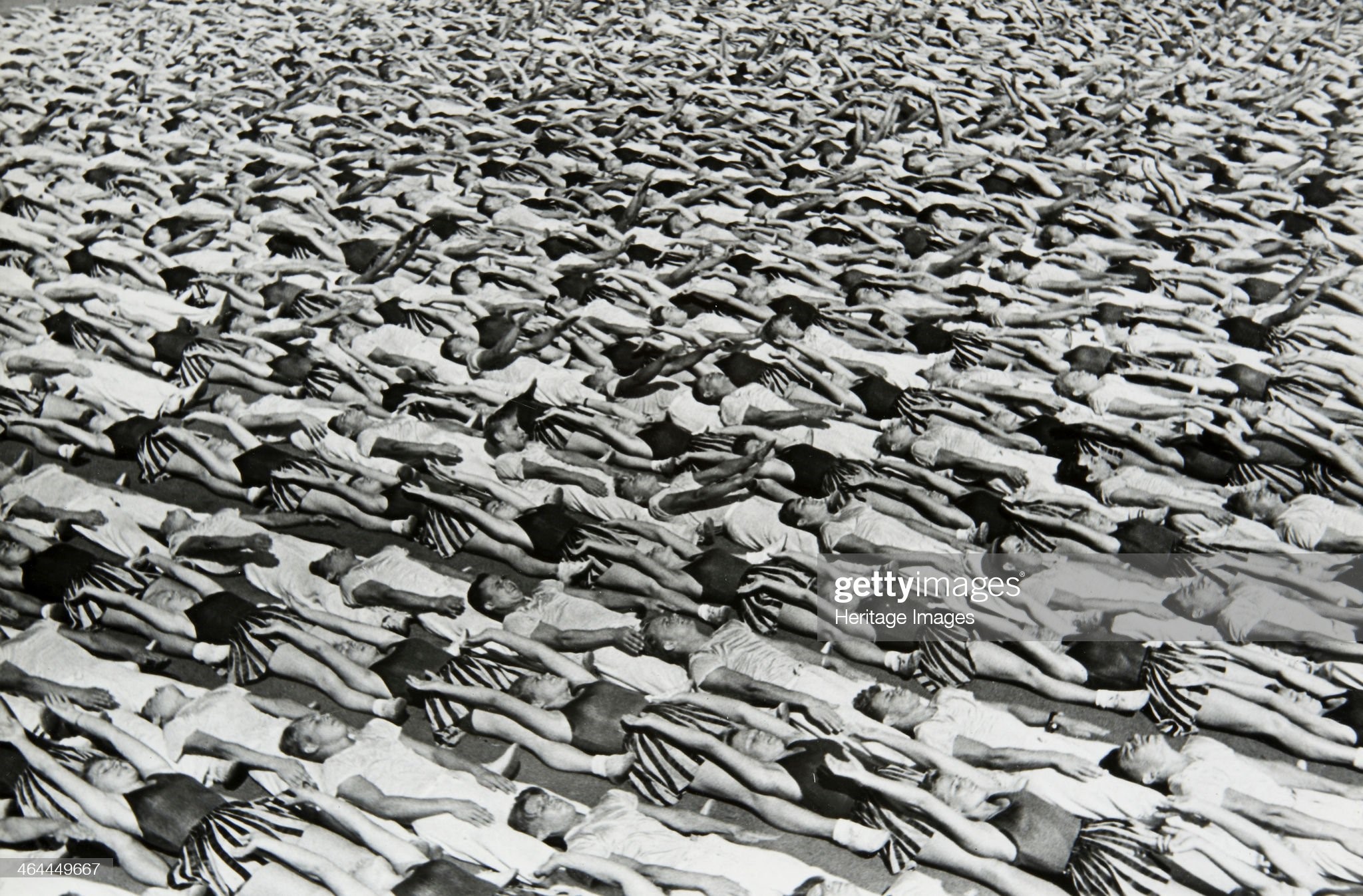
Parade of the Young Communists, Moscow, USSR, 1930s. The Communist Union of Youth (Komsomol) was the youth wing of the Soviet Communist Party. It was founded in October 1918. The organisation's members were aged between 14 and 28. Found in the collection. Photo by Fine Art Images / Heritage Images / Getty Images.
Cars for comrades. By Lewis Siegelbaum.
Cars and communism did not get along very well, at least not in the Soviet Union’s formative decades.

Russia, Moscow, 1920s: naked woman. Photo by Aleksandr Grinberg /Foto Soyuz /Getty Images.
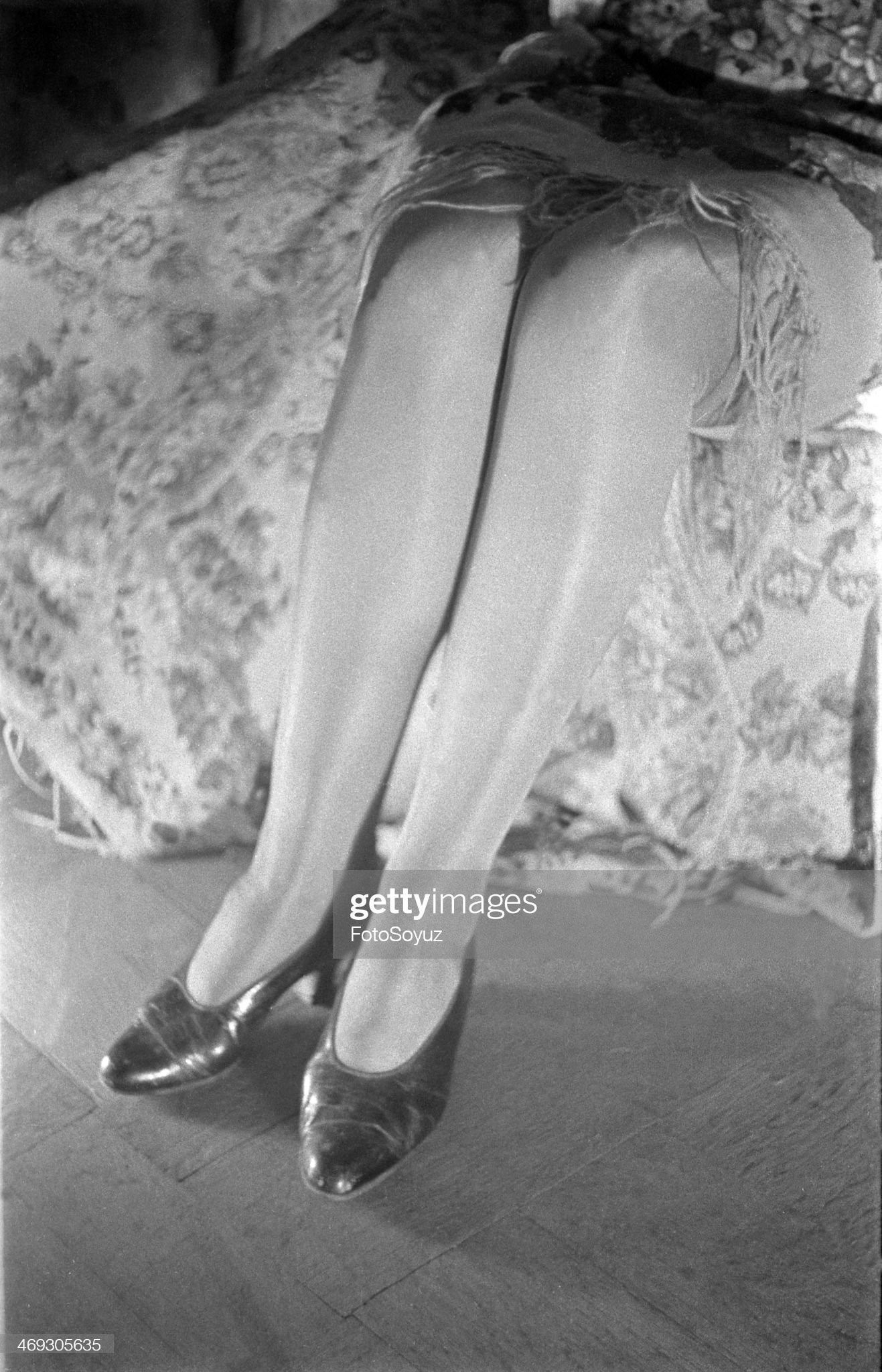
Russia, Moscow, 1930s. Photo by Aleksandr Grinberg / Foto Soyuz / Getty Images.

April 24, 1958. International News Service Women's Editor Olga Curtis explains an American fashion magazine to two Russian dancers as they sit under pink dryers at Lilly Dache's Salon in New York.
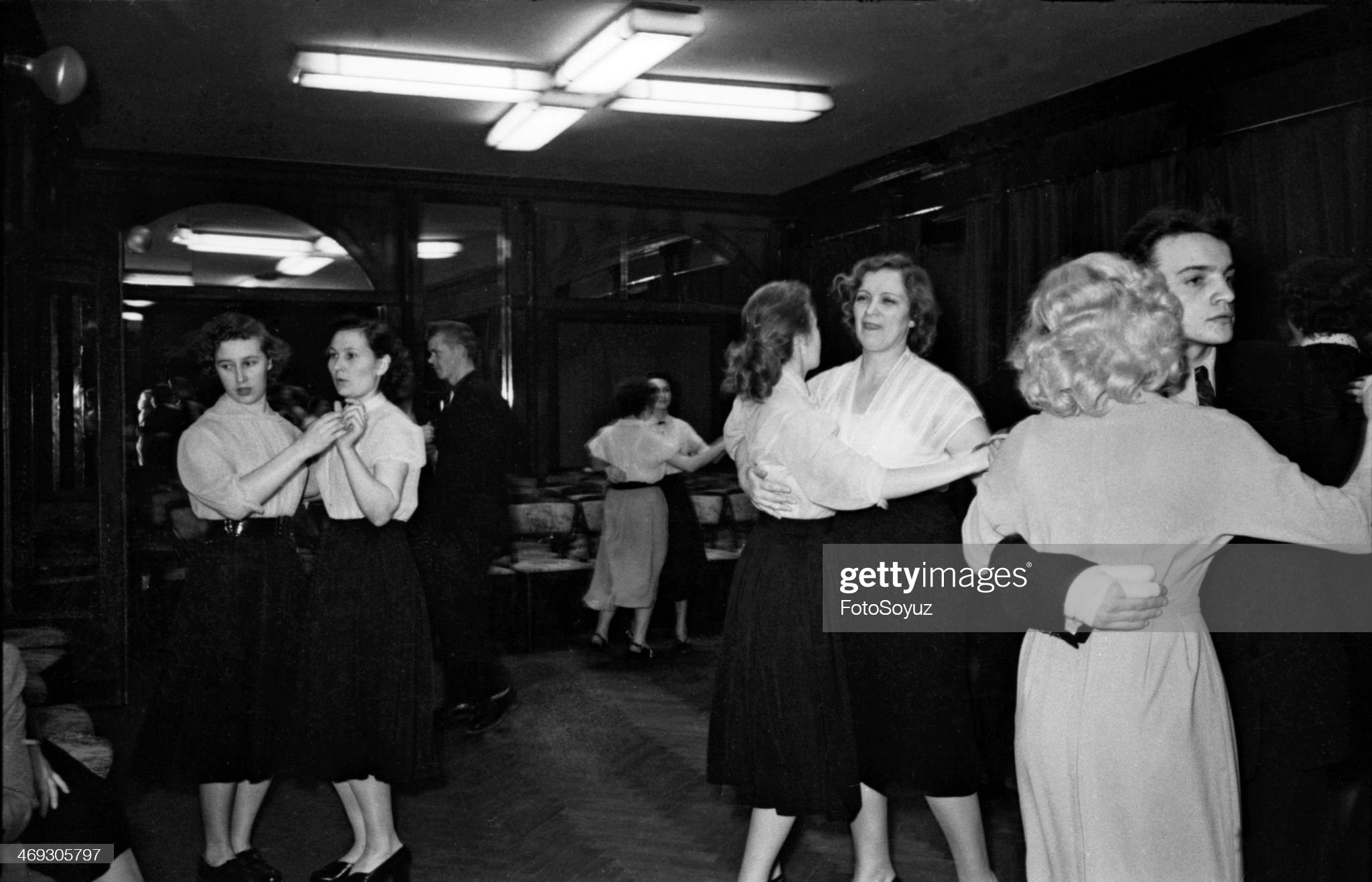
Dancing evening in the Fashion house, Moscow, Russia, April, 1958. Photo by Aleksandr Grinberg / Foto Soyuz / Getty Images.
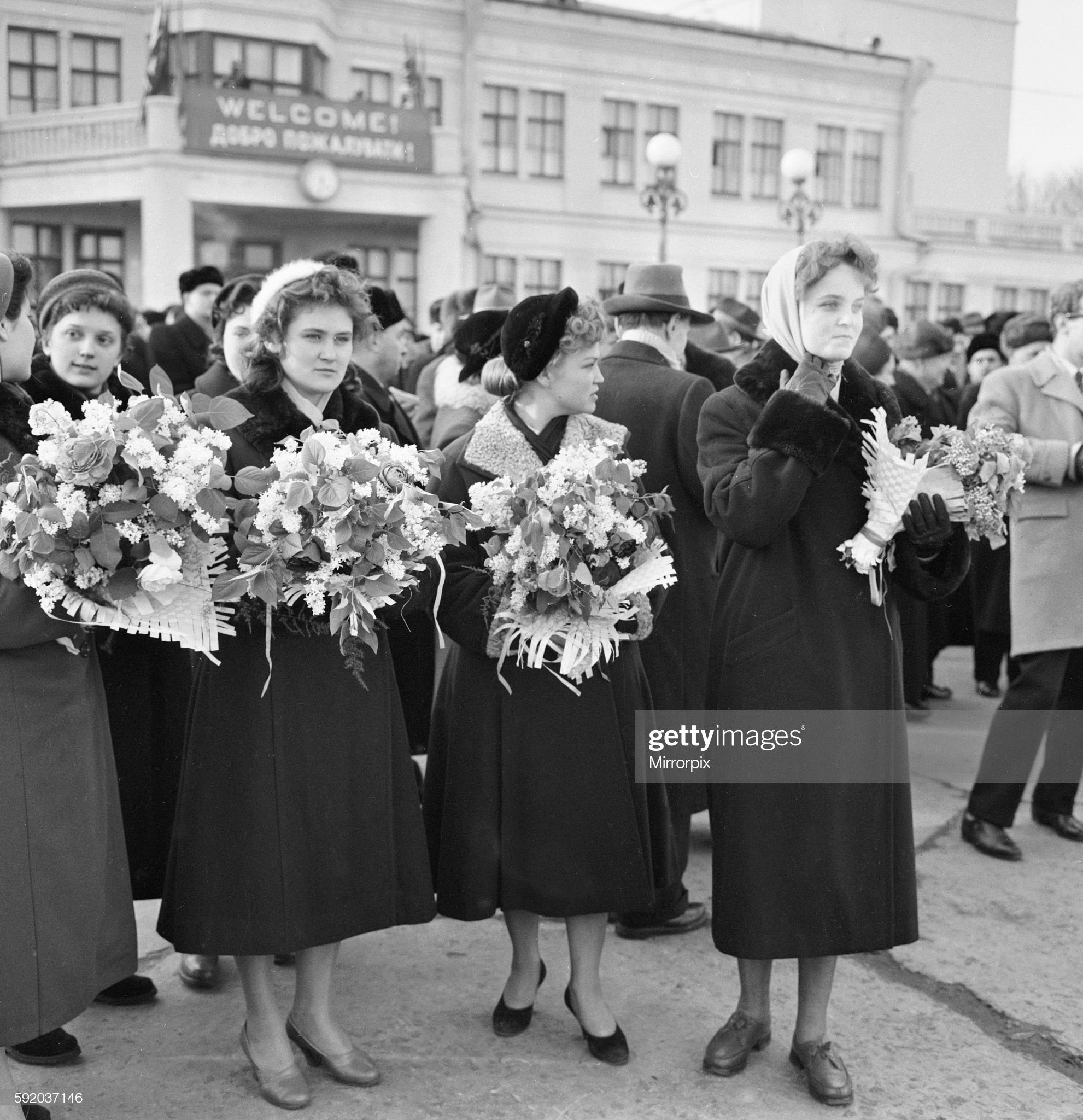
Official greeters at Moscow airport await the arrival of British Prime Minister Harold MacMillan at the start of a visit to Russia in which he will have talks with Mr. Kruschev. February 1959. Photo by Daily Mirror / Freddie Reed / Mirrorpix via Getty Images.
Few and far between at the time of the October Revolution, private automobiles got scarcer still during the tumult of civil war and for some time thereafter.

Russia, Dalny Vostok, Sakha (Yakutia), 1970s: the river Lena, on a beach. Photo by Mark Redkin / Foto Soyuz / Getty Images.

Actress Viktoriya Yakovlevna Fyodorova, the daughter of Russian actress Zoya Fyodorova, who was banished by the Soviet regime and American naval officer Jackson Roger Tate, appears in Arthur Penn's new film Target in 1985. She relaxes in fashion designer Catherine Vernoux's boutique in the Galerie Vivienne. Photo by Richard Melloul / Sygma / Corbis via Getty Images.

Woman wearing a fur hat in Moscow in 1986. Photo by David Turnley / Corbis / VCG via Getty Images.
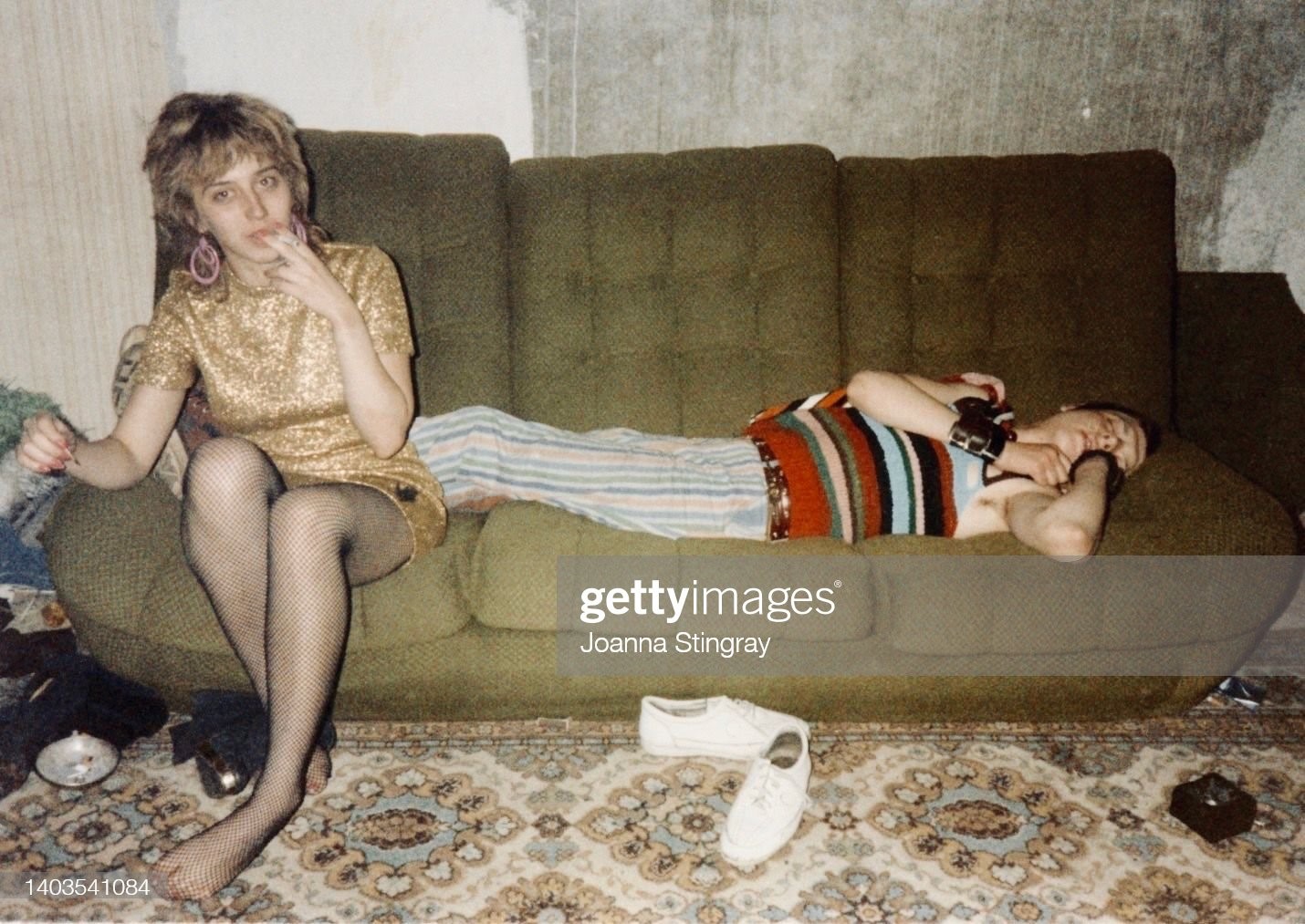
An unidentified woman sits on a sofa beside sleeping Russian Punk musician 'Pig' Panov, Leningrad, Russia, 1986. Photo by Joanna Stingray / Getty Images.

Nina Ananiashvili in 1987. Photo by Peter Turnley / Corbis / VCG via Getty Images.
Then, in May 1929, the Soviet government signed a technical assistance agreement with the Ford Motor Company to build an integrated automobile factory near Nizhni Novgorod (later, Gor’kii). However, the resultant Gor’kii Automobile Factory (GAZ) was celebrated more for its vastness (“the largest factory in Europe”) and the wonder of its assembly line than for its products, chiefly the Ford-derived Model A car and 1.5 ton Model AA truck. The production of trucks, vital for military purposes and the delivery of goods within the burgeoning cities, vastly outpaced car production.
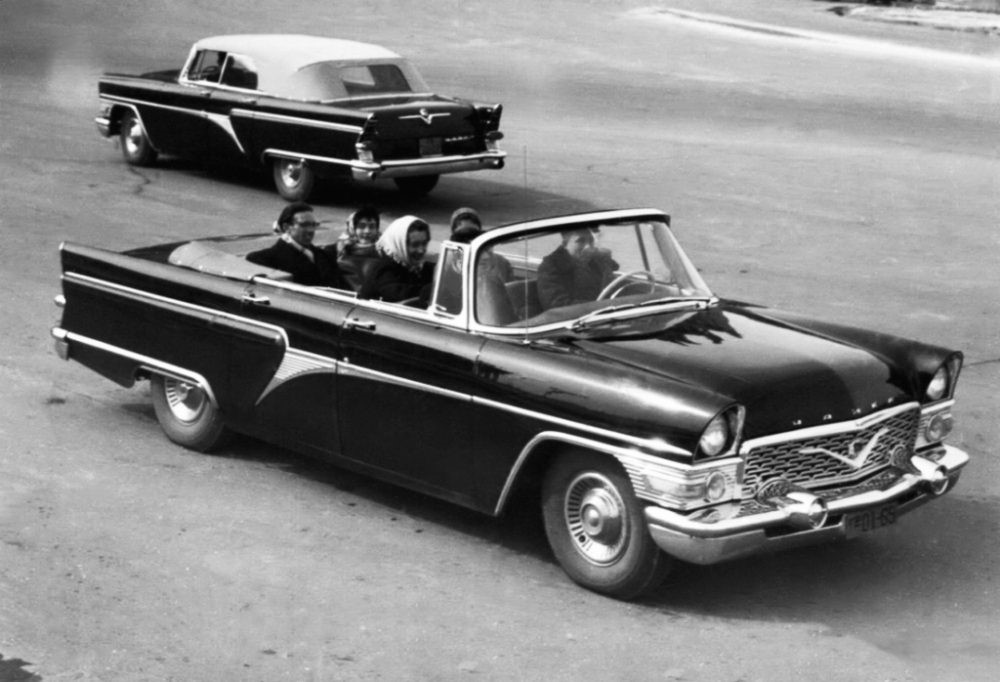
The Chaika, seagull in Russian, was especially made for the KGB and high-ranking generals.
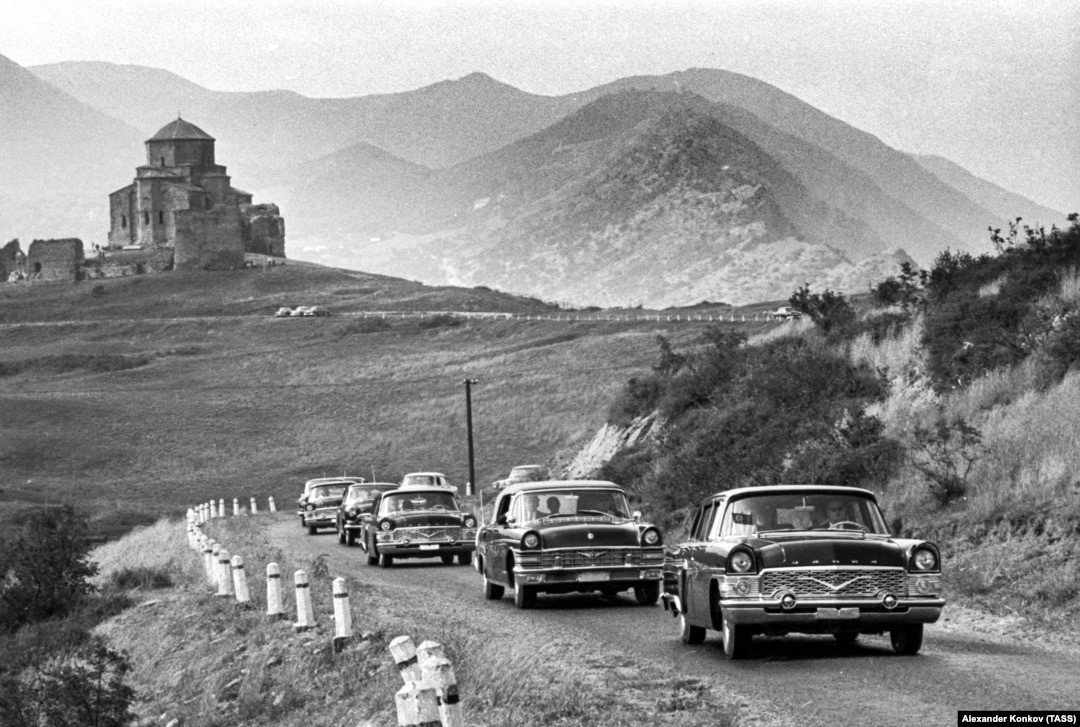
A convoy of Soviet Chaika cars glide along a road near Tbilisi, Georgia. The Chaika was one of several Soviet cars that were copied nearly wholesale from their Western forerunners. Photo by Alexander Konkov (Tass).
The party and government elite might have cars and drivers at their disposal, but very few people actually owned a motor vehicle.
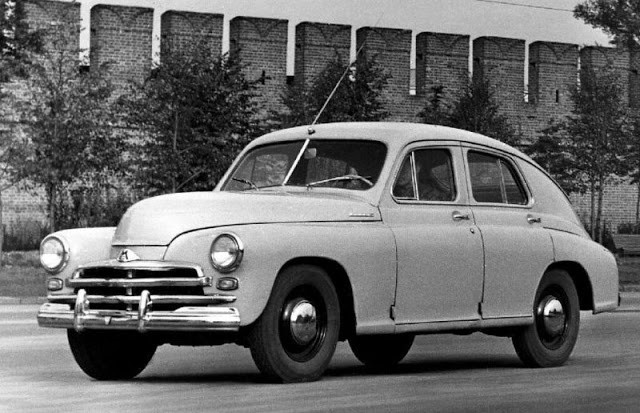
1955 GAZ M-20 ‘Pobeda’ 3rd Generation, 1955-1958.
Only after World War II did Stalin make a slight concession to the comrades. He approved the production of two new models – the Pobeda (victory), a swoop-back sedan produced by GAZ and the Moskvich (Muscovite), a replica of the pre-war German Opel Kadett produced by the Moscow Small Car Factory – and set aside a certain proportion of each for purchase by individuals. Priced at 16,000 and 9,000 rubles respectively, the cars were way beyond the means of the average worker whose wage stood at about 600 rubles per month. But so few were produced, only a little more than six thousand in 1946 and less than ten thousand in 1947, that demand significantly exceeded supply. Trade unions organized waiting lists that could mean the deferment of one’s dreams of owning a car for upwards of six years. By the time it was phased out in 1958, just under 236,000 Pobedas had been produced by GAZ. Built to withstand the roughest of driving conditions, the car was exported to other Soviet bloc countries (including China) and to Finland as well. The Moskvich, an inferior product in just about every respect, went through periodic modifications in subsequent decades.
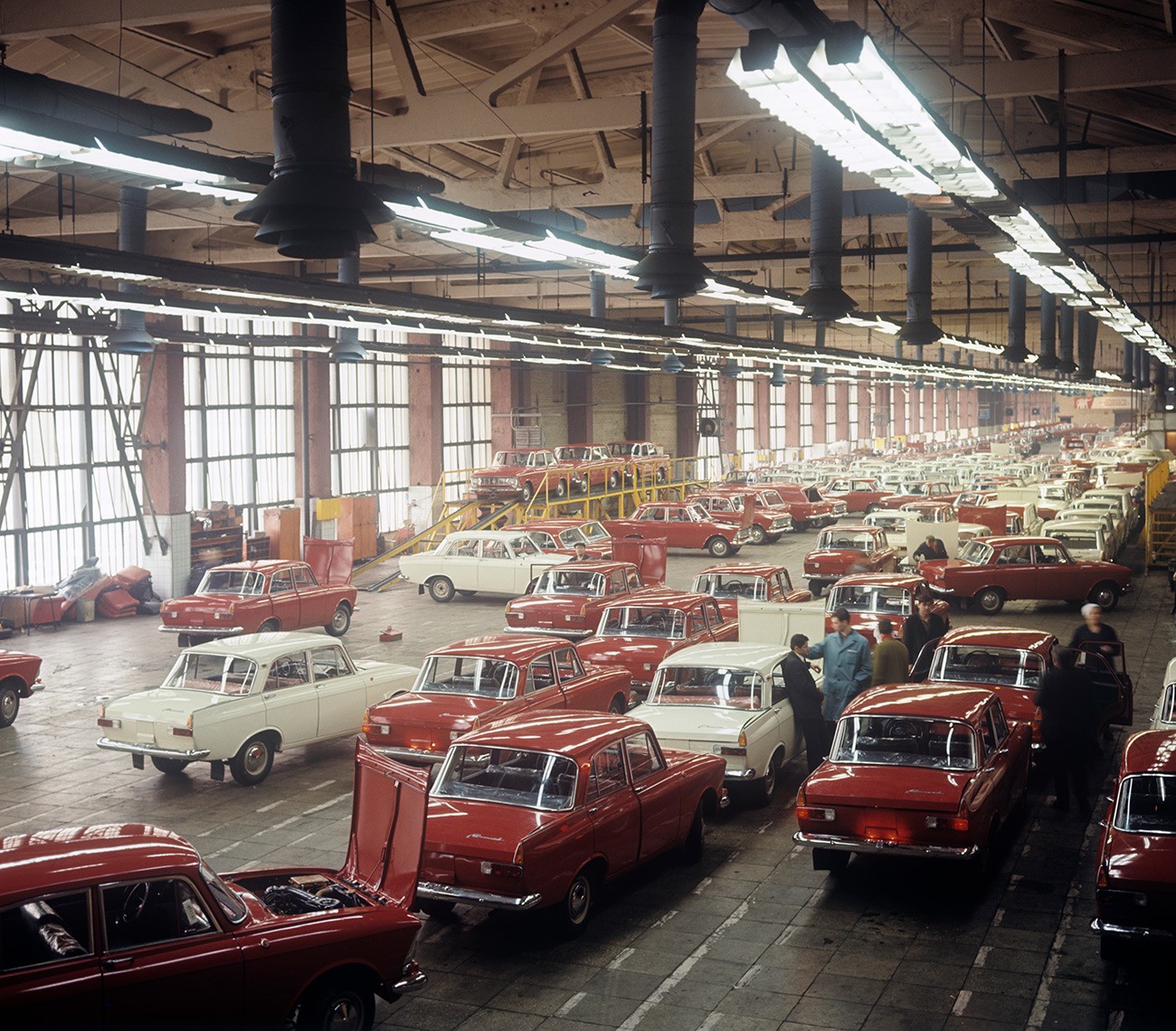
Lenin's Komsomol automobile plant. S. Solovyev – Sputnik.
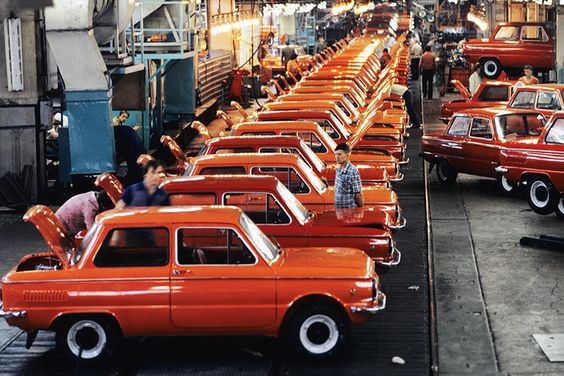
The Zaporozhets (Zaz) 968 production line in 1960s - 1970s Soviet Ukraine.
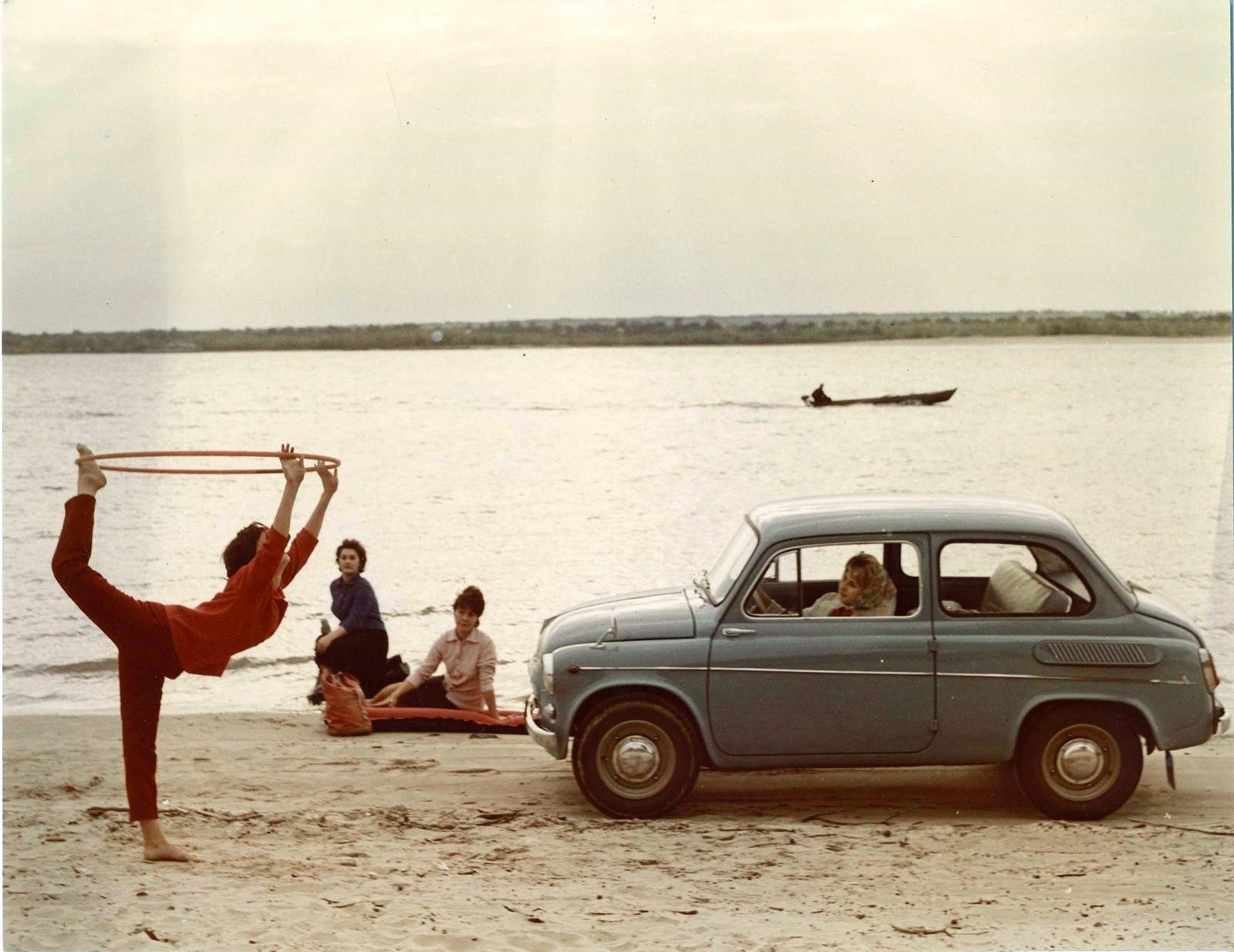
1961. ZAZ-965 ‘Zaporozhets’.
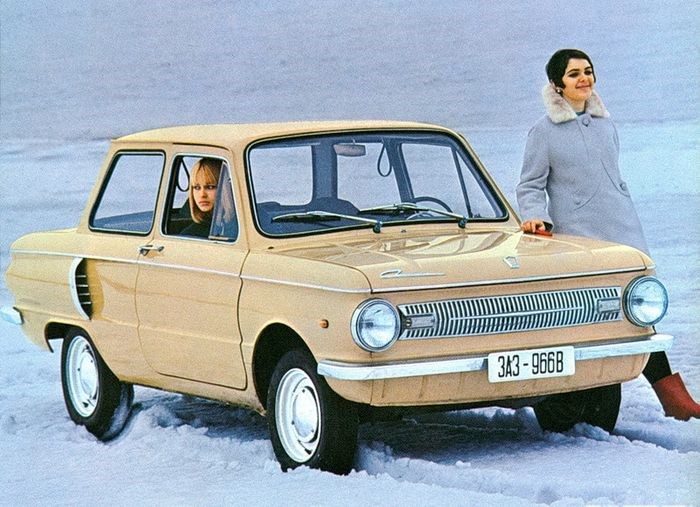
An ad for the ‘ZAZ-966B’, also known as the “Zipper”. It was also made for the foreign market.
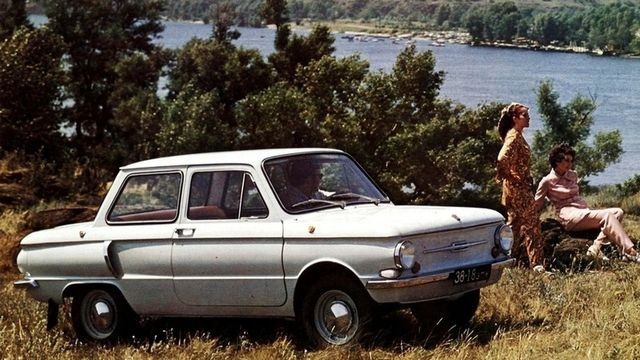
ZAZ Zaporozhets.
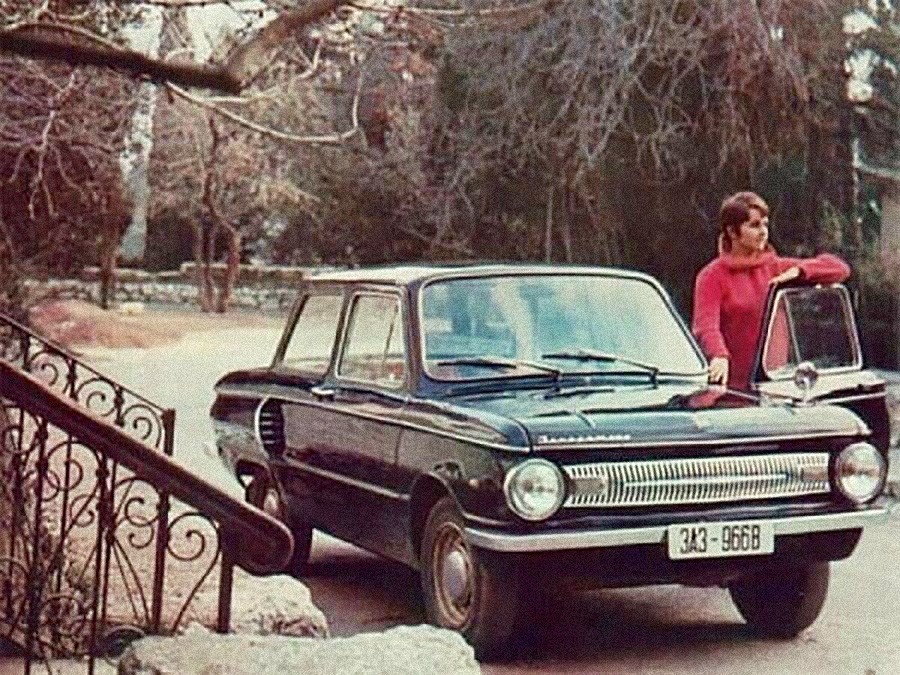
1966. ZAZ-966V ‘Zaporozhets’.
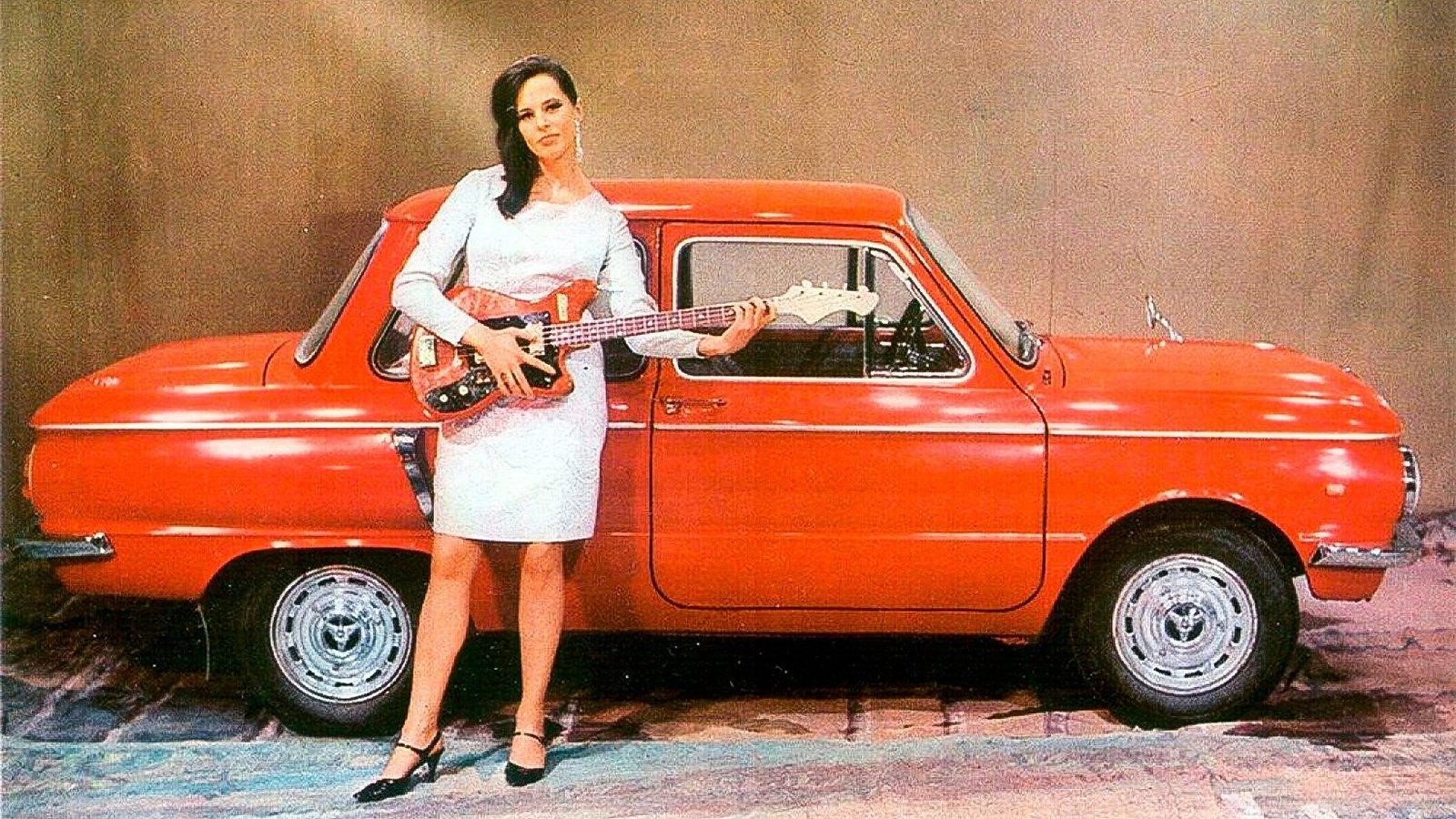
1968. ZAZ-966 ‘Zaporozhets’.
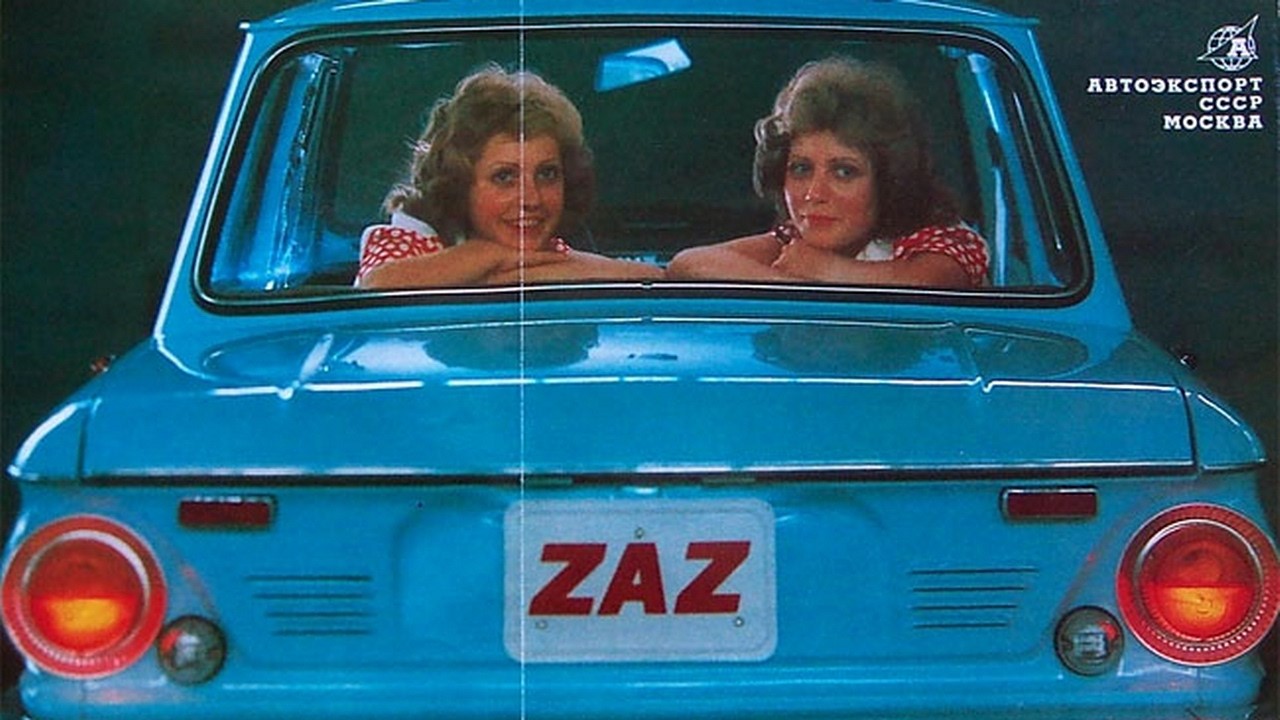
Zaporozhets ZAZ 968 Soviet car advertising poster, 1970s.
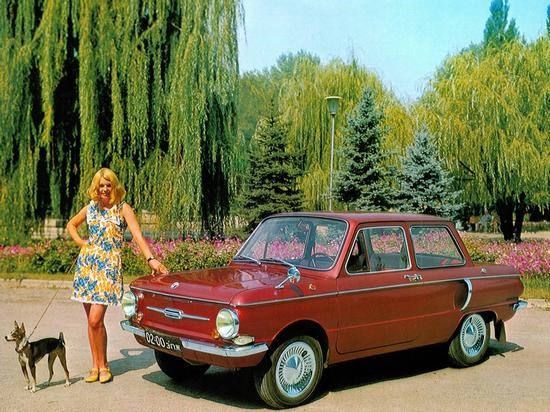
1971. ZAZ-968AE ‘Zaporozhets’.
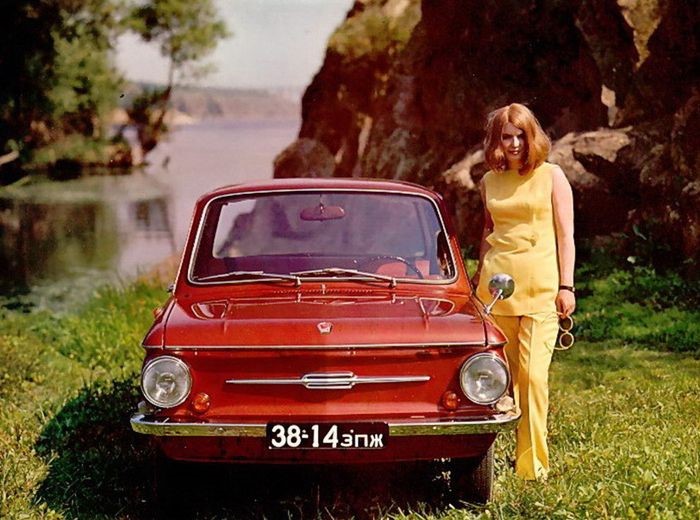
1973.
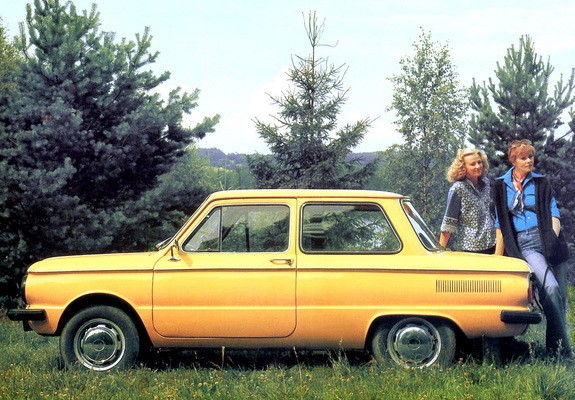
ZAZ 968 1977.
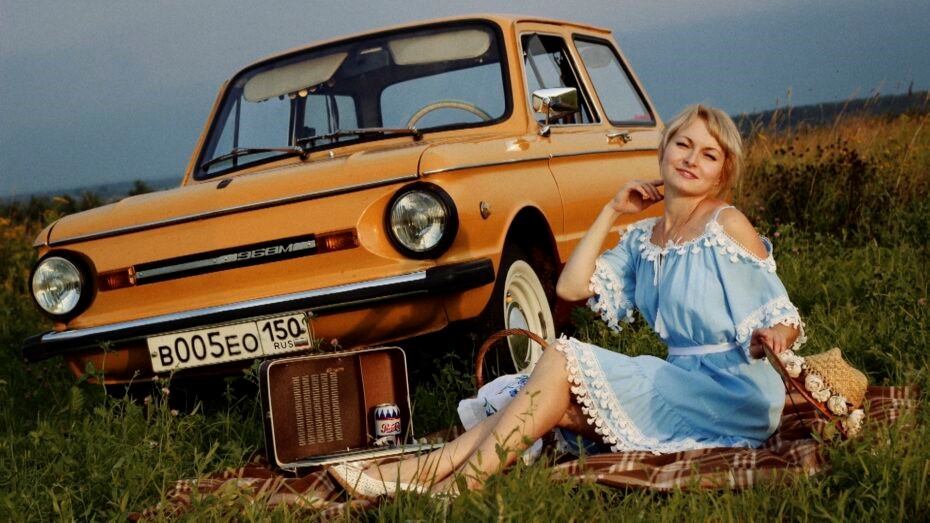
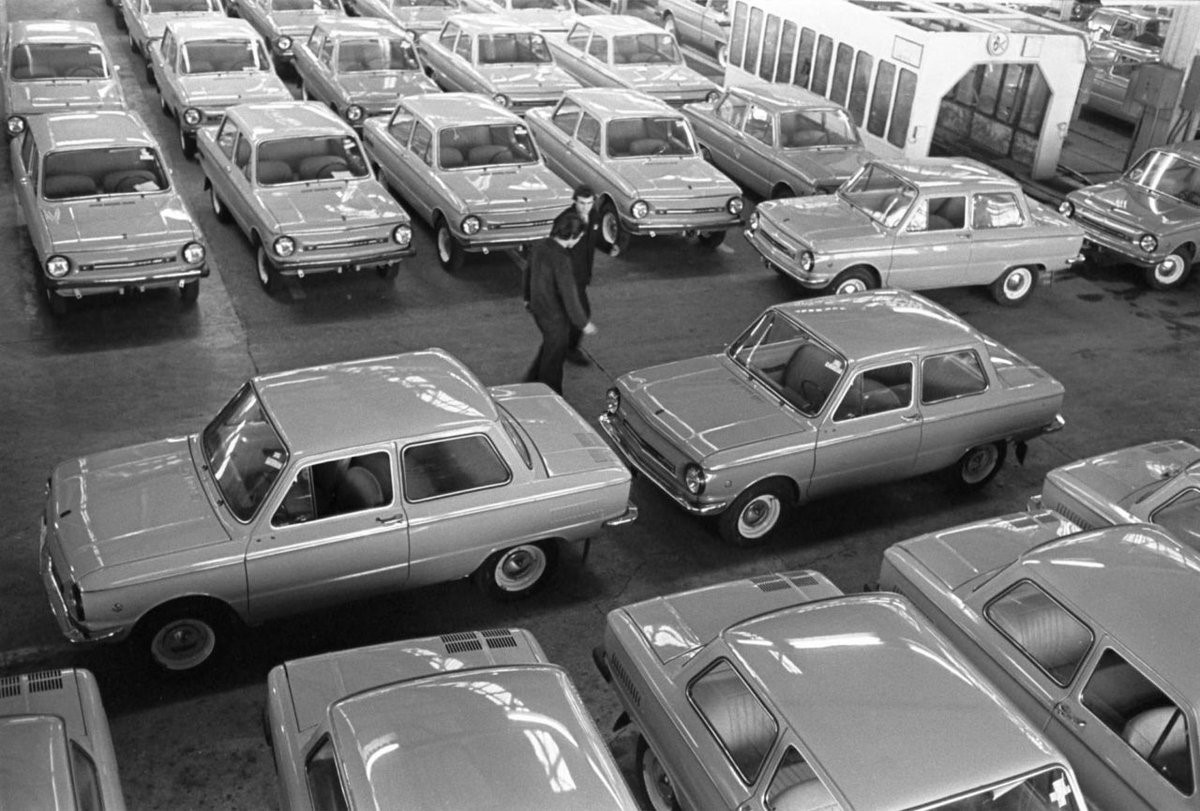
Zaporozhets ZAZ-968 cars in the delivery warehouse of Kommunar Automobile Plant. Photo by A. Krasovsky, TASS, Zaporozhye, Ukrainian SSR, 1980.
Except for the even more diminutive Zaporozhets that began production in the late 1950s, it remained the most ‘proletarian’ of Soviet cars.
Meanwhile, at the opposite end of the prestige spectrum, Moscow’s Stalin Factory (ZIS) was turning out the ZIS-110, a limited edition limousine patterned after a pre-war American Packard. With a 600 cc eight-cylinder engine, the most powerful installed in a Soviet car up to that point, the ZIS-110 was capable of speeds of up to 140 km/hr. More than any other, it represented the Soviet state on wheels. Its components came from a broad range of enterprises, 73 in all, scattered throughout the country. These included processing plants that supplied cork padding for interior panels and, fittingly for a product at this point in Soviet history, the Gulag-run Sokol’niki labor camp that furnished some of the leather upholstery. When it came to distributing the finished product, Moscow received favored treatment as it did in so many other respects. Of the 71 vehicles assigned by the middle of 1946, 38 remained in the Soviet capital. Kiev got seven, Leningrad three and Minsk, Riga, Tallinn, Kishinev, Kaunas and Petrozavodsk received four each. Between 1945 and 1958 ZIS sent forth a total of 2083 units, including small numbers of armor-plated (ZIS-115) and convertible (ZIS-110B) versions. The armor-plated model, completed in 1947, went into production just after the American atomic bomb blasts at Hiroshima and Nagasaki. The car did not have to endure that punishment, but it truly was a “bunker on wheels,” a real colossus. With added layers of steel and seven-centimeter thick plexiglass windows, it weighed in at more than seven tons and required special wheels and tires to bear the additional weight. ZIS only made a few dozen, most of which it dispatched directly to the Kremlin. Stalin reputedly had five of them at his disposal, using a different one every day as a safety precaution.
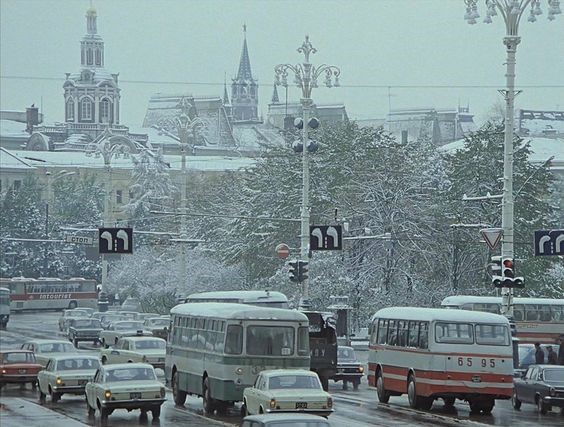
Soviet cars: 6 brands that made history in the Soviet Union. Soviet cars still linger in the memory of many Russians. Get to know them better and discover their history. By VxMag. July 13, 2022.
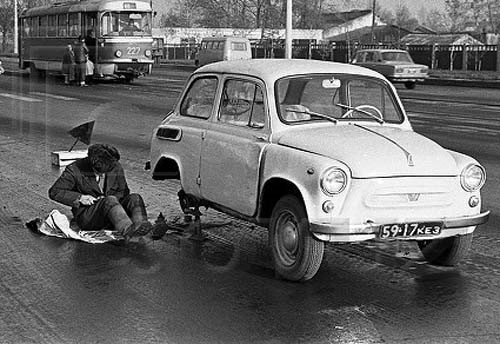
The Zaphorozhets (aka “the Soviet Corvair”) didn’t offer much in terms of performance, comfort, safety, or style, but it was the first real attempt by the post-Stalin USSR to offer a car for ordinary citizens. The idea was that the heroes of Soviet labor would enjoy some of the bourgeois luxuries of their capitalist counterparts and this would lead to increased worker productivity, or something. The proletariat wasn’t going to get ’57 Ford Mainlines, however; the reality of Soviet roads and repair facilities was such that their cars would need to be easy to repair under primitive conditions.
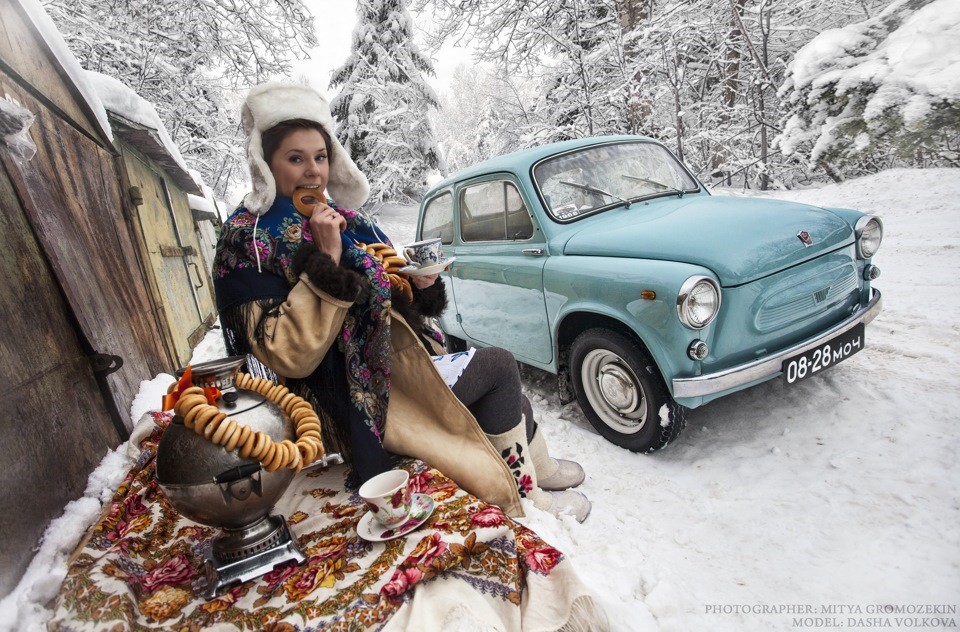
A Russian beauty and a Corvair.
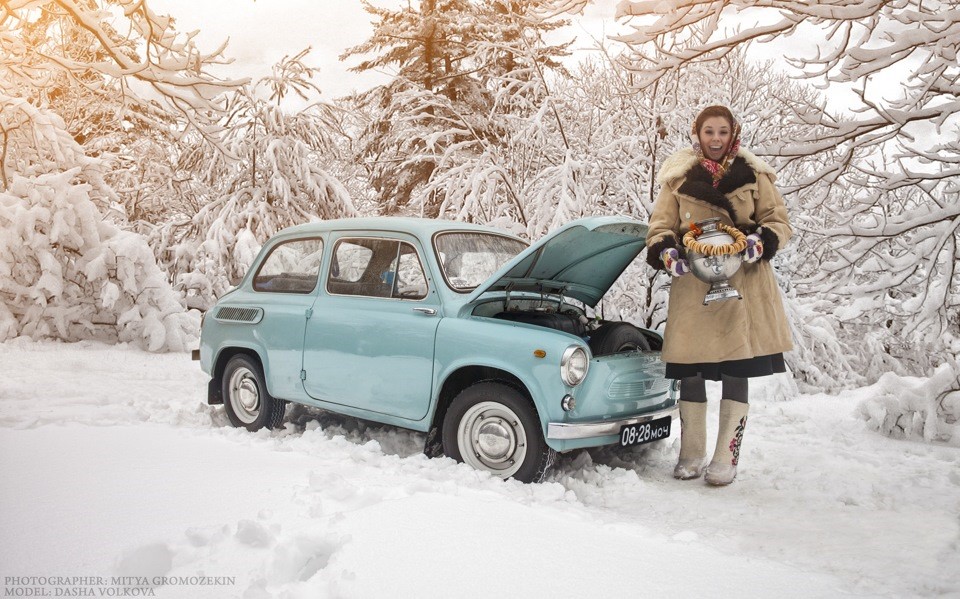
A Russian beauty and a Corvair.
When you think of some of the classic vehicles to emerge from the Soviet era, it’s easy to build an image of a lumbering stereotype of Soviet cars; a dull, functional car that looked and felt remarkably similar to other models. While that may be true to some extent, it has to be said that most Soviet car models weren’t exactly exciting, there was much more to Soviet car production than this.

Their design reflects a fusion of Western car design and something truly Soviet and it’s clear that cars made in the Soviet Union are real collector’s items today and will hold an enduring fascination.
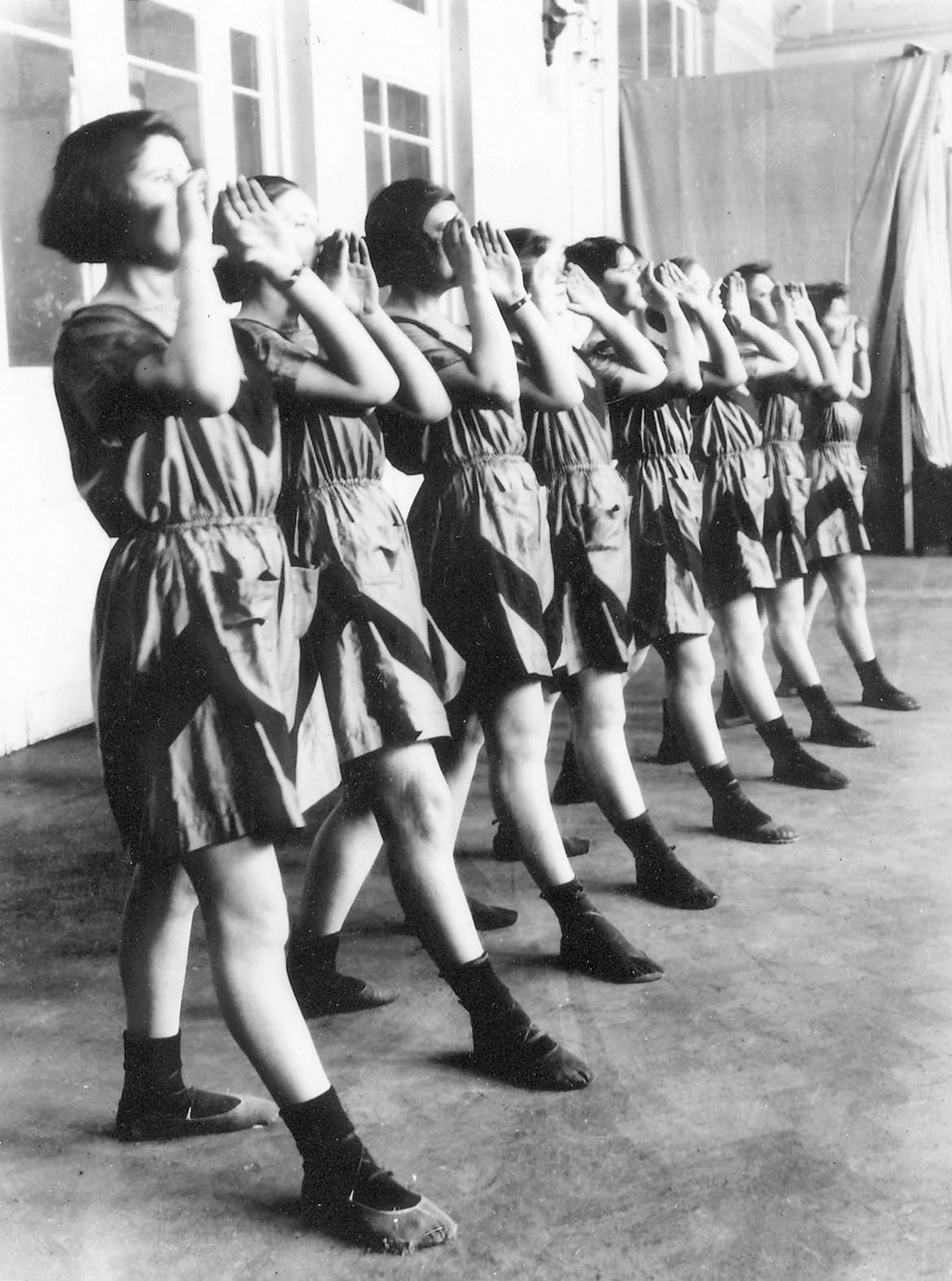
Performance at a book evening, USSR, 1924. Photo Fine Art Heritage / Getty Images.
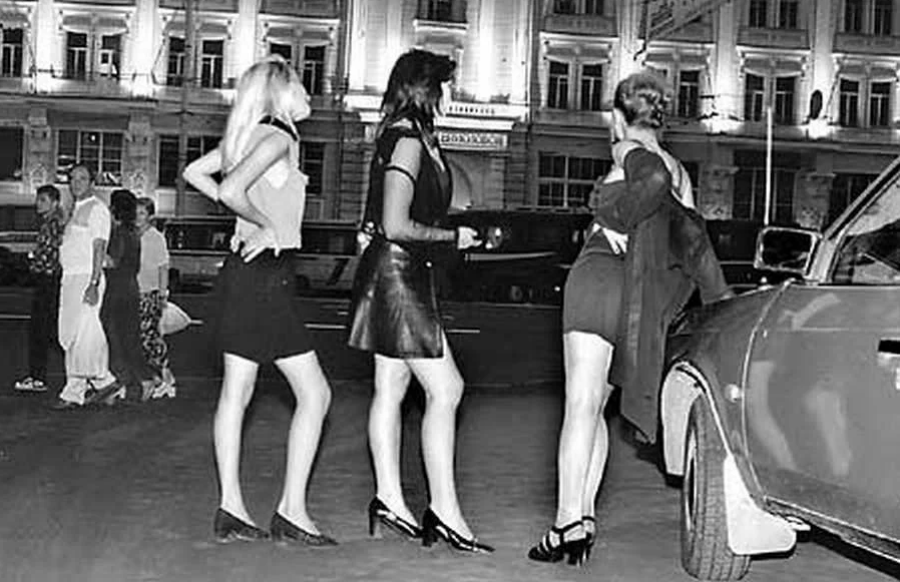
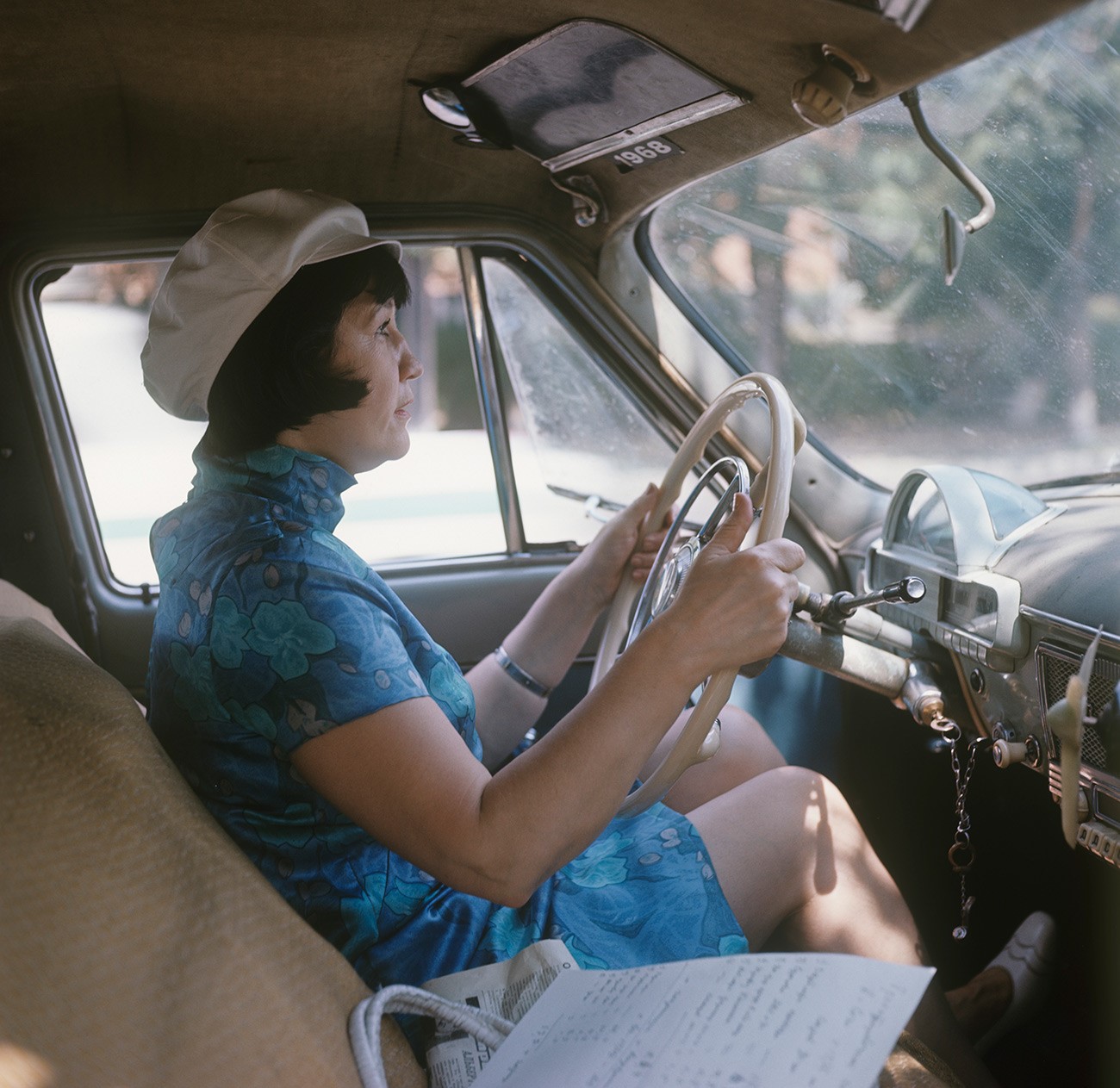
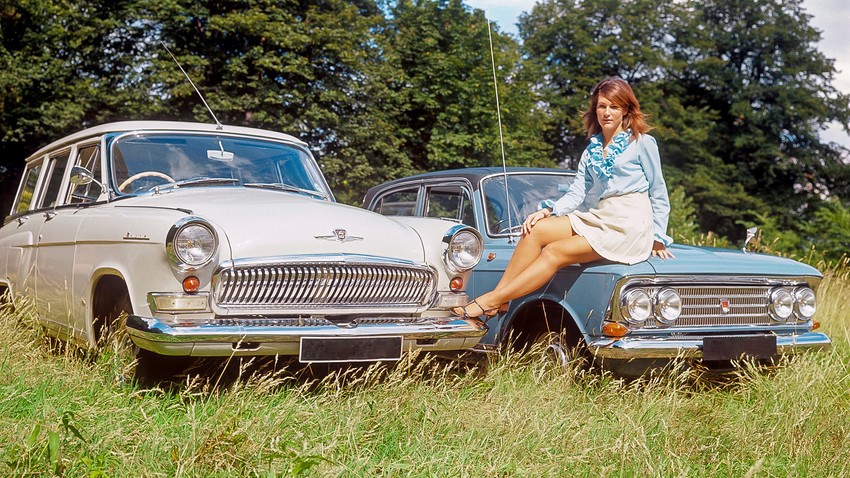
In this article, we’ll round up some of the significant Soviet car manufacturers and models, taking you on tour through the Lada, the Volga, the Zil, the Uaz, the Gaz and the Mosckvich.
1. Gaz
Due to its undisputed off-road and simple and rugged looks, the Jeep Willys qualified as the iconic vehicle of the American Army during the Second World War. However, after the war, the Soviets could not remain indifferent to this new type of vehicle, so they developed the GAZ 69, produced between 1953 and 1975 under different names (GAZ, UAZ, and ARO).
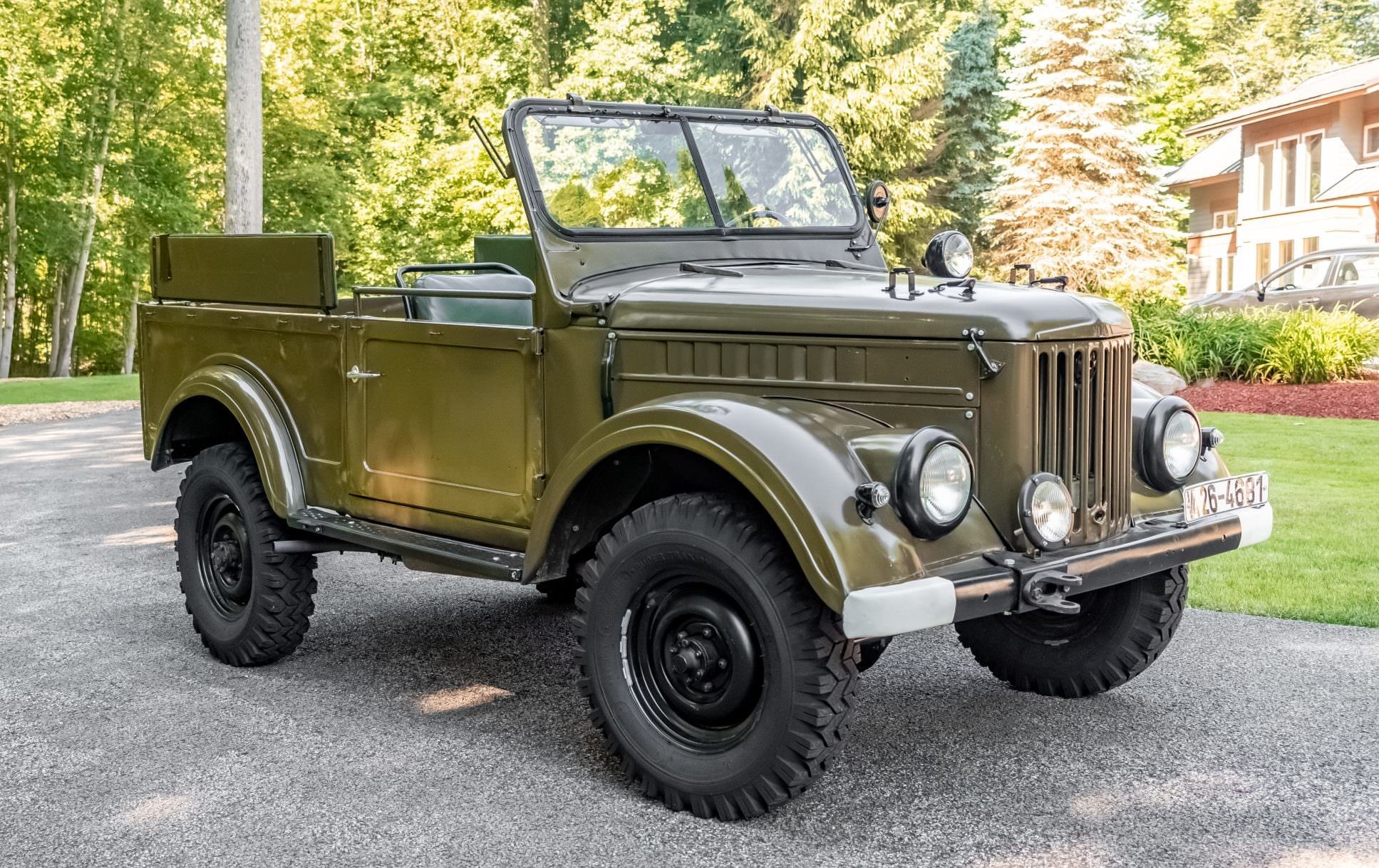
A GAZ 69.
Like the LuAZ 969 M, the GAZ 69 was a 4WD vehicle initially created for the Red Army. It had a 2.1-liter engine capable of producing 54 bhp, a maximum speed of 56 mph and an 11 mpg fuel consumption rate. Not exactly a high-tech piece of machinery, even for those days, but it was a great success, being supplied to all Eastern European armies, exported to 56 countries and built in North Korea.
2. Uaz
The Ulyanovsk Automobile Plant was founded in 1941 as a direct result of the German invasion of the Soviet Union. In response to this threat, the government of Joseph Stalin ordered the evacuation of strategically important industrial centers to the East. By October 1941, the rapid German drive to Moscow triggered the decision to relocate the Moscow automotive manufacturer ZIS to the Volga town of Ulyanovsk.
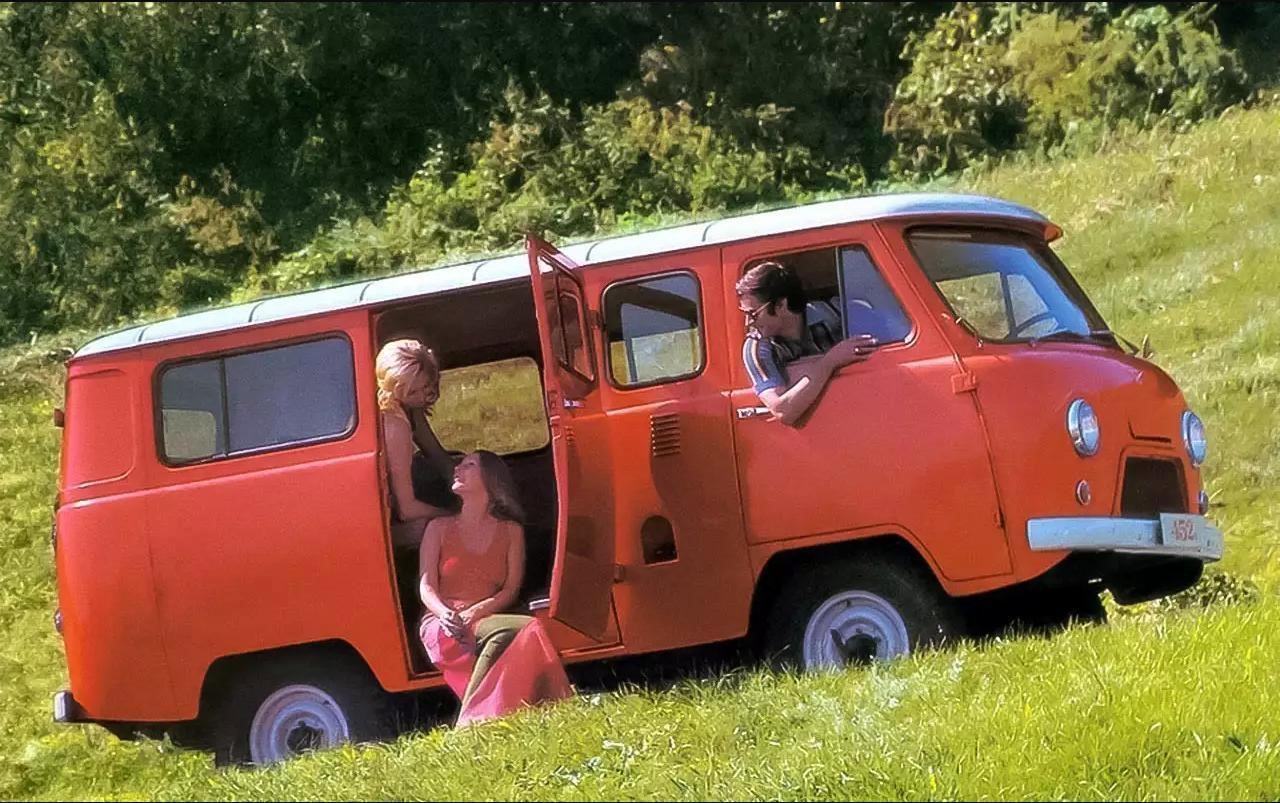
1965. UAZ-452.
The town, already a budding industrial center with a sufficiently developed infrastructure and a good supply of skilled workers, would be an ideal location for the reconstituted factory. It was also safely out of reach of the German army. At the time of its founding, the plant was considered a subsidiary of ZIS. Nevertheless, by 1942, the plant began production of artillery shells and automobiles.
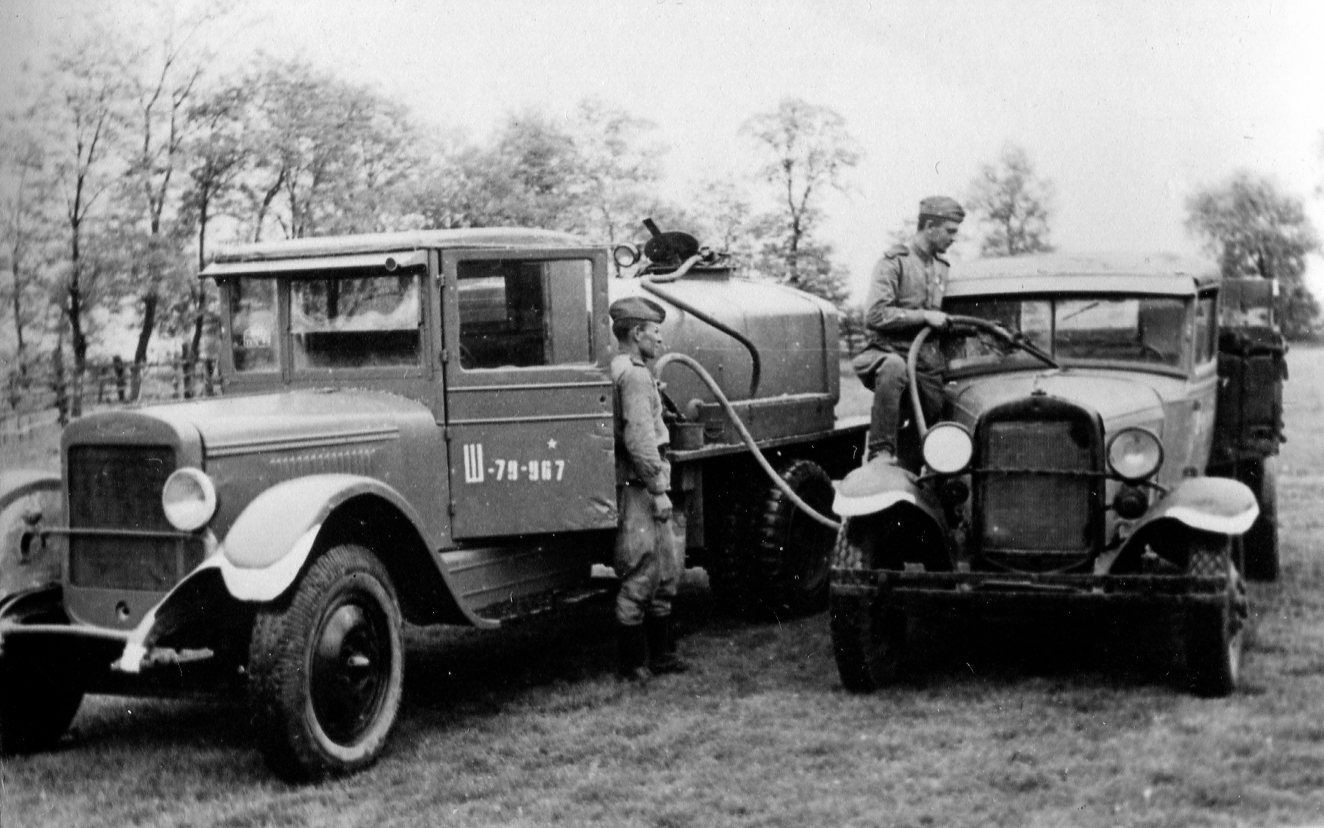
ZiS-5 and GaZ AA trucks 1944/45.
The first vehicle produced at the plant was the ZIS-5 three-ton truck.
3. Lada
The Lada is perhaps the most iconic of Soviet car brands in the world and is still made today by Russia’s AvtoVaz car manufacturer. Lada is the brand name used for export, though, at home in the USSR, it was known as Zhiguli. The Lada / Zhiguli came about through a collaboration between AvtoVaz and Italian car-maker Fiat. The aim was to produce a reliable car that could be made cheaply enough to be accessible by ordinary Soviet citizens, rather than the more expensive to build models that were restricted to the elite.
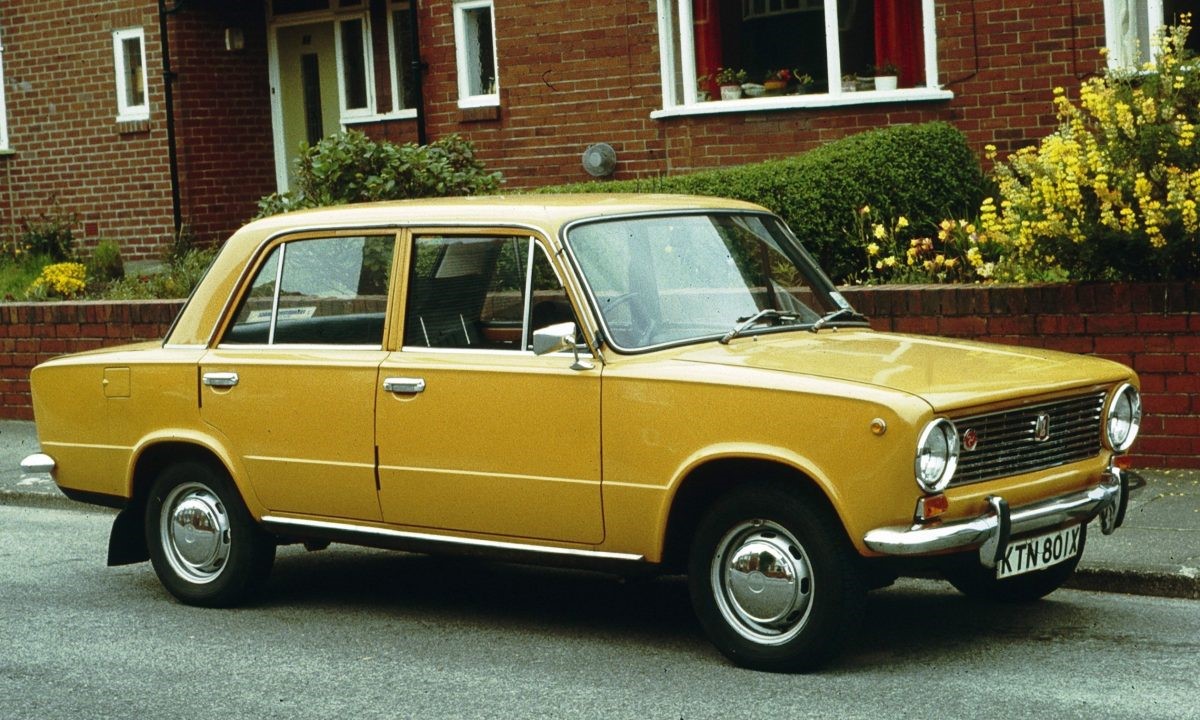
A Lada / Zhiguli Vaz-2101.
The very first Zhiguli, the Vaz-2101, was simply a re-engineered version of the Fiat 124.
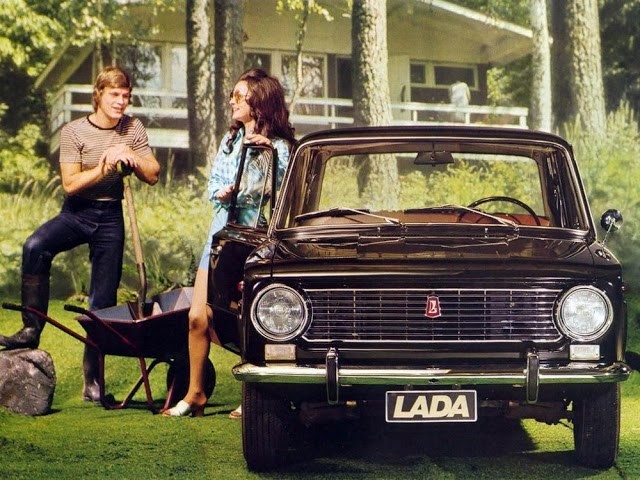
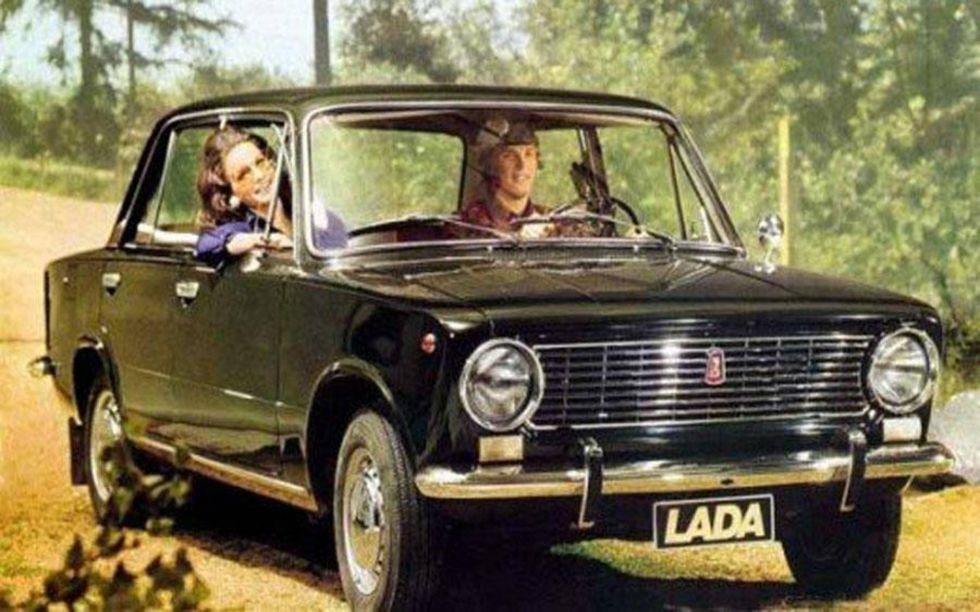
Two Russians drive their Lada.
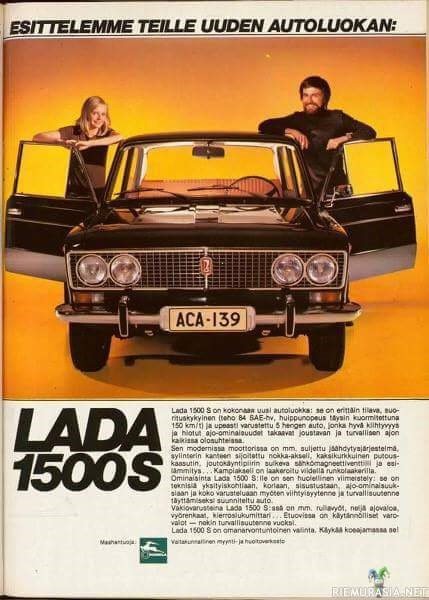
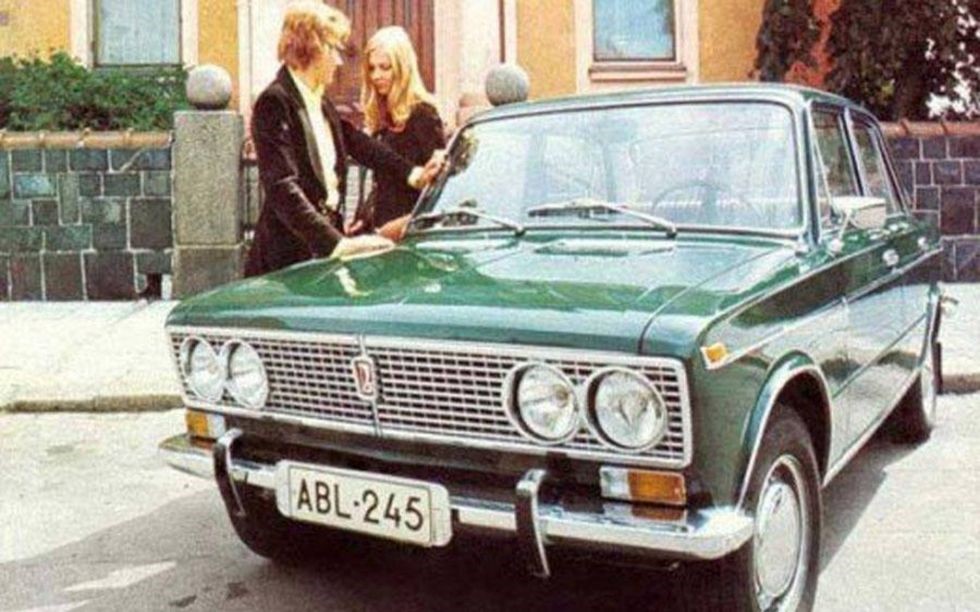
Russian Lada.
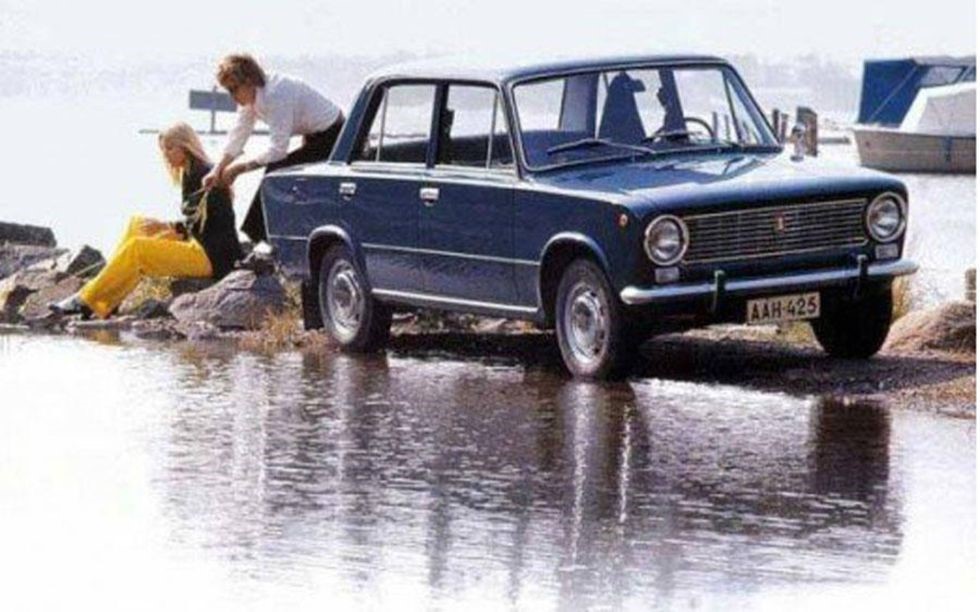
A couple and their Lada relax by the water.
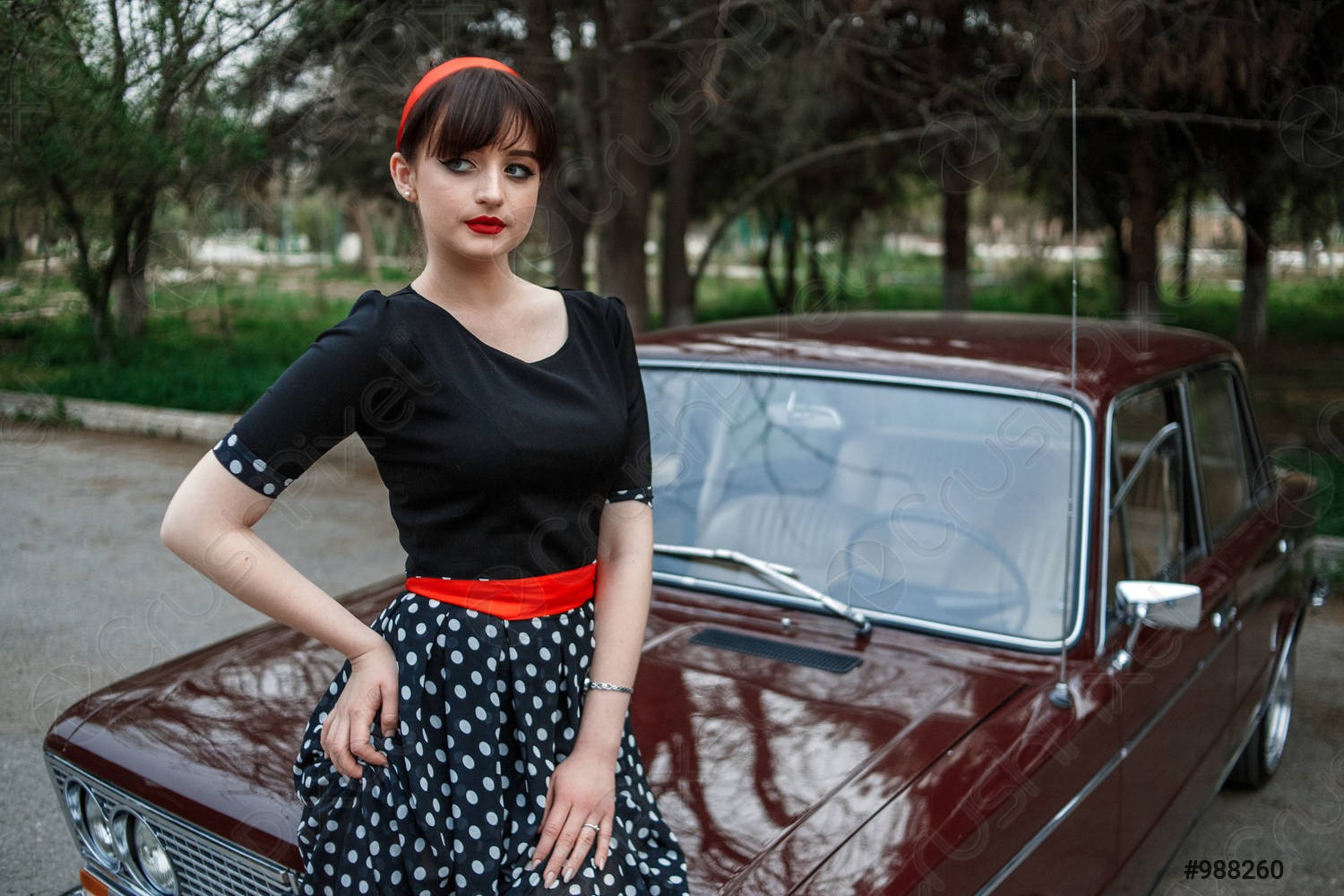
A girl and a Lada.
Produced in 1970, it went through many iterations and became the most popular car in Soviet history.
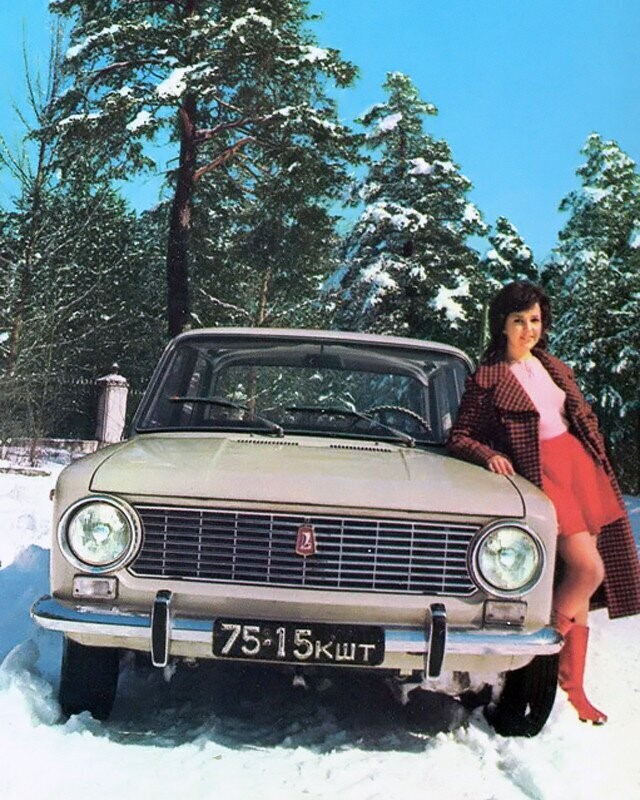
VAZ 2101 Soviet car advertising poster, 1970s.
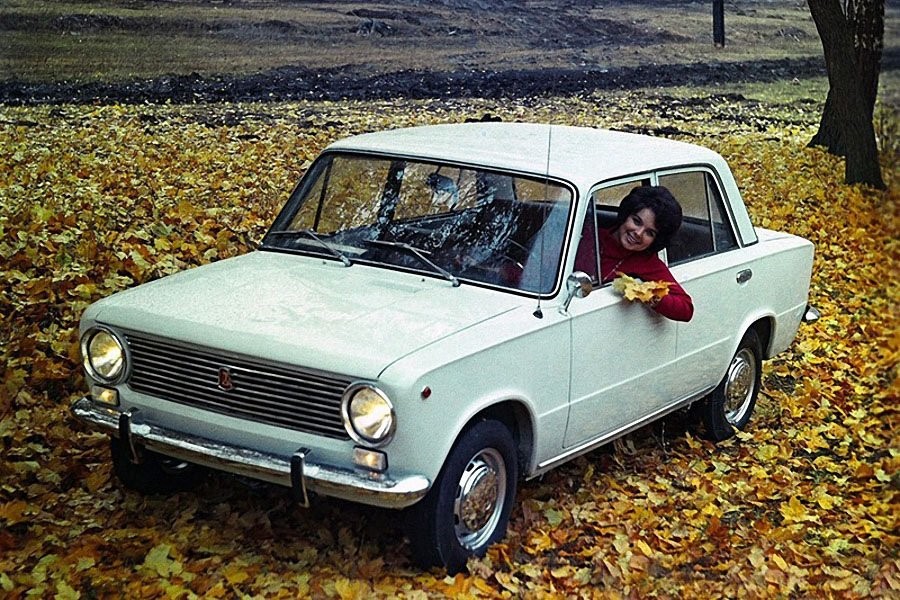
VAZ 2101 Zhiguli Soviet car advertisement, 1970s.
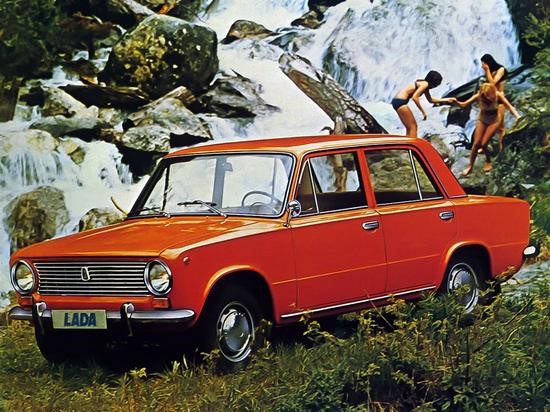
1970. VAZ-2101 ‘Zhiguli’.
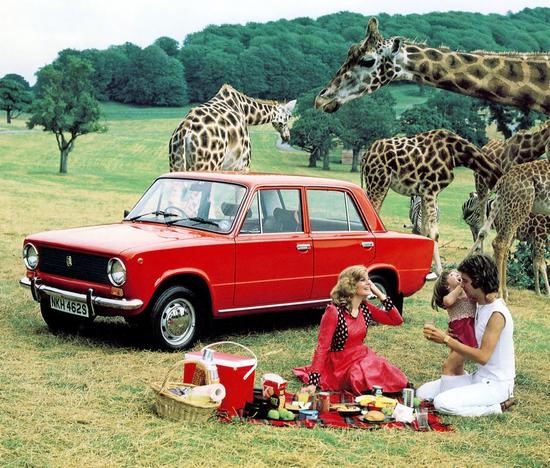
1970. VAZ-2101 ‘Zhiguli’.
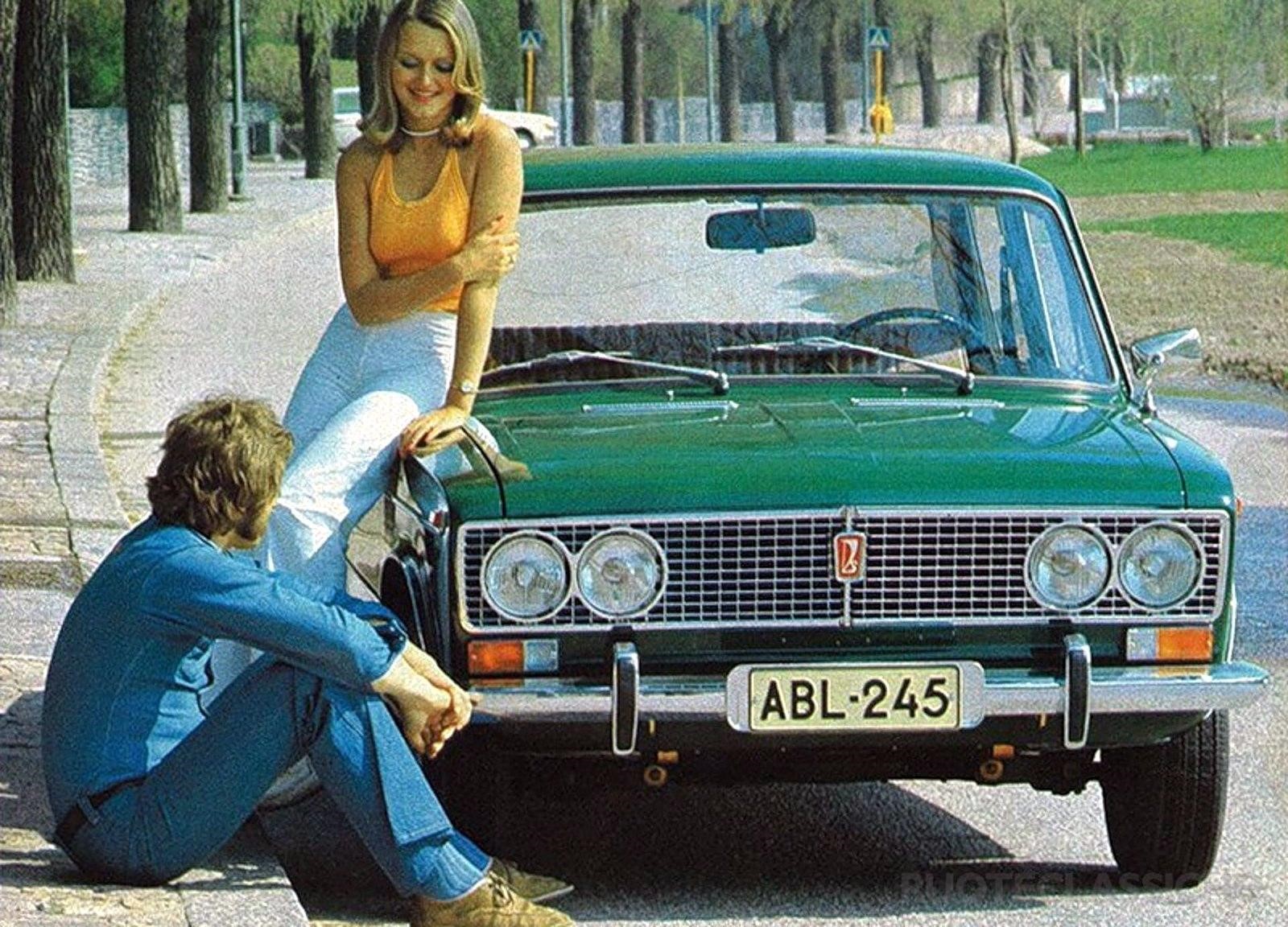
1972. VAZ-2103 ‘Zhiguli’.
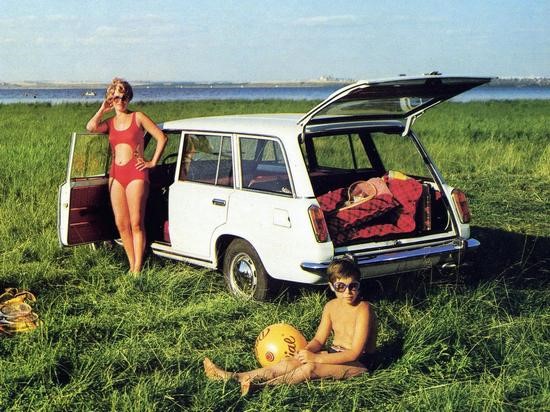
1972. VAZ-2102 Zhiguli.
The Soviet Union began to export Ladas in the 1980s, primarily to Western Europe and they became a valuable source of foreign revenue for the Soviet Government.
4. Volga
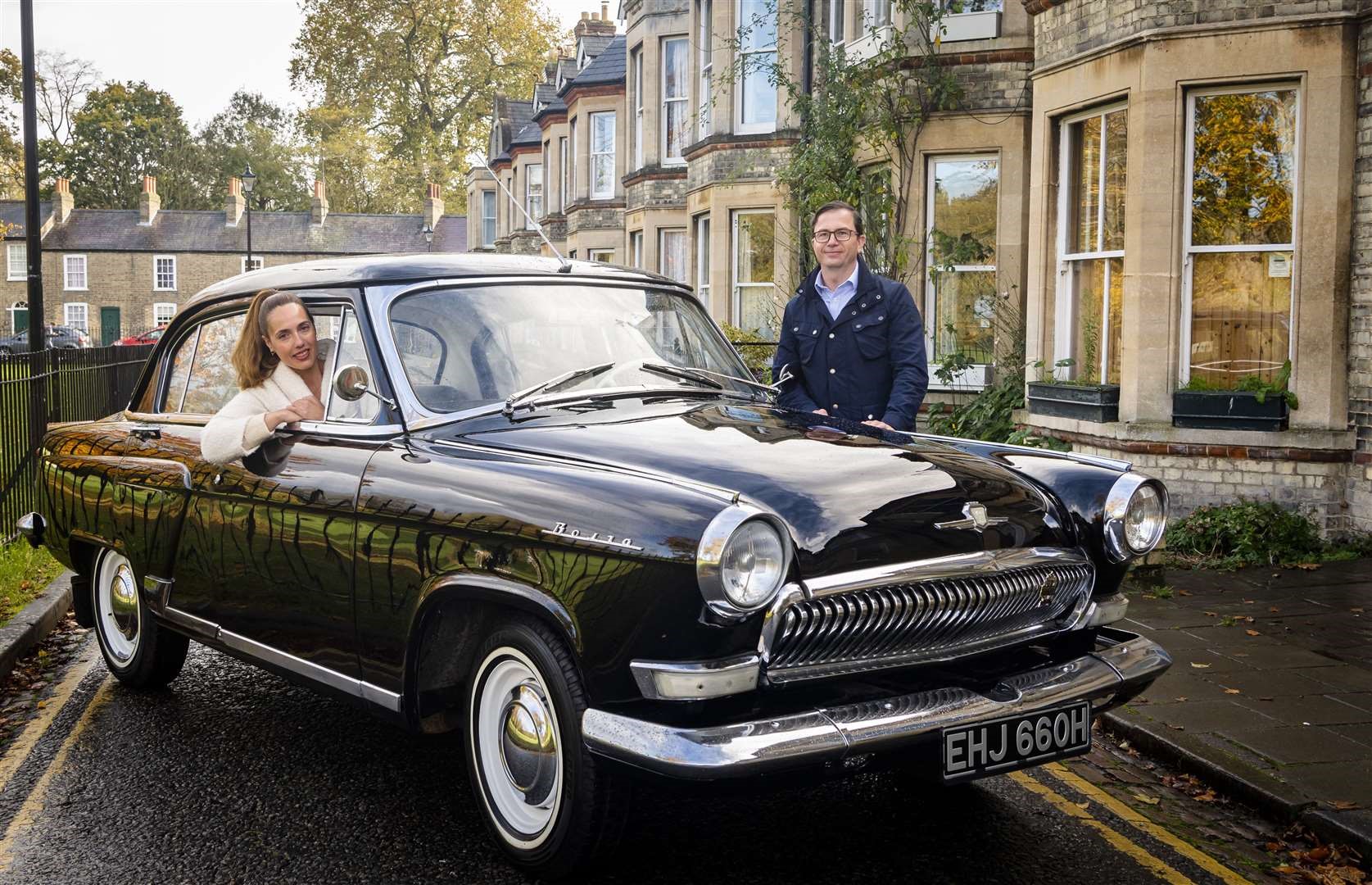
Kiril Vitanov and girlfriend Lucia Marin with Kiril's black Volga M21 on Park Parade, Cambridge. Picture Keith Heppell.
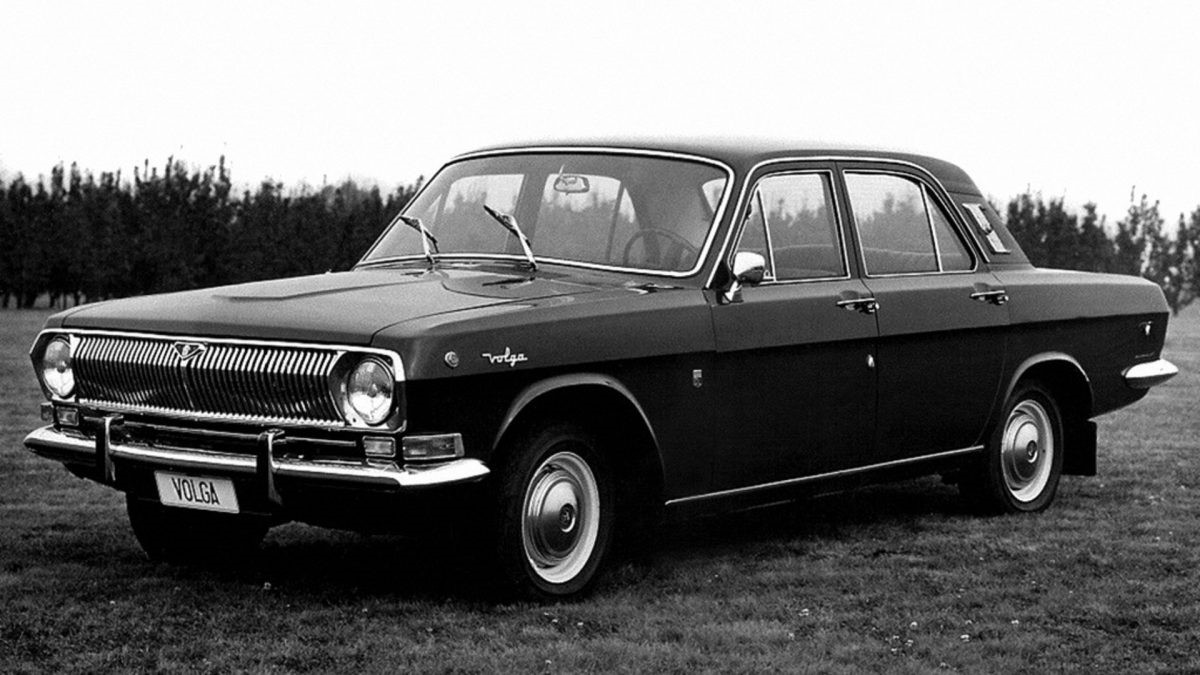
A Volga GAZ 24.
Over time, the name Volga became synonymous with luxury in the Soviet Union after the brand emerged as a successor to the GAZ-M20 Pobeda in 1956. GAZ, Gorkovsky Avtomobilny Zavod, was founded in 1932 as part of a collaboration between Ford and the USSR. They still exist as an entity to this day.
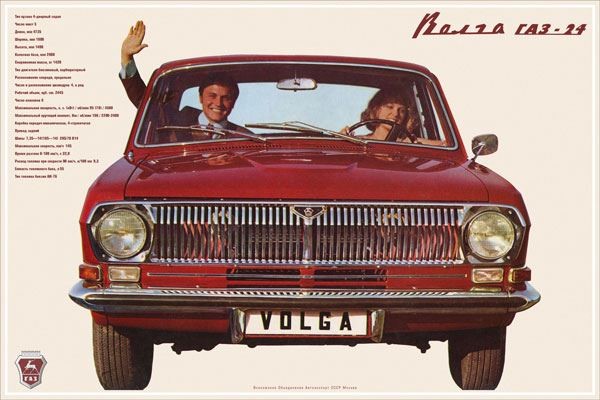
Volga GAZ 24.
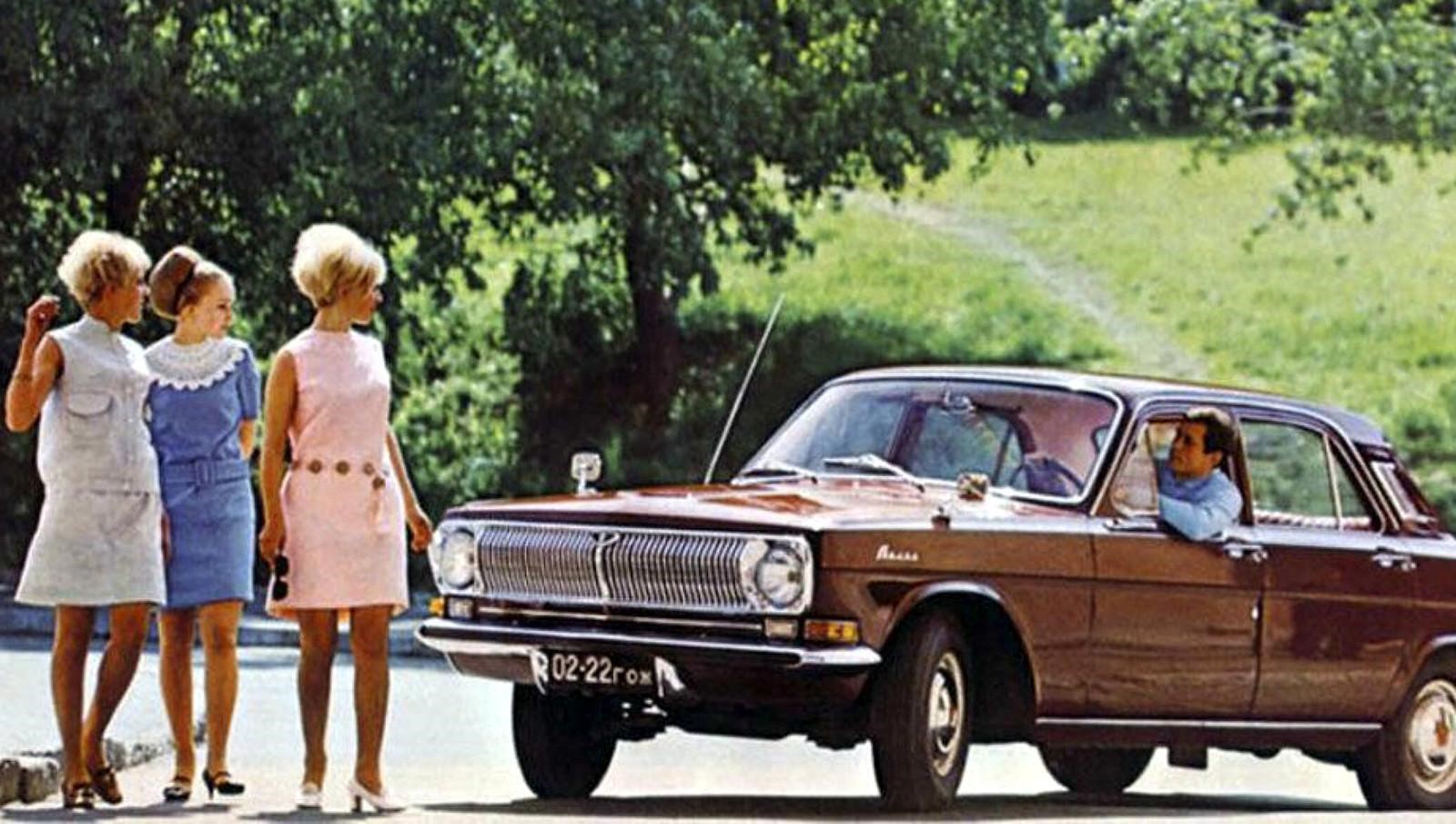
1965. GAZ-24 ‘Volga’.
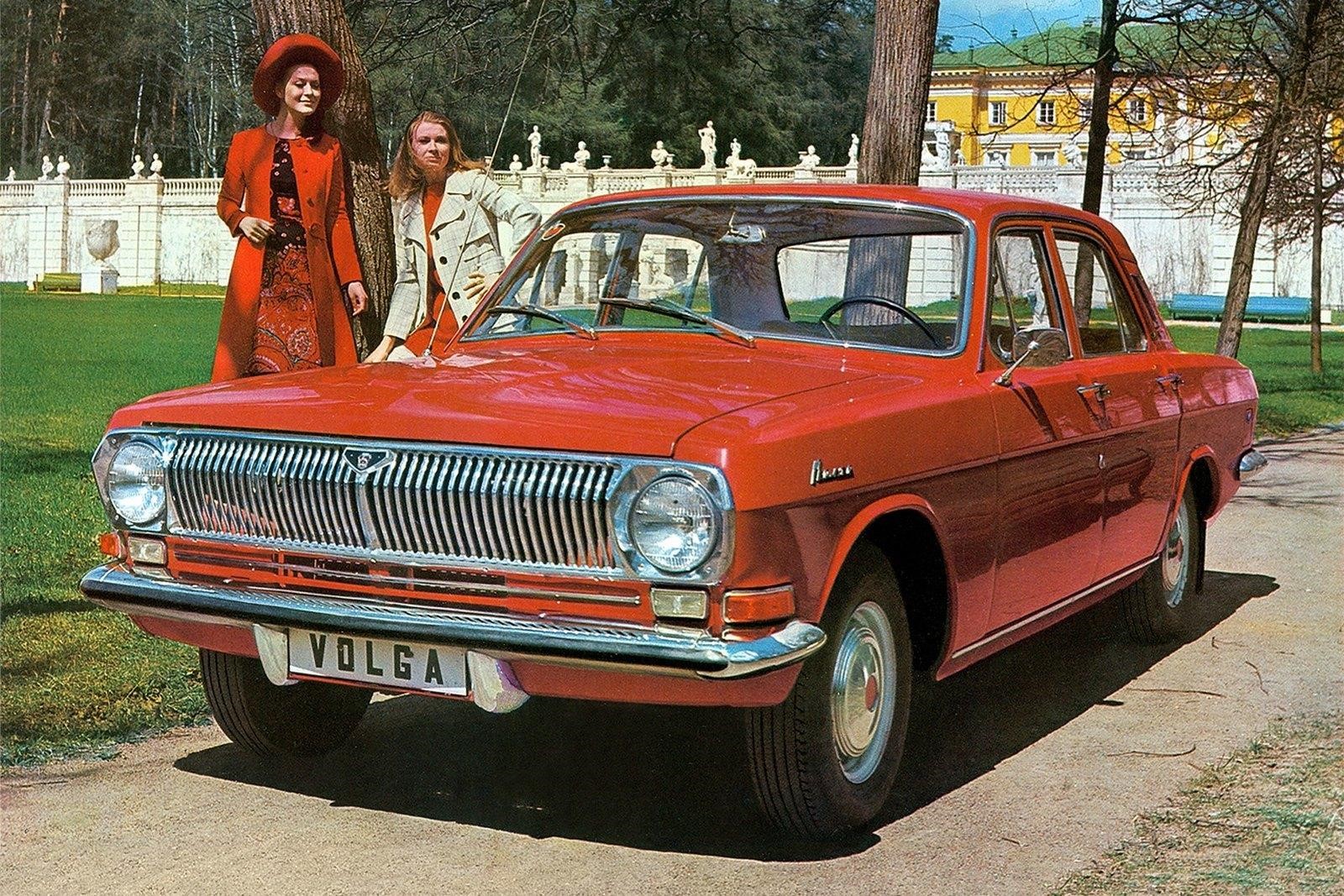
1970. GAZ-24 ‘Volga’.
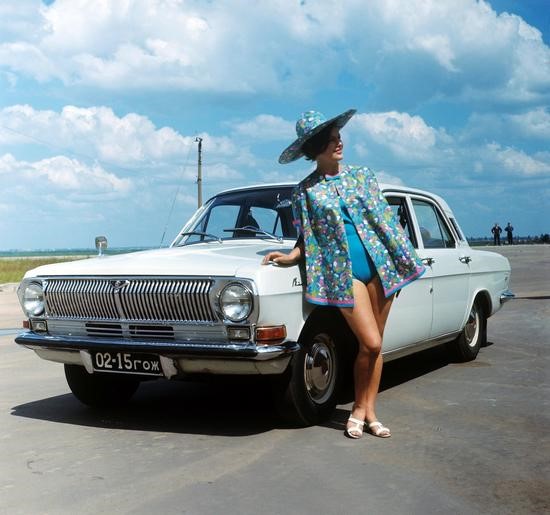
1972. GAZ-24 ‘Volga’.
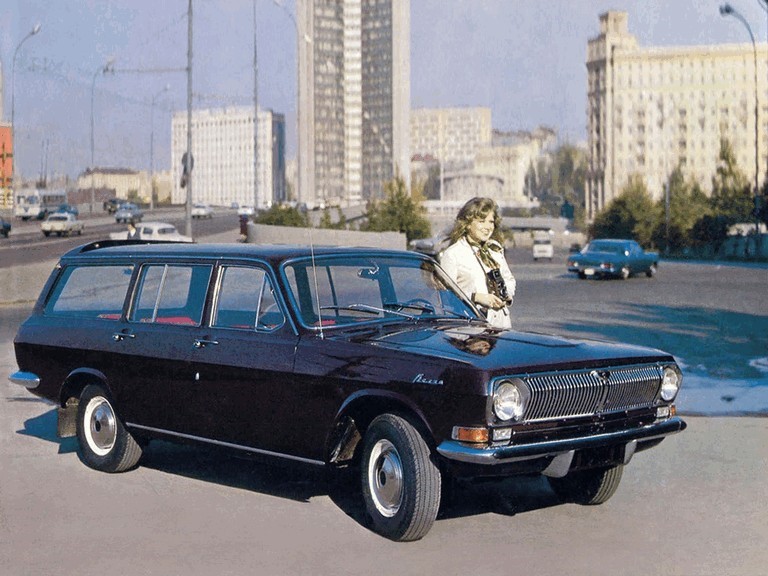
A Volga Gaz 24 - 02 of 1972.
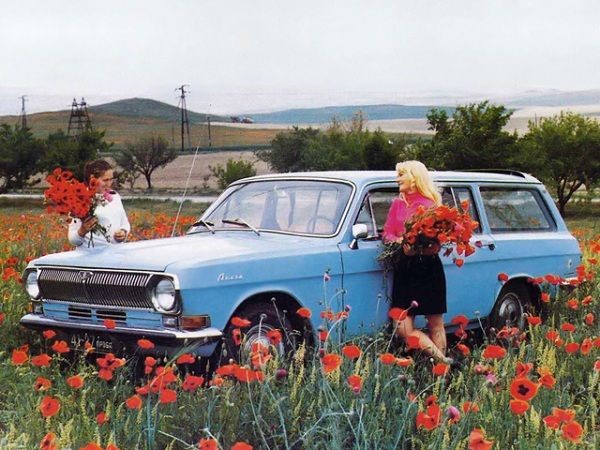
GAZ-24-02 Volga.
The very first Volga vehicles proved to be an instant success. When most cars on the street were pretty uniform, they stood out with their distinctive design.
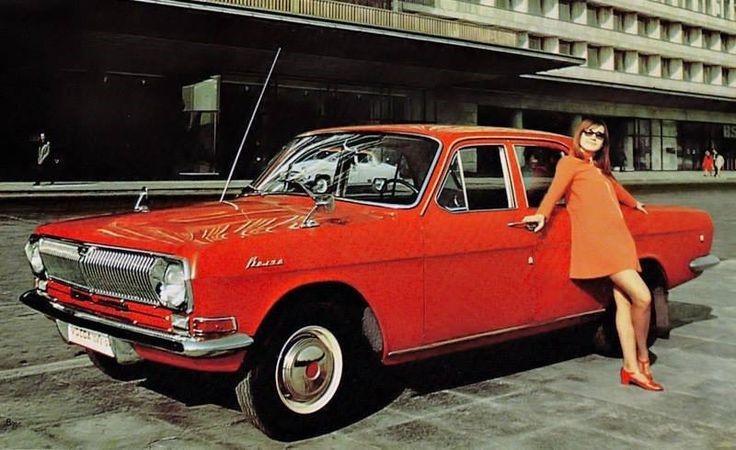
The GAZ-24 ‘Volga’ from the Gorky Automobile Factory.
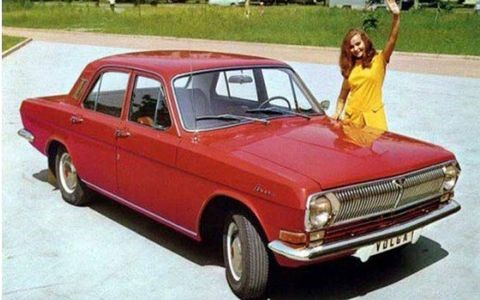
Russian Volga GAZ-24 female owner happily waves at the camera.
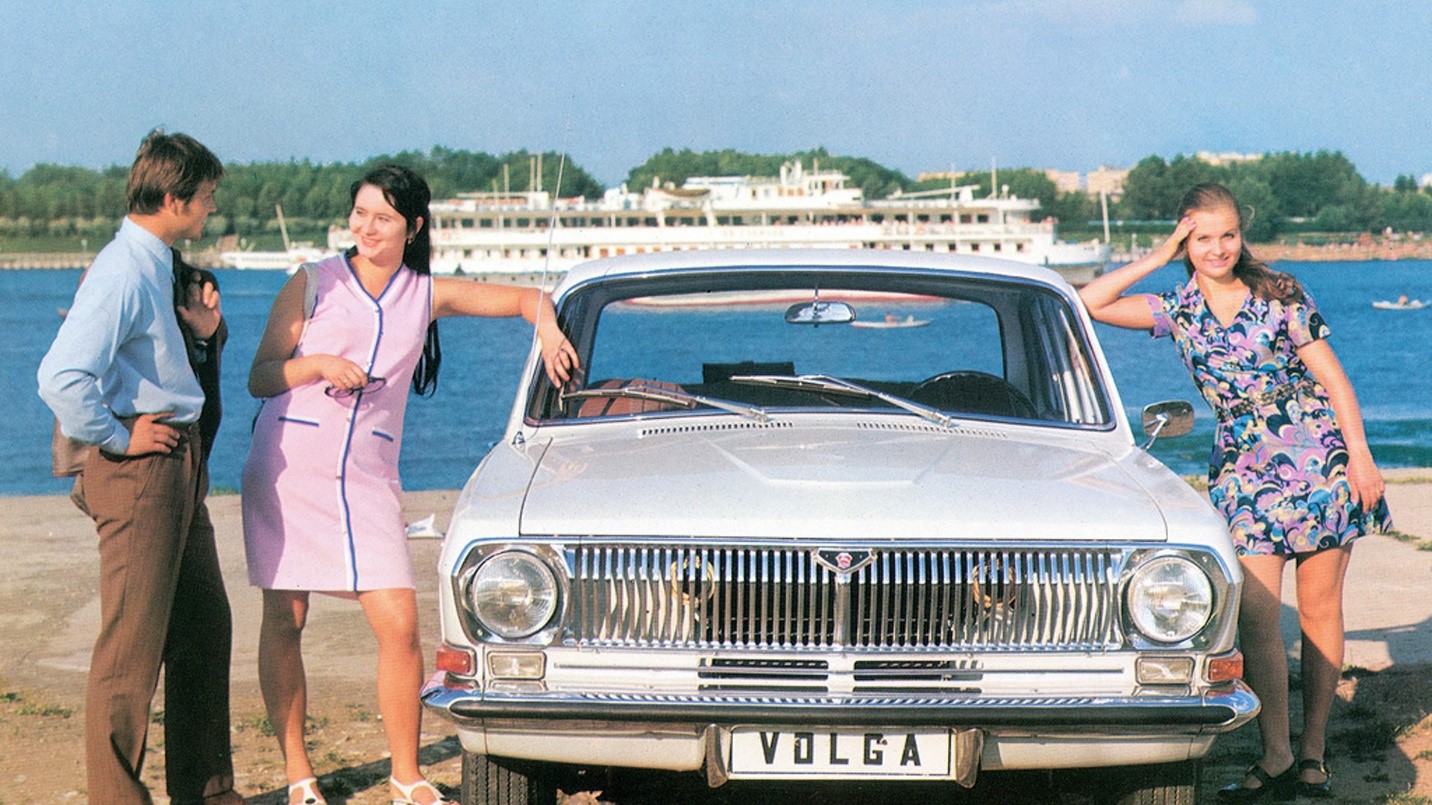
Volga Gaz-24 at the beach.
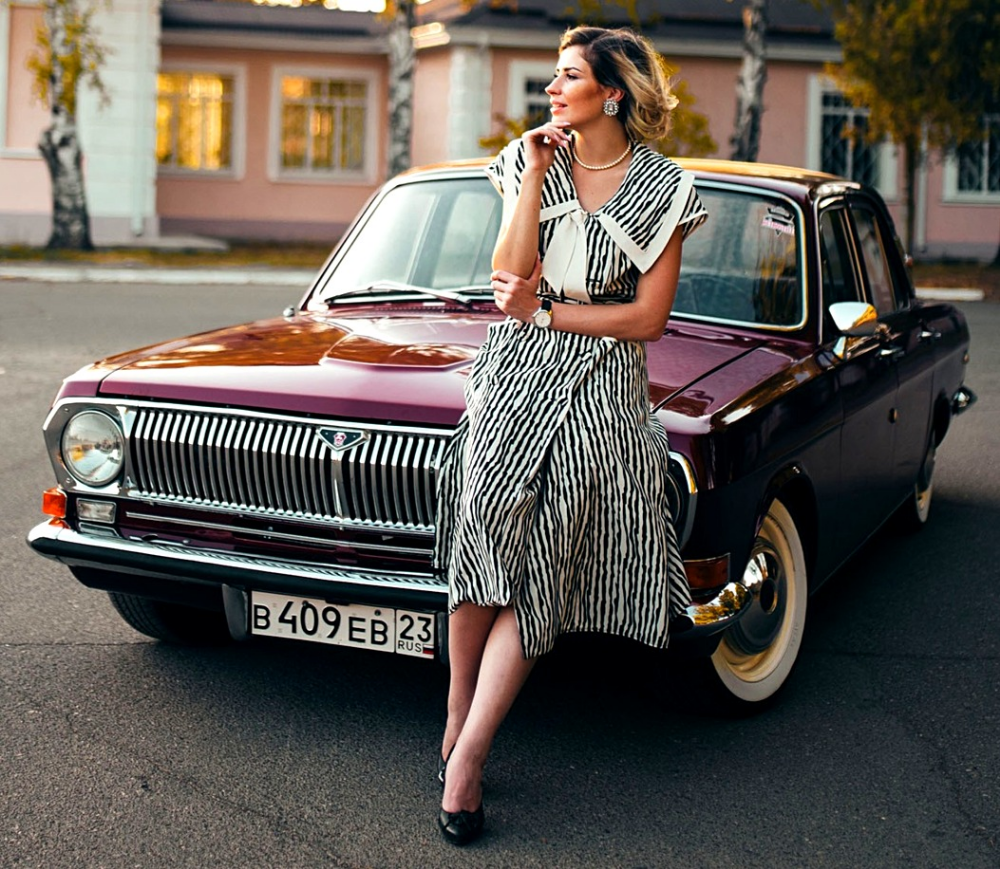
A girl and a Volga Gaz–24.
Volgas became known for their luxury and were soon adopted by the police across the Soviet Union. After a while, only doctors, lawyers and government officials could afford a Volga. The brand enjoyed peaks and troughs during its existence before it finally ceased production in 2007.
However, Volga remains an active market from a classic car perspective. Vladimir Putin is undoubtedly a fan of Volga cars.
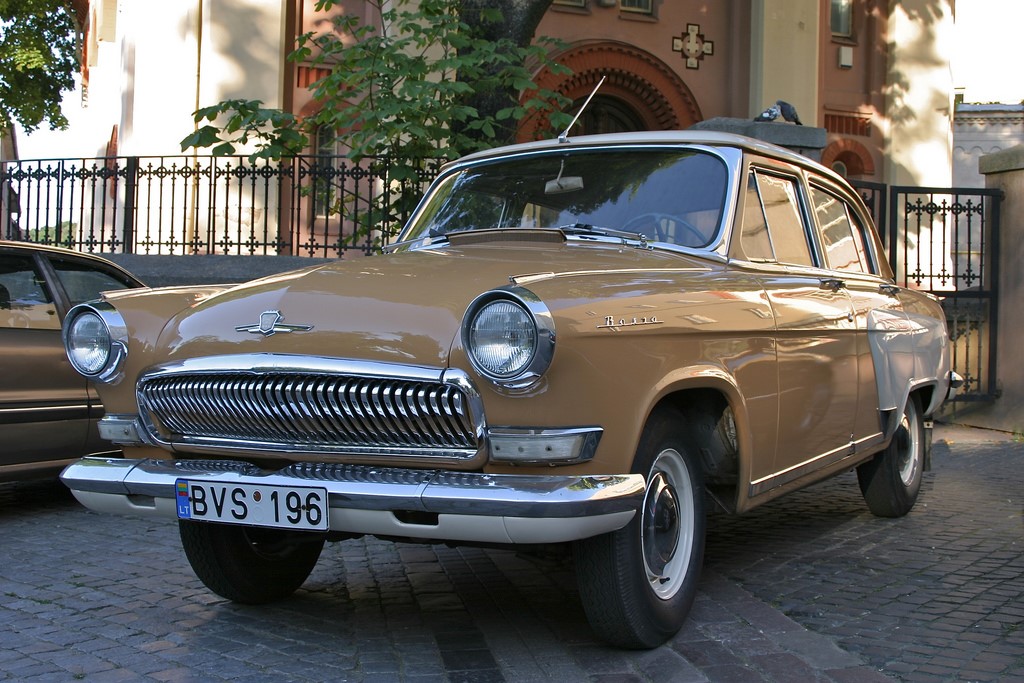
A Volga GAZ 21.
The Volga GAZ-21 was the very first car to bear the Volga name when it was developed in the early 1950s.
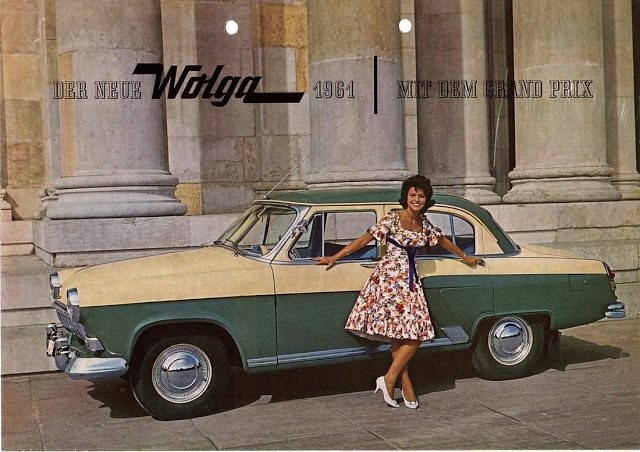
An ad for the GAZ-21К ‘Volga’, produced for the German market. 1961 Gaz M-21 Volga. Second Generation (1958-1962).
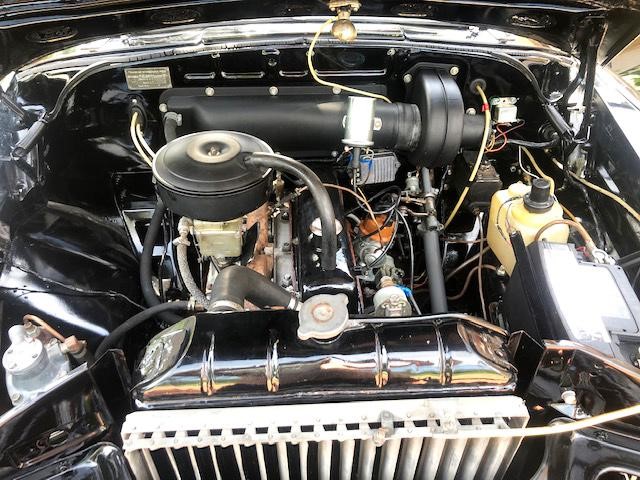
A 1959 Volga Gaz-21.
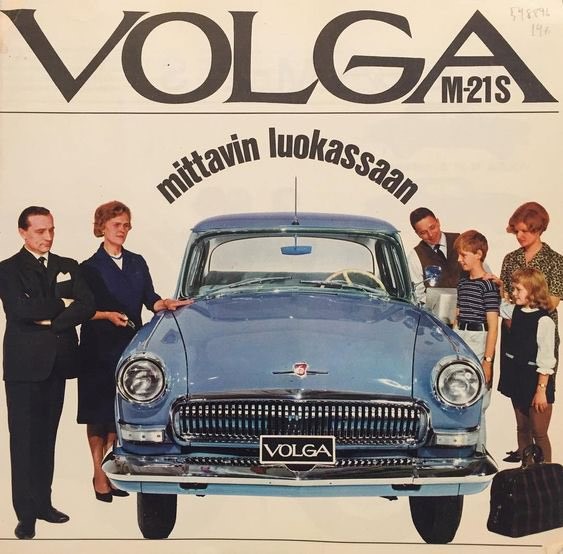
Volga GAZ-21 car export ad in Finnish, 1960s.
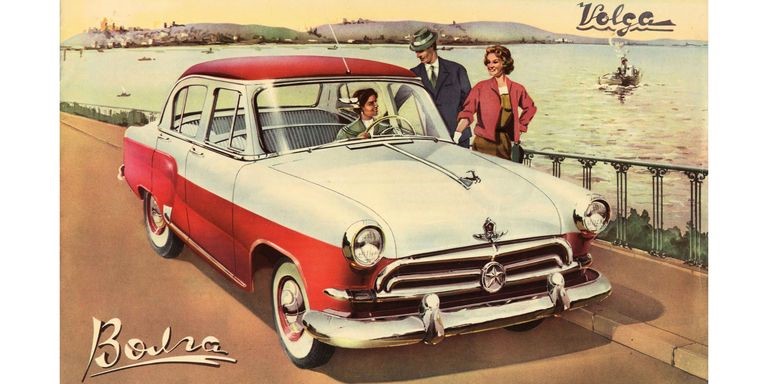
1963 Gaz 21 Volga. Brochure.
Whereas Western cars of a similar design tended to have a low and long profile, the GAZ-21 has a distinctive high look.
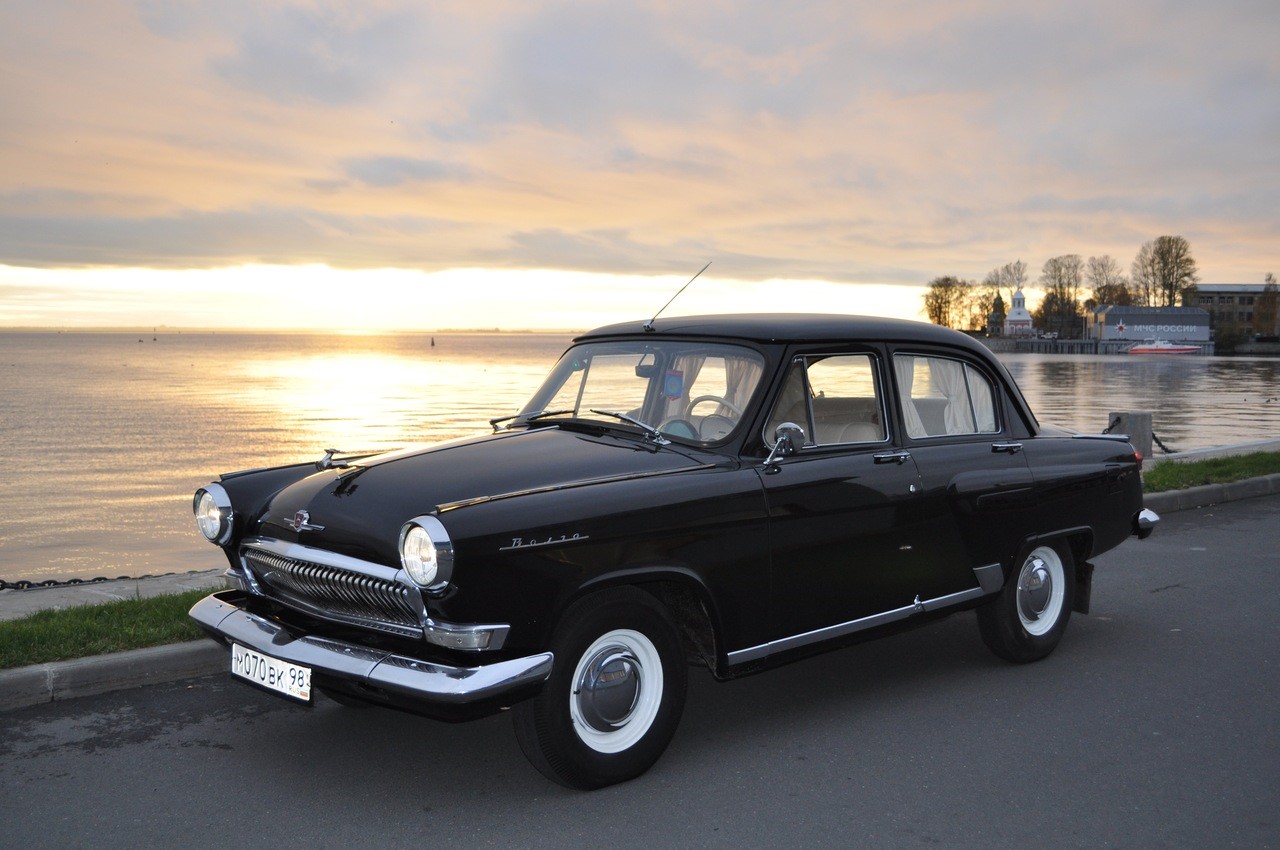
A black Volga Gaz 21.
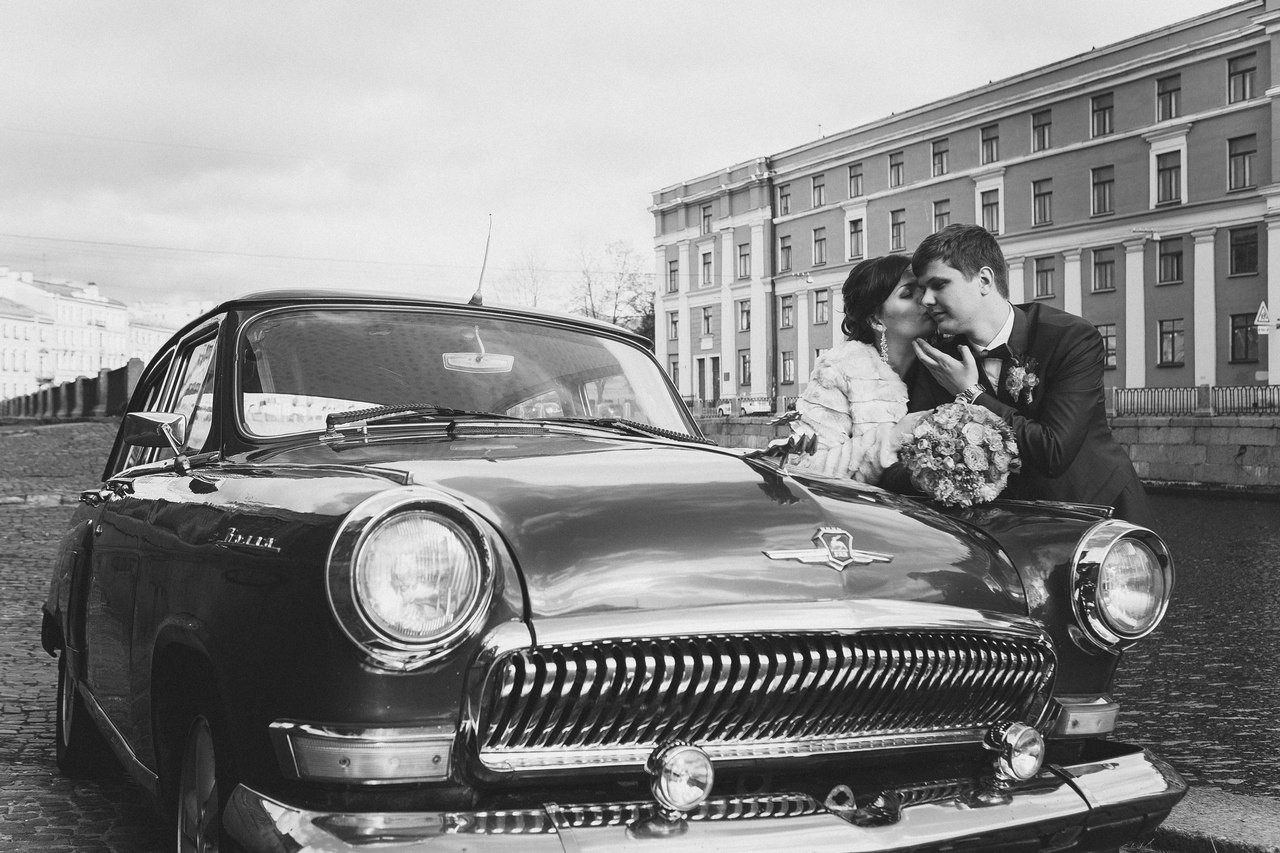
Gaz 21 Volga.
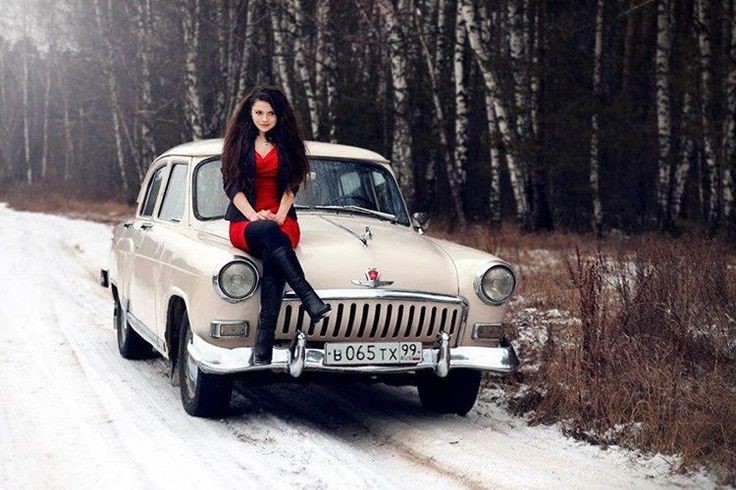
A girl on a Volga Gaz 21.
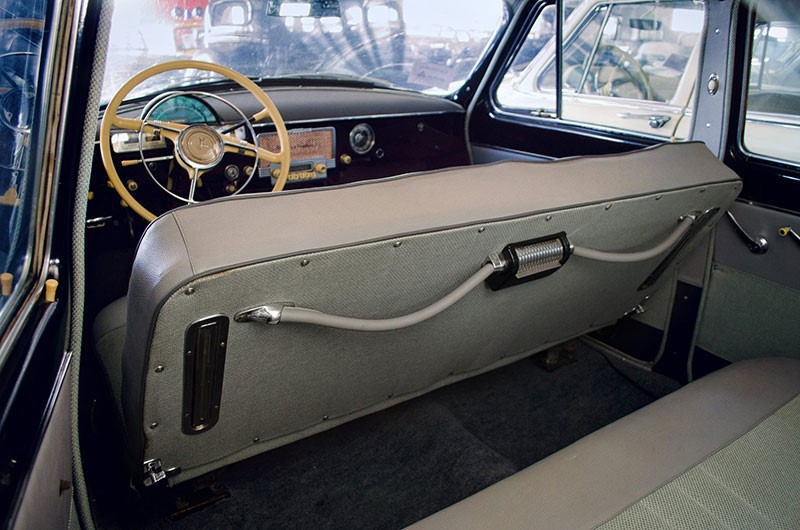
Interior of a Volga Gaz 21.
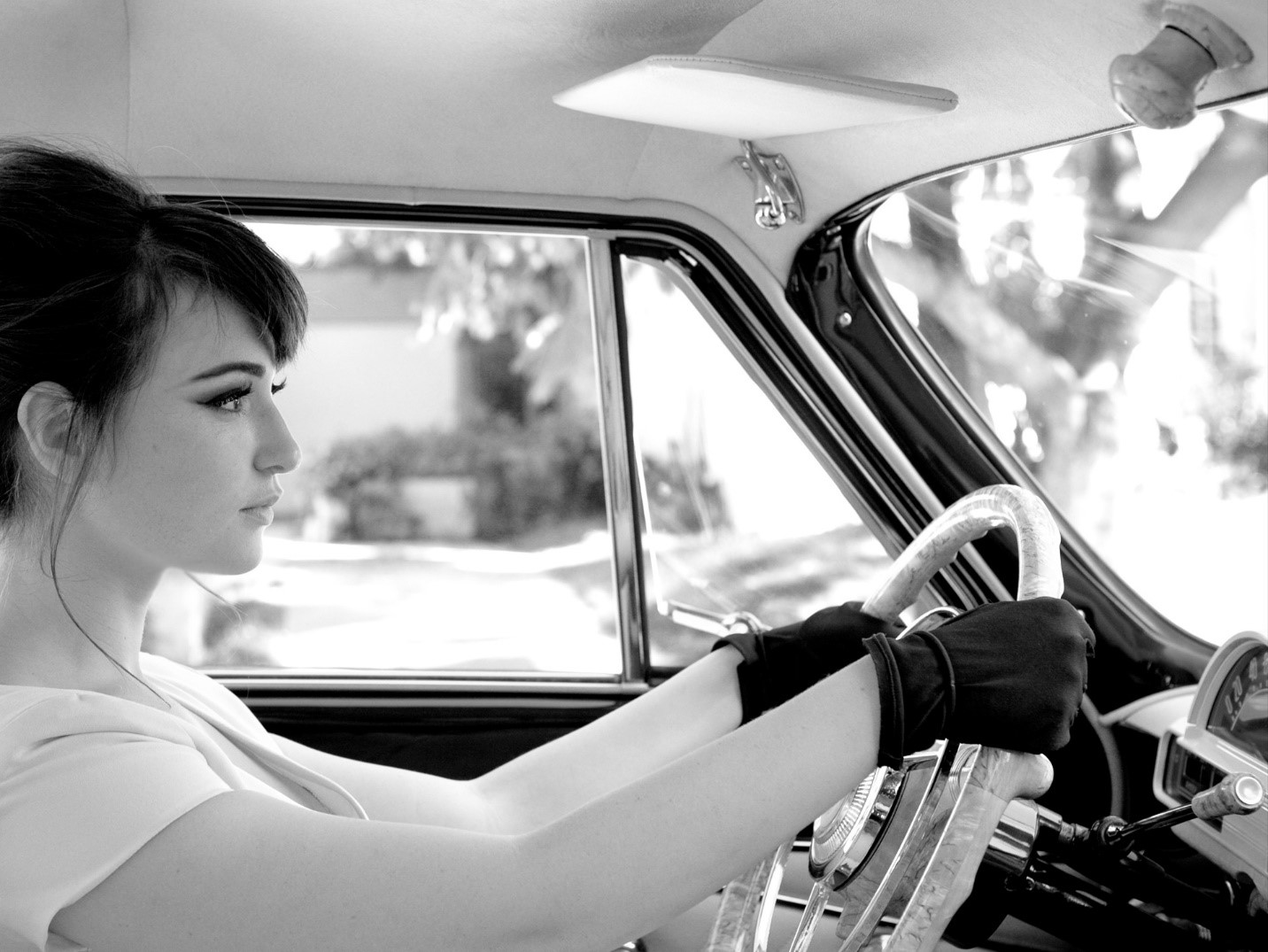
Gaz 21 Volga.
Along with its unusual altitude, the car came packed with a rugged suspension system, a powerful engine and rustproofing that was unheard of for the era.
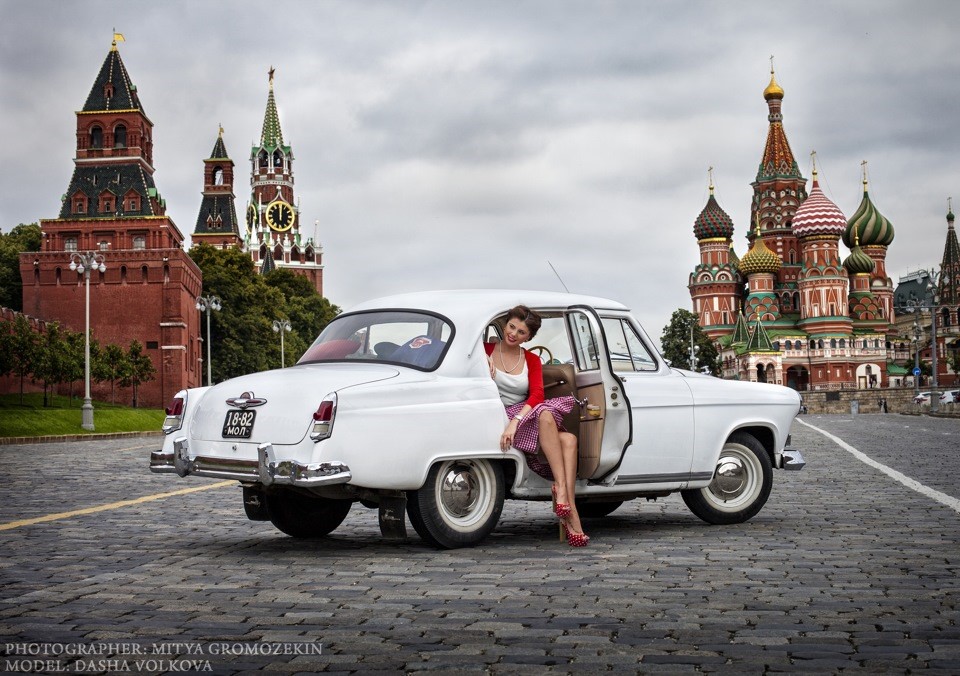
In retro style photo shoot with a Russian beauty and a Soviet car.
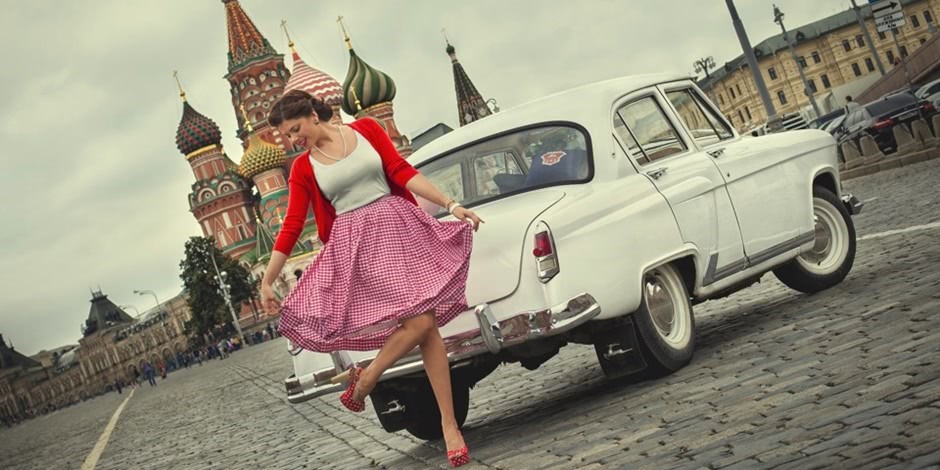
In retro style photo shoot with a Russian beauty and a Soviet car.
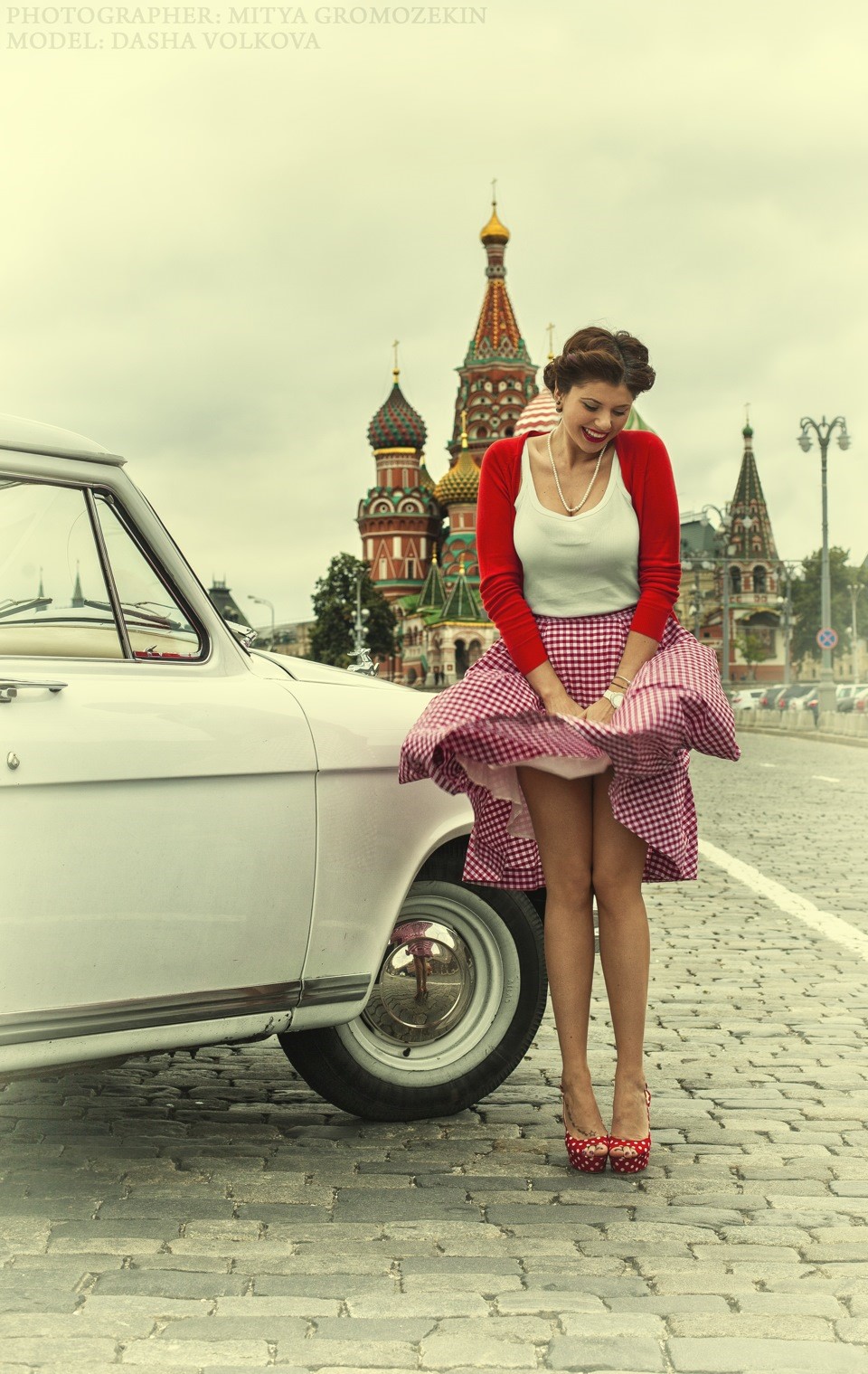
In retro style photo shoot with a Russian beauty and a Soviet car.

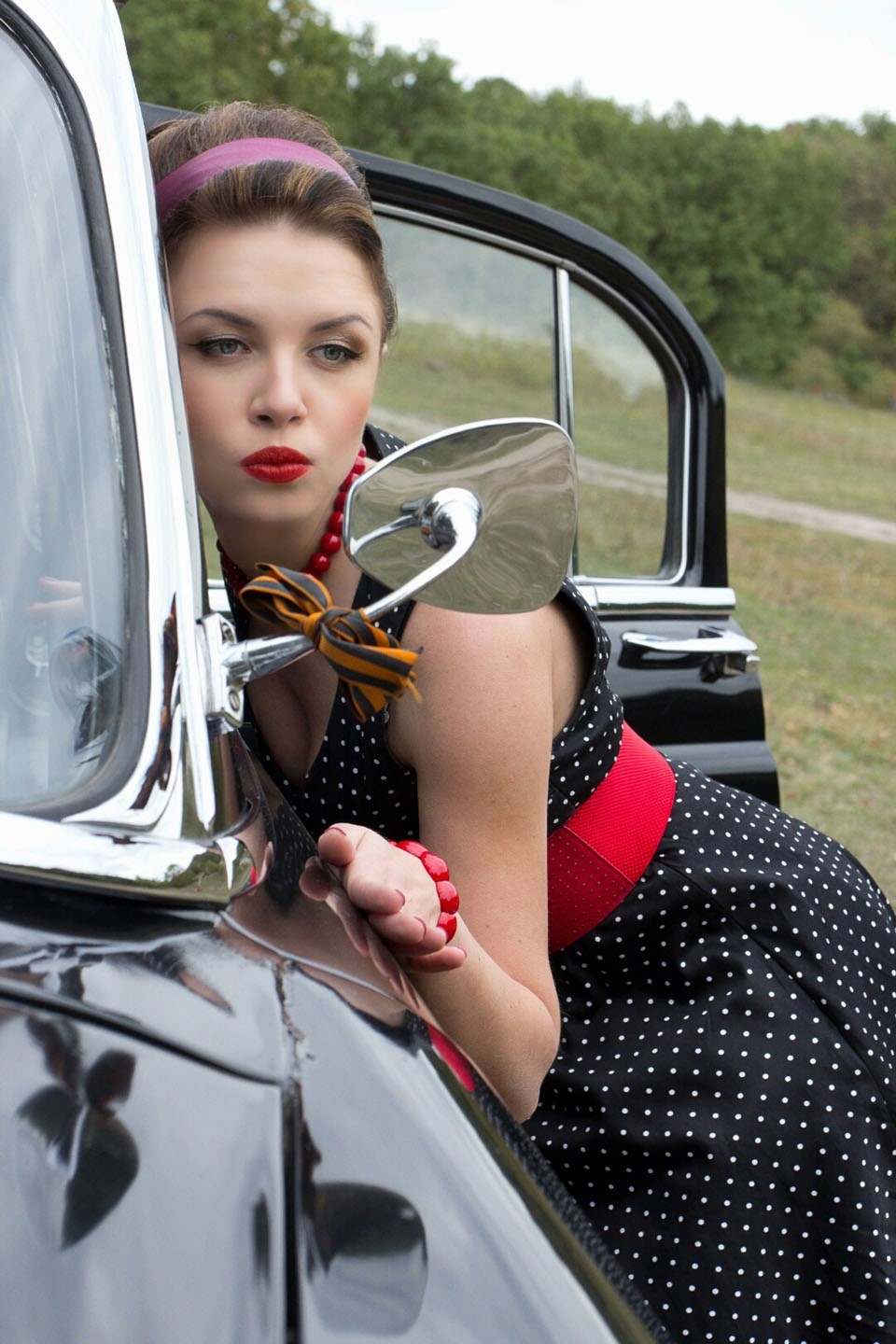

When the 6-cylinder line of GAZ cars was discontinued in 1959, the 21 became the largest and most luxurious car officially sold to individual owners in the USSR.
5. Zil
Outside the Soviet Union, Zil, or Zavod Imeni Likhachova vehicles, often transported the country’s leaders. These luxury limousines seemed at odds with the outsider’s view of Communist Russia.
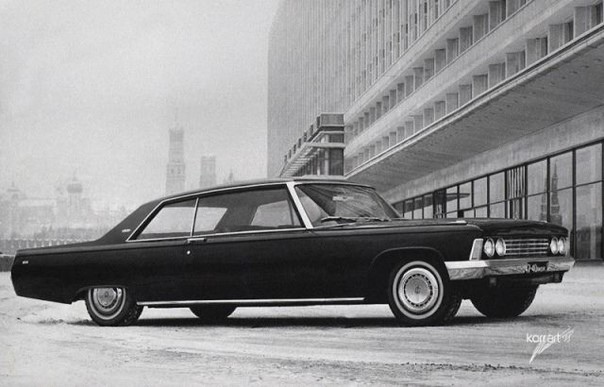
As such, they gained a distinct air of mystery. These official limos saw life in 1936 when the first ZIS-101 rolled off the production line.
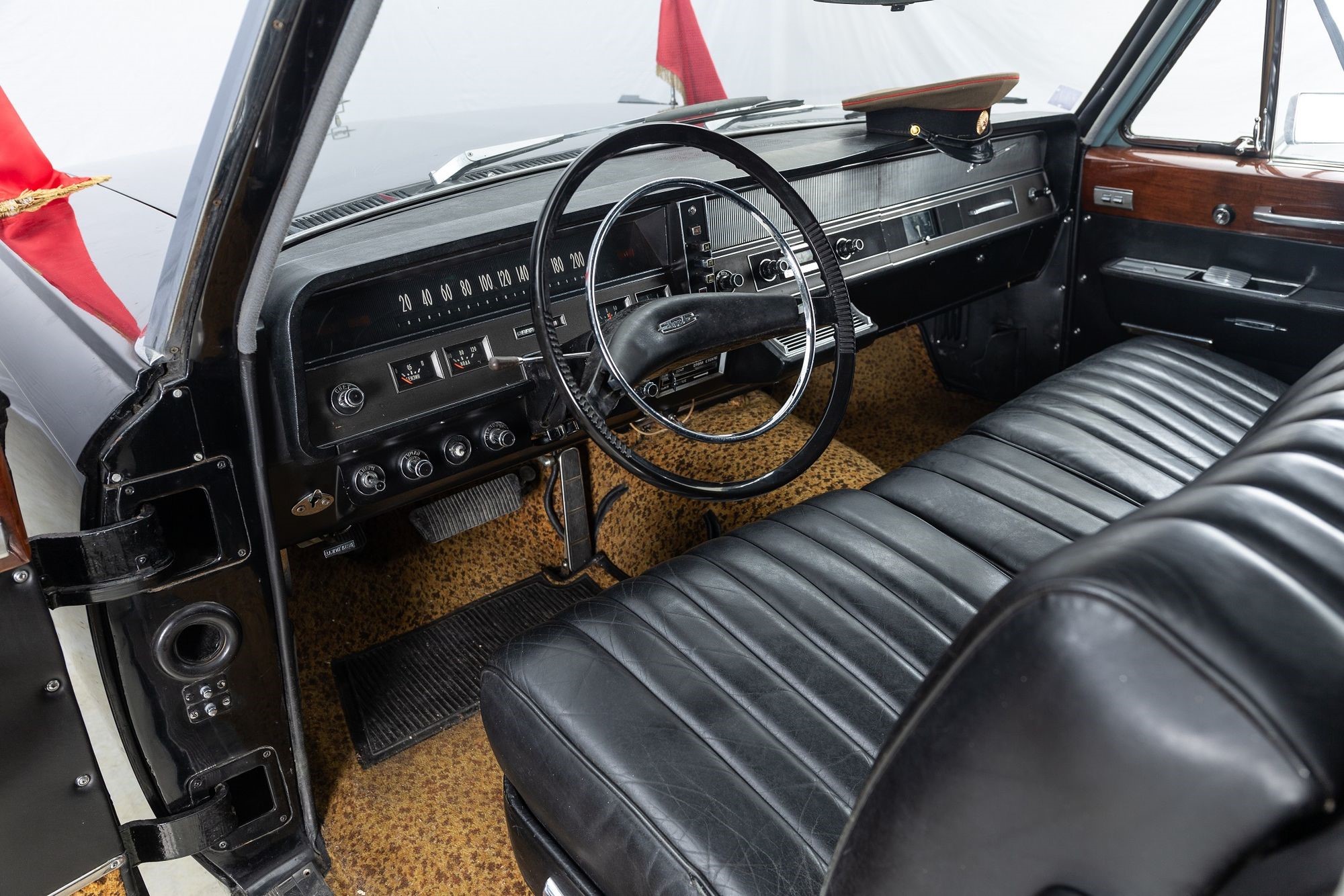
The Mongolian President’s ZIL 114.
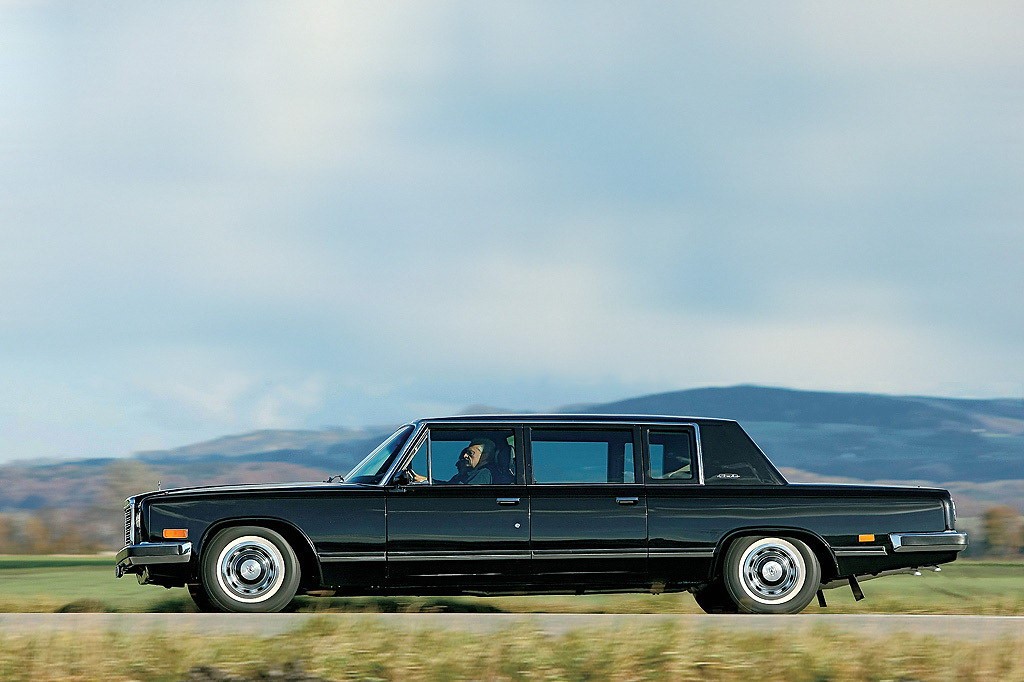
A ZIL-115.
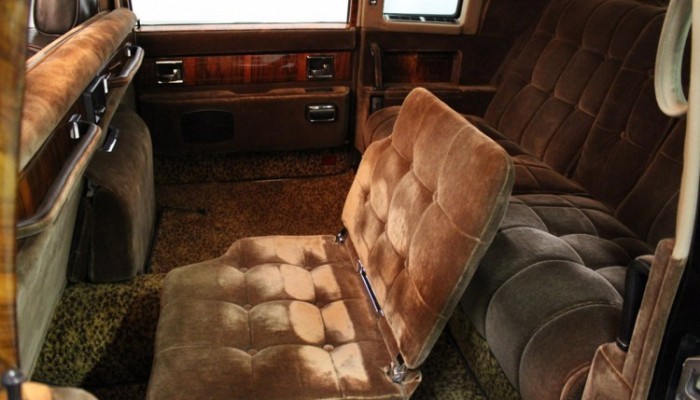
The interior of a ZIL-115.
However, the most famous model outside of the Soviet Union was probably the ZIL-115, an armored plated vehicle used to carry dignitaries on foreign visits. It could withstand heavy artillery, and the floor was also bombing and booby trap.
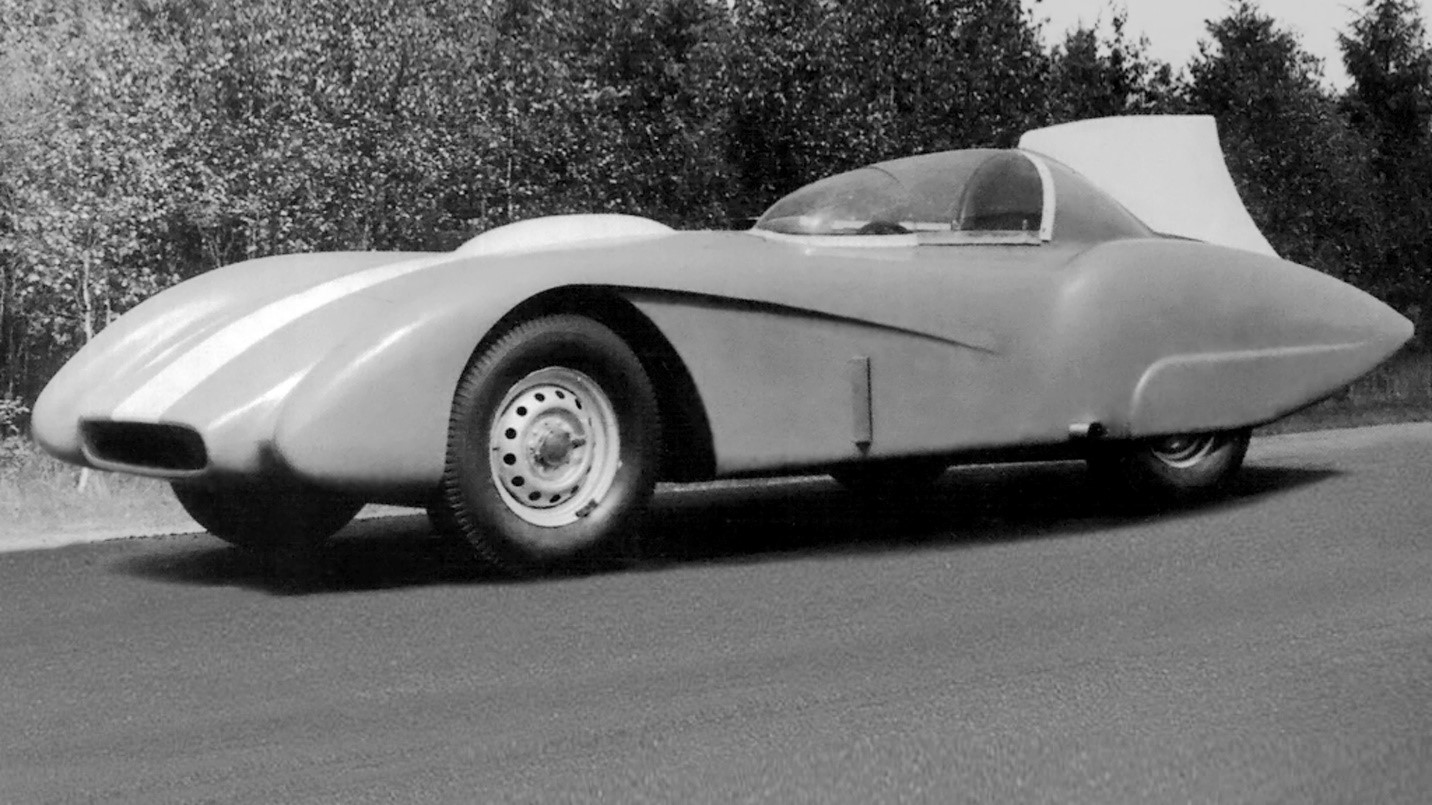
A ZIL-112 Sports.
Outside of limousine production, ZIL also produced trucks, buses and a range of sports cars, including the ZIL-112, which could reach a top speed of 162 mph and became the most successful racing car in Soviet history.
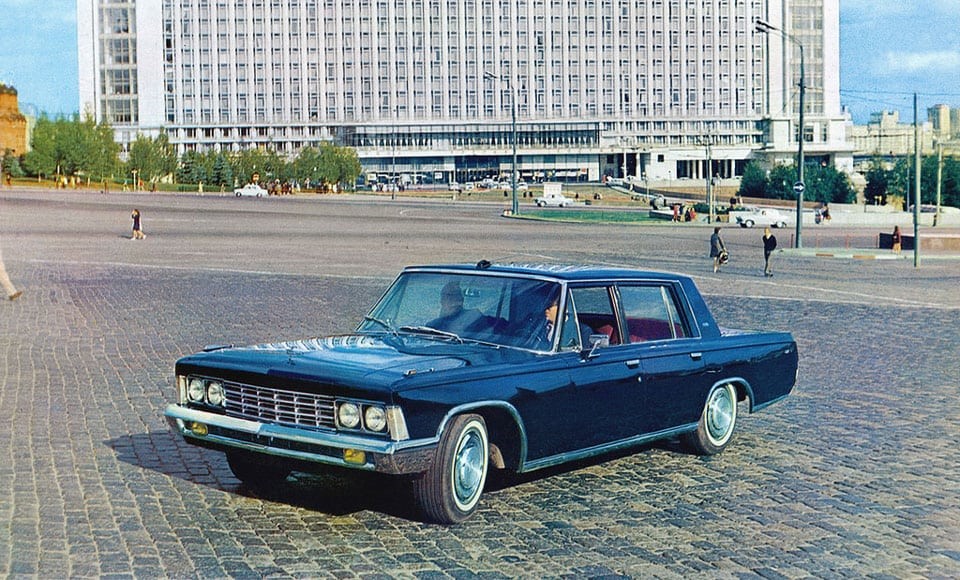
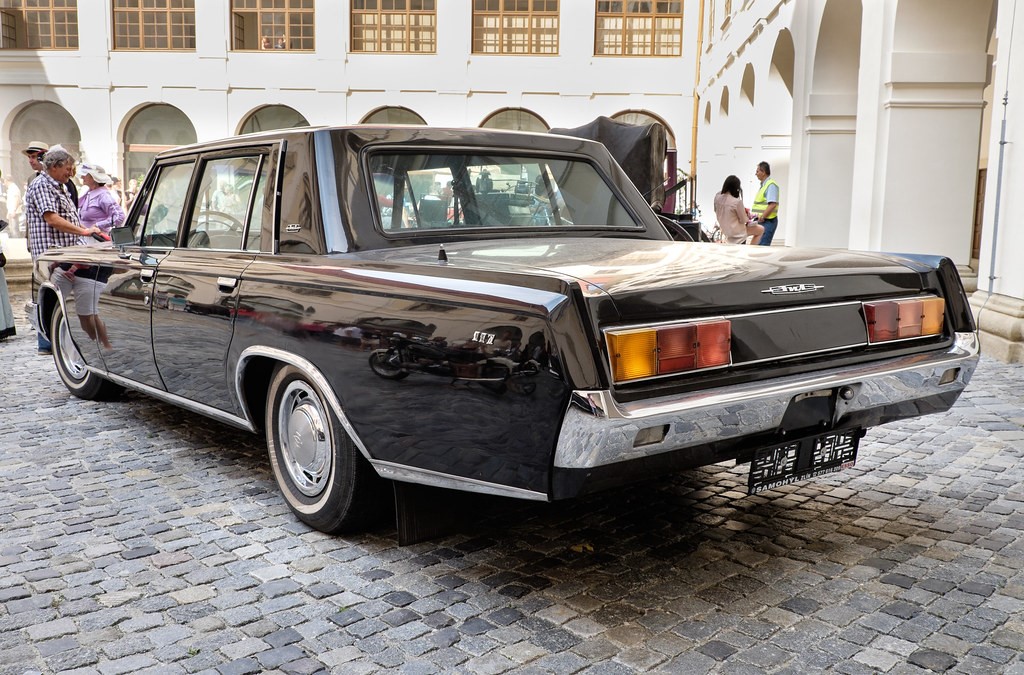
The back of a ZIL-117.
The ZIL-117 is a luxury sedan that is frequently remembered as a Soviet limousine due to its size. ZiL first presented the car at the Autopron (precursor to the Moscow International Motor Show) in 1977.
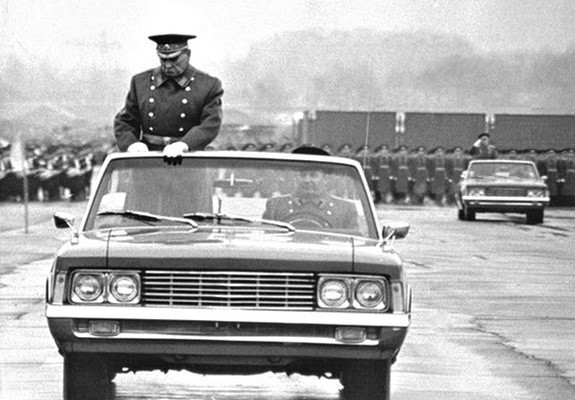
A ZIL 117 of 1972.
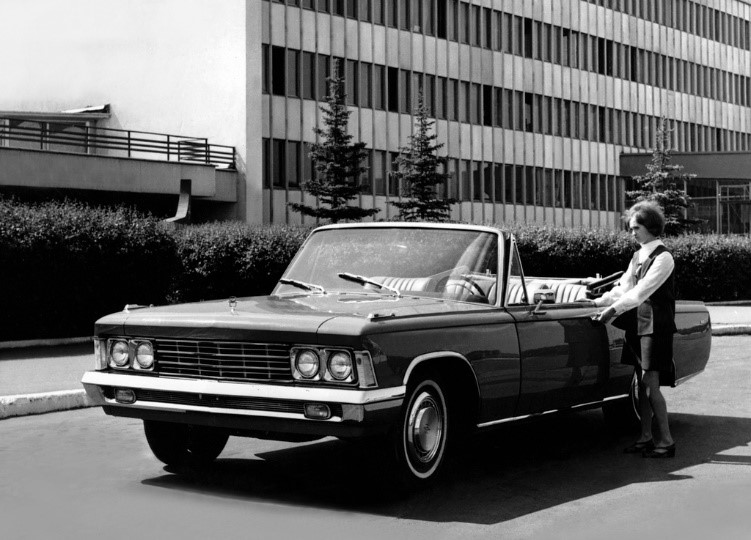
While the ZIL 114 was reserved only to the highest ranked representatives, the small ZIL 117 was produced for lower ranked communist leaders and politicians. In the photo a ZIL 117V of 1973.
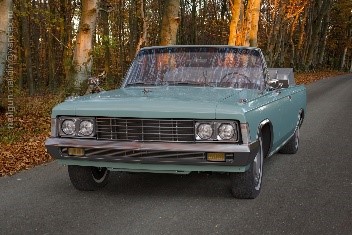
A ZIL 117V.
This bad boy wasn’t for regular workers: it contained a 6.9L V8 engine that claimed a maximum speed of between 190 and 201 km/h. On the outside, the ZIL-117 became known for its uncluttered, modern lines. Although only limited numbers were made, the cars proved popular for die-cast model makers. One appeared in the 2006 James Bond film ‘Casino Royale’.
6. Mosckvich
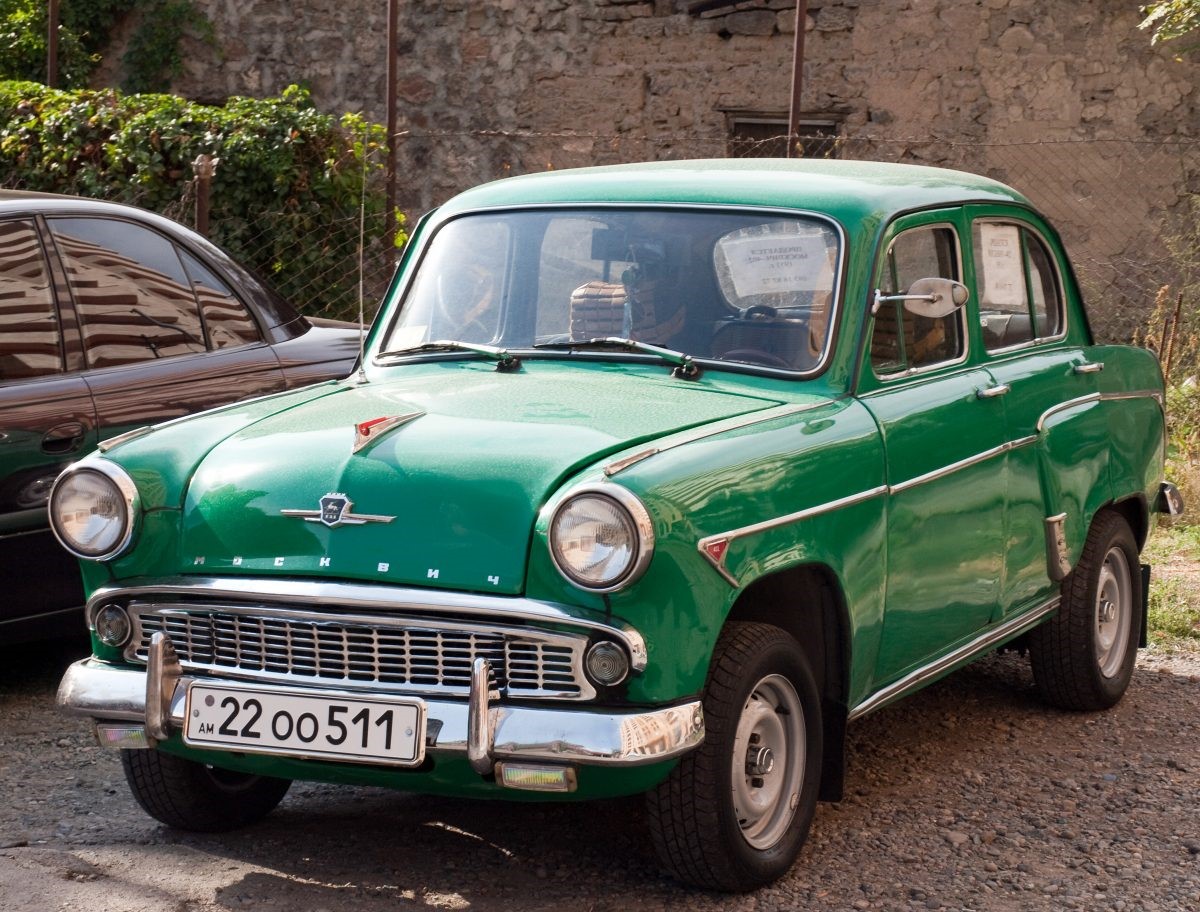
A Moskvich 407 in Armenia.
Moving away from luxury vehicles, the Moskvich embodied the outsider’s view of a dull, uniform car driven by many Soviet citizens in the second half of the twentieth century. Aside from the more basic GAZ models, the Moskvich was arguably the most popular of all the Soviet cars.
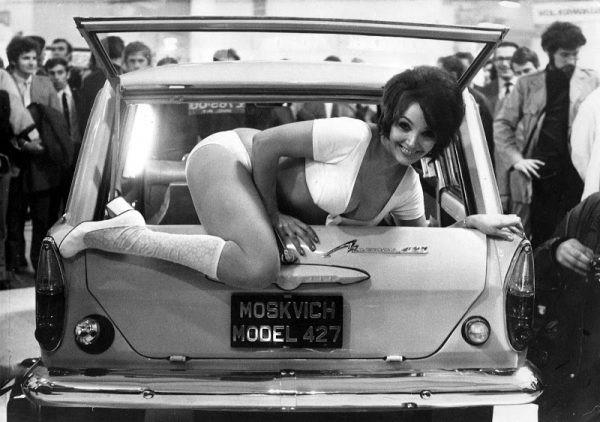
Circa 1971: Julie Desmond, a scantily clad, 24 year old model, climbs out of the back of a Russian Moskvich 427 car, at a car trade show. Photo by Evening Standard / Getty Images.
The first vehicles first appeared in 1945, but the boom years came in the 1970s and 1980s in line with the third generation of Moskvich cars.
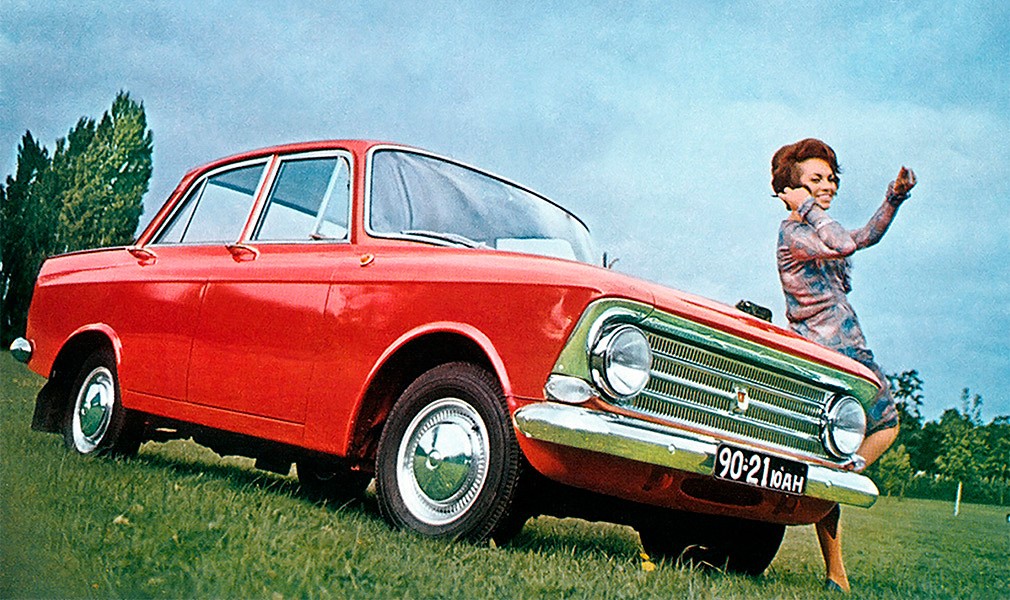
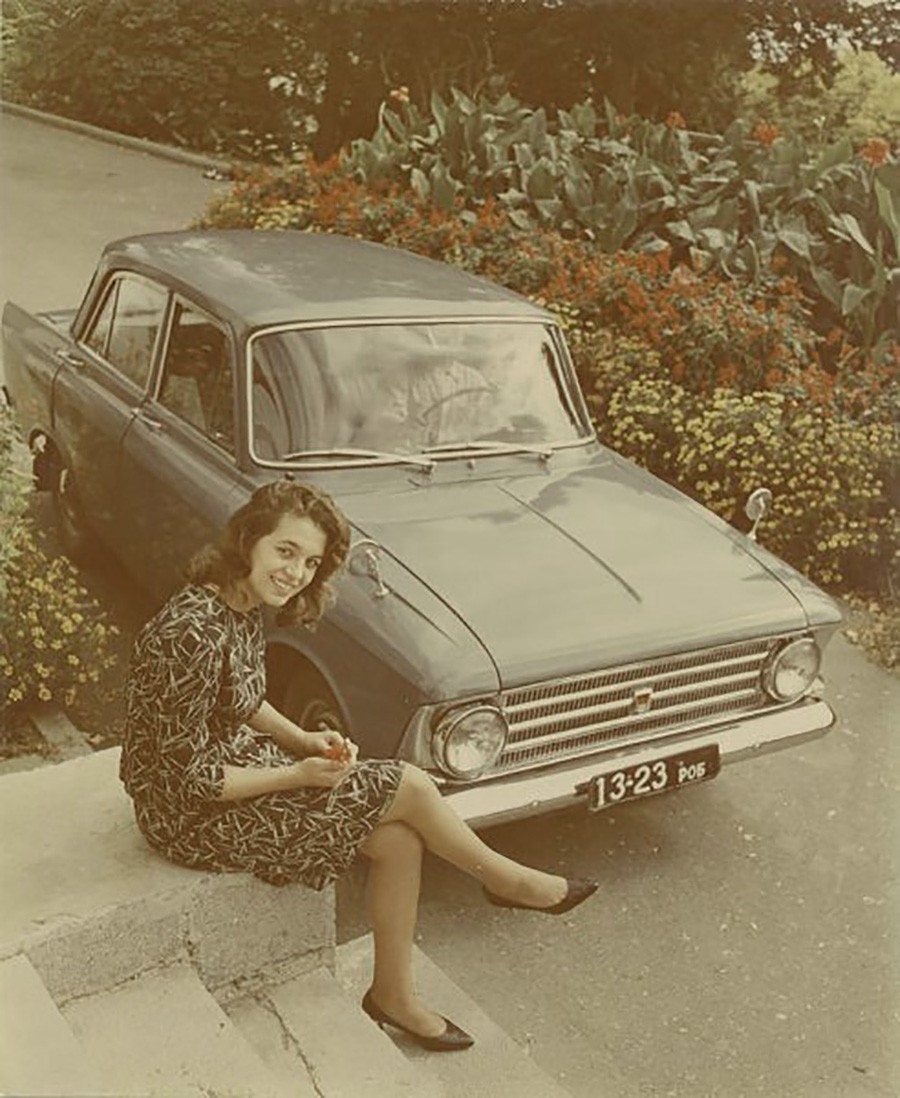
An ad for a ‘Moskvich’ 408 in 1964.
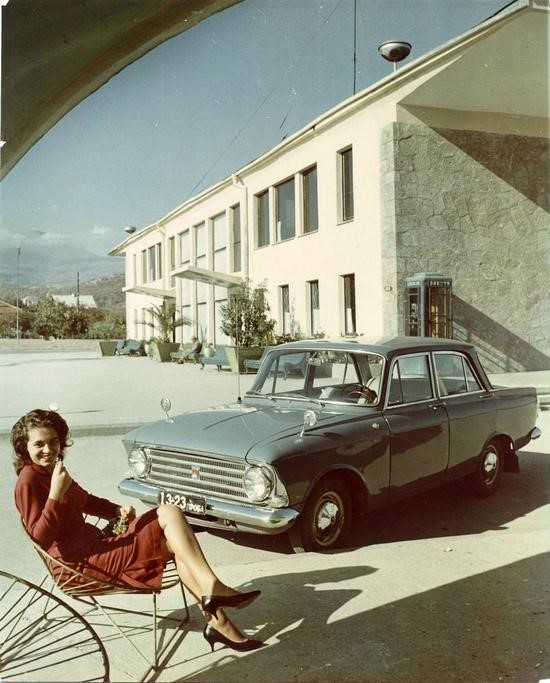
1964. “Moskvitch” 408.
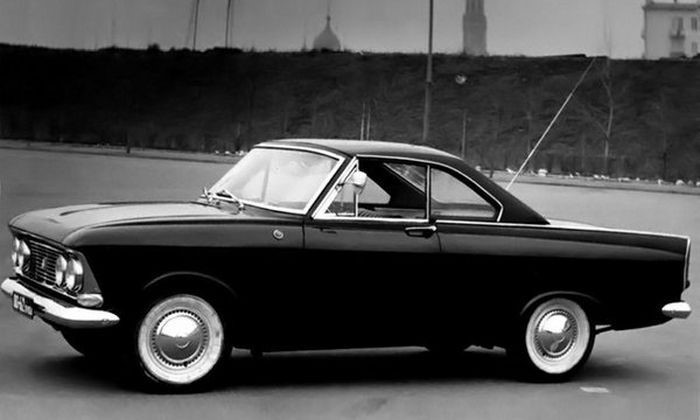
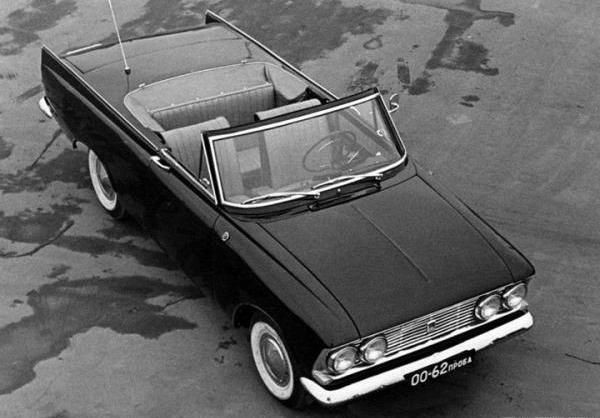
1964 in the Soviet Union was marked by the release of serial sedan Moskvich-408, but few people know that at the same time the designer Veselov developed a model of elegant coupe-cabriolet Moskvich-408 Tourist, which was released just two copies and was forgotten thanks to the success brother.
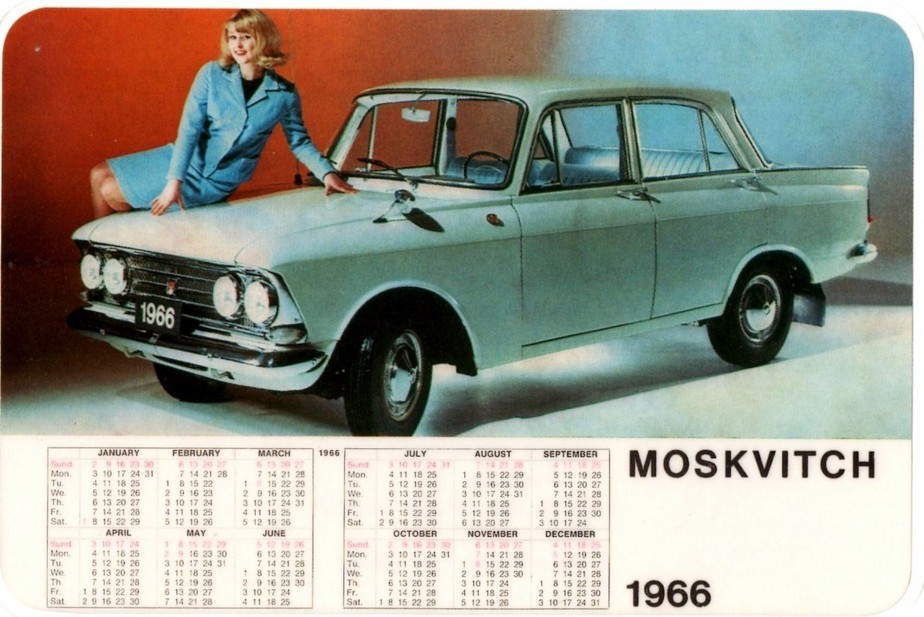
“Moskvitch” 408, 1966.
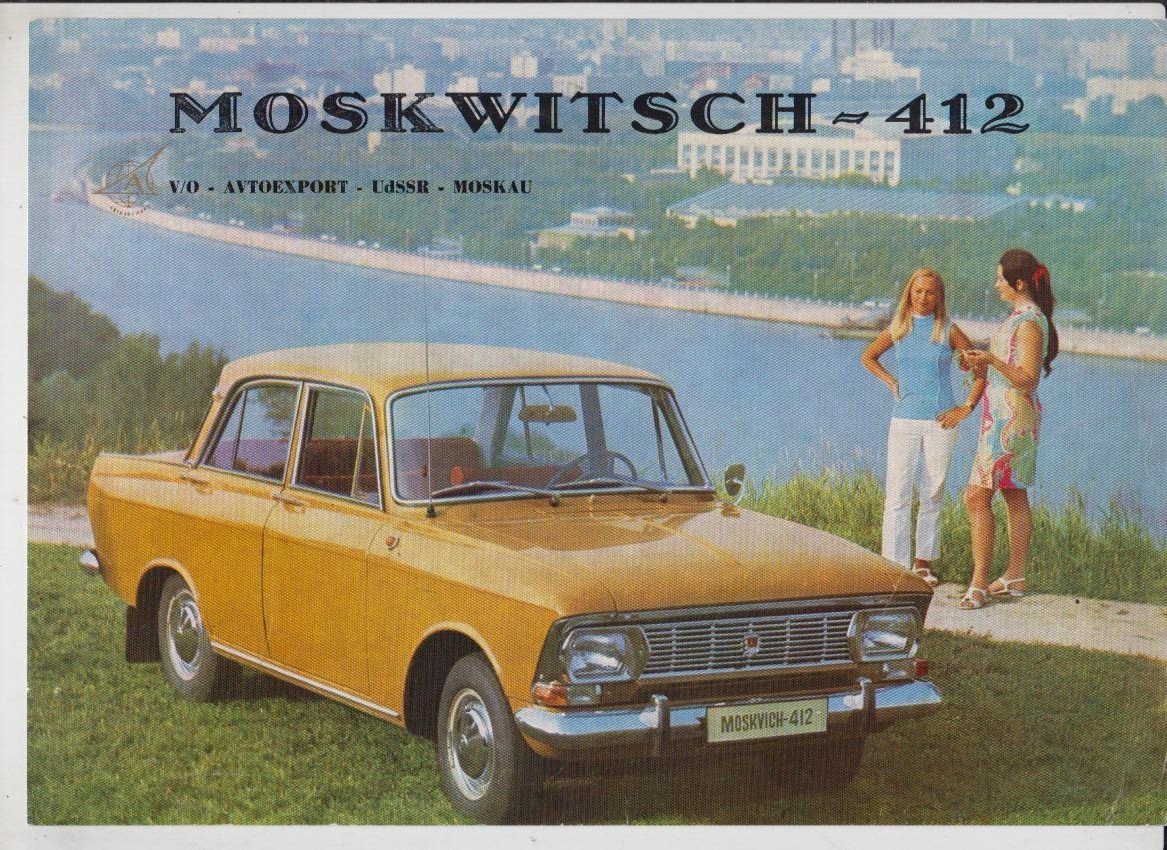
“Moskvitch” 412, from 1967 to 1975.
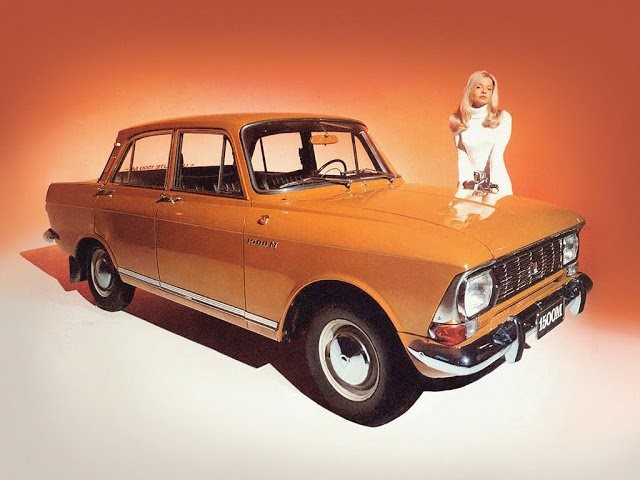
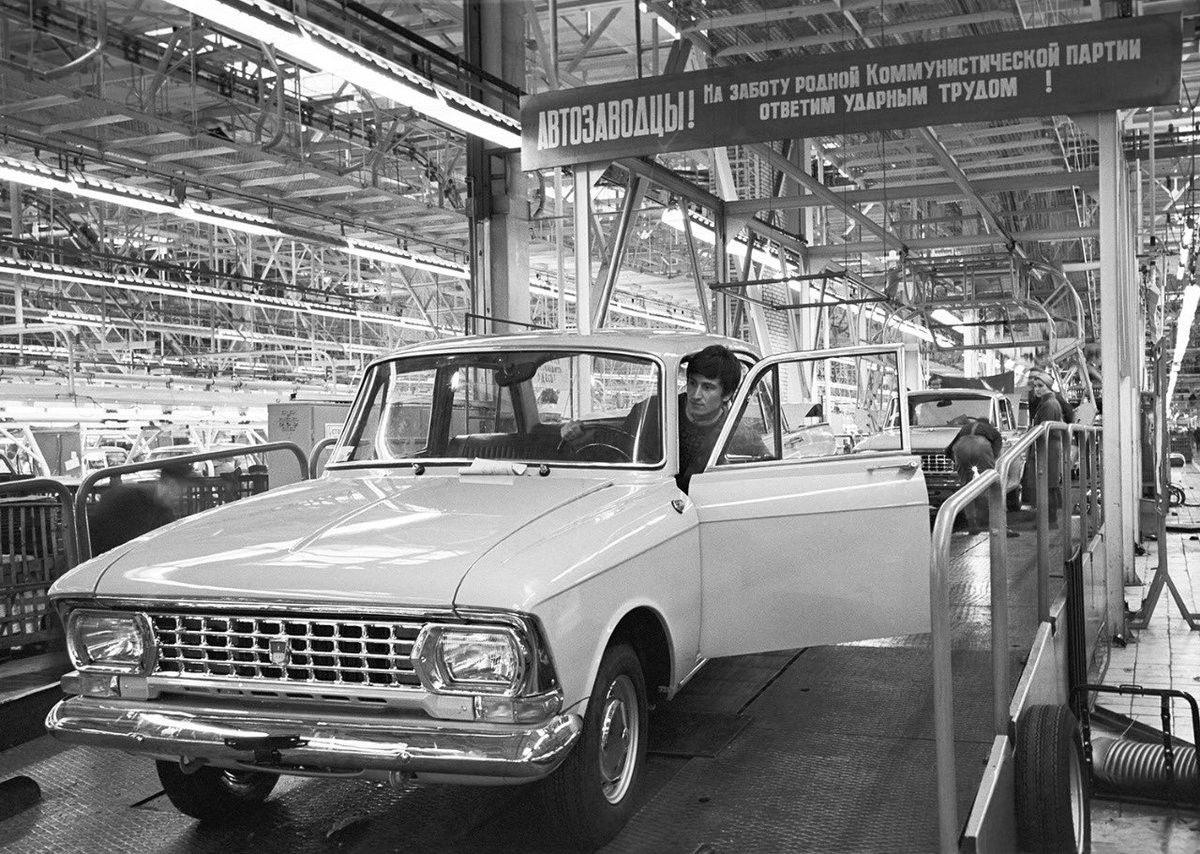
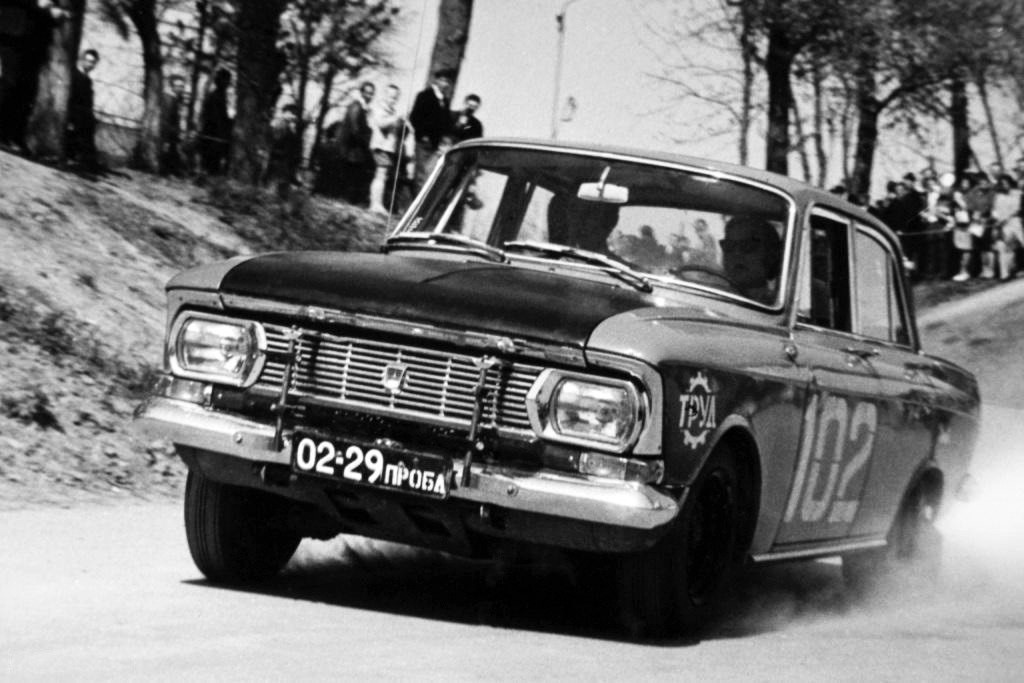
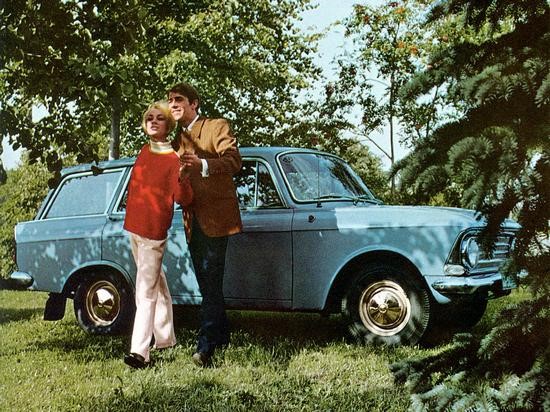
1967. “Moskvitch” 426.
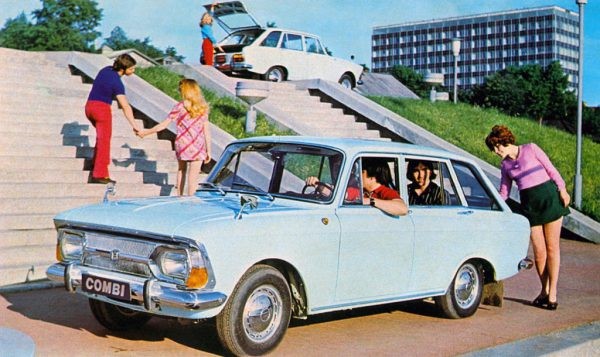
A Moskvitch 412 Combi.
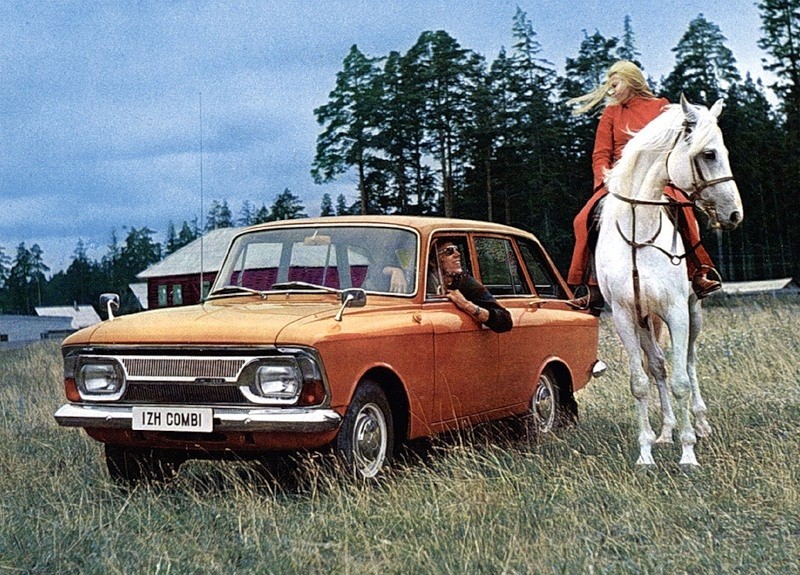
1973. IZH 2125 “Combi”.
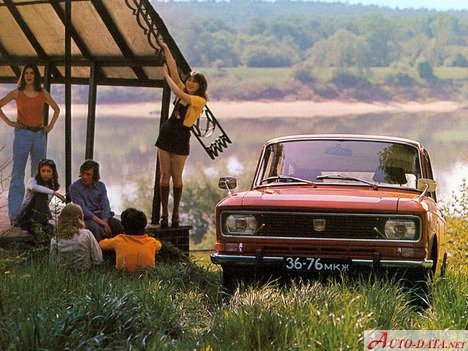
1976 Moskvitch 2137 Combi 1.5 (75 Hp).
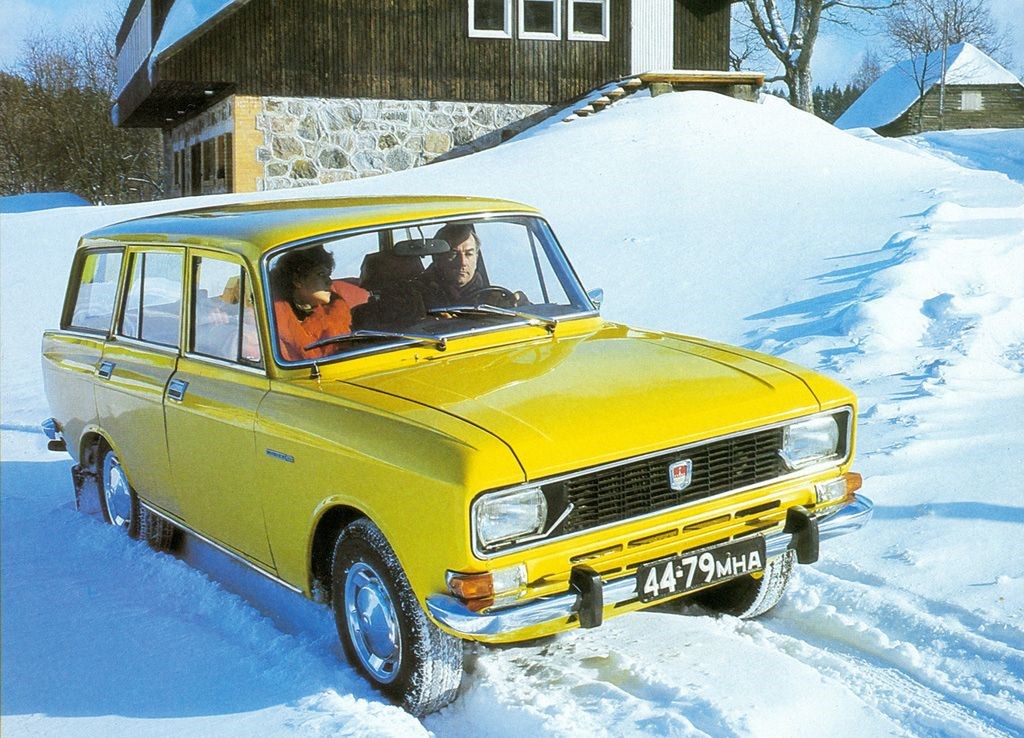
Moskvitch 2137 Combi.
However, as the Soviet Union fell in the early 1990s, many Soviet icons went with it and Moskvich was notable casualties.

Therefore, this company’s life and death mirrored the significant era of Soviet cars.
The weirdest communist cars you never knew existed. 01 April 2021 by Luc Wiesman.
Before Russia was known for its World Cup spanking of Spain and its utter disregard for doping laws, it was the USSR, a nation of some of the coolest and strangest cars ever to hit the road. Hell, lots of cars produced behind the Iron Curtain were pretty rad.
The Soviet era was responsible for all kinds of vehicles, from the blandly functional to the surprisingly innovative, many of which are collector’s items today. Take a look, comrades.
Melkus RS 1000
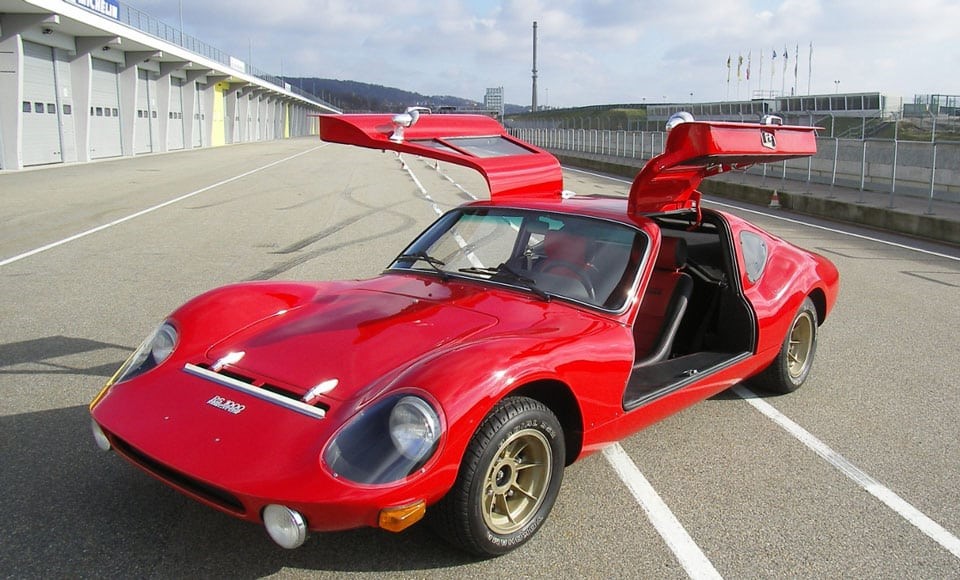
A Melkus RS 1000.
This little gullwing coupe earned itself the nickname “Ferrari of the East.” East Germany’s only sports car was ‘powered’ (if you can even call it that) by a mid-mounted Wartburg 3-cylinder 2-stroke engine. Most used the 992cc version (giving a top speed of 175 km/h), but some of the later cars had the 1200cc version. Melkus put out 101 RS 1000 cars between 1969 and 1979 from the Dresden factory. The company is now bankrupt, but one of its vehicles will live on forever in the music video for ATC’s 2000 hit 'Around the world'.
Tatra 603
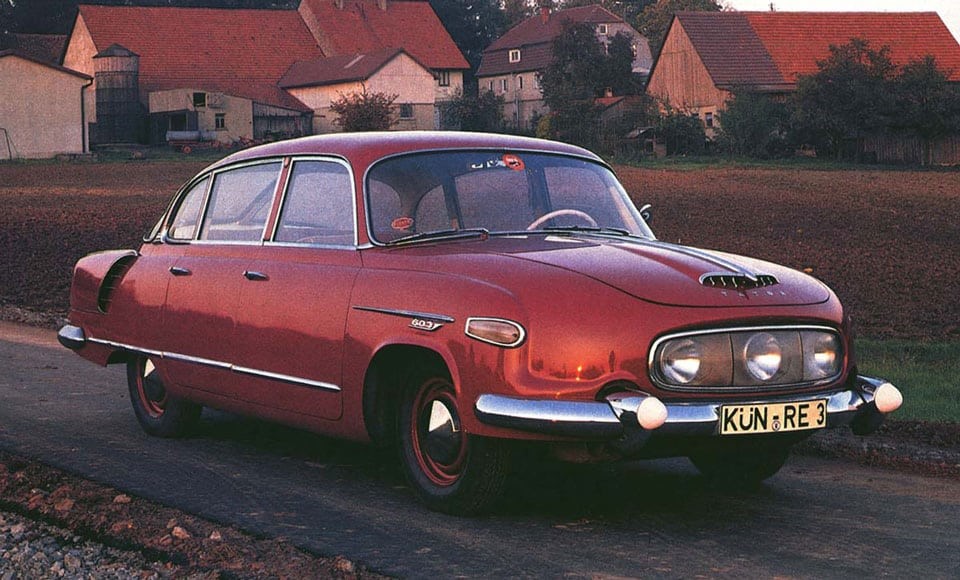
1960 Tatra 603.
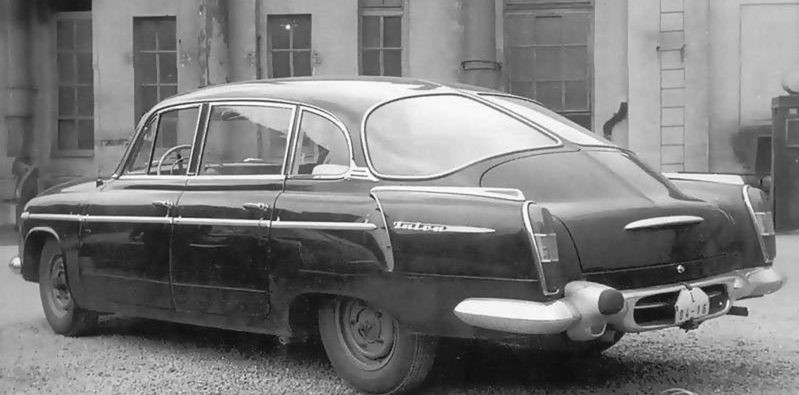
Author: Tatra.
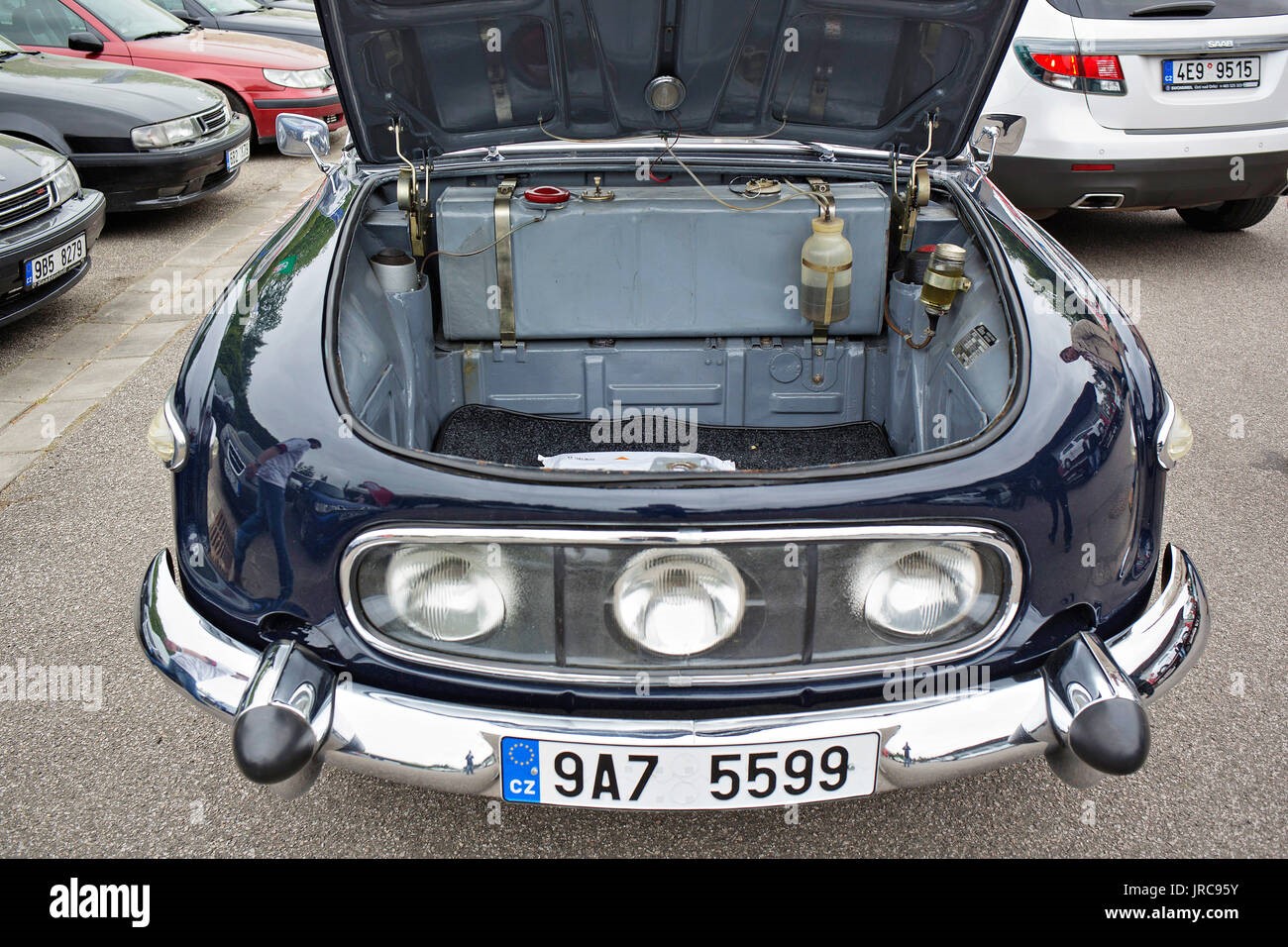
Tatra 603.
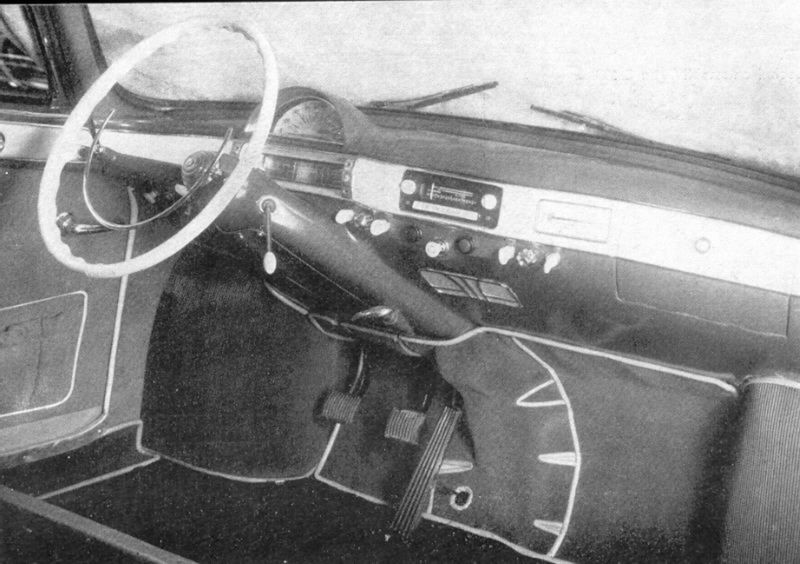
The interior of the Tatra 603-2. Author: Tatra.
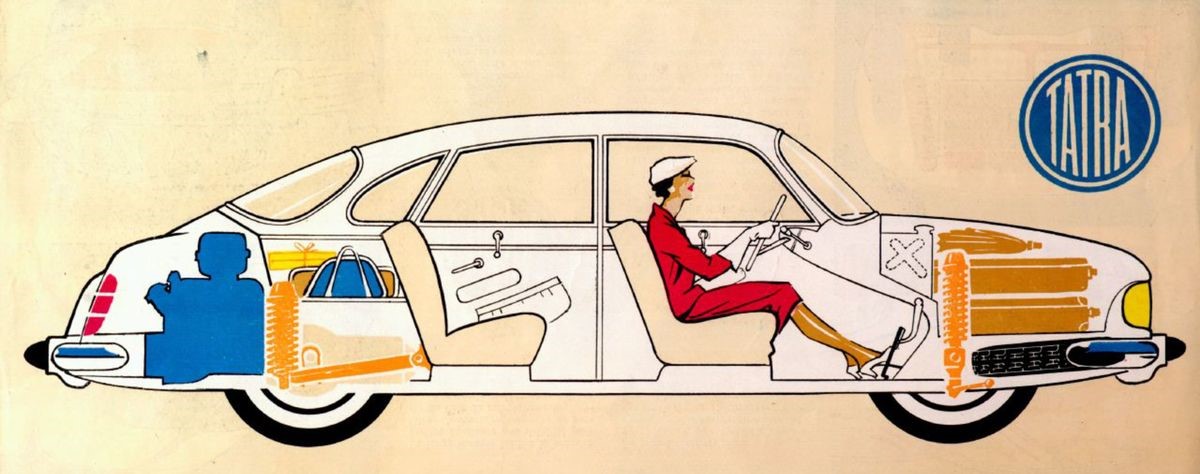
Tatra 603 had two luggage compartments. Author: Tatra.
The rear-engined Tatra 603 came out of Czechoslovakia (which no longer exists), where only high-ranking party officials and heads of factories were driven in them.
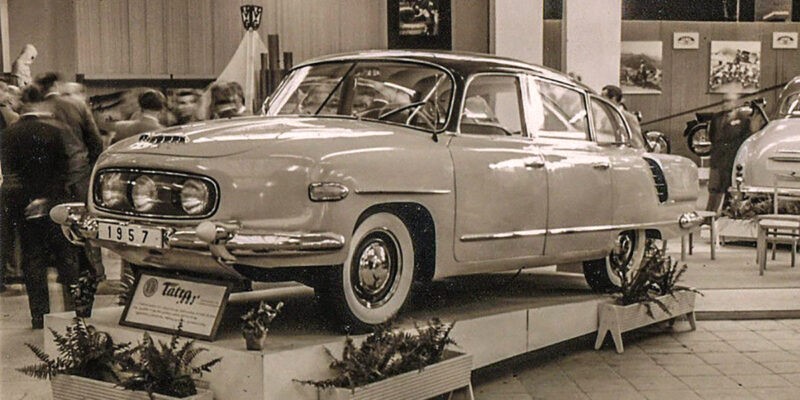
Tatra 603.
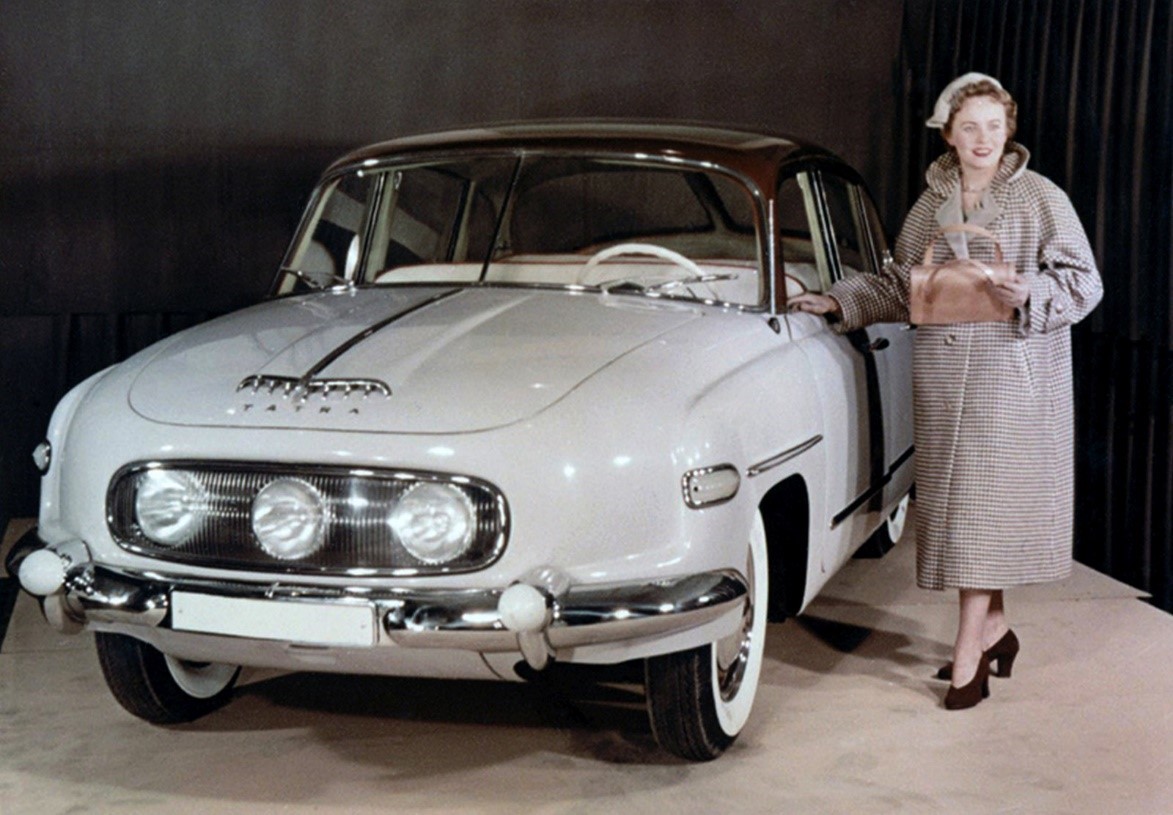
Tatra 603, 1958.
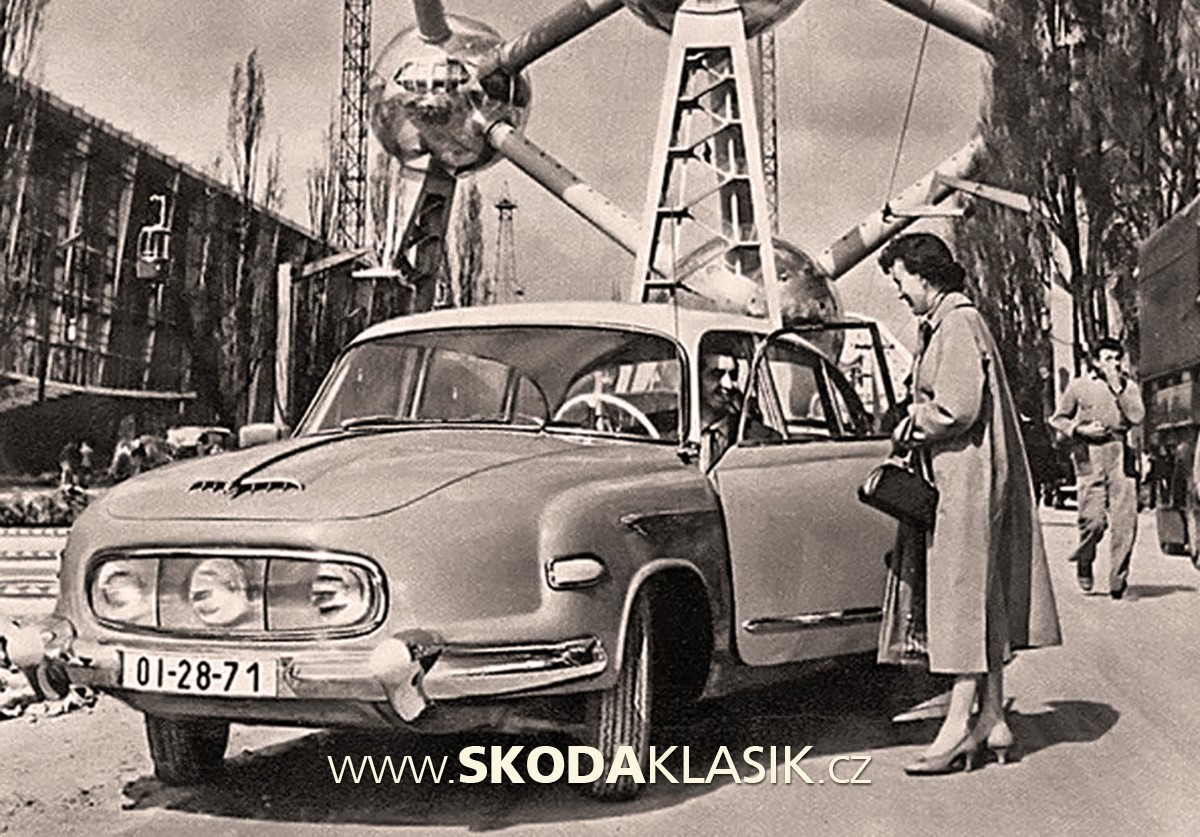
Tatra 603.
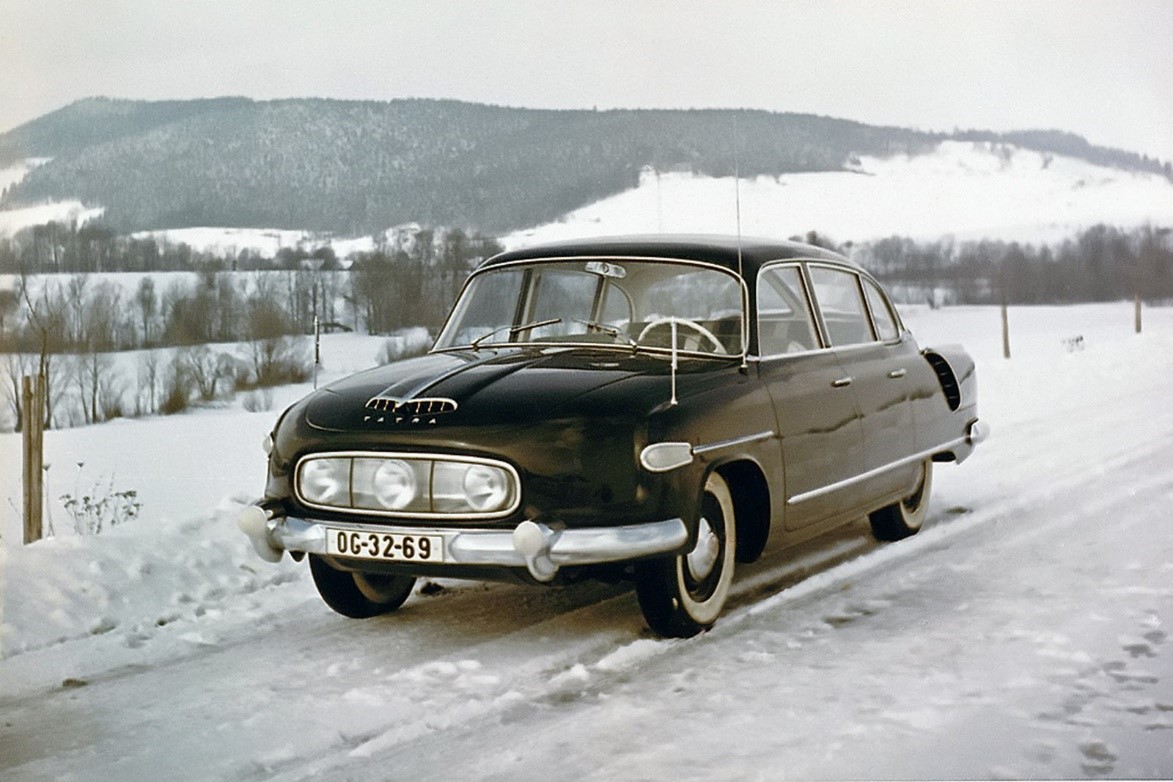
Tatra 603, 1958.
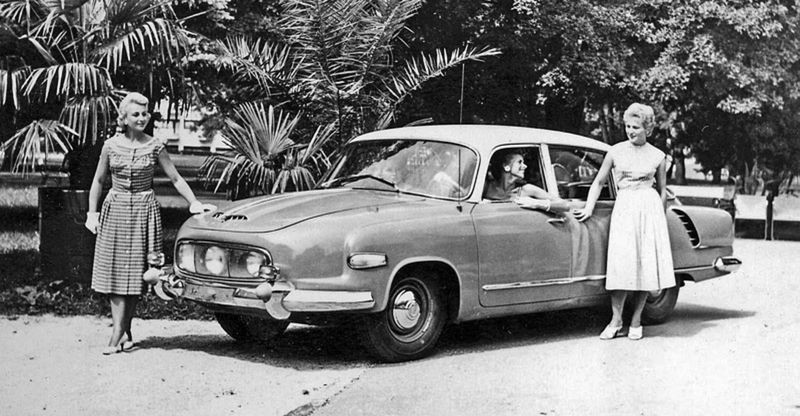
Tatra 603, 1958.
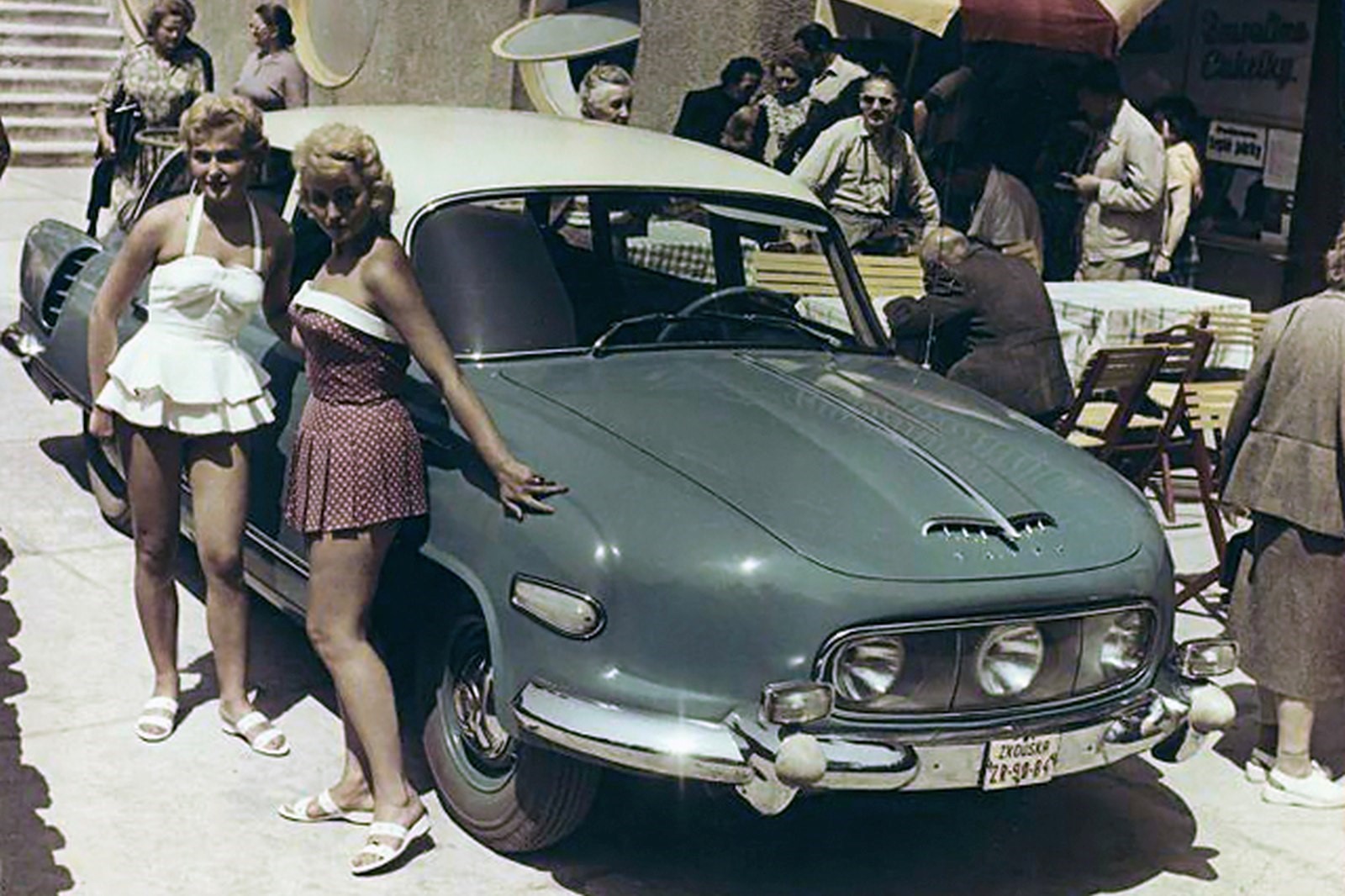
Tatra 603, 1958.
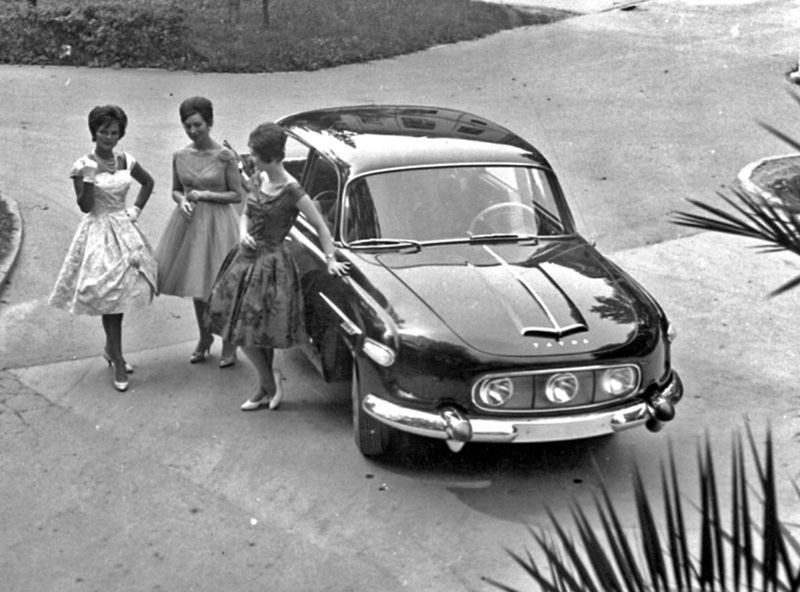
Tatra 603, 1958.
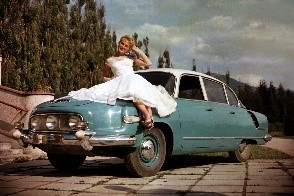
Tatra 603, 1958.
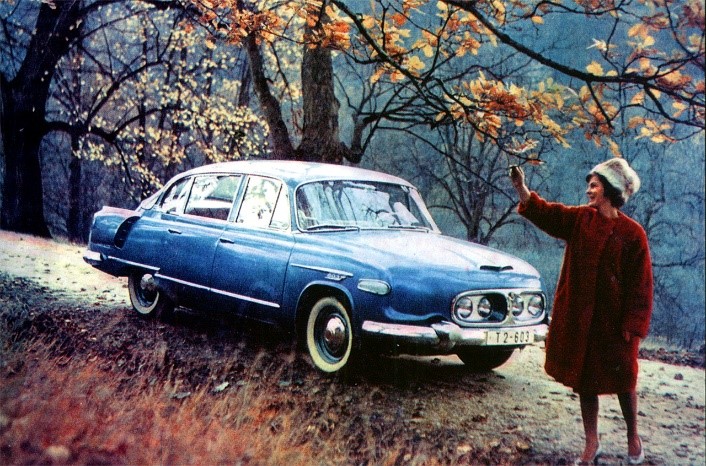
Tatra 603, 1963.
Three versions of the luxury car were manufactured successively between 1956 and 1975. However, as older models were returned to the factory to be exchanged for newer models, the older cars were disassembled and rebuilt to the current styling.
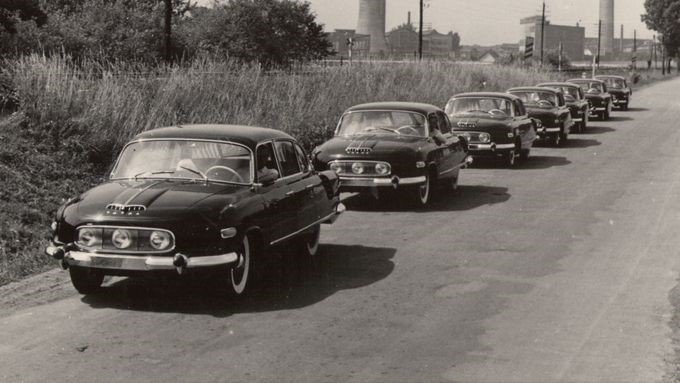
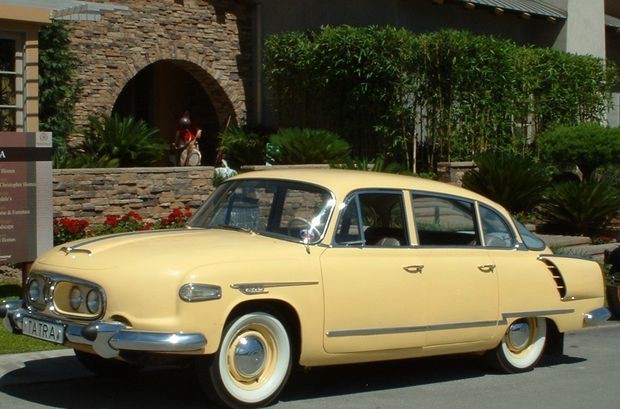
The Tatra 603 was too expensive for ordinary people.
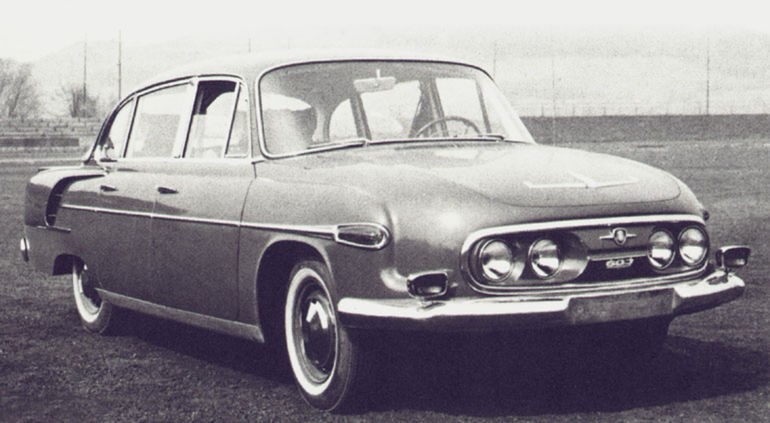
Tatra 603 body has been through twenty years of modifications. The third generation (pictured) was even sold for twice the price of the first series. Author: Tatra.
As a result, most 603s are of the latest styling, regardless of their original production date.
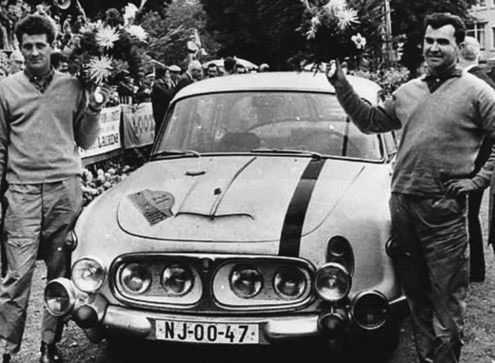
Zdeněk Čechmánek, Alois Mark and Tatra 2-603 after the Marathon de la Route in 1965. Author: Tatra.
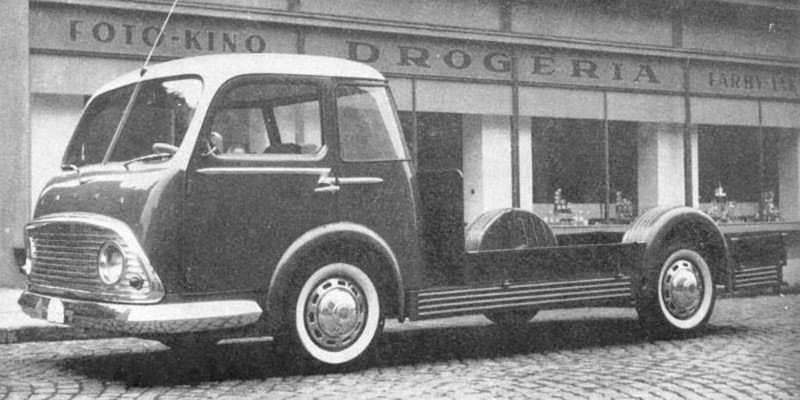
Author: Tatra.
During the car’s 20-year production run, 20,422 were built, mostly by hand.
SMZ
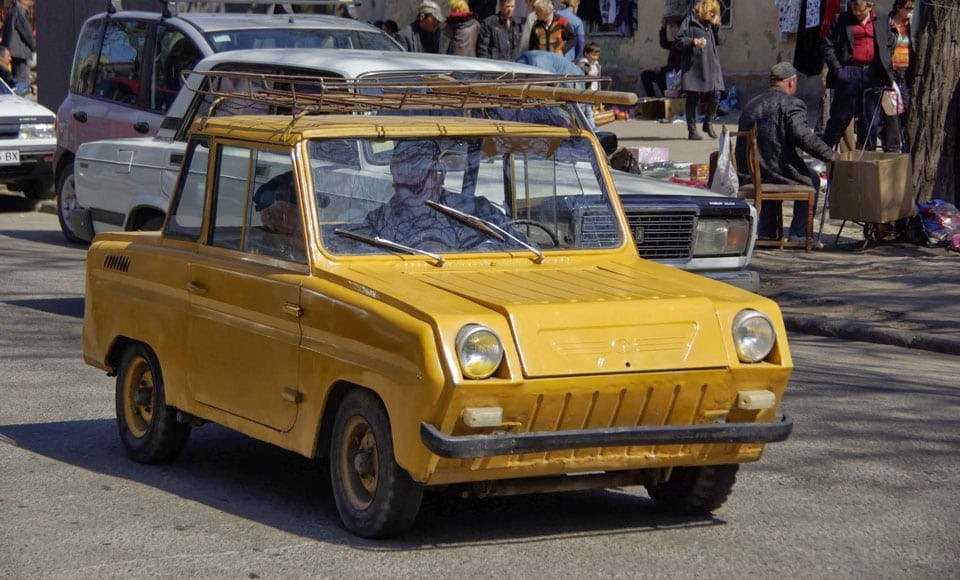
An SMZ.
The SMZ microcar was manufactured in Russia specifically for disabled drivers. They were distributed in the USSR for free or at a significant discount through the Soviet Union’s social welfare system. They were not officially sold to non-disabled purchasers at all. After five years of use, the lessee had to return his ‘motor-wheelchair’ (as they were commonly known) to a social care organisation and was given a new one. Nowadays they’re a rare find, particularly the earlier models and have become a collector’s item.
Trabant 601
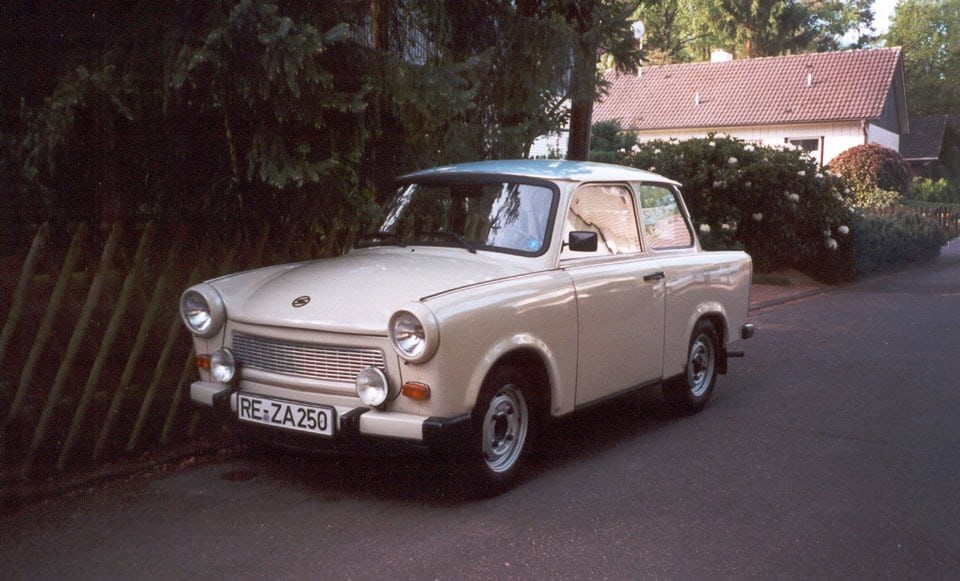
A Trabant 601.
Hallo, Trabi! The Trabant 601, East Germany’s people’s car, is the third generation of the model, the one with the longest production run and easily the best known.
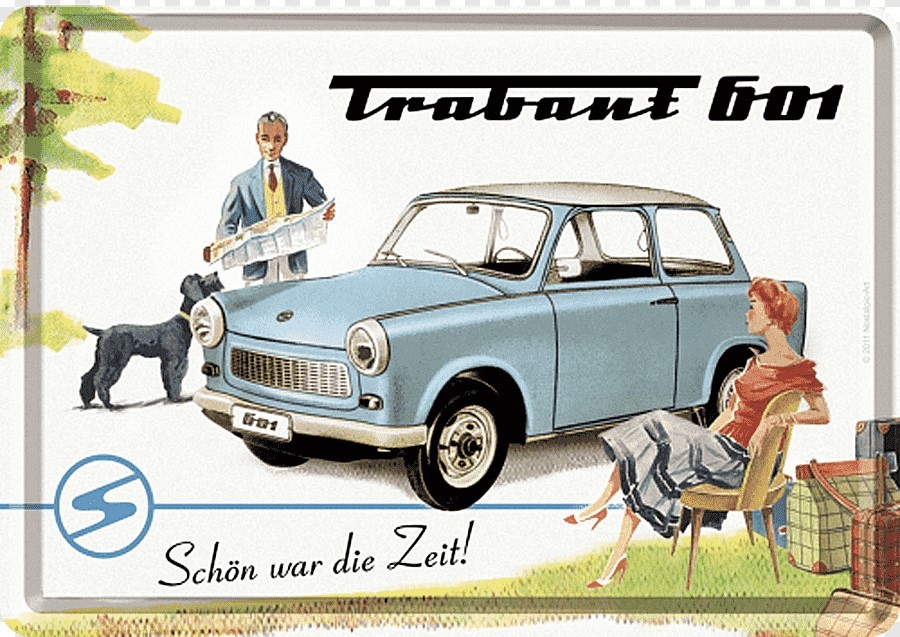
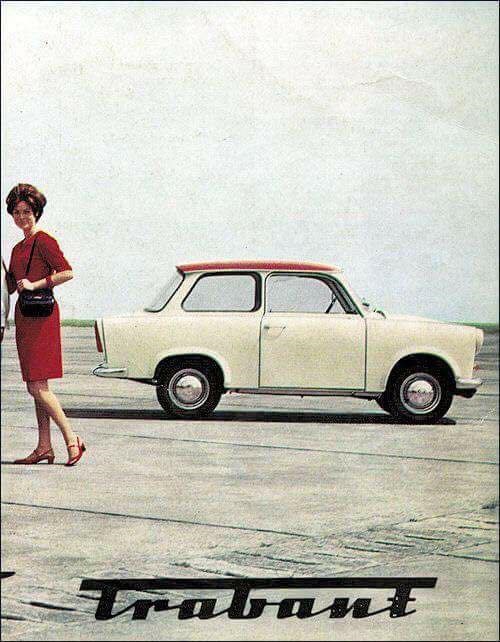
As a result, is often referred to simply as ‘the Trabant’ or the ‘Trabi’.
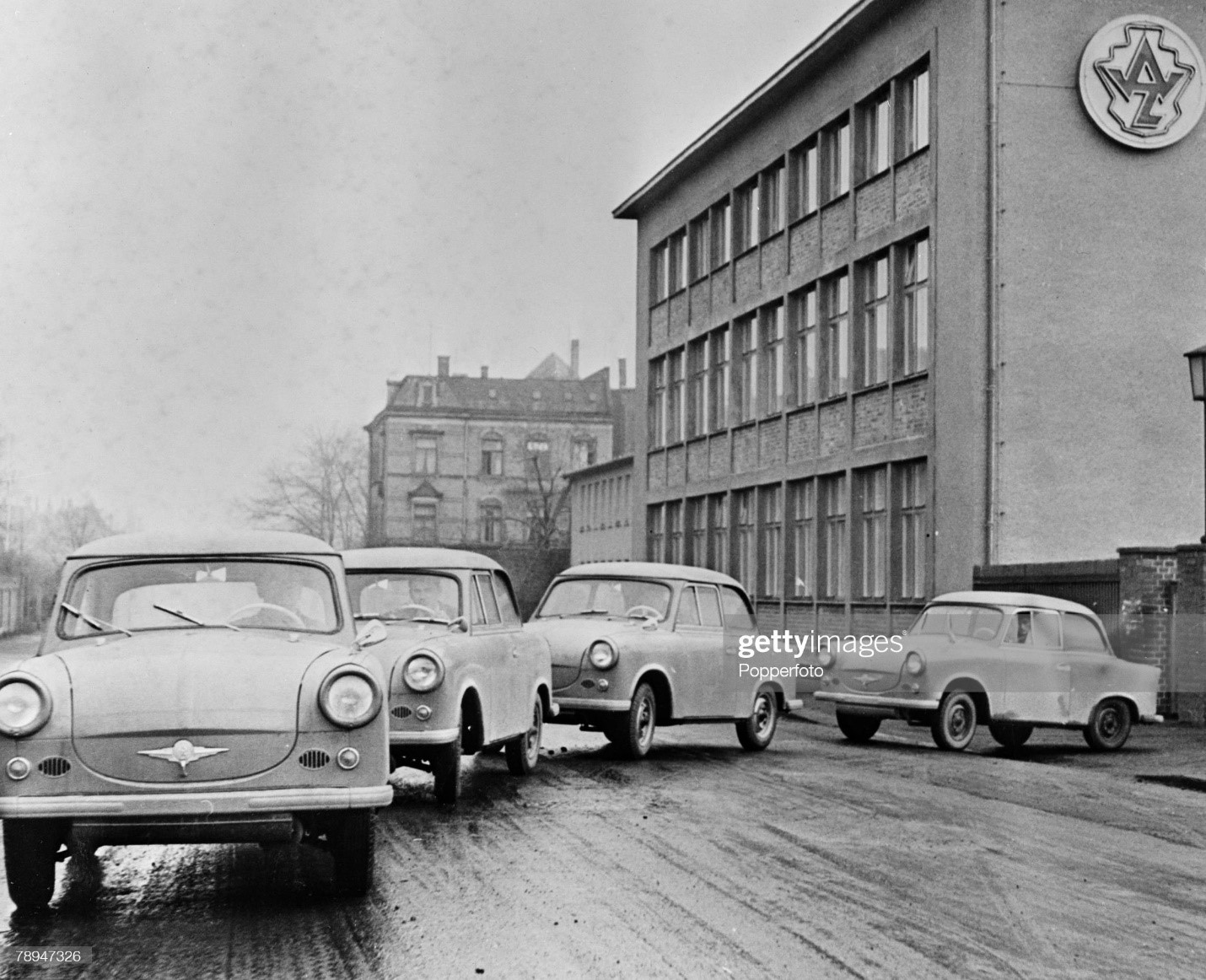
East Germany, January 1958. New cars called the 'Trabant’ leave the Zwinckau factory. Photo by Popperfoto via Getty Images.
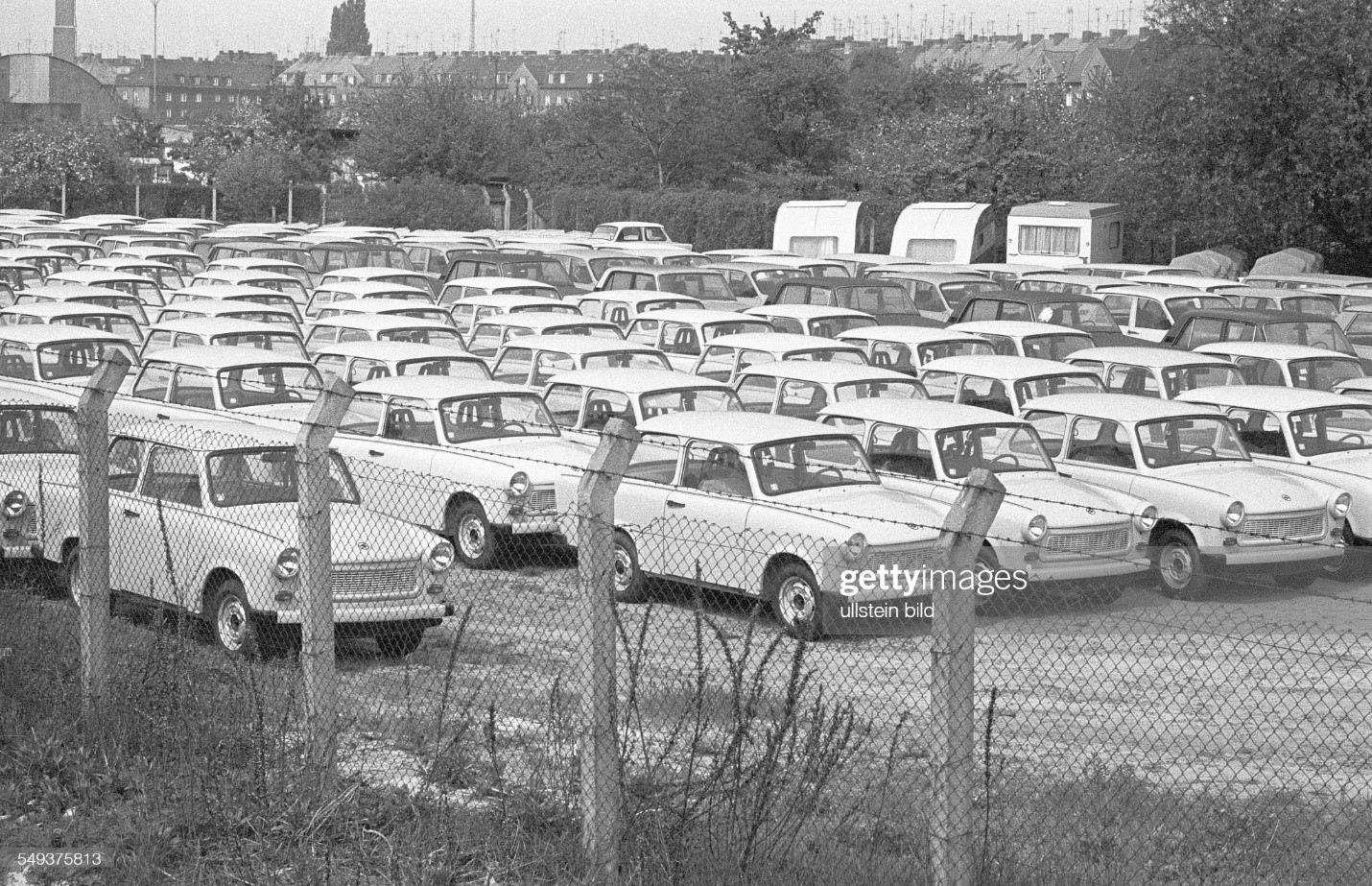
Trabant car distribution center in Brandenburg, Germany. Photo by Mehner / Ullstein Bild via Getty Images.
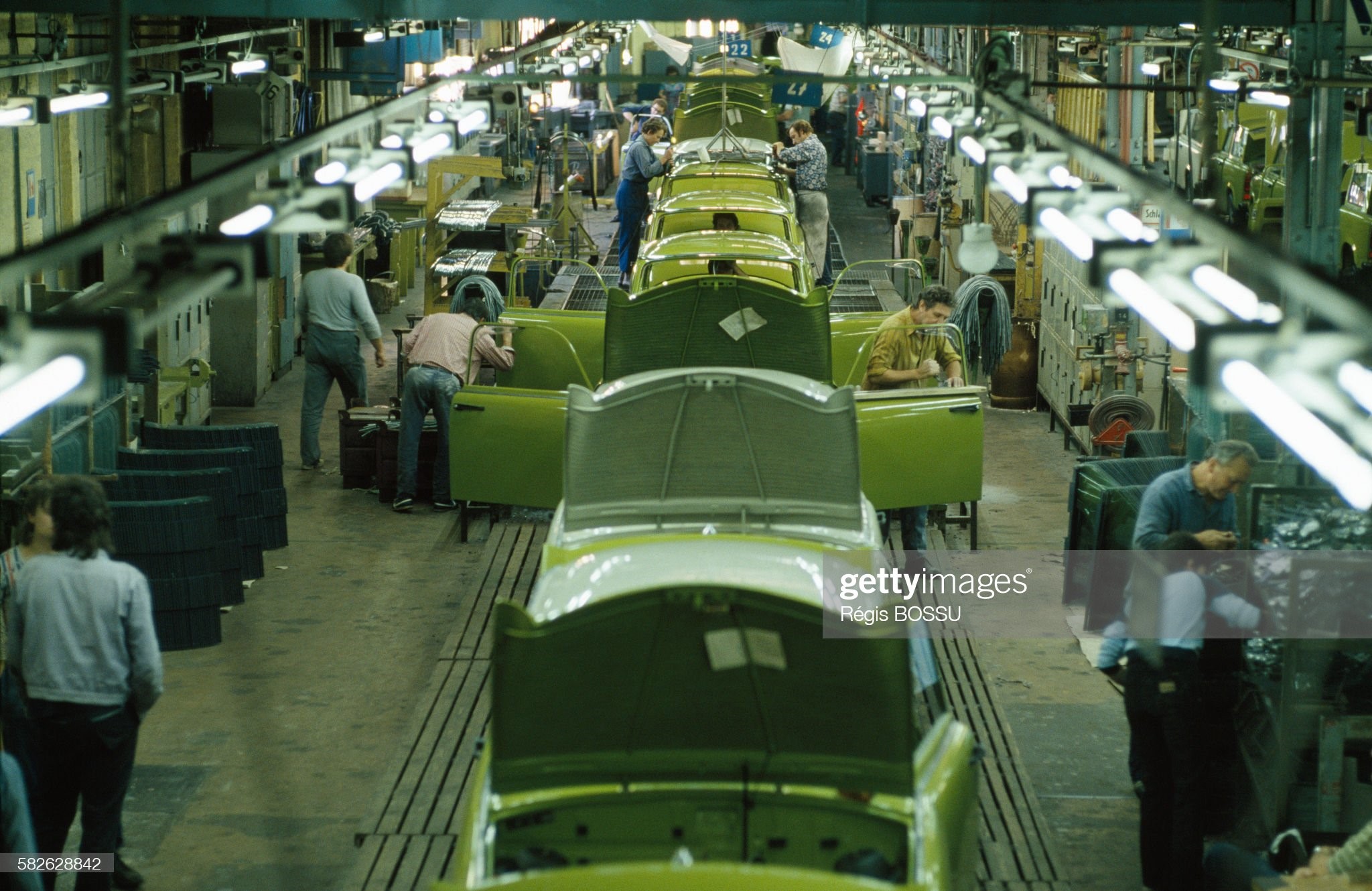
Trabant car factory in Zwickau, East Germany. Photo by Régis Bossu / Sygma via Getty Images.
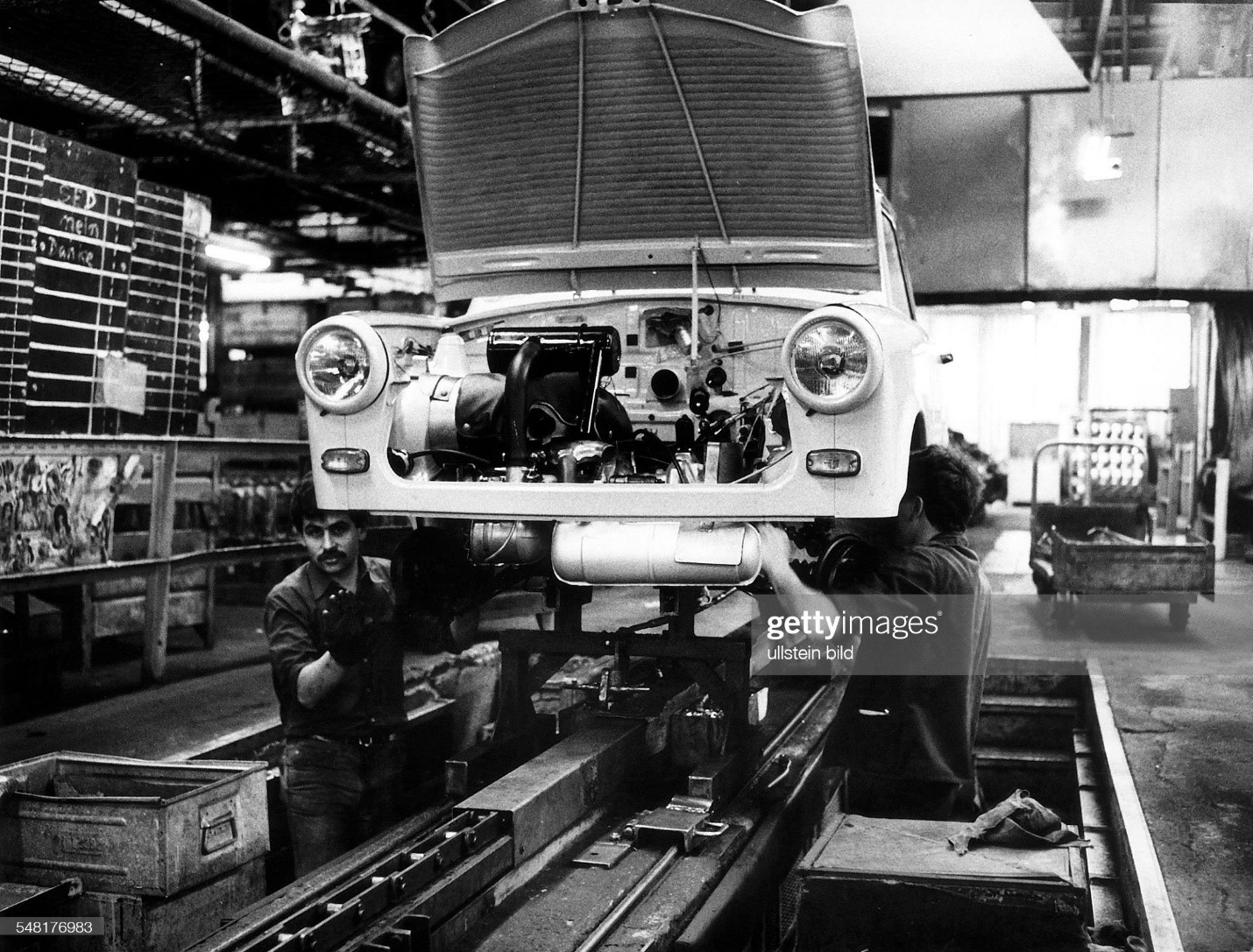
Trabant Produktion in Zwickau in 1989. Photo by Andreas Hampel / Ullstein Bild via Getty Images.
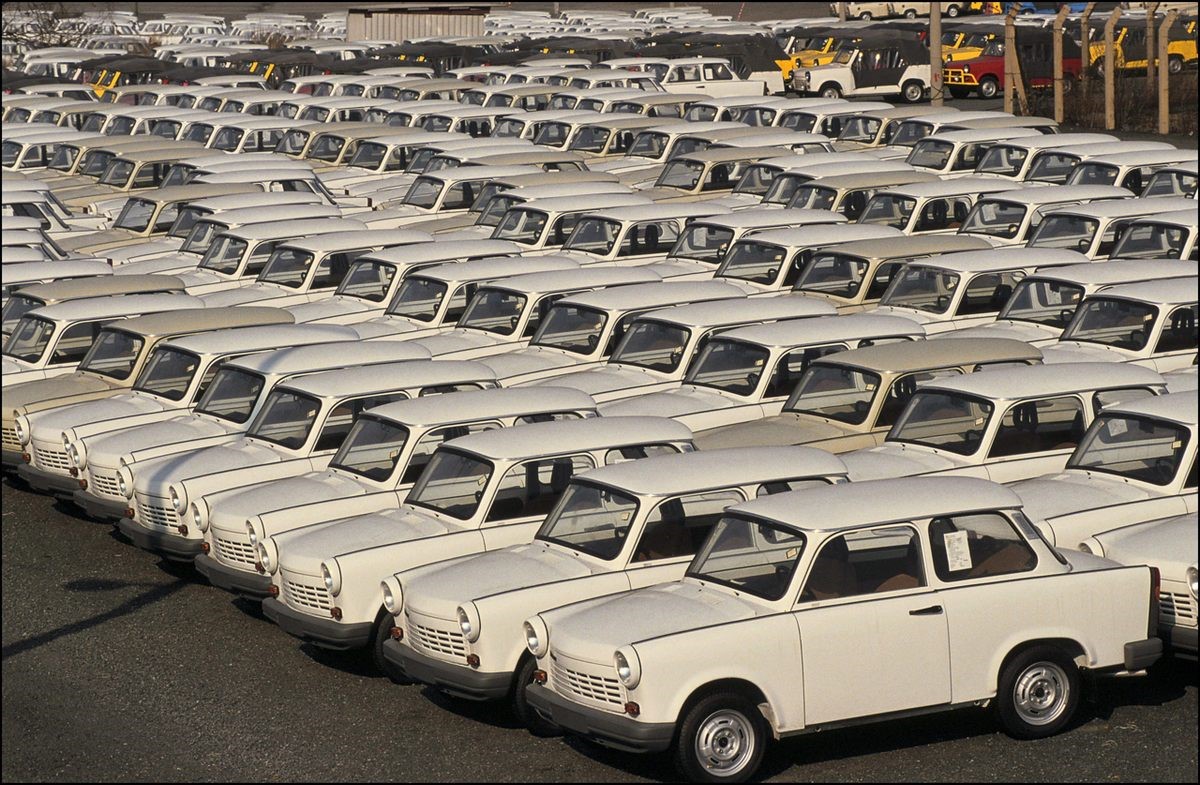
One last batch of Trabants in 1991 at the factory lot in Zwickau, Germany. Patrick PIEL / Gamma - Rapho via Getty Images.
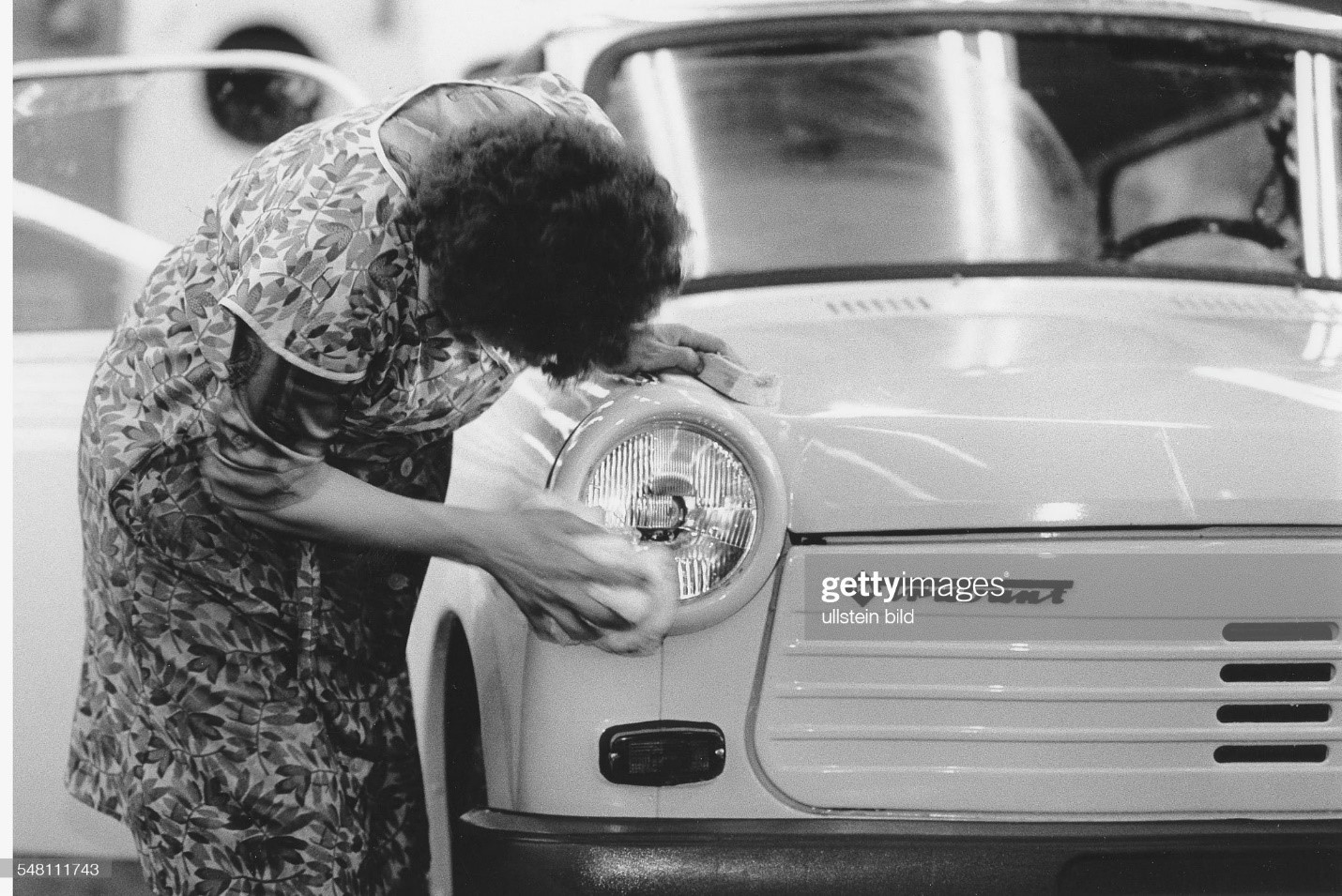
Trabant - Sachsenring Zwickau plant: final assembly of the Trabant 1.1 ten days before the final end of Trabant production: a worker polishes the headlight. Photo by Langrock / Ullstein Bild via Getty Images.
During its production, run from 1963 to 1990, the Trabant was the most common vehicle in former East Germany.
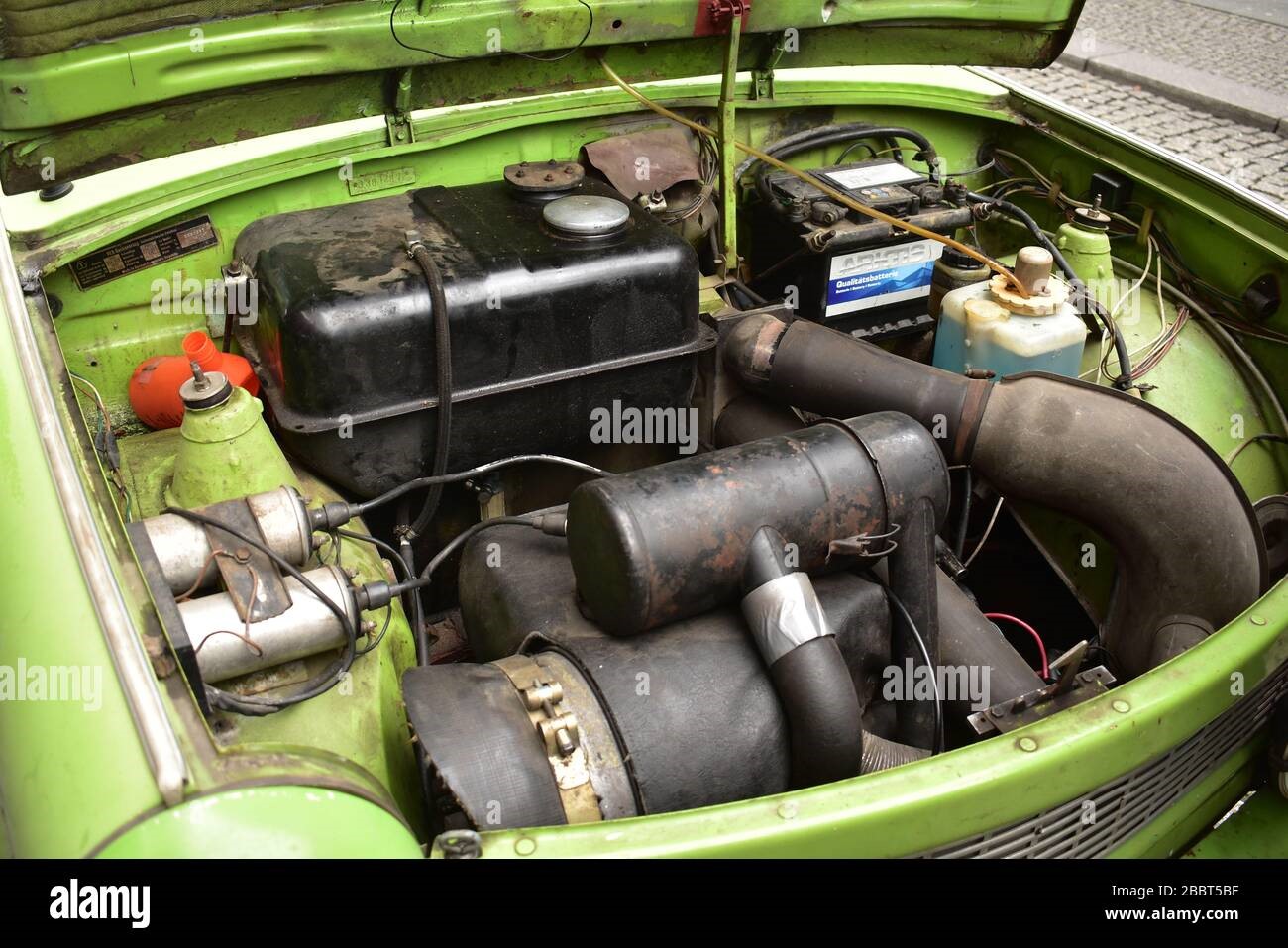
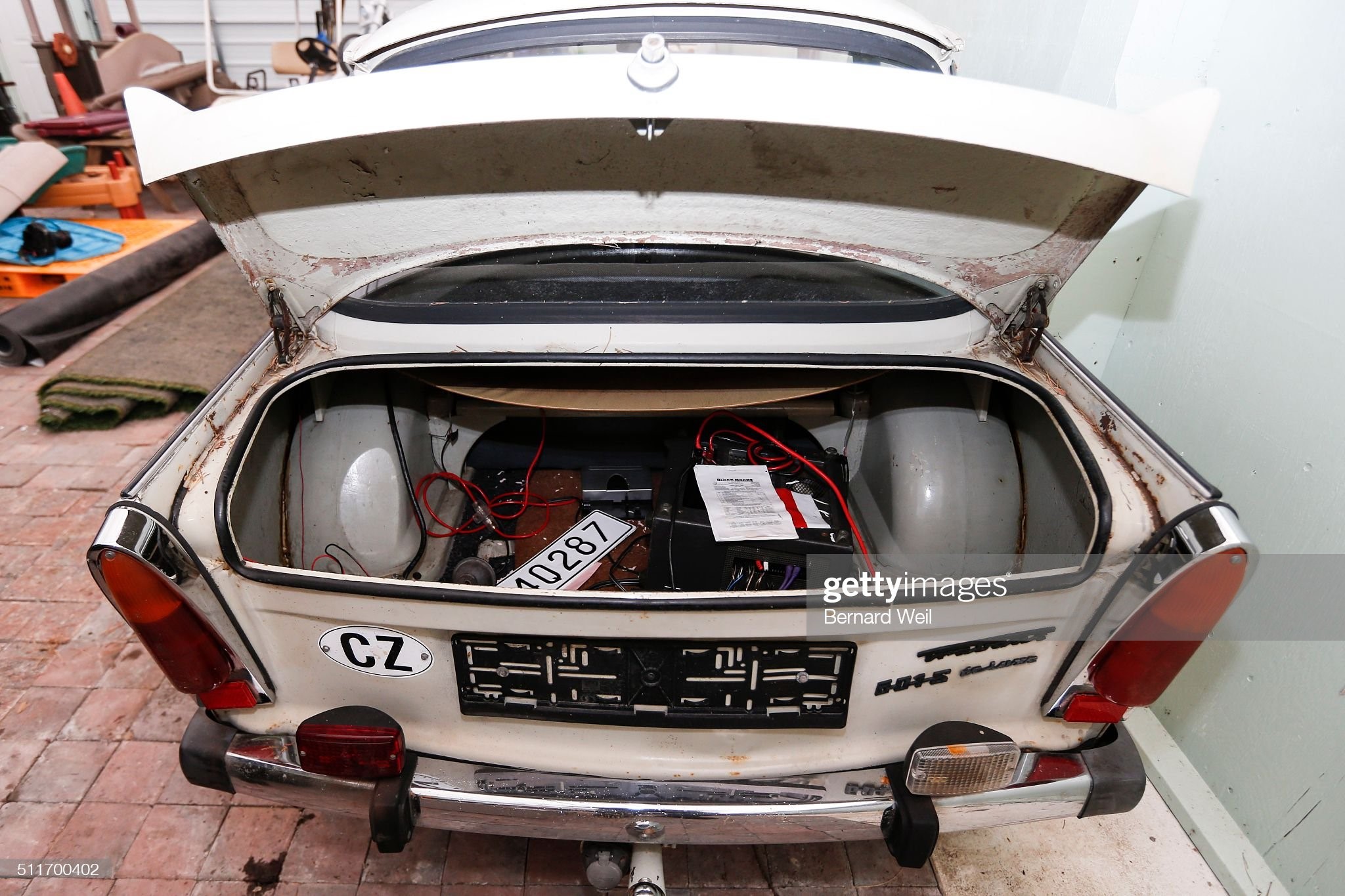
Richard Zabehlicky is the proud owner of a 1981 Trabant, made in East Germany. February 10, 2016. Bernard Weil / Toronto Star via Getty Images.
The Trabant 601 was built to be reliable but very affordable and easy to repair and maintain.
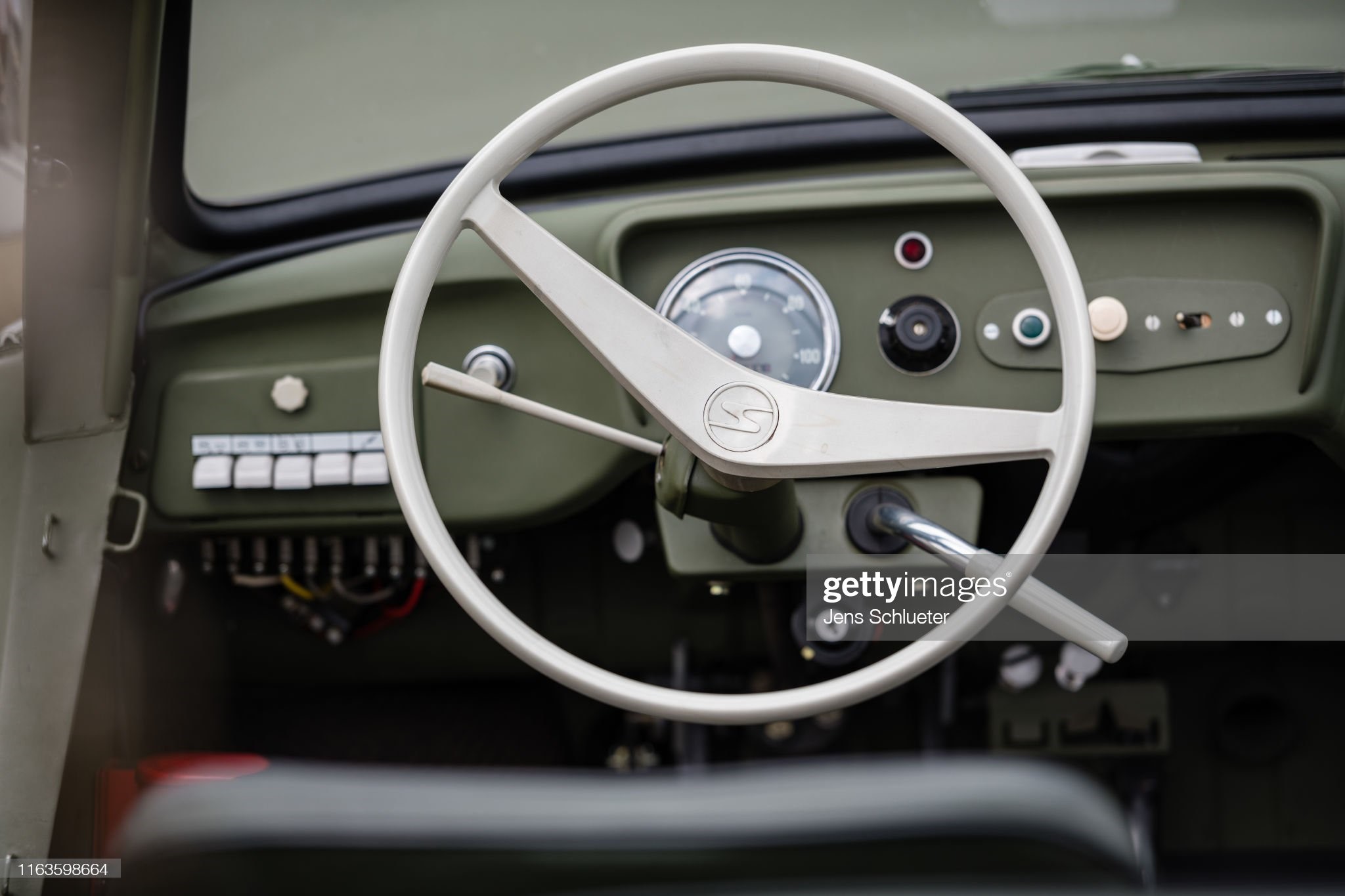
A East Germany-era Trabant car stands at the annual gathering of Trabant enthusiasts on August 24, 2019 in Zwickau, Germany. Photo by Jens Schlueter / Getty Images.
Performance was appalling and the car was literally made out of plastic, but East Germans loved them.

In recent years, the Trabant has become popular with collectors (especially green ones, which are said to bring good luck) and in rally racing.

German woman's leg inside bathtub.

A woman from GDR pushes a vacuum cleaner across the carpet in November 1962. Photo by Wilfried Glienke / Ullstein Bild via Getty Images.
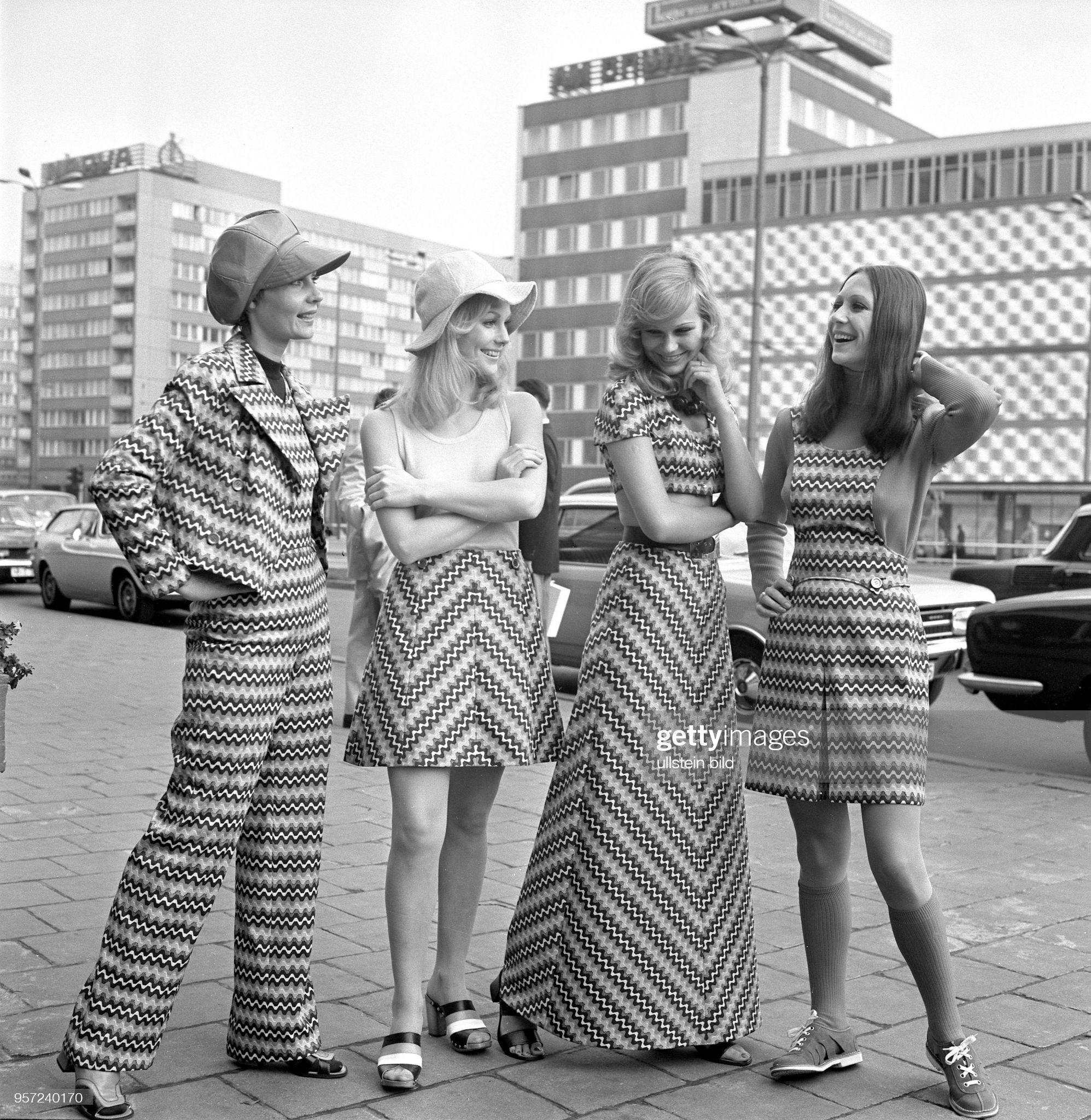
Four young women in Leipzig in 1972. Photo by Ulrich Hässler / Ullstein Bild via Getty Images.
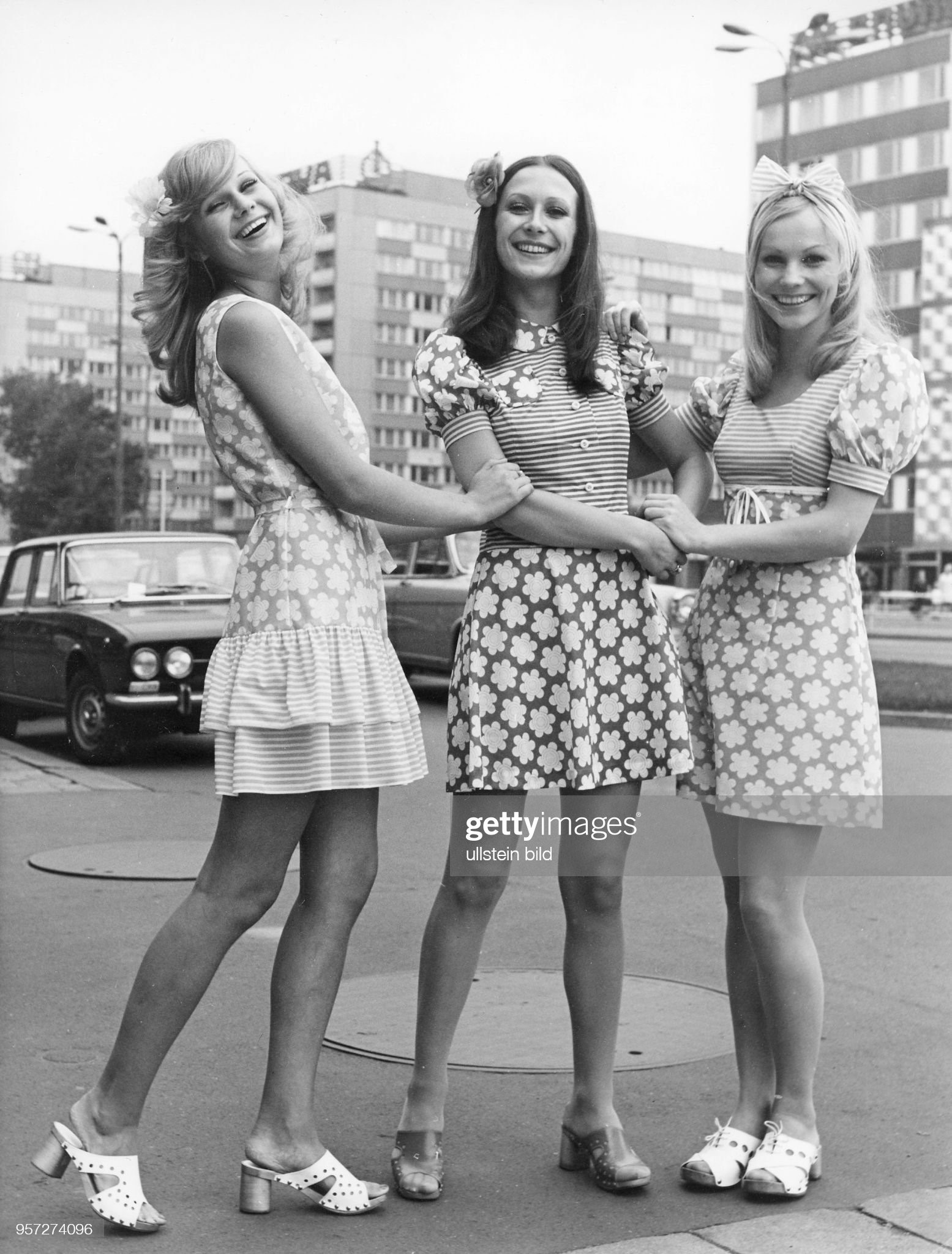
Three young women in Leipzig in 1972. Photo by Ulrich Hässler / Ullstein Bild via Getty Images.
30 years on, the ‘worst car ever built’ has a fervent fan club. Made in the former East Germany, Trabants have inspired many a mean joke and a devoted community. By Laura Kiniry. August 05, 2019.
In the 1991 German comedy film, ‘Go Trabi go’, a family from the former German Democratic Republic (GDR) goes on a road trip to Italy in their beloved Trabant 601, the most popular car in East Germany before the collapse of the Iron Curtain. At one point their vehicle’s head gasket blows and the father makes an emergency phone call. When he tells a mechanic over the line that he’s driving a Trabant 601, the mechanic chuckles and says, “I hope you’ve got some sticky tape.”
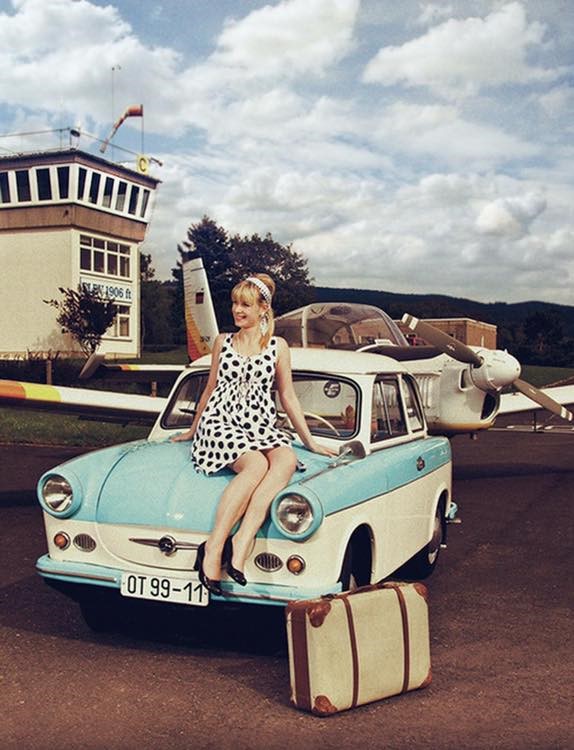
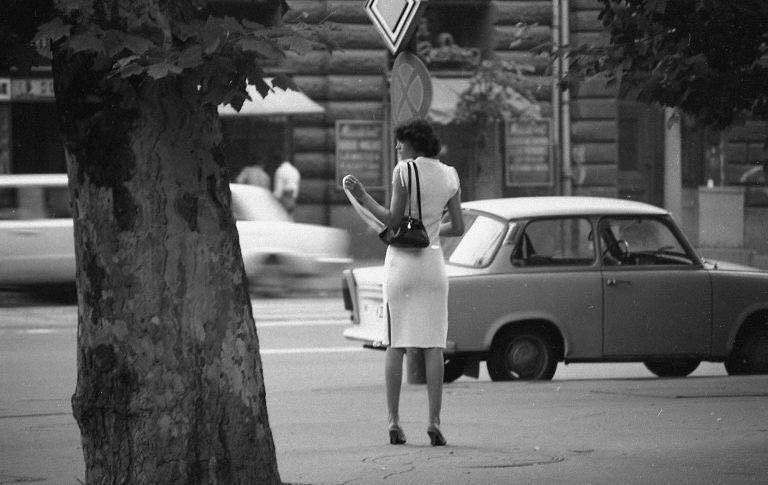
Over the years, the “Trabi” (as it’s affectionately known) has been the butt of endless jokes associated with East Germany.
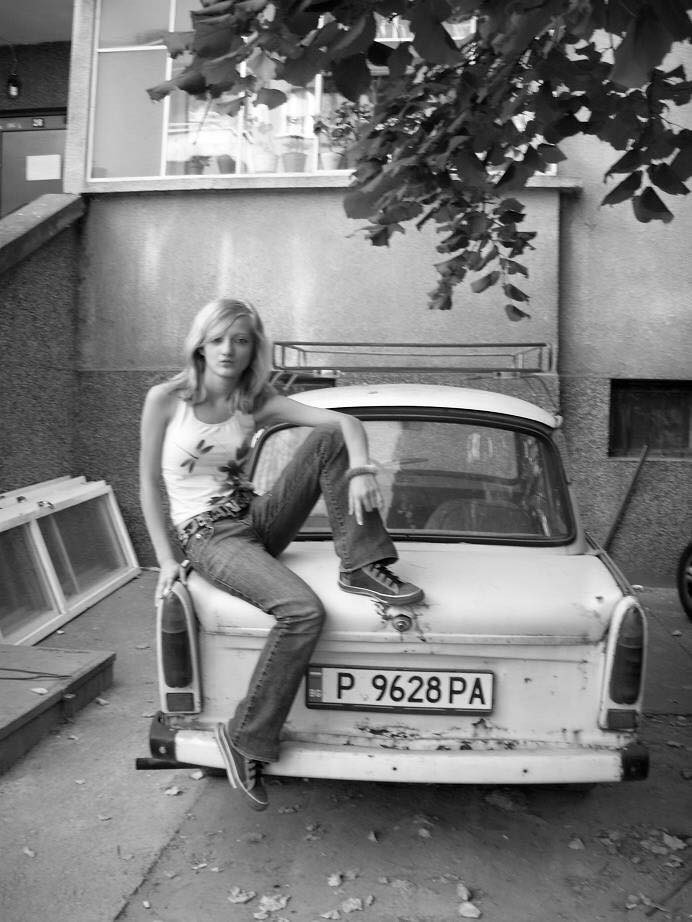
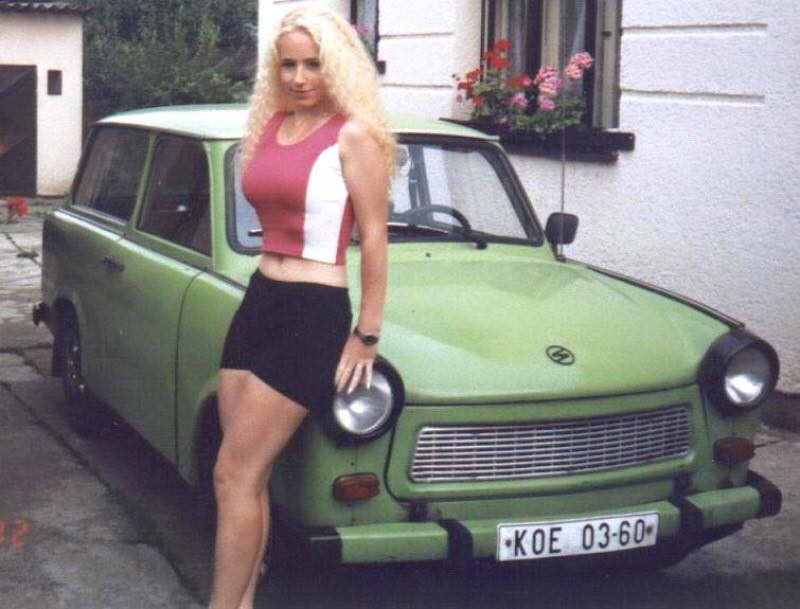
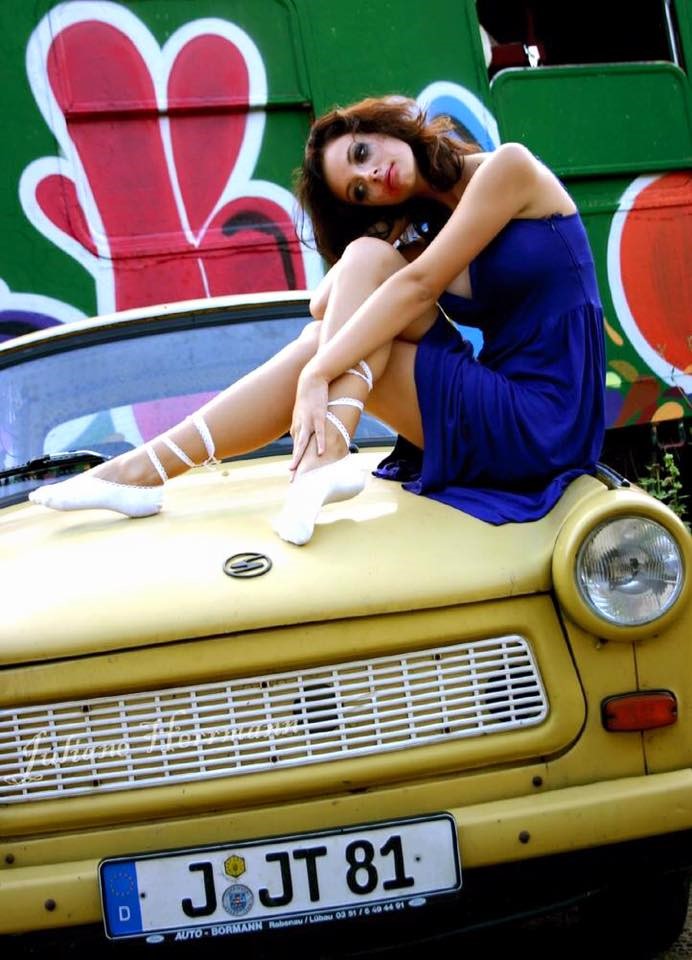
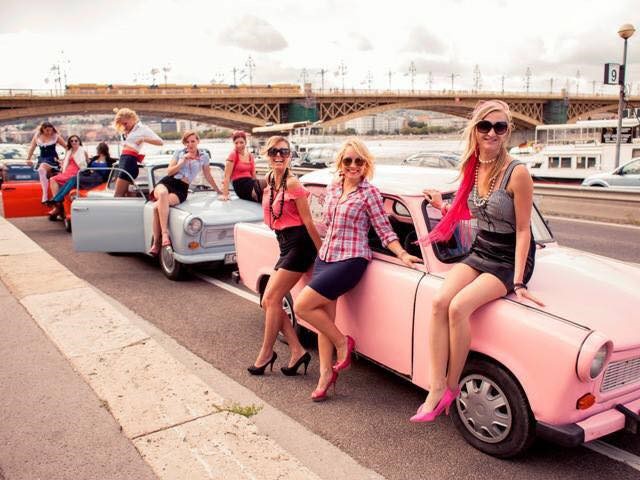
With its bare interior, oddly-designed stick shifter and an exterior made of Duroplast, a rust-resistant, cotton-reinforced resin plastic that’s lighter and stronger than steel (and more importantly, could be manufactured in the GDR), the standard four-seater Trabi sedan has been referred to as one of the “worst cars ever built” and “East Germany’s terrible car that will never die.”

Add to this its two-stroke engine, the same kind used in lawnmowers and Asia’s tuk-tuks and it’s understandable why there are quips like “why does a Trabi have a heated rear window? To keep your hands warm while you push.”
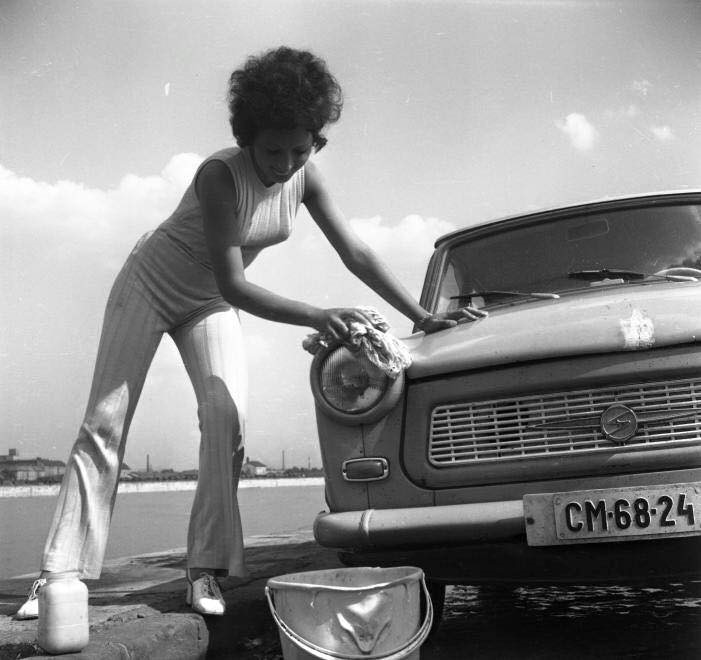
Produced from 1957 until 1991, the Trabi has earned the nicknames “spark plug with a roof” and “cardboard racer” because of its seemingly shoddy design.
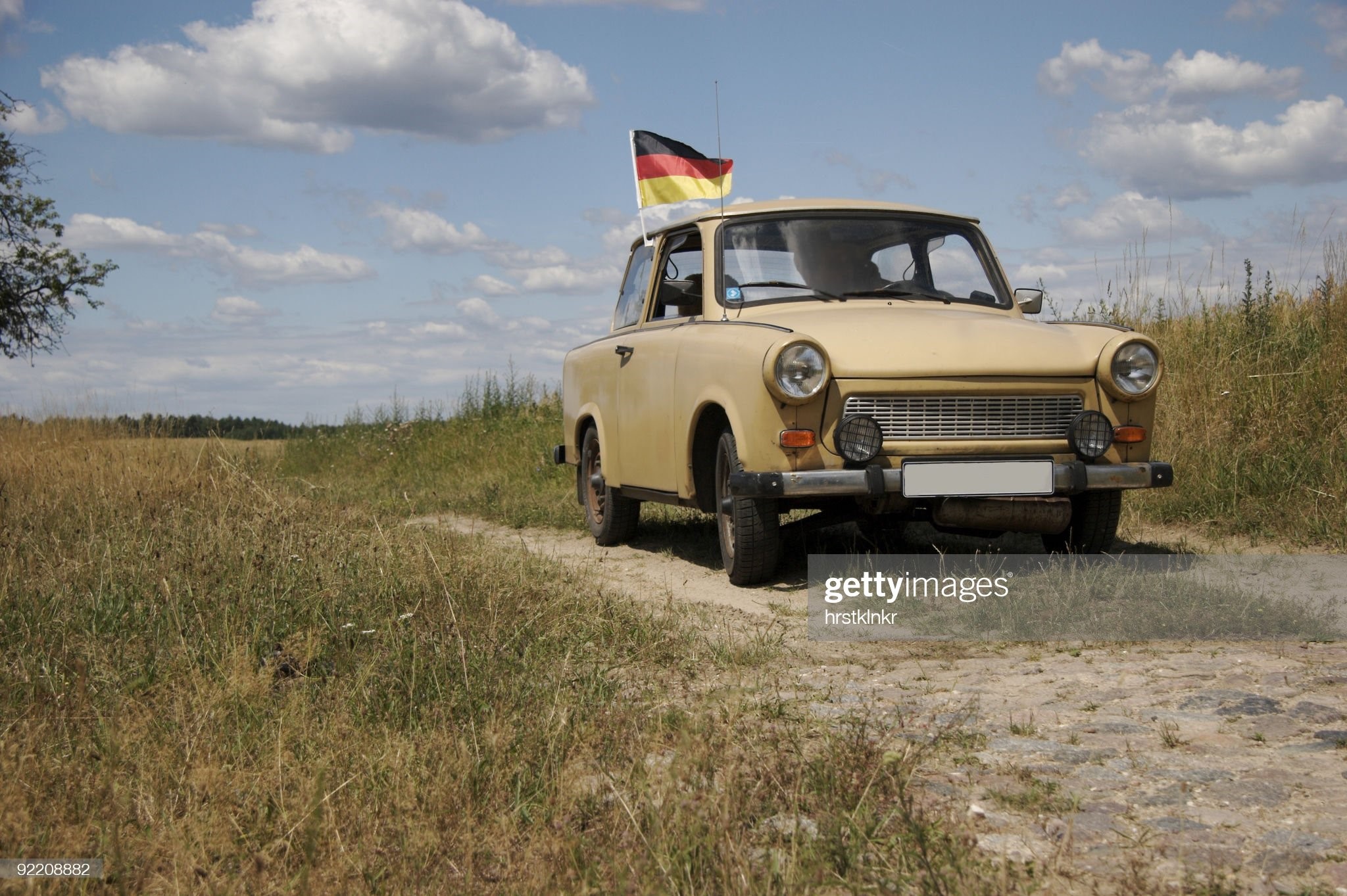
A Trabant, car from GDR, built in 1986. Stock photo.
To many Westerners, Trabis remain a prime example of East German repression and the governing Socialist United Party’s archaic ways.
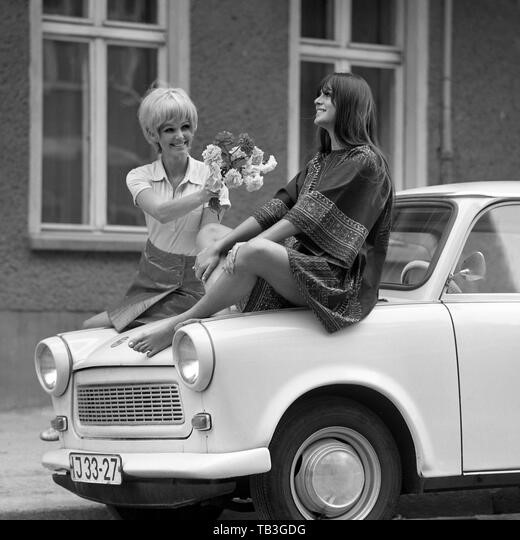
July 07, 1971, Berlin, GDR. A young woman hands flowers to her friend sitting on a Trabant. Alarm Stock photo.
Trabis had no fuel gauge, air conditioning, no indicator for turn signals or brake lights and could only reach a maximum speed of 62 miles per hour. Once the Wall came down, Trabis just couldn’t compete with Western vehicles and seemingly overnight East Germany’s most coveted car became almost obsolete. Europe’s advanced emission standards mean you’ll see few original Trabis on the road today, though there are believed to be around 34,000 still registered in Germany.
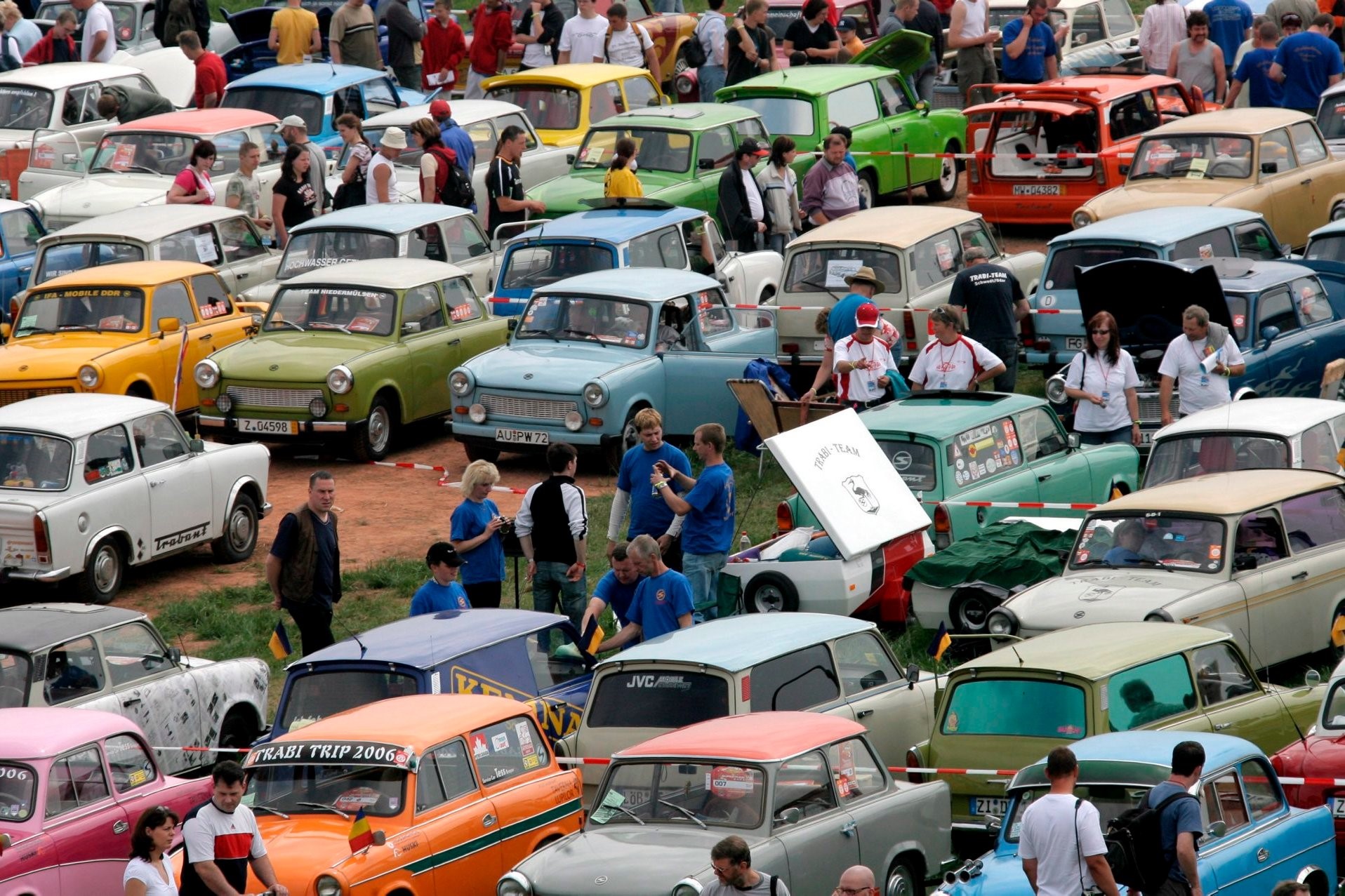
For collectors of this smoke-spewing, motor-sputtering vehicle, the Trabi is their pride and joy.

German Democratic Republic Bezirk Rostock Prerow (Darss): young girl in the Baltic Sea at the nudist beach in 1977. Photo by Harald Lange / Ullstein Bild via Getty Images.
It’s a car that calls to mind memories of Cold War-era holiday road trips into Germany’s Thuringian Forest and nude beaches along the Baltic Sea.

German Democratic Republic, nudist beach and camping groung at Motzener Lake on July 10, 1989. Photo by Klöppel/ullstein bild via Getty Images.

A young woman on July, 10 1989 poses with sunglasses at the Zeesener See in Senzig-Waldesruh, where the more than 60-year-old paradise for nudists, the nudist friends from Berlin and the surrounding area is hidden in a wooded area. Photo by Eberhard Klöppel / Ullstein bild via Getty Images.
One that some GDR families waited up to 16 years to receive and that could be fixed using household tools. Trabis provided some independence in a country where independence was almost nil.
“Trabis have a soul, I think,” says 42-year-old Romy Löbel, a Trabi enthusiast and German native who first started collecting Trabants in 1996 (she now has two). “[When you’re driving one], it’s only the street, the little two-stroke engine and the world around you.“ Löbel grew up in the former East Germany in a town called Chemnitz, then known as ‘Karl-Marx-Stadt.’ For her, Trabis were a part of everyday life. “They provide a special kind of freedom,” she says.
“I really love the smell and sound of Trabis,” says Florian Vogel, a 28-year-old from Kaiserslautern, Germany, who also says its simplicity of upkeep is a major selling point. “It’s so easy to maintain,” he says.
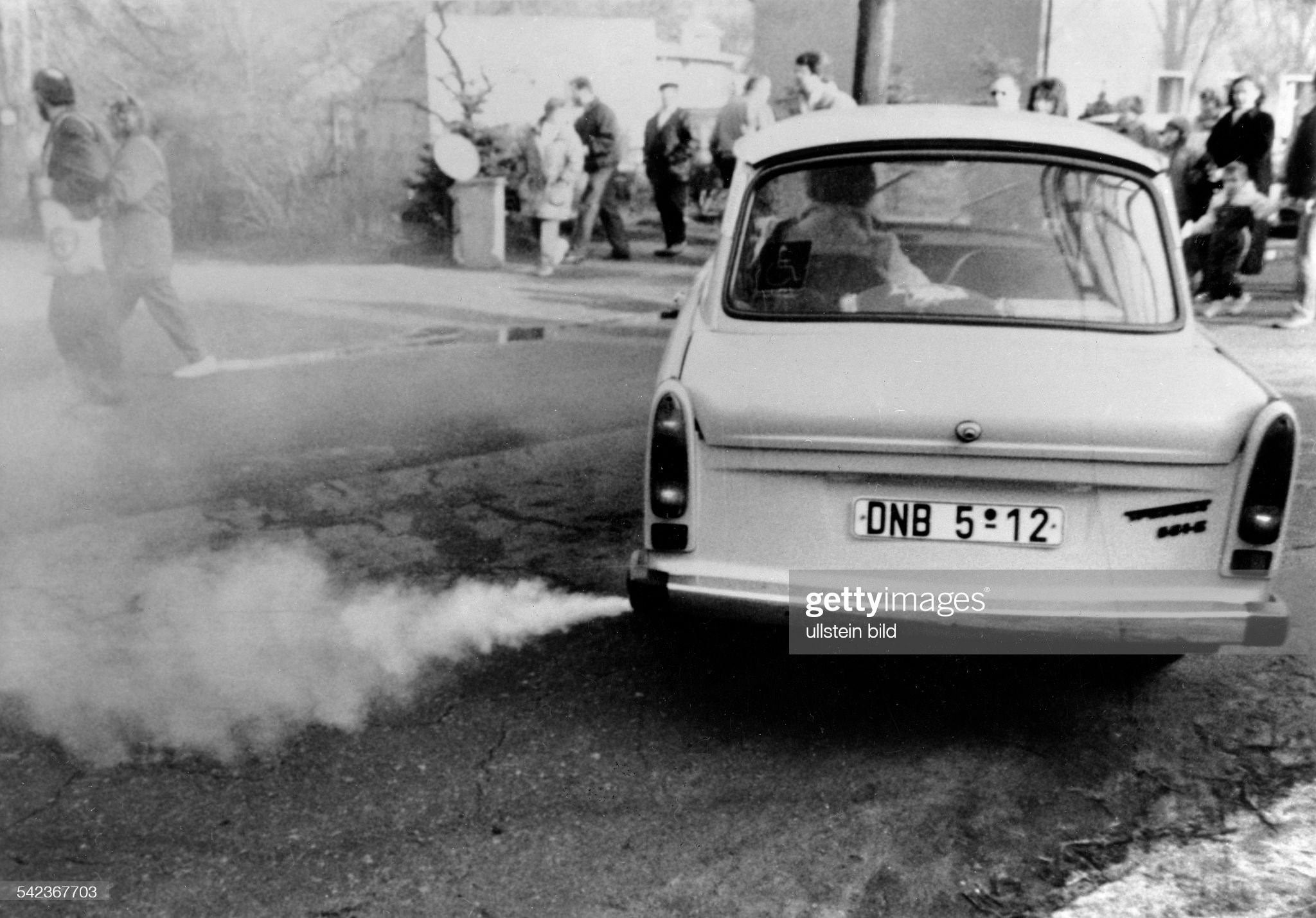
Exhaust gases of a ‘Trabant’ in 1990. Photo by Gabriele Fromm / Ullstein Bild via Getty Images.
The Trabi has an especially potent exhaust smell that’s a 50:1 mix of gasoline and two-stroke oil and its engine makes a 'vroom vroom' noise. Vogel currently owns four of the cars, a 1984 white and a 1989 blue sedan, each with the original two-stroke engine and two 1991 station wagons with four-stroke VW Polo engines (these were part of the final Trabant production models released in 1990-1991).
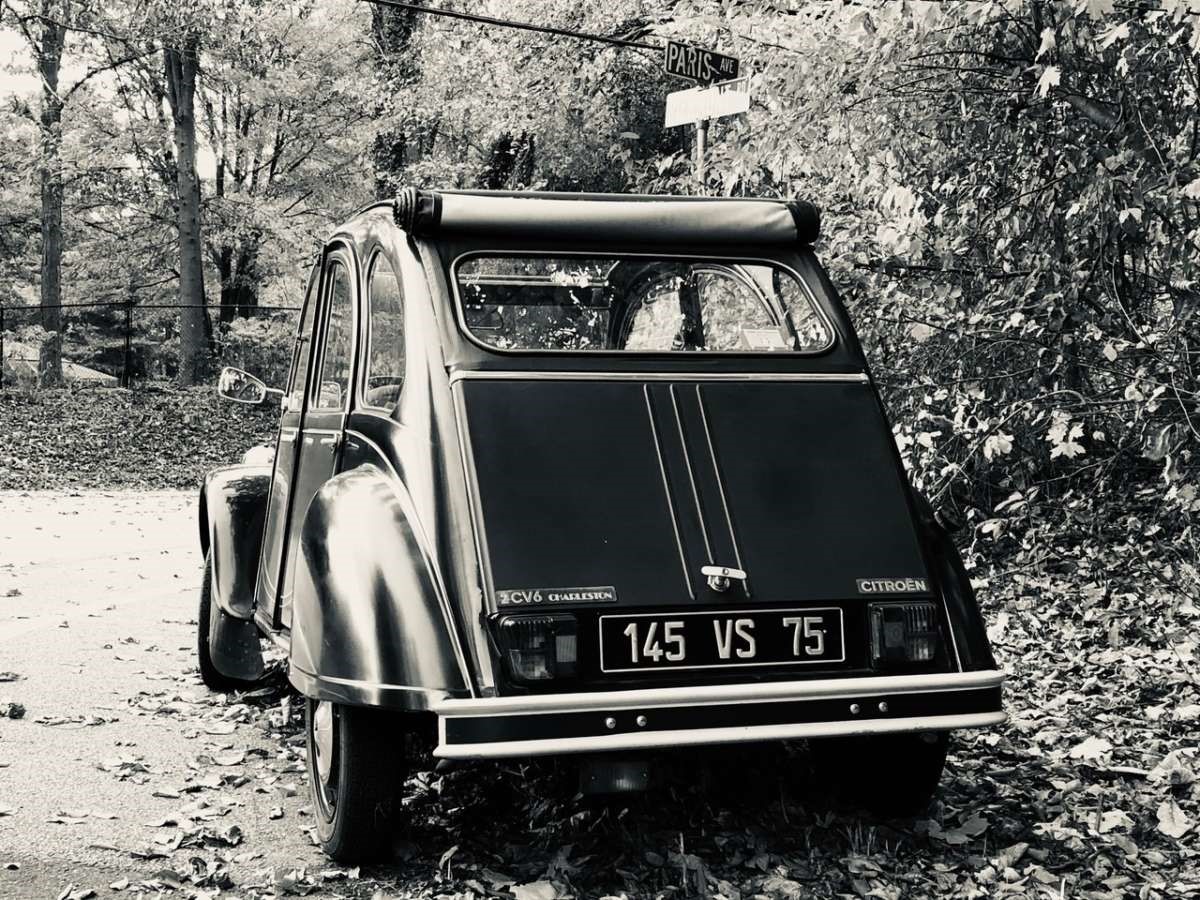
A Citroen 2CV.
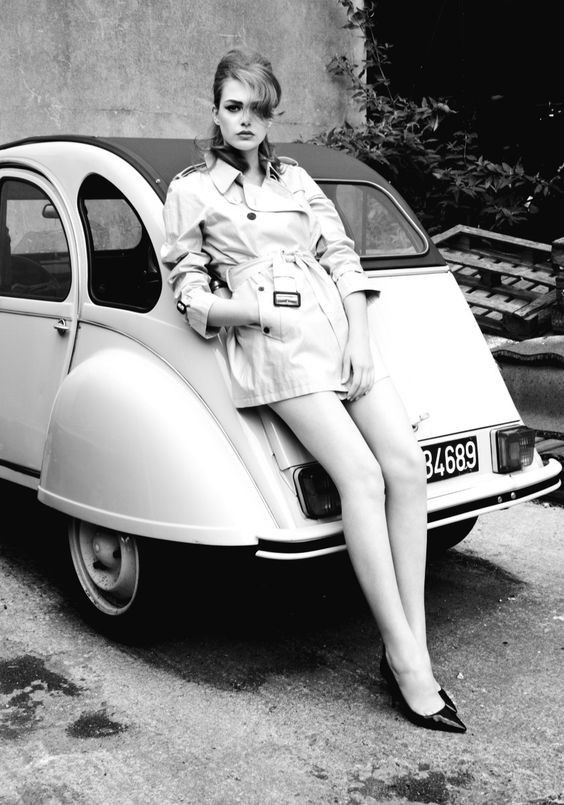
A girl and a Citroen 2CV.
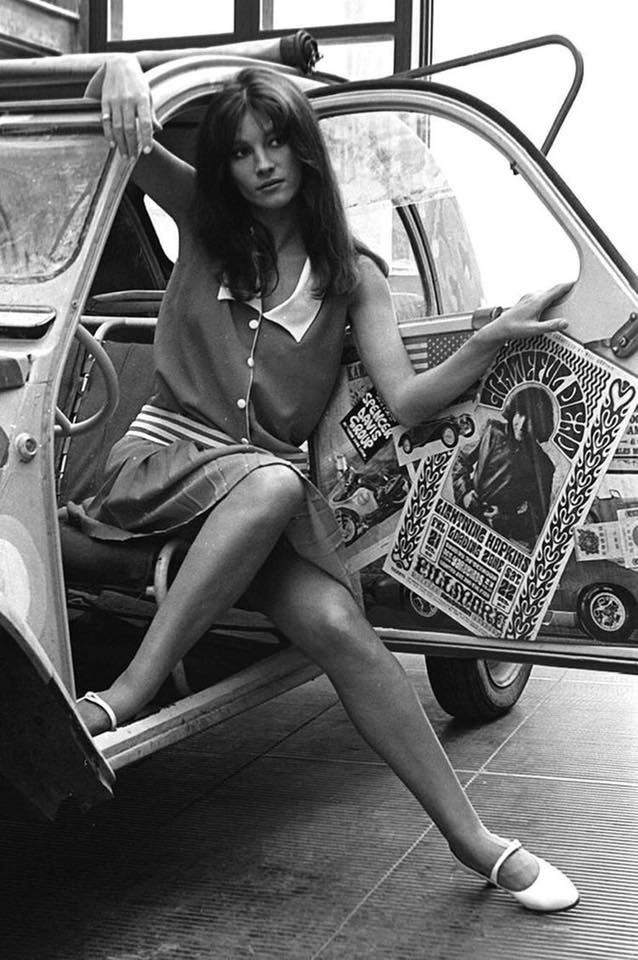
A girl and a Citroen 2CV.
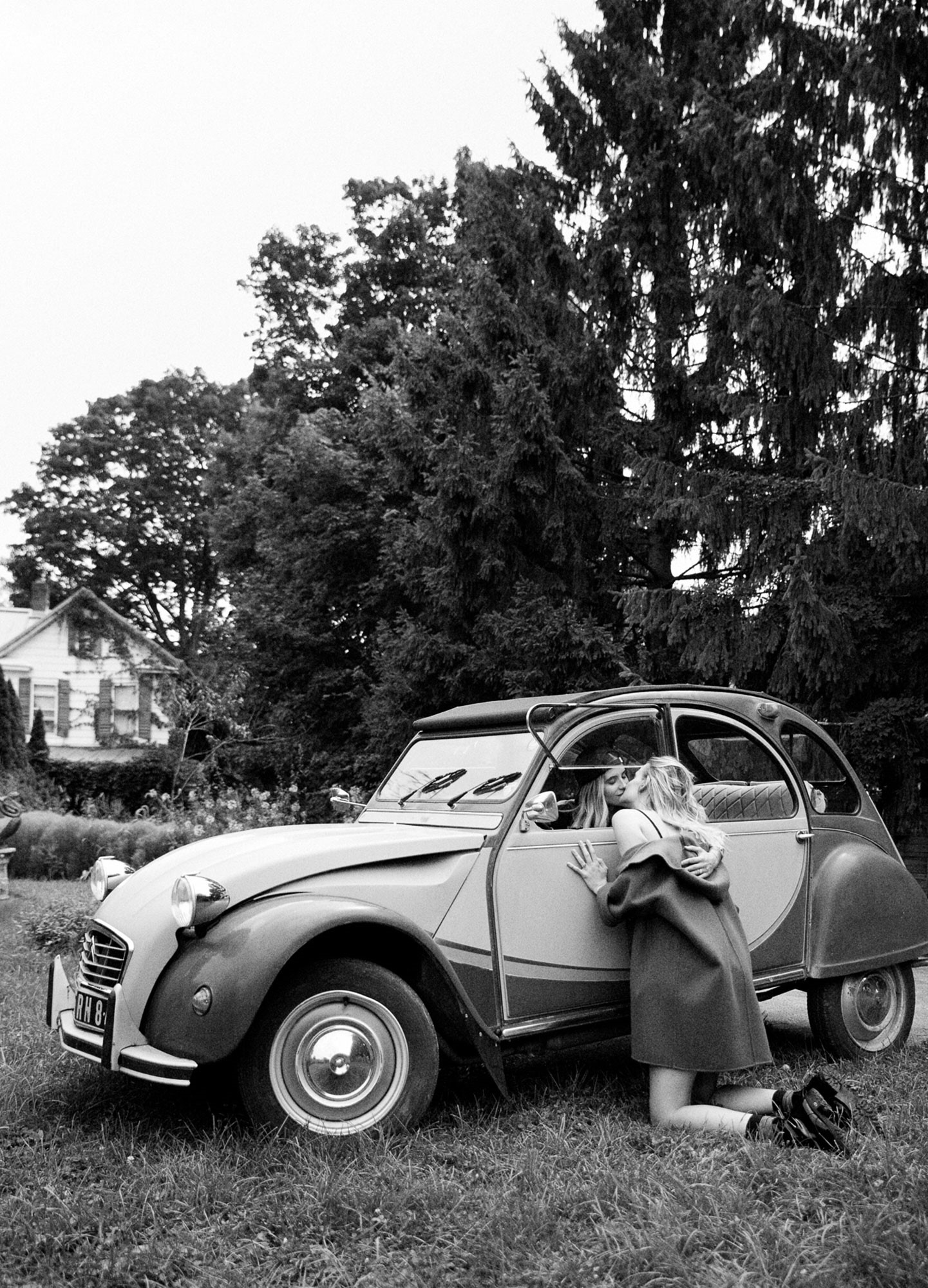
Two girls and a Citroen 2CV.
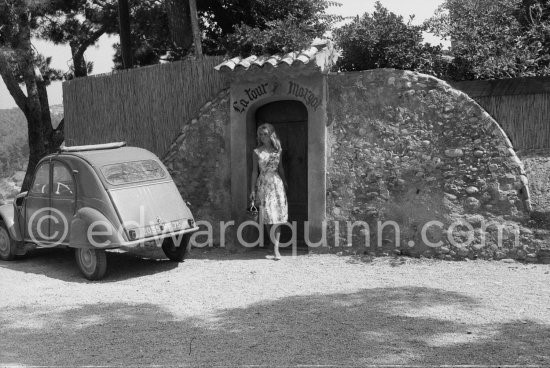
Brigitte Bardot and a Citroen 2CV.
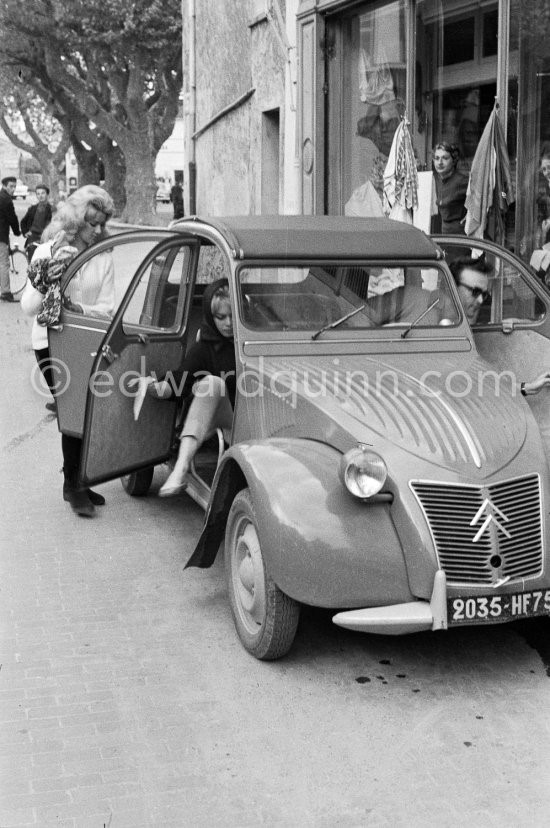
Brigitte Bardot in a Citroen 2CV.
At 18, “I wanted to have an old car that I could repair mostly by myself and that also had a sort of ‘cult’ status,” he says “and there were four [brands] I was considering: the Citroen 2CV, Austin Mini Cooper, original VW Beetle and Trabant. Then I thought about it. I decided I will never drive a French car, the Austin Mini Cooper is too expensive and rusts easily, same as the VW Beetle, so I chose the Trabant.”
Vogel and his wife Kate recently spent nearly 1.5 years driving across Europe in their blue Trabant with a small trailer, a journey he chronicled (in German) on his blog, www.traveltrabi.com. “I saw Trabis in places where I’d never expect them,” he says, “in countries like Spain and Scotland.”
Ronny Heim, 44, got his first Trabi in 1996 in exchange for a box of beer. “Trabis weren’t worth anything [after the Wall fell],” he says. “[Because] everyone wanted a ‘Western car.’” That same year he served in the Bundeswehr, or unified armed forces of Germany and brought his Trabi with him to the country’s northwest. “Half the team wanted to take the Trabi for a round in the barracks,” he says, “they’d never experienced anything like it before.” Since then the Heringsdorf resident had three other Trabis, including one equipped with a VW engine “that went up to 165 km (102 miles) an hour,” says Heim.
There’s also Sebastian Sonntag, 37, a Dresden native whose family left East Germany for Felsberg immediately after the Wall fell. It was there that Sonntag and his twin brother had an opportunity to tinker with their first Trabi, the same kind of car their grandmother drove. “The community center where we were staying acquired a Trabi for local youth to work on, in part because it was so inexpensive,” says Sonntag. “We painted ours yellow, orange and green—like a rainbow.”
Today he and his brother have five Trabants between them, including a silver ‘89 one that Sonntag has named Foxe and which he has completely rebuilt and refinished.
Trabi fans aren’t found exclusively in Europe. Professional race car team crew member, Gus Jackson, who’s in his late 50s and lives just outside of Nashville, Tennessee, absolutely adores his baby-blue Trabant. “I actually got it as a joke,” he says, “it was surely cheap enough and came with a whole trunk of parts. But now I love the thing. It’s zero maintenance and its cute and quirky appearance is off the charts. People in the U.S. flock around it like they were seeing an alien or something.”
Another thing Trabi collectors can’t get enough of: the strong community that’s devoted to the cars. In May 2019 the International Trabant Meeting celebrated its 25th anniversary, with hundreds of Trabi enthusiasts coming together in the German town of Anklam from countries such as Italy, Hungary and Norway. They swapped stories, sipped beers and participated in Trabi-related events like seeing who can toss a Trabi engine the furthest. Today there are Trabi clubs throughout Germany, greater Europe and even in the United States. In fact, Washington D.C.’s Spy Museum hosts its own Parade of Trabants every November.
Löbel was Germany’s Chemnitz Trabi Club chief officer when she met her future husband, then the chief of Erzgebirge’s Trabi club, through Europe’s Trabi community. “It was love for the rest of our lives,” she says. “We even married at a Trabi meeting.”
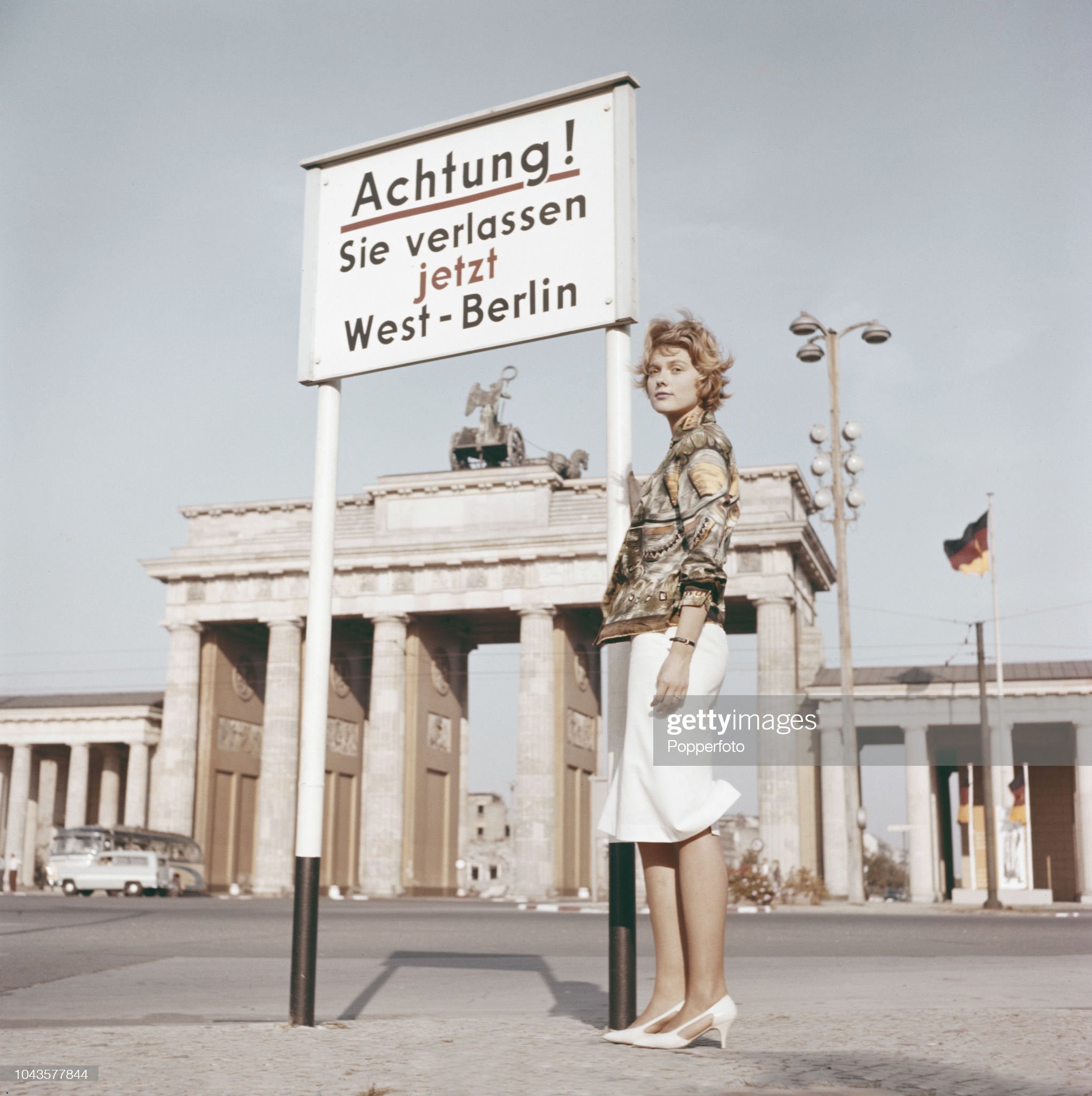
View from the Tiergarten of a young woman standing beside a warning sign in front of the Brandenburg Gate at the border between the British Sector of West Berlin and the Soviet Sector of East Berlin in the divided city of Berlin in East Germany in October 1960. Photo by Popperfoto via Getty Images.
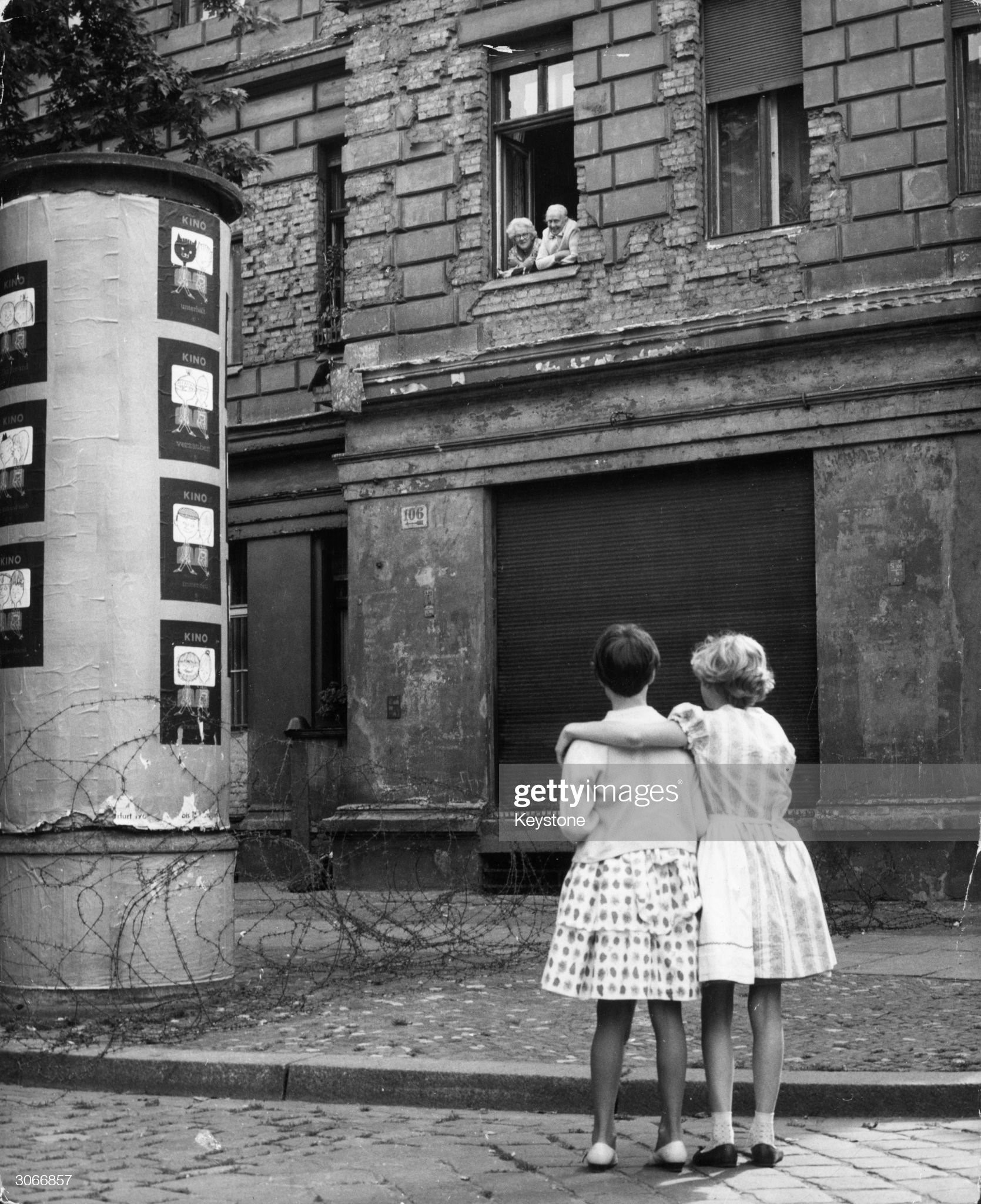
14th August 1961: two little girls in a West German street chat with their grandparents in the window of their home in the eastern zone, separated only by a barbed wire barricade. Photo by Keystone / Getty Images.
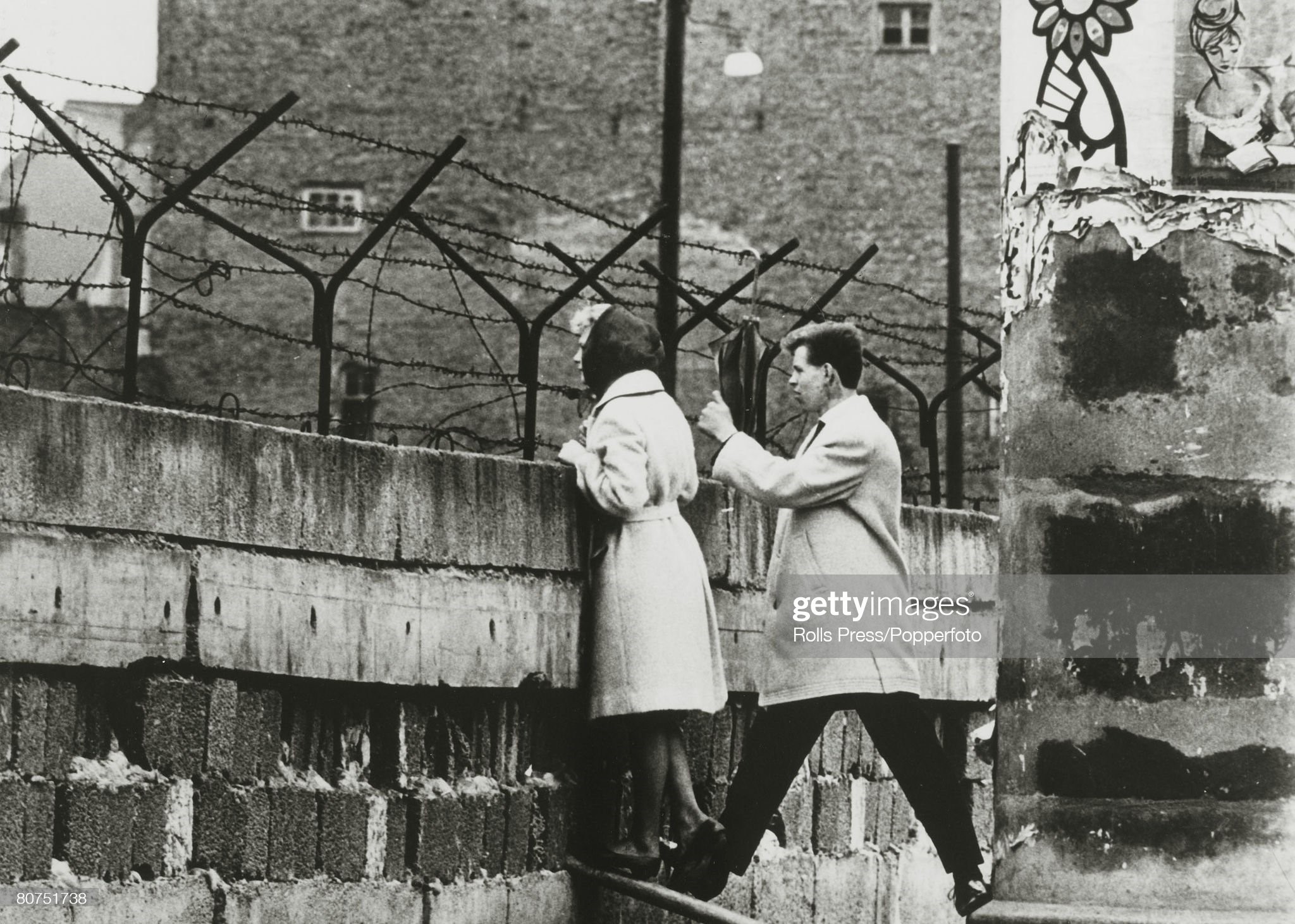
April 1962, a West Berlin girl accompanied by her boyfriend stands precariously, looking over the Berlin Wall to talk to her mother, a resident of East Berlin. Photo by Rolls Press / Popperfoto via Getty Images.
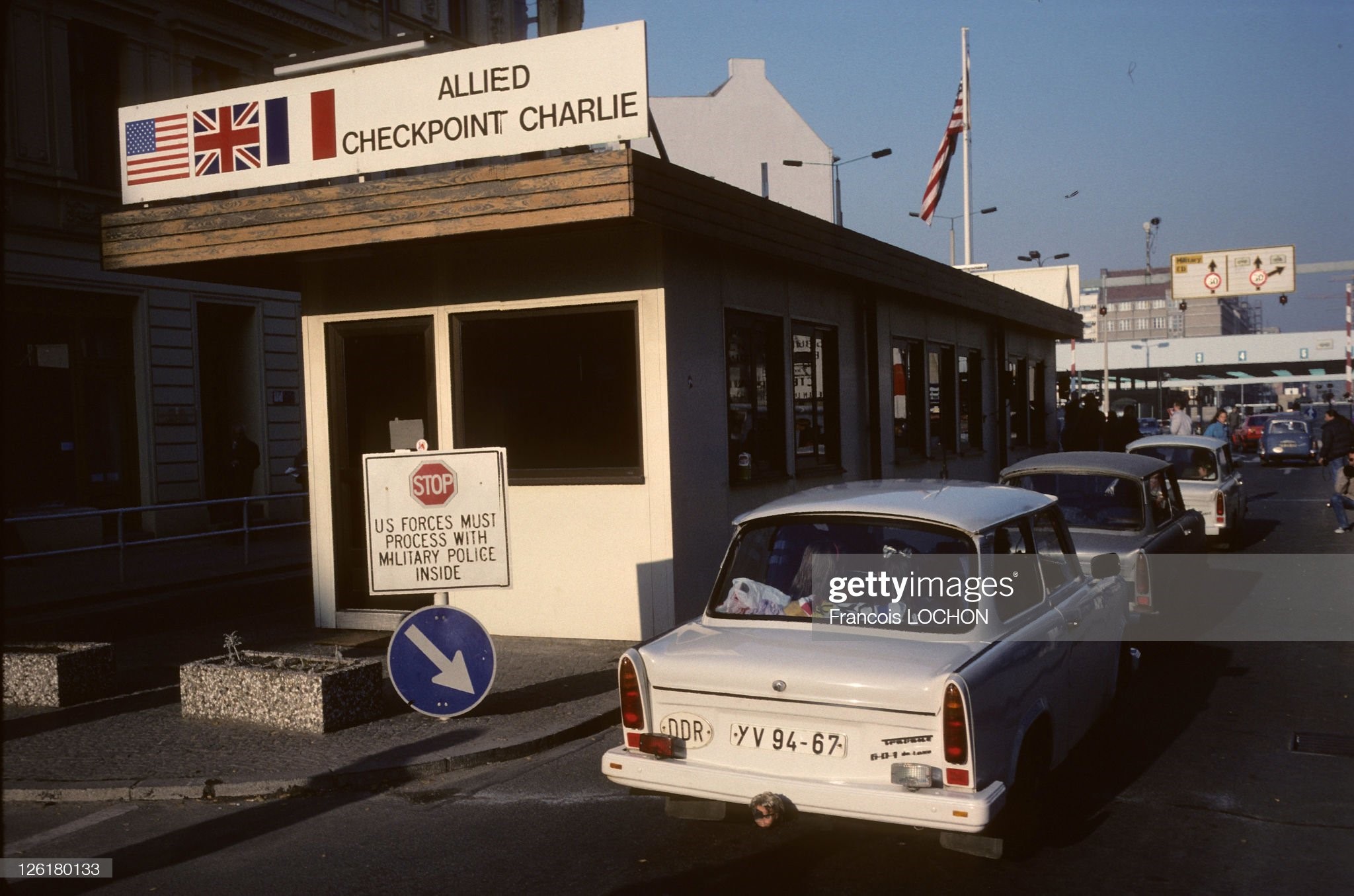
Checkpoint Charlie and Berlin Wall during 1989 in Berlin, Germany. Photo by Francois Lochon / Gamma-Rapho via Getty Images.
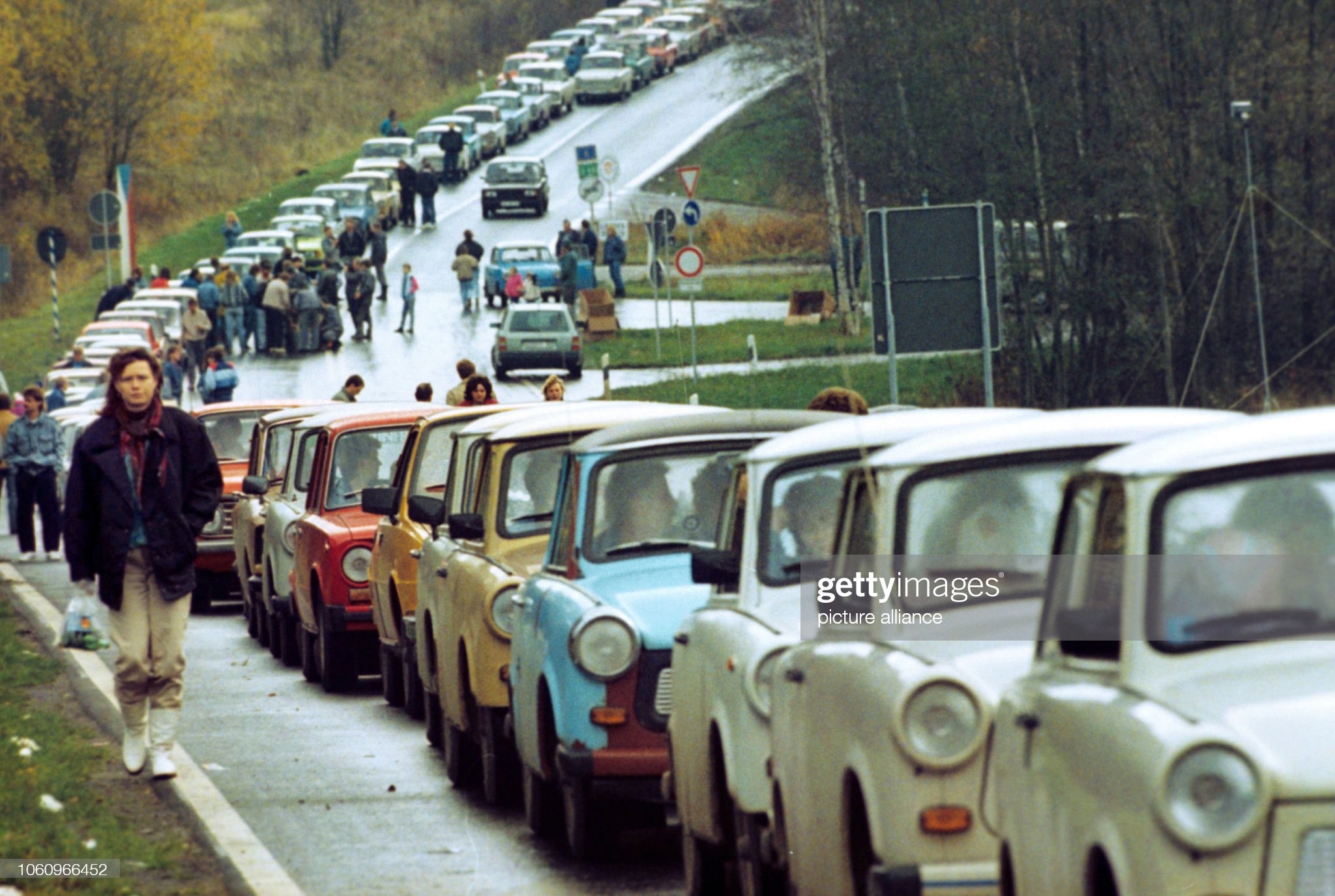
A sheer endless column of cars from the GDR, mostly Trabis and Ladas, has formed in front of the border crossing point between the former CSSR and Western Germany / Bavaria in Schirnding, November 5th 1989. A couple of days later, on November 9th, the GDR leadership opened some of the border crossing points. Photo by Claus Felix / Picture Alliance via Getty Images.
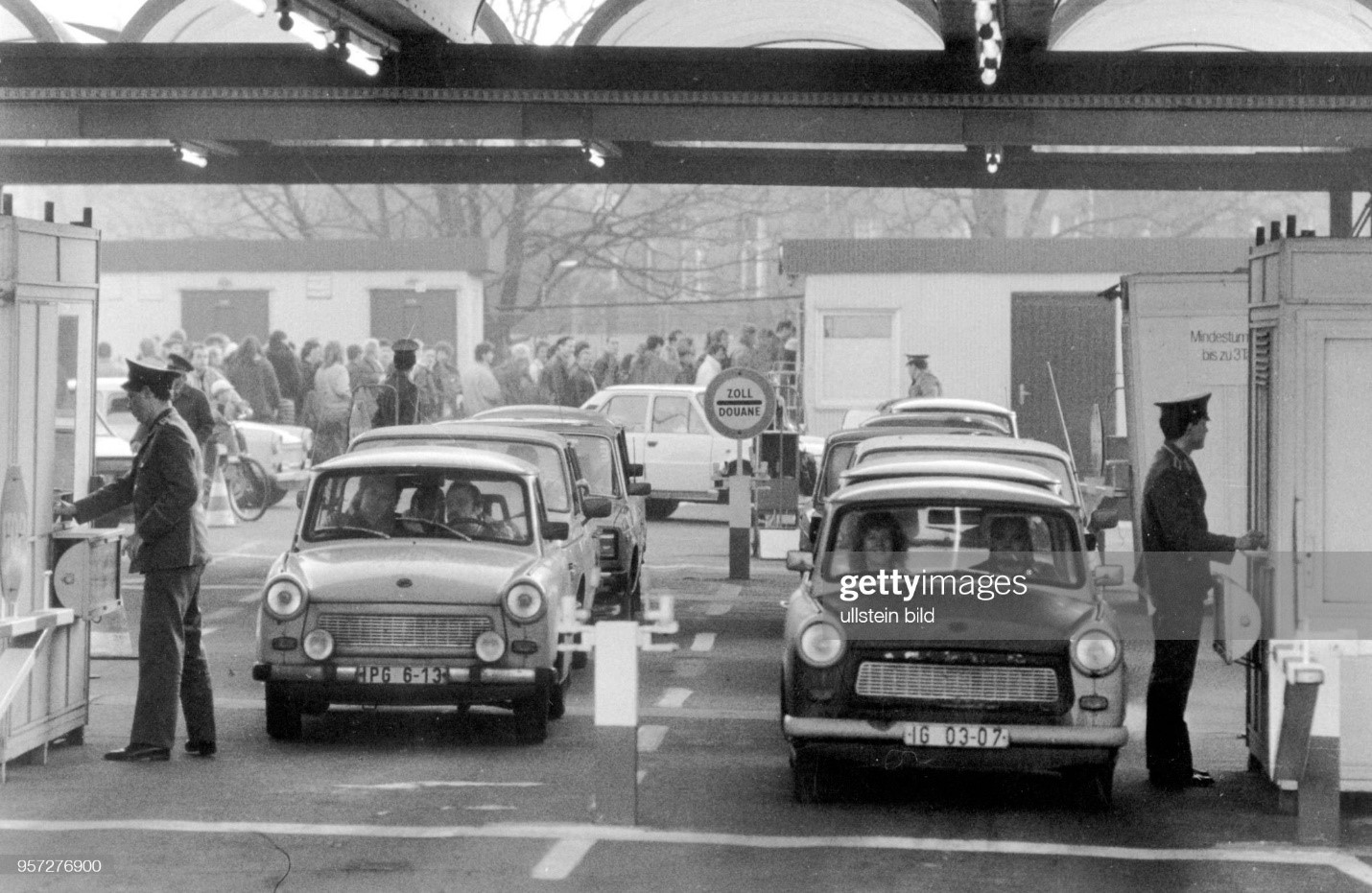
Long queues of pedestrians (in the background) and rows of drivers with Trabant cars who are waiting in a disciplined manner at the Bornholmerbrücke border crossing for clearance by the GDR border authorities, photographed on November 10th, 1989. The opening of the border and the fall of the Wall had been announced almost succinctly the day before at a press conference by the GDR leadership. Tens of thousands of East Berliners streamed into West Berlin that night. From November 10, 1989, the bureaucracy continued - visa stamps for leaving to West Berlin and the Federal Republic of Germany were entered in the GDR identity card and the GDR passport. Photo by Eberhard Klöppel / Ullstein Bild via Getty Images.
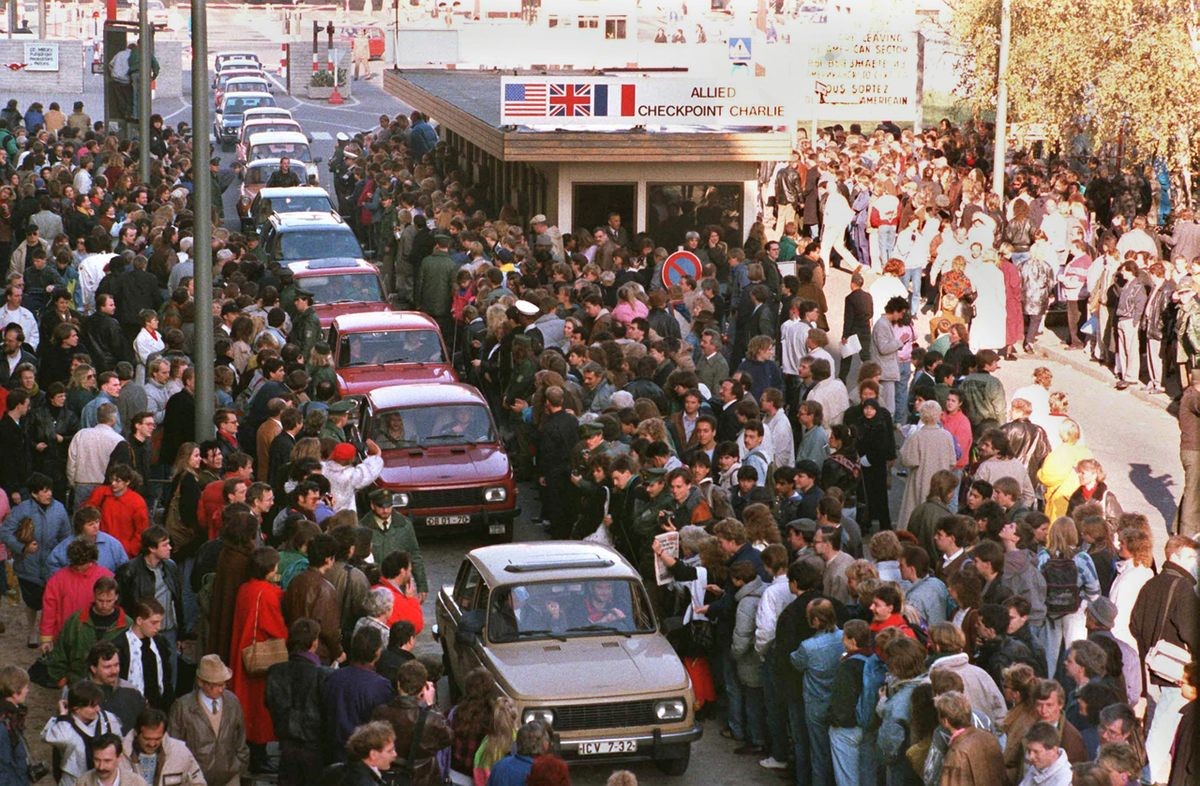
A queue of Trabants and Wartburgs, another variety of East German car, passing Checkpoint Charlie on their way to West Berlin, November 1989. Photo by Dpa / Picture alliance via Getty Images.
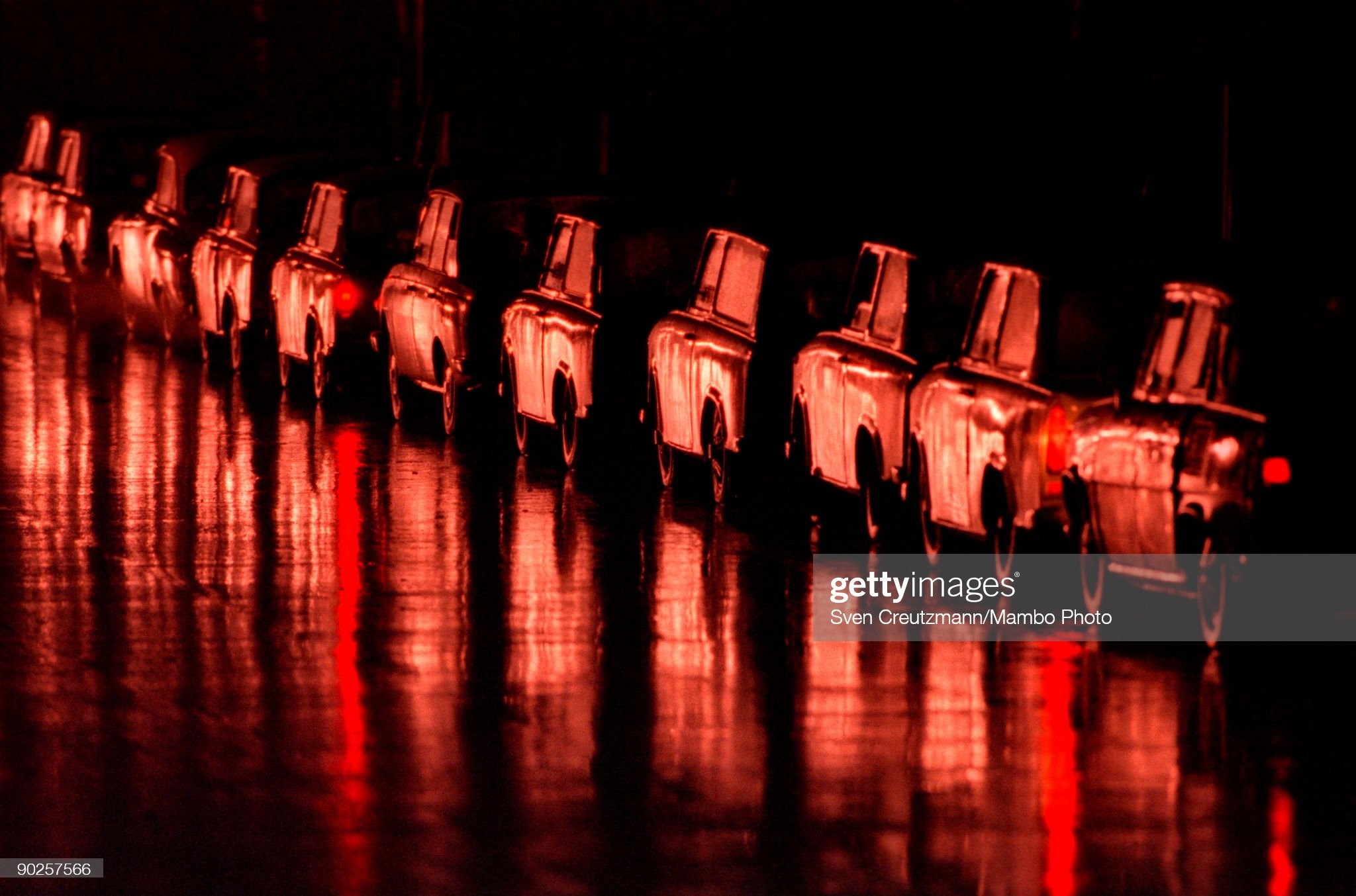
Trabant cars line up at the border between Czechoslovakia and West Germany, waiting to enter West Germany, on December 01, 1989. The wall that divided the two Germanys was made on August 13, 1961 and lasted 21 years. Photo by Sven Creutzmann / Mambo photo / Getty Images.
Sonntag met his girlfriend, Manuela Pester, at a Trabi event seven years ago. “She lives in the former East Germany, so I also pick up spare Trabi parts when I visit.”
For Vogel, engine troubles led him and his wife to a new friendship. “Last year we were driving through the Netherlands on holiday when our Trabi broke down,” he says. “We slept in the car for a night, then a family arrived and asked what happened. It turns out the father worked as a mechanic on large containerships, so they towed us to their home and [we] stayed there for four days, while he helped us get a new engine and start the car running. We’re still in contact.”
Heim says ‘Trabifangemeinde’, or Trabi get-togethers, in places like Zwickau, Germany, attracted upwards of 10,000 Trabi owners in the late ’90s, though they have since shrunken to a small core group. “We’re all about the same age and bring our kids, who look forward to seeing each other because they’re become friends over the years.”
While an electric, four-door Trabant was unveiled at the 2009 Frankfurt Motor Show with hopes of bringing back the former GDR’s most infamous vehicle, its makers never acquired the necessary funding to get it off the ground. But that’s okay with the Trabi’s cult-like fan-base.
“It’s rare to see another Trabi on the road,” says Sonntag, “but when we do it’s really something special. We’re all one big family.”
The Trabant Turns 60. By Amos Chapple. November 03, 2017.
Sixty years after the first "Trabi" rolled off the assembly line in a cloud of blue smoke, we look at the little plastic car that innovated, stagnated and was finally rejuvenated.
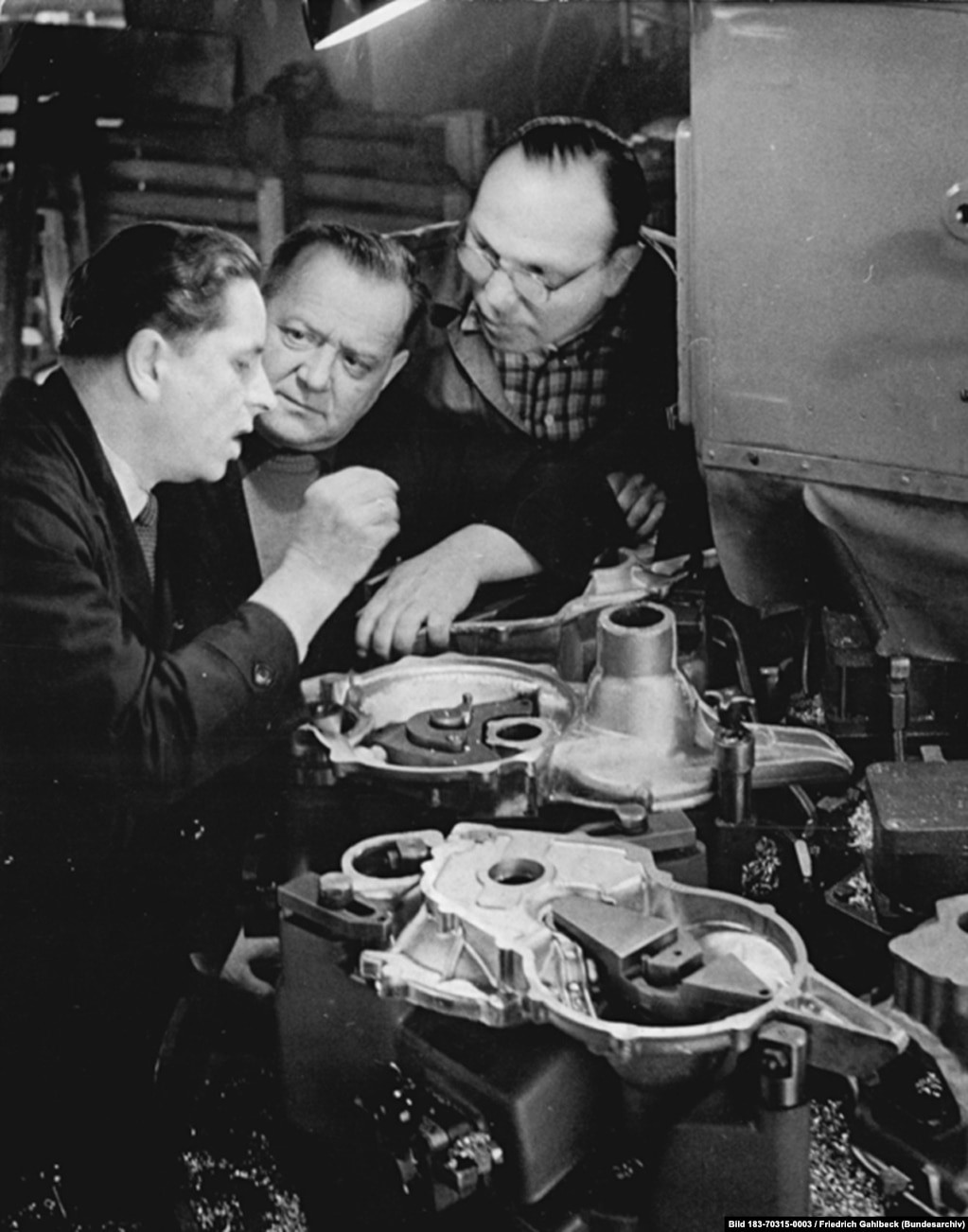
1 East Germany had a problem, well, a few problems at the height of the Cold War, but a shortage of raw materials was one of the most pressing. With only a tiny allocation of steel at their disposal, engineers tasked with creating a ‘people's car’ for the Eastern Bloc country had to think outside the box.
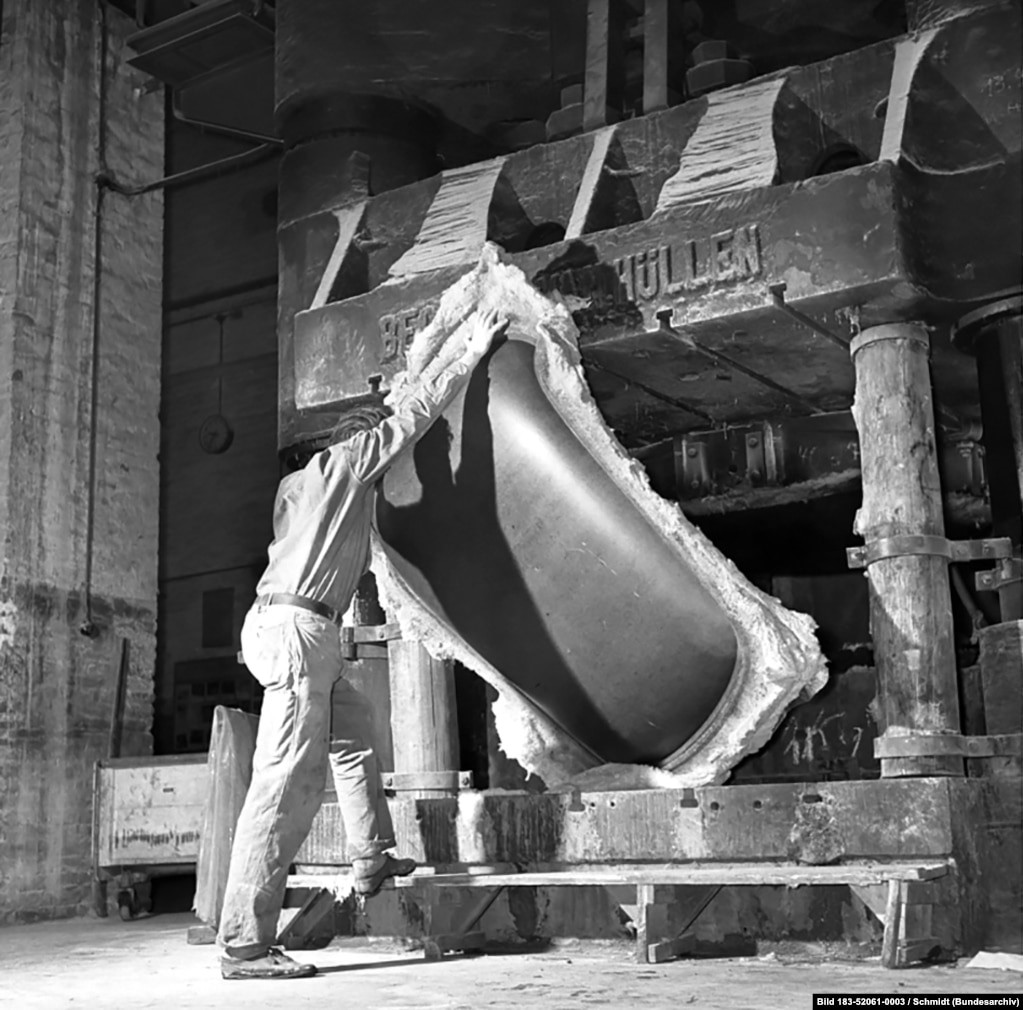
2 One result was Duroplast, a material made by soaking waste cotton in plastic resin, then squeezing it in a hot press. Duroplast was tough, light and held its color for decades, unlike fiberglass, which yellowed under the sun.
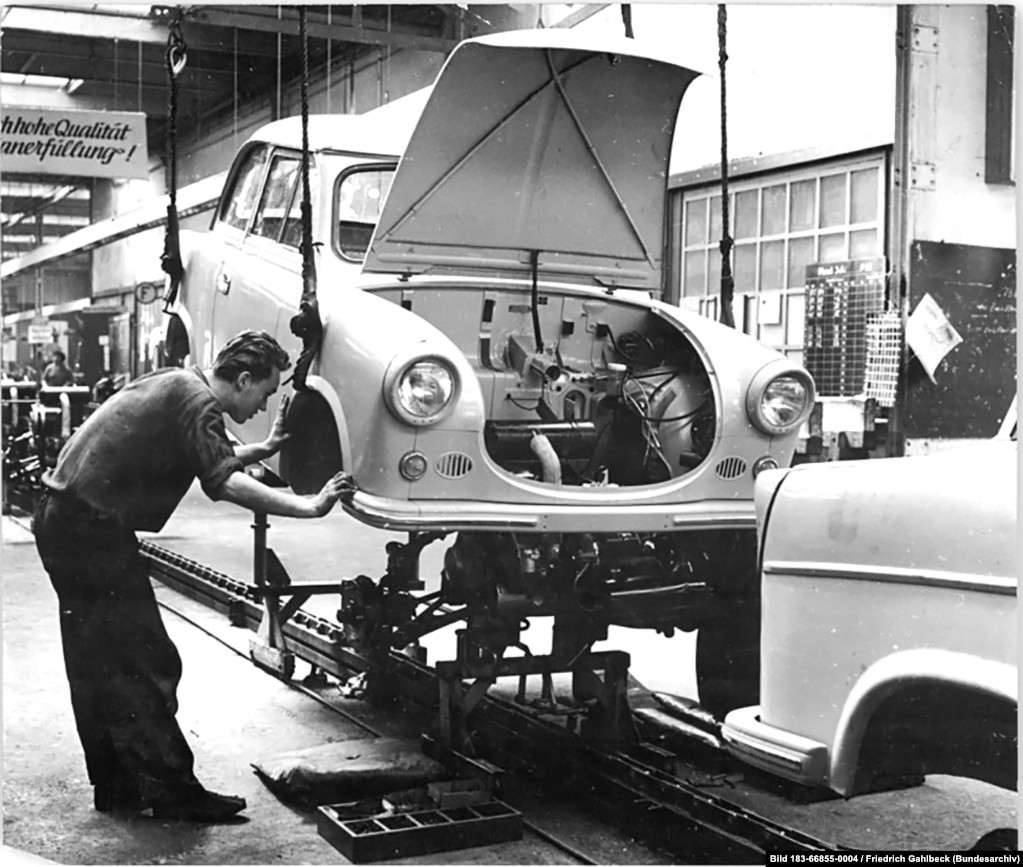
3 The Trabant featured a steel unibody frame, with Duroplast panels bolted on. Early models also boasted three ashtrays.
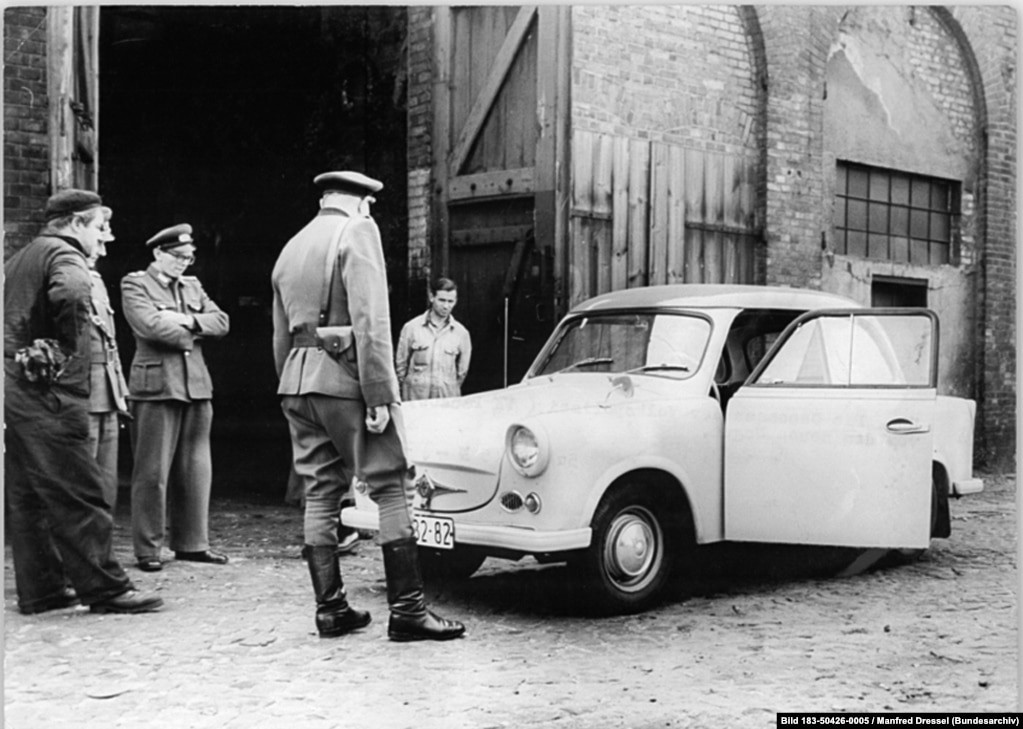
4 Once communist authorities green-lighted the design, mass production of the Trabant, which means ‘companion’, began in 1957.
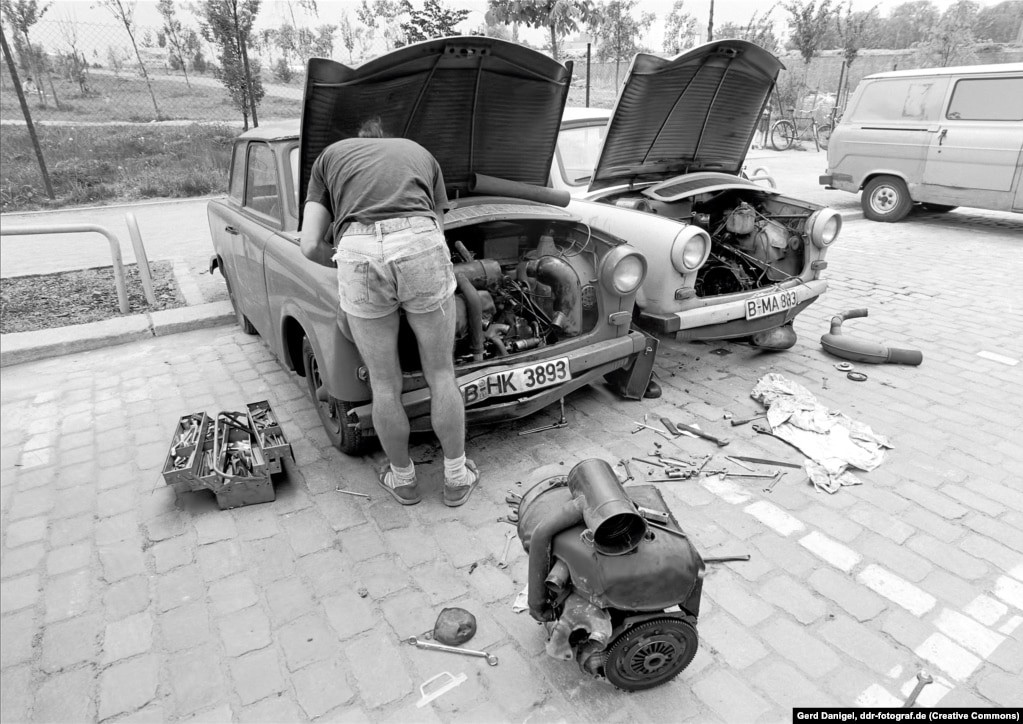
5 Beneath the Duroplast panels the car was simple, simple enough to be rather genius. With just five moving parts, the Trabi's original air-cooled engine, which weighed just 40 kilograms, was child's play to maintain.
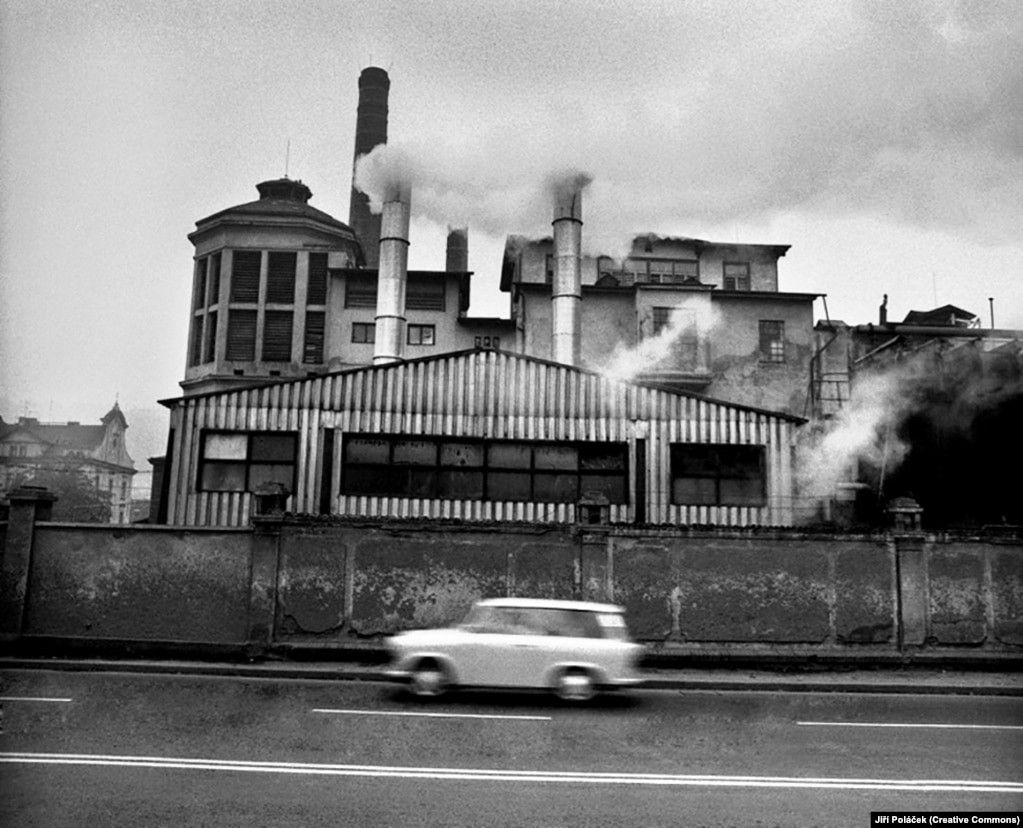
6 With the car weighing just over 600 kilograms overall, the little two-cylinder, two-stroke engine kept the Trabant relatively zippy on the average city strasse.
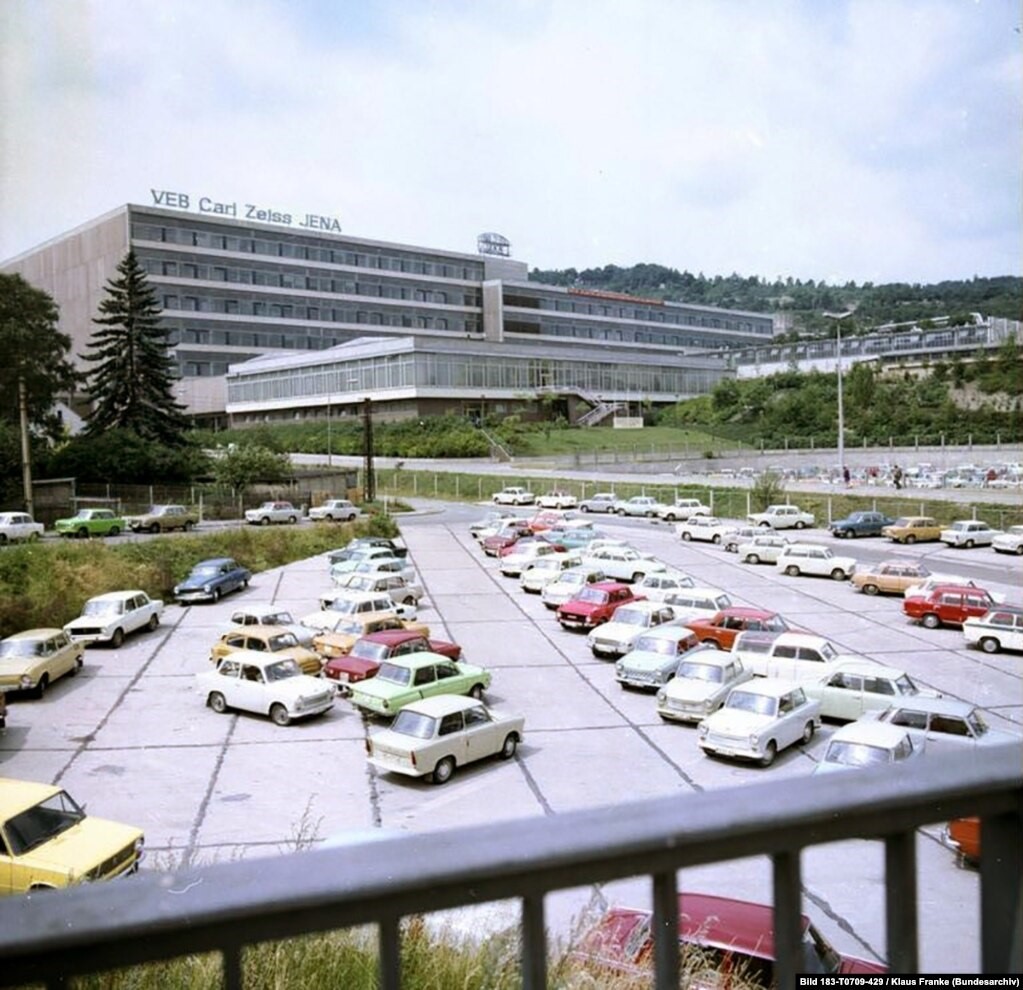
7 By the 1960s, milky colored Trabants were becoming ubiquitous in East Germany ...
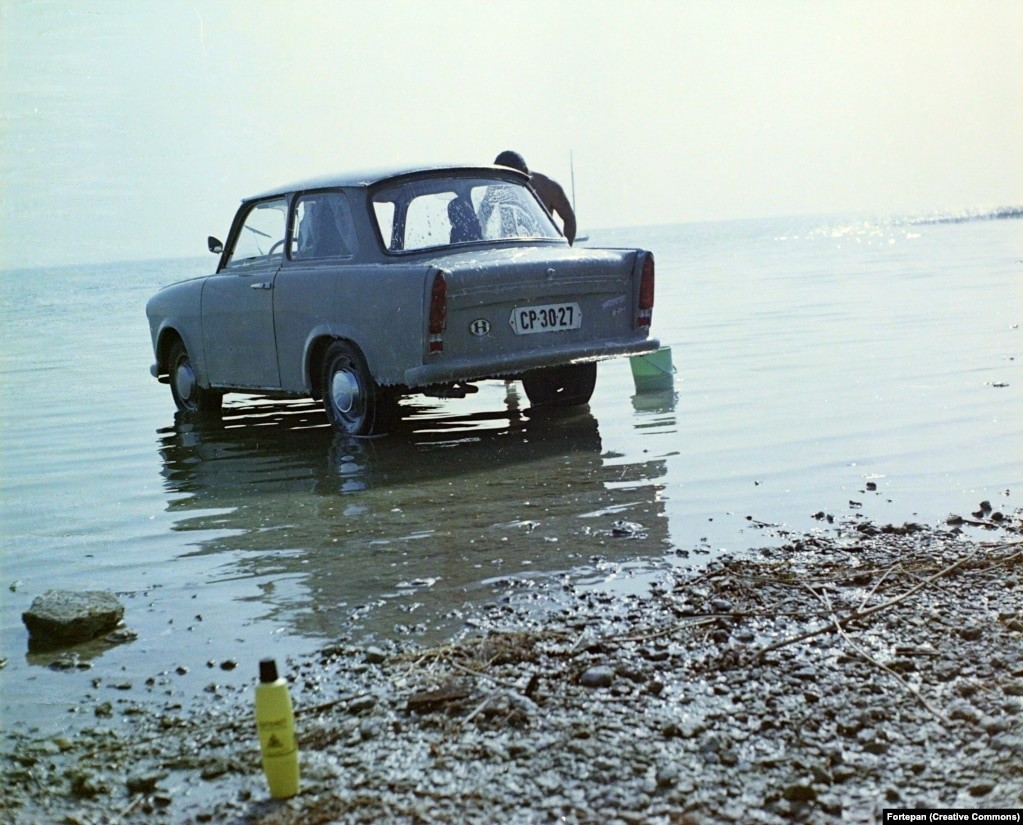
8 ... and beyond. A limited number were sold to foreign buyers, mostly to countries behind the Iron Curtain, though some Trabis made it as far as the car dealerships of Iceland.
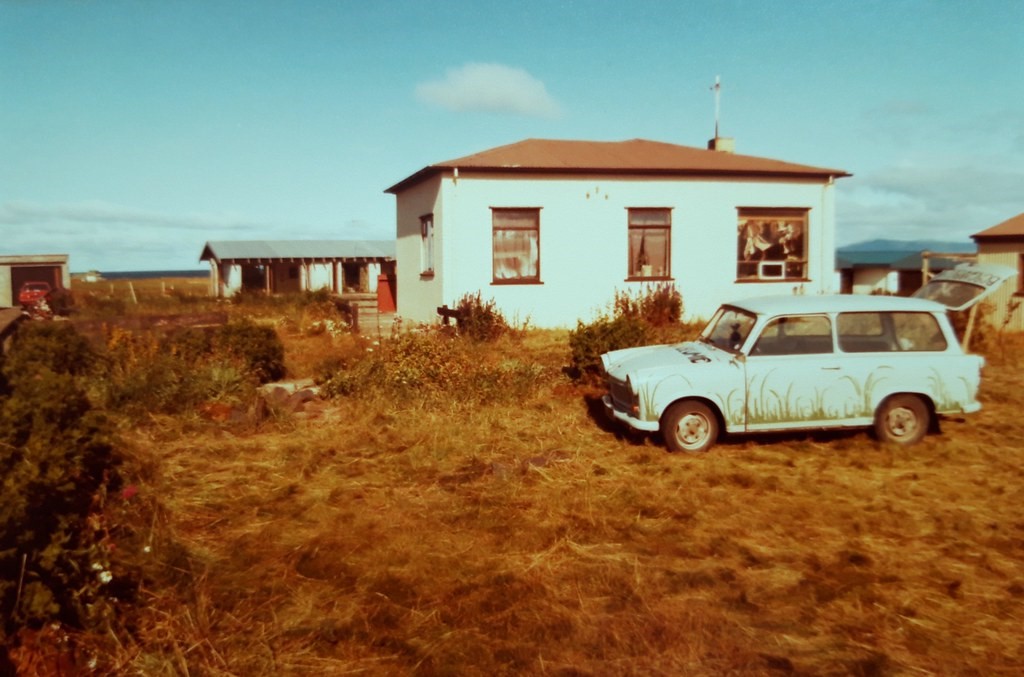
A Trabant in Iceland in 1982.
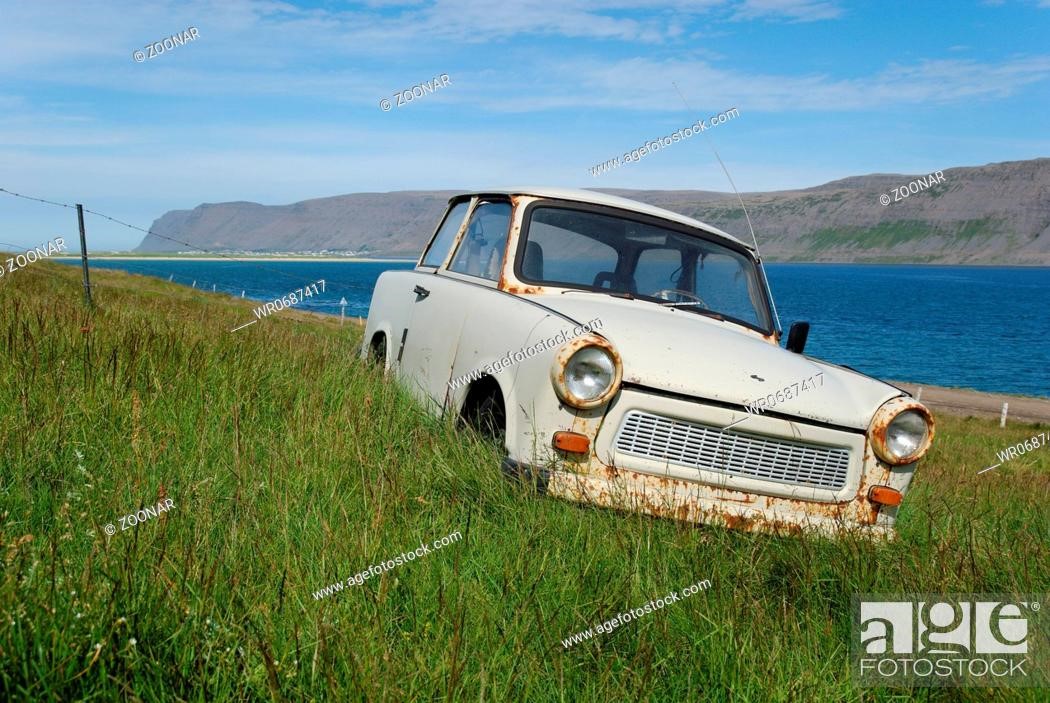
A German Trabant in Iceland.
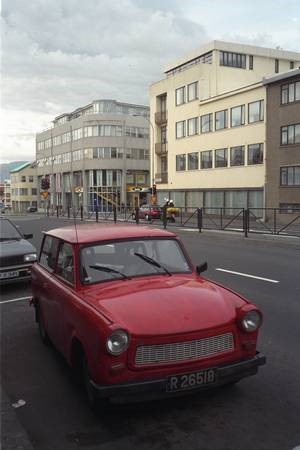
A Trabant in Reykjavík.
More than 3.5 million Trabants would be made before production ceased in 1991.
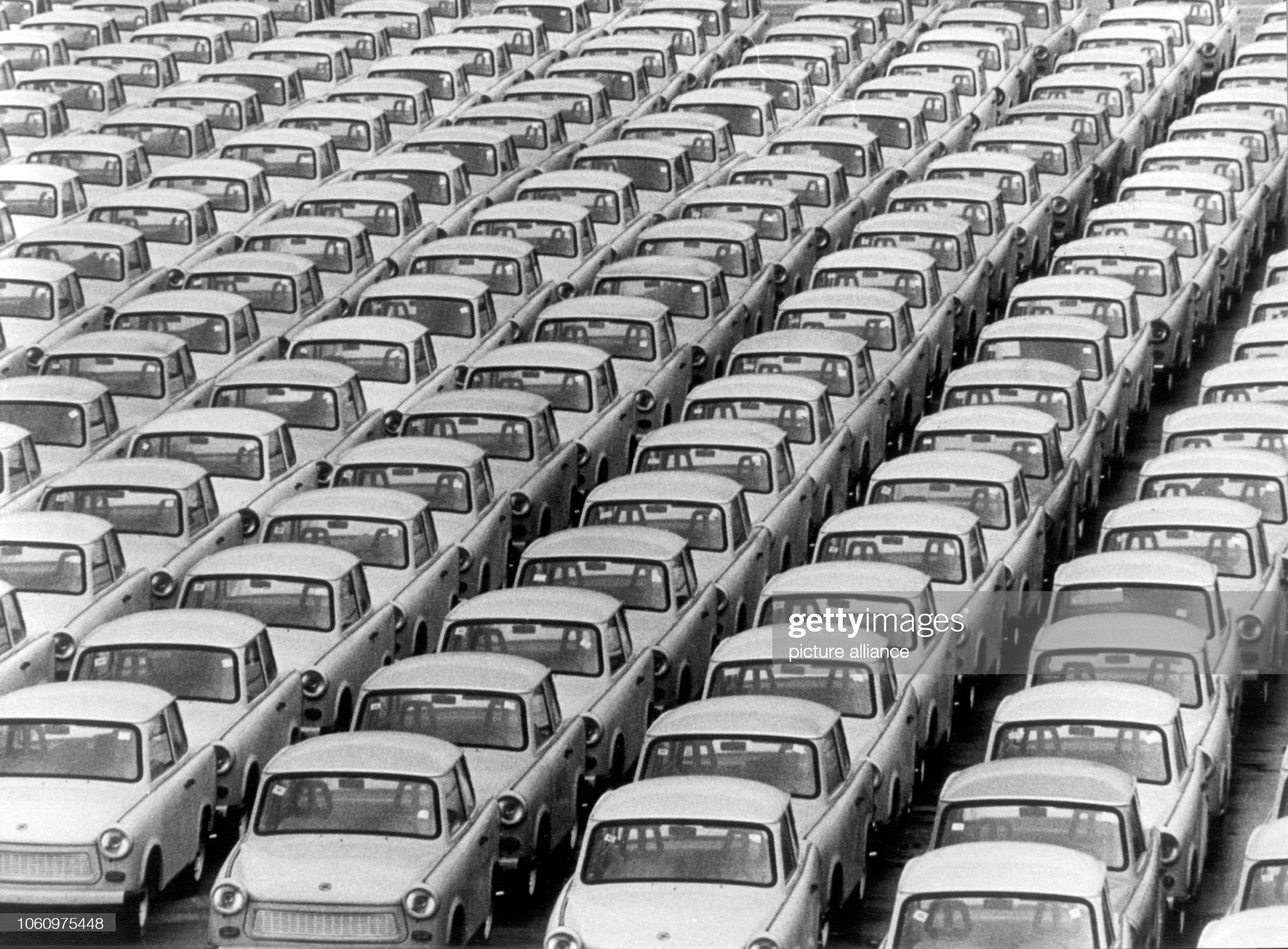
November 22, 1990. Hundreds of Trabants have been parked in a parking lot in Rostock's overseas port for months, as if ordered and not picked up. The former GDR two-stroke engines, which were once coveted and despised by many after reunification, were intended for export to Bulgaria and Yugoslavia and seem to find little sales numbers there. Photo by ZB / Picture Alliance via Getty Images.
9 But in East Germany, hopeful Trabant owners needed to spend around a year's salary for the car and waiting times for delivery were often more than a decade.
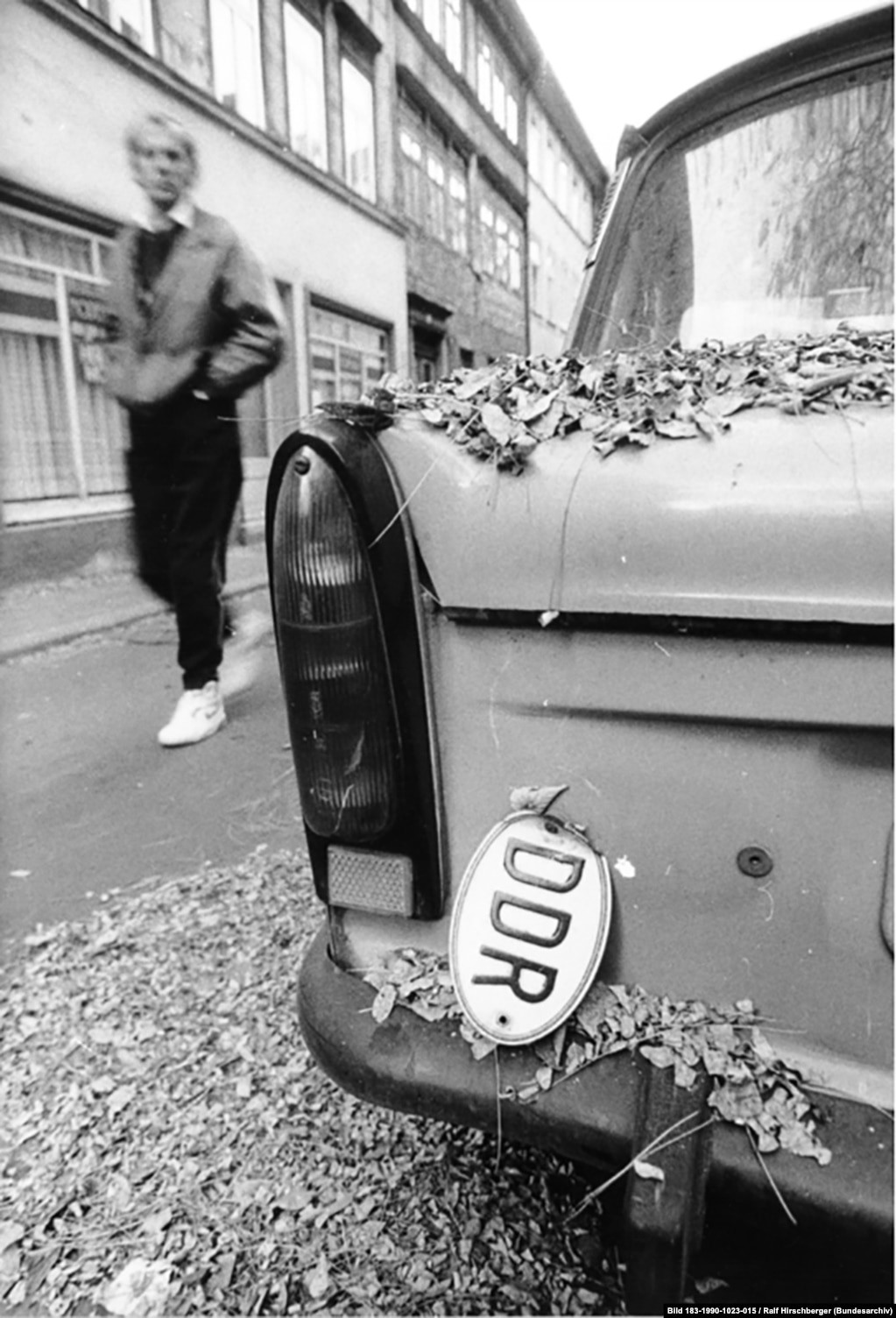
10 As the Cold War grew colder and the Soviet Bloc became poorer, prototypes for updated Trabants were rejected by the cash-strapped communist authorities.
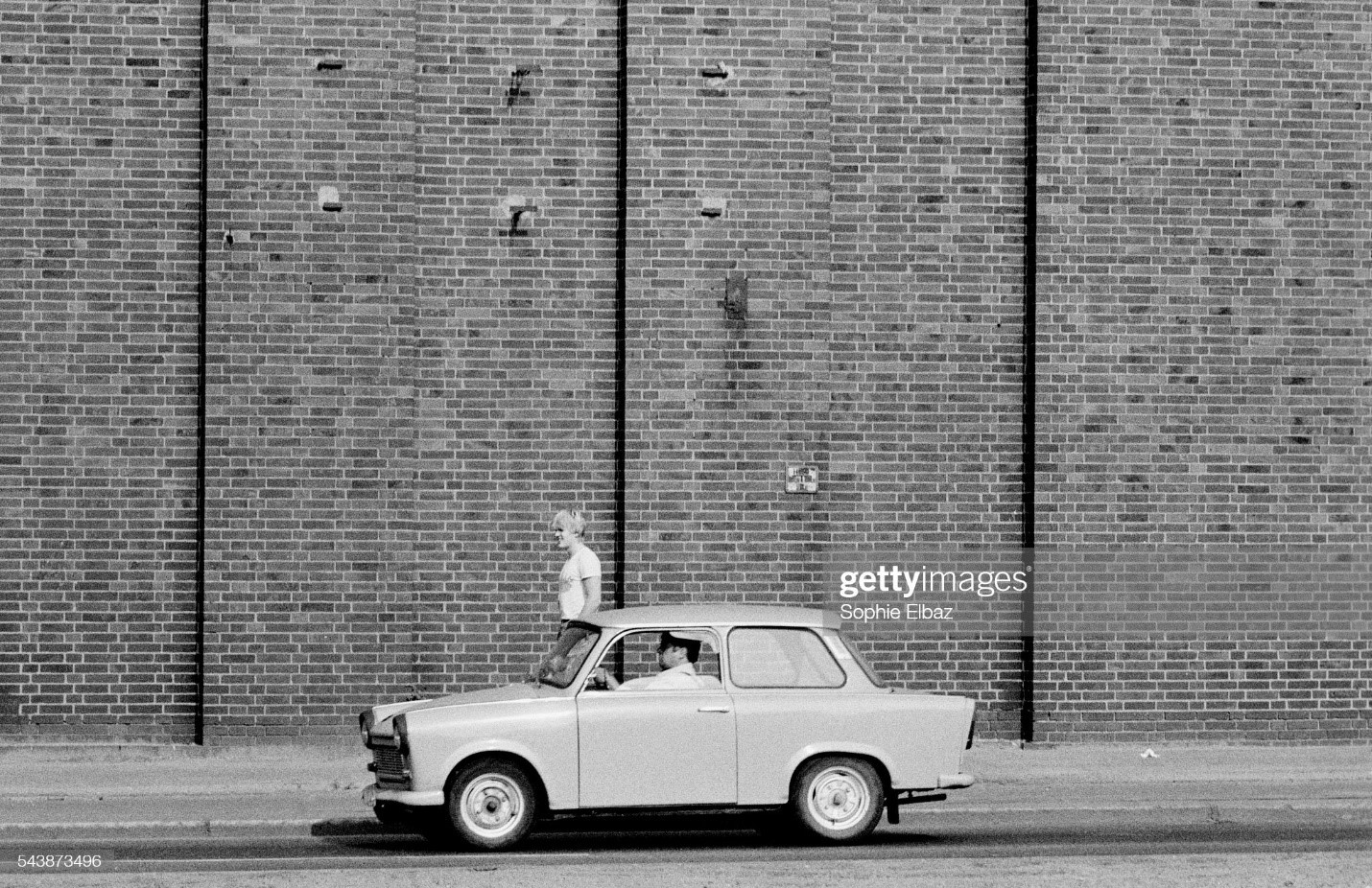
A Trabant in 1985. A symbol of the GDR, the Trabant car was manufactured in the factories of East Germany. Production was stopped in 1991, after the fall of the Berlin Wall. Photo by Sophie Elbaz / Sygma via Getty Images.
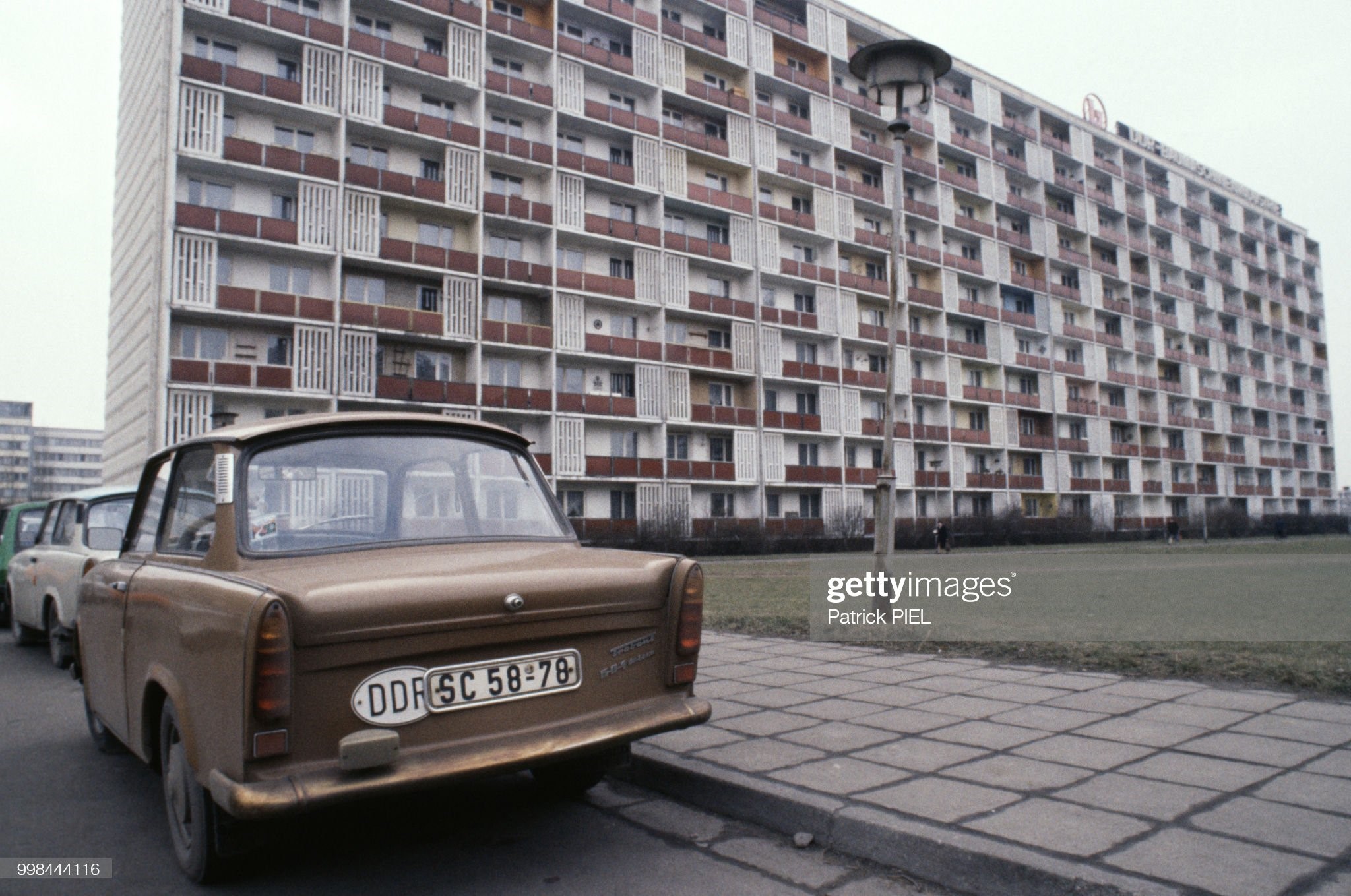
Trabants parked in front of a building in Leipzig, GDR, in March 1985. Photo by Patrick Piel / Gamma-Rapho via Getty Images.
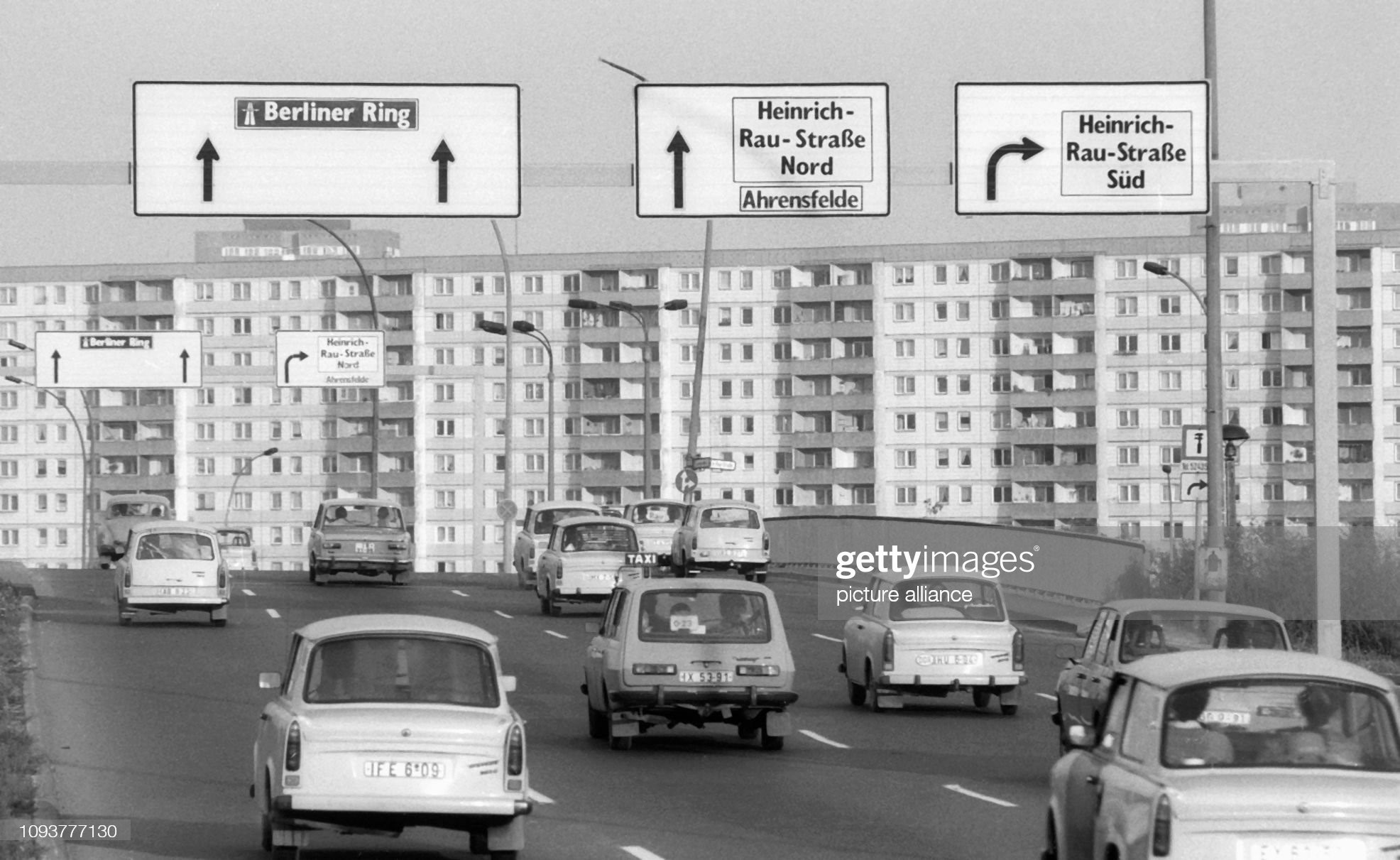
Vehicles of the ‘Trabant’ and ‘Wartburg’ type cross the Marzahner Bridge in Berlin, in April 1987. Since the late 1970s, a large-scale housing construction program has been in place on the eastern outskirts of Berlin for the new district of Marzahn, with prefab apartments for around 150,000 people. Photo by Peter Zimmermann / Picture Alliance via Getty Images.
As comparable Western and Japanese cars leapt ahead through the 1970s and 80s, the Trabant continued to roll off the factory floor almost unchanged.
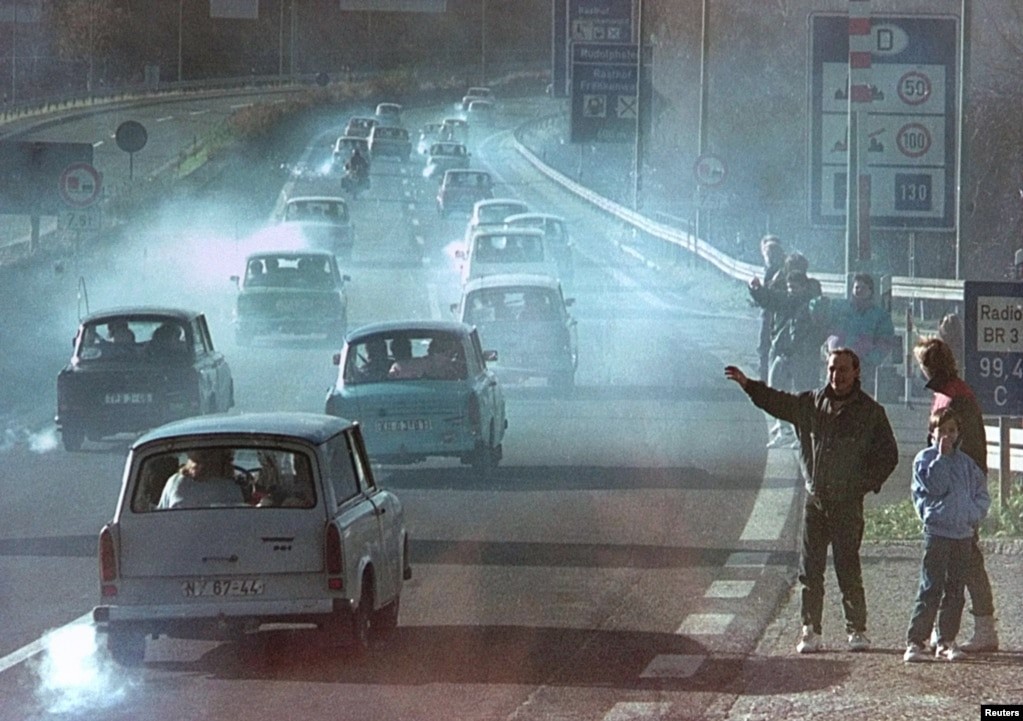
11 Trabants grew notorious for the clouds of blue smoke their two-stroke engines left behind, choking the East's autobahns. Many owners upped the amount of oil in the fuel mix in the belief it would extend engine life and the higher the oil ratio, the smokier the car.
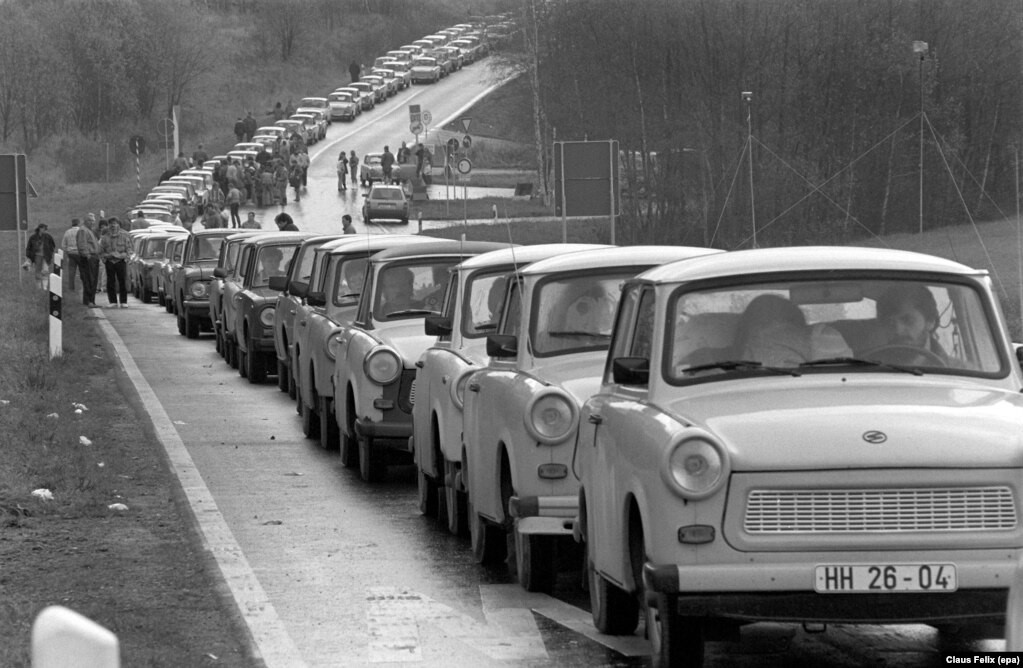
12 By the late 1980s, the Trabant had become a symbol of Moscow's crumbling communist empire. As border controls weakened, vast lines of Trabants snaked out of East Germany on the ‘Trabi trail’ to flee the communist regime.
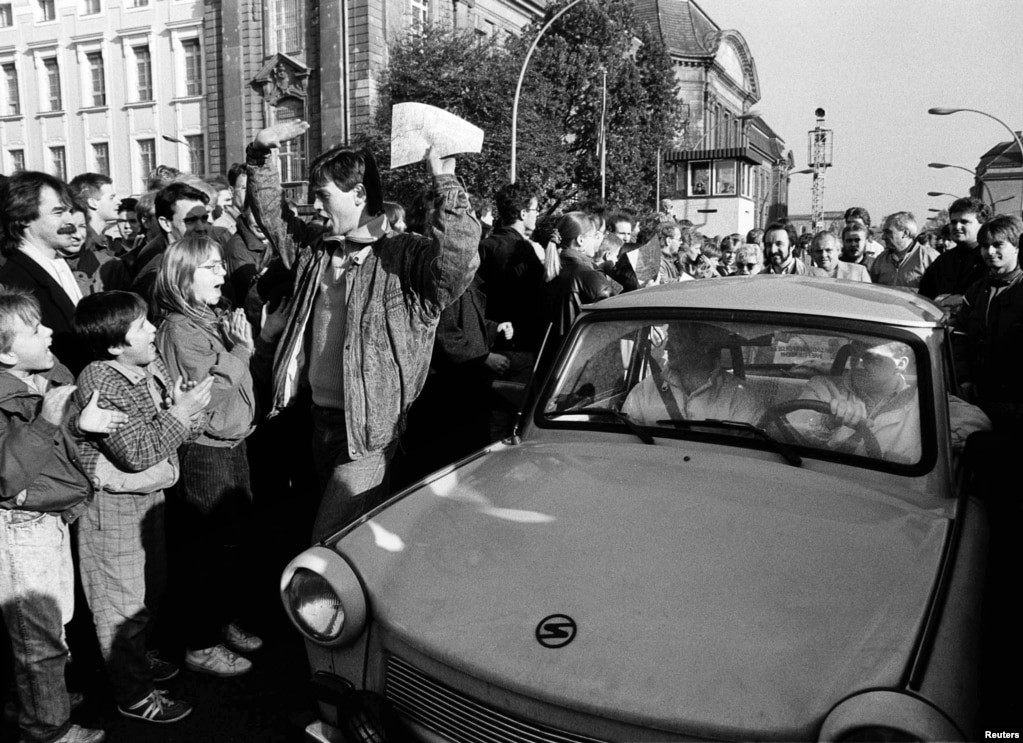
13 When the wall separating East and West Germany finally fell in 1989, Trabants driving west were doused in champagne and had their Duroplast roofs thumped in celebration. The reek of the Trabant's exhaust fumes on the streets of reunified Berlin was dubbed "the perfume of freedom."
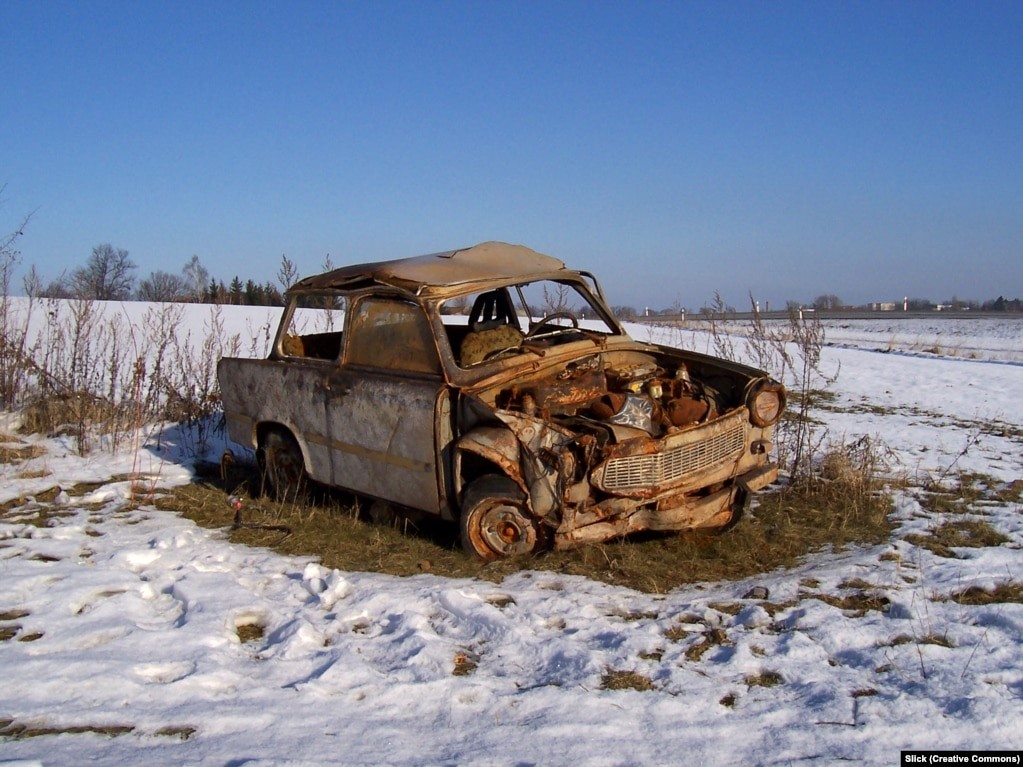
14 But for many East Germans the cars were a symbol of a system that had strangled their freedom for nearly half a century and they couldn't wait to be rid of them. Thousands were dumped and left to rot ...
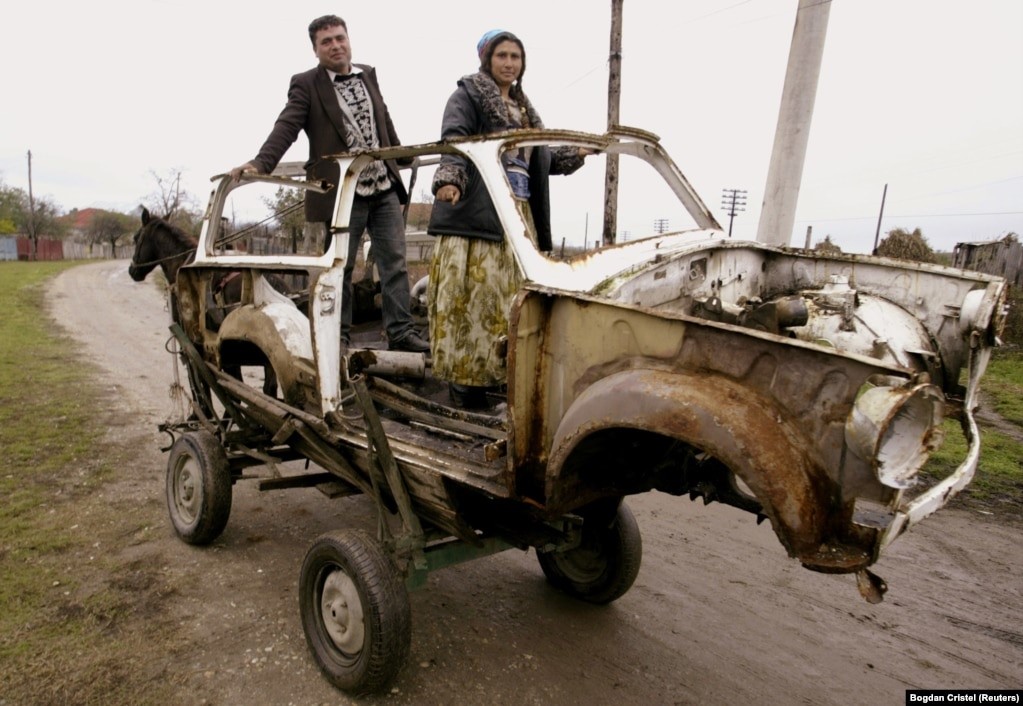
15 ... or had their Duroplast panels (which proved stubbornly difficult to dispose of) torn off so their steel frame could be sold for scrap, like this stripped Trabant wagon in Romania.

Germany, Neuruppin: storks in their nest on an old car ‘Trabant’. Photo by Harald Lange / Ullstein Bild via Getty Images.
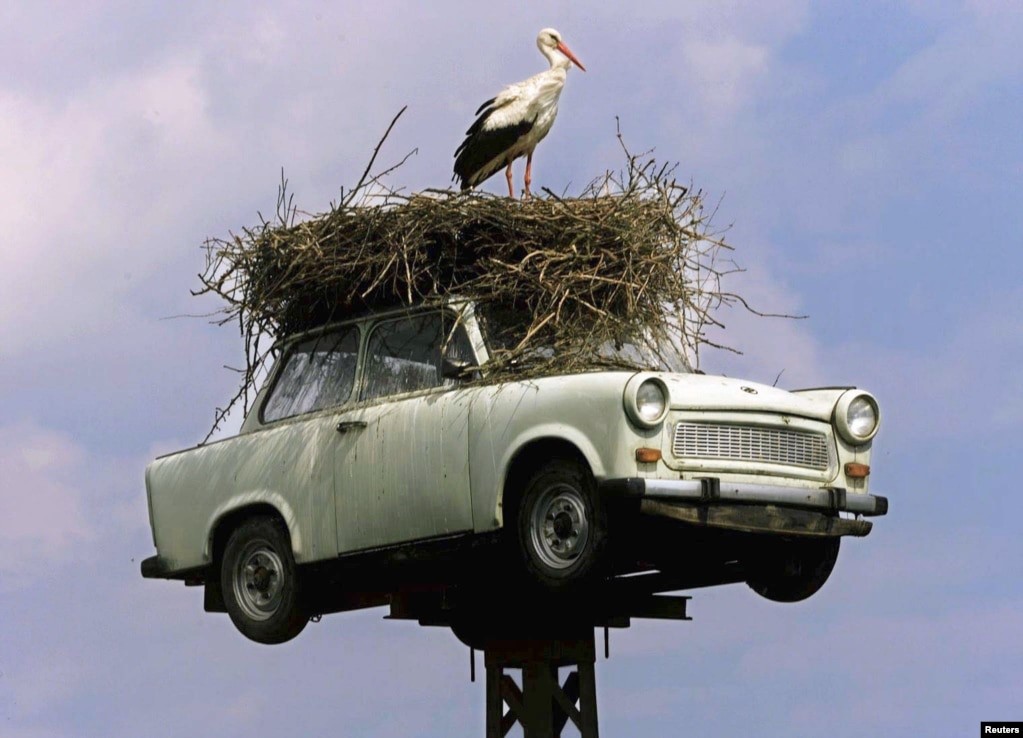
16 Some Trabants took on odd new careers, like this famous Trabi stork nest in the eastern German town of Neuruppin ...
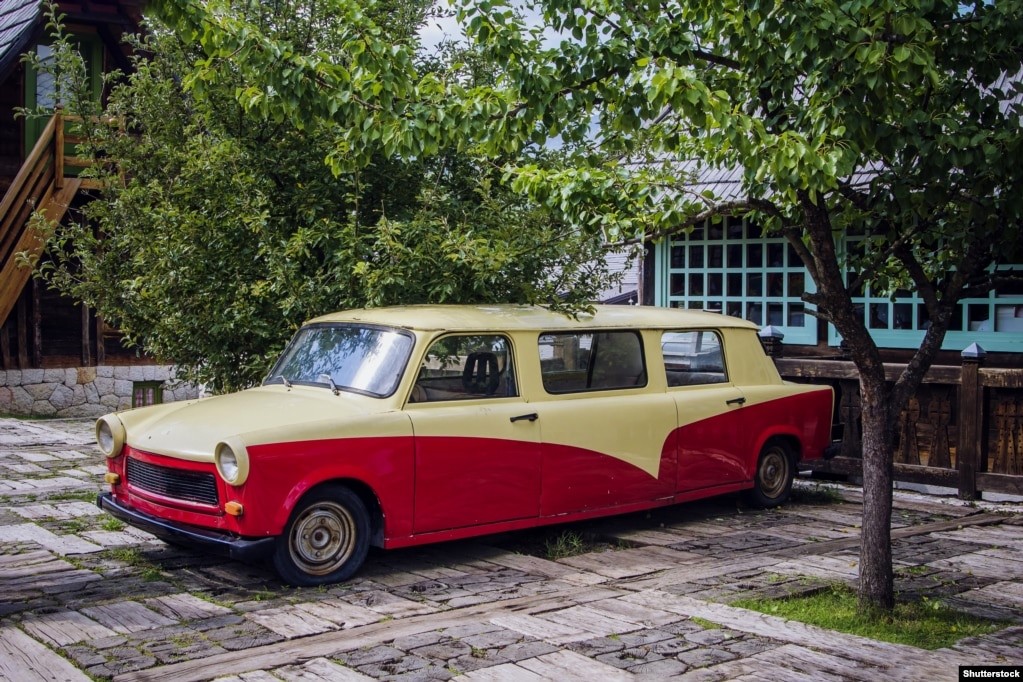
17 ... or this Trabi stretch limousine.
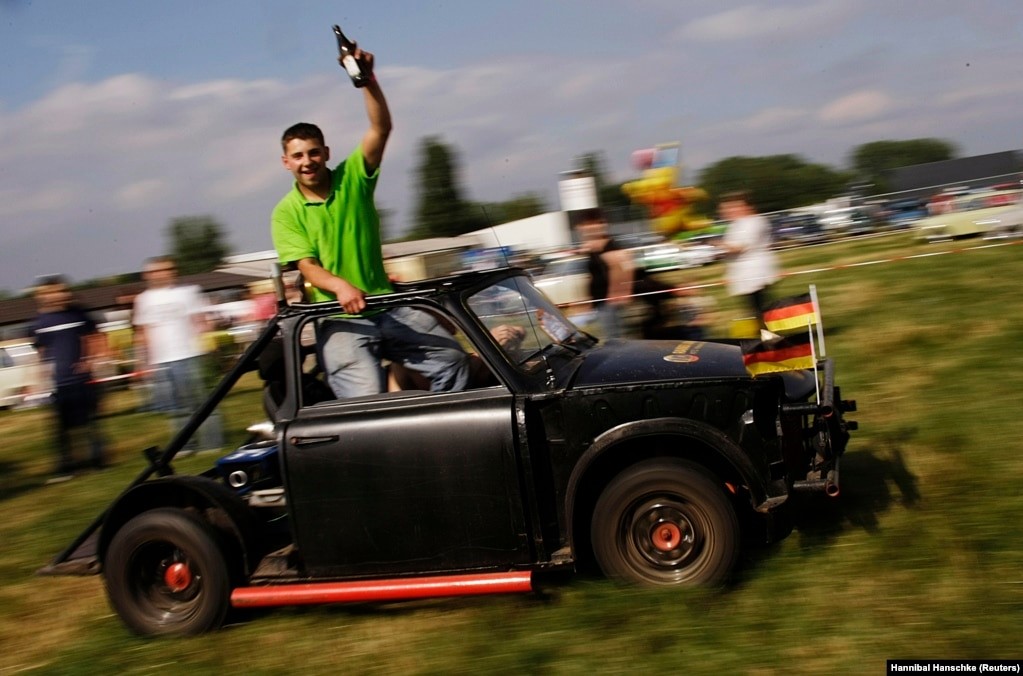
18 As memories of Stasi repressions faded, the Trabant gained new popularity and Trabant clubs were formed across the world.
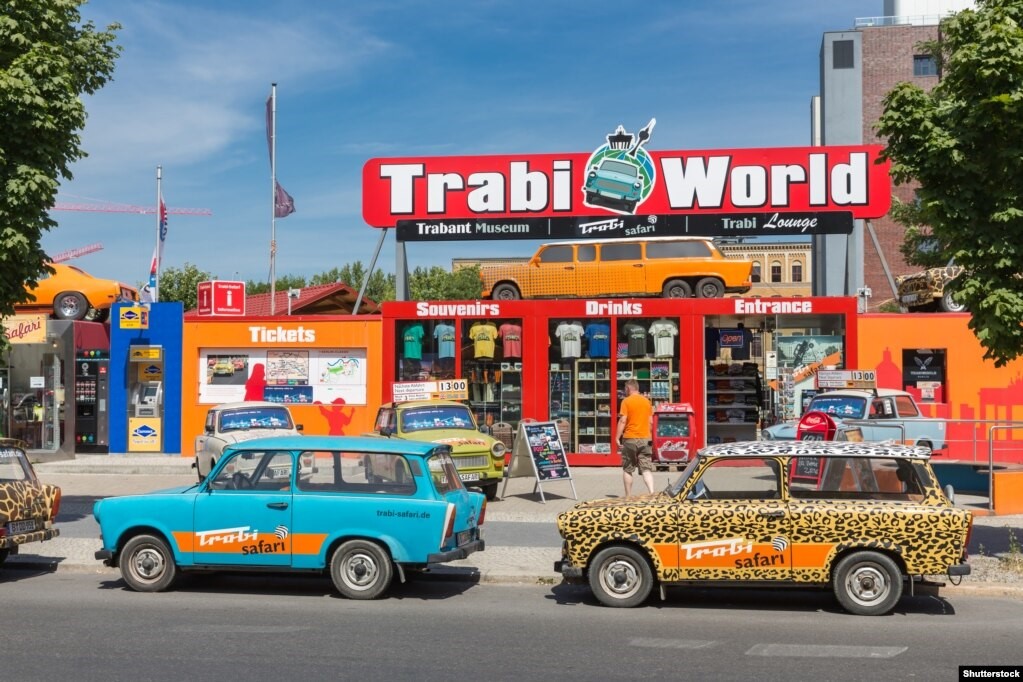
19 In Berlin, Trabant enthusiasts gave rise to new business ...
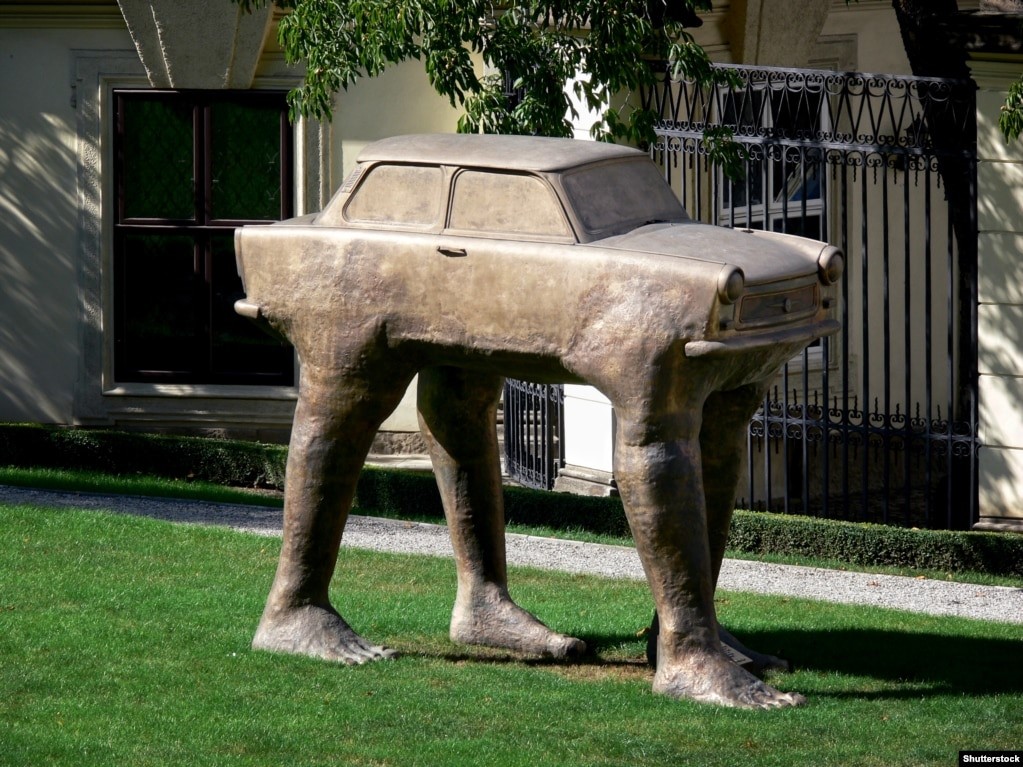
20 ... and the car was immortalized in art. This sculpture in the garden of the German Embassy in Prague is dedicated to the 4,000 East Germans who fled to the Czechoslovakian city and occupied the garden in early 1989. The refugees left their Trabants behind after being granted asylum.
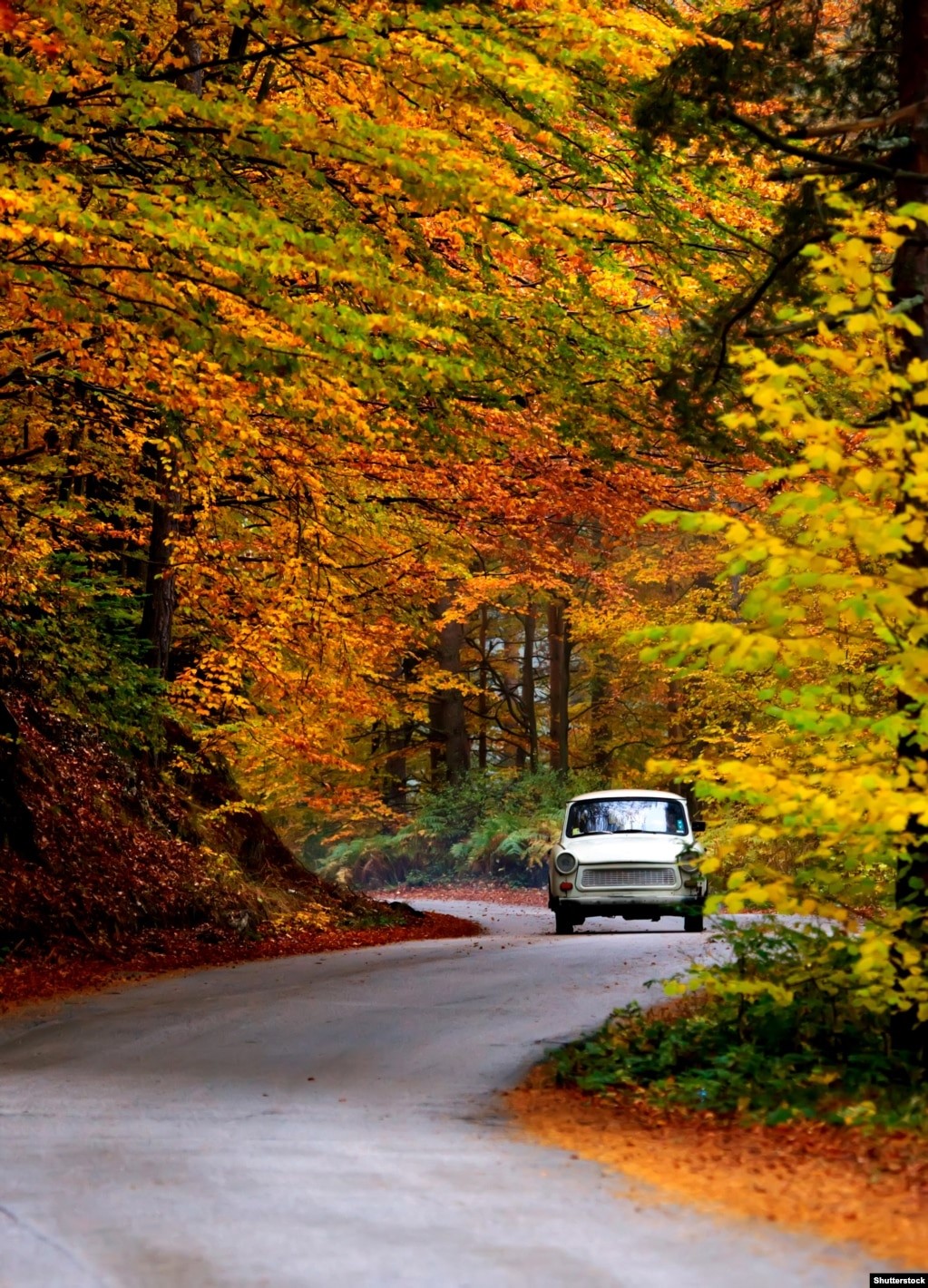
21 As the iconic Trabant quietly celebrates its 60th birthday, it endures as a symbol of achievement and a reminder of oppression.
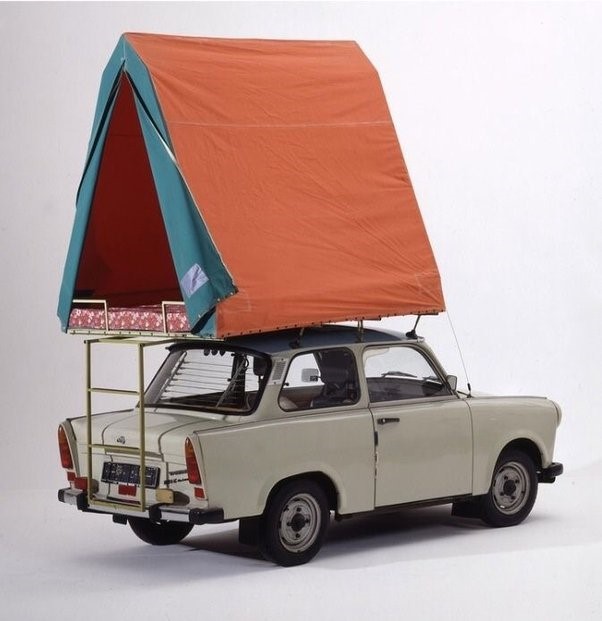
A Trabant 601 with the popular tent on the roof system. Photo by Pinterest.
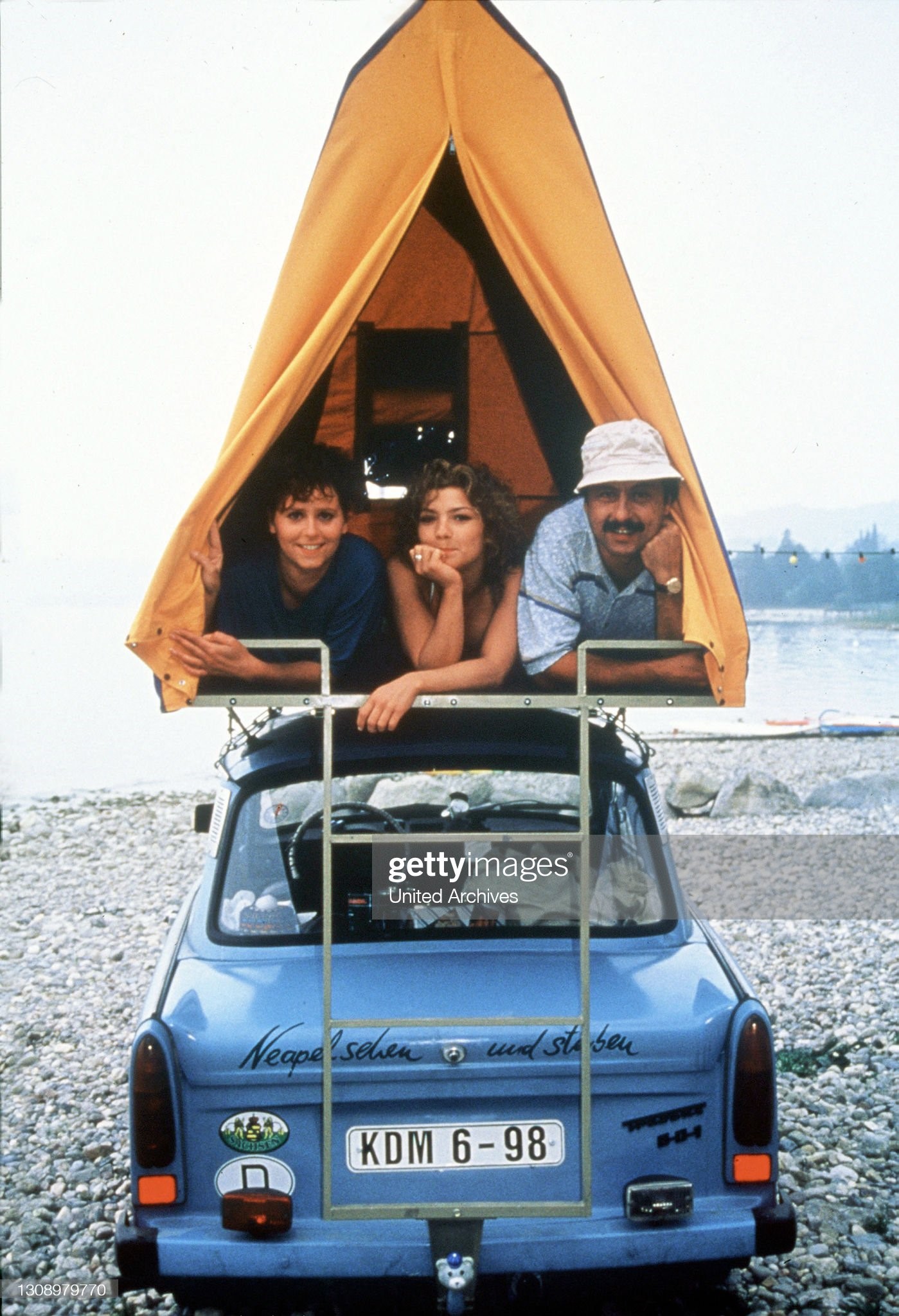
A tent on a Trabant in 1990. Photo by Kpa / United Archives via Getty Images.
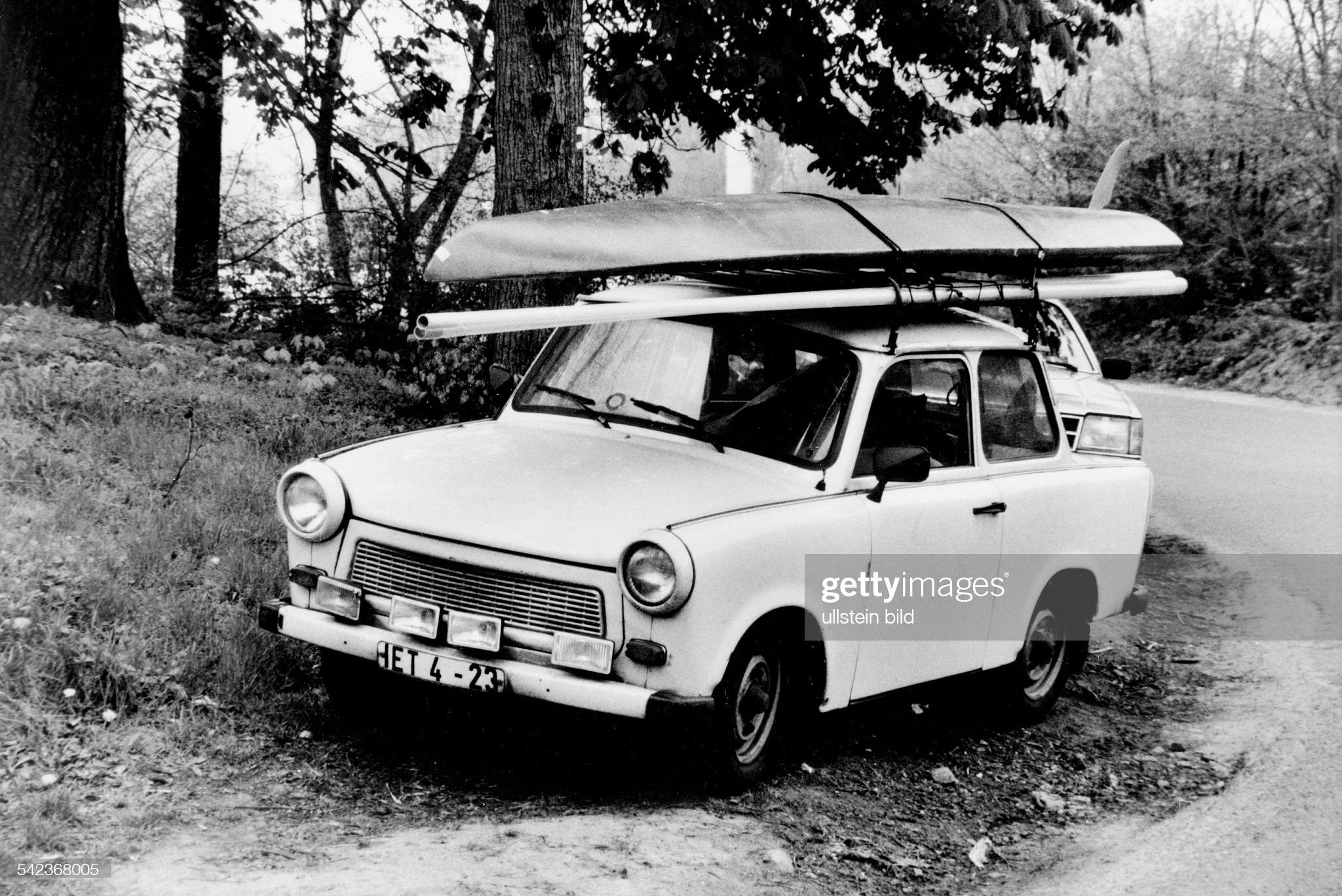
A Trabant loaded with surfboards in 1990. Photo by Gabriele Fromm/ Ullstein Bild via Getty Images
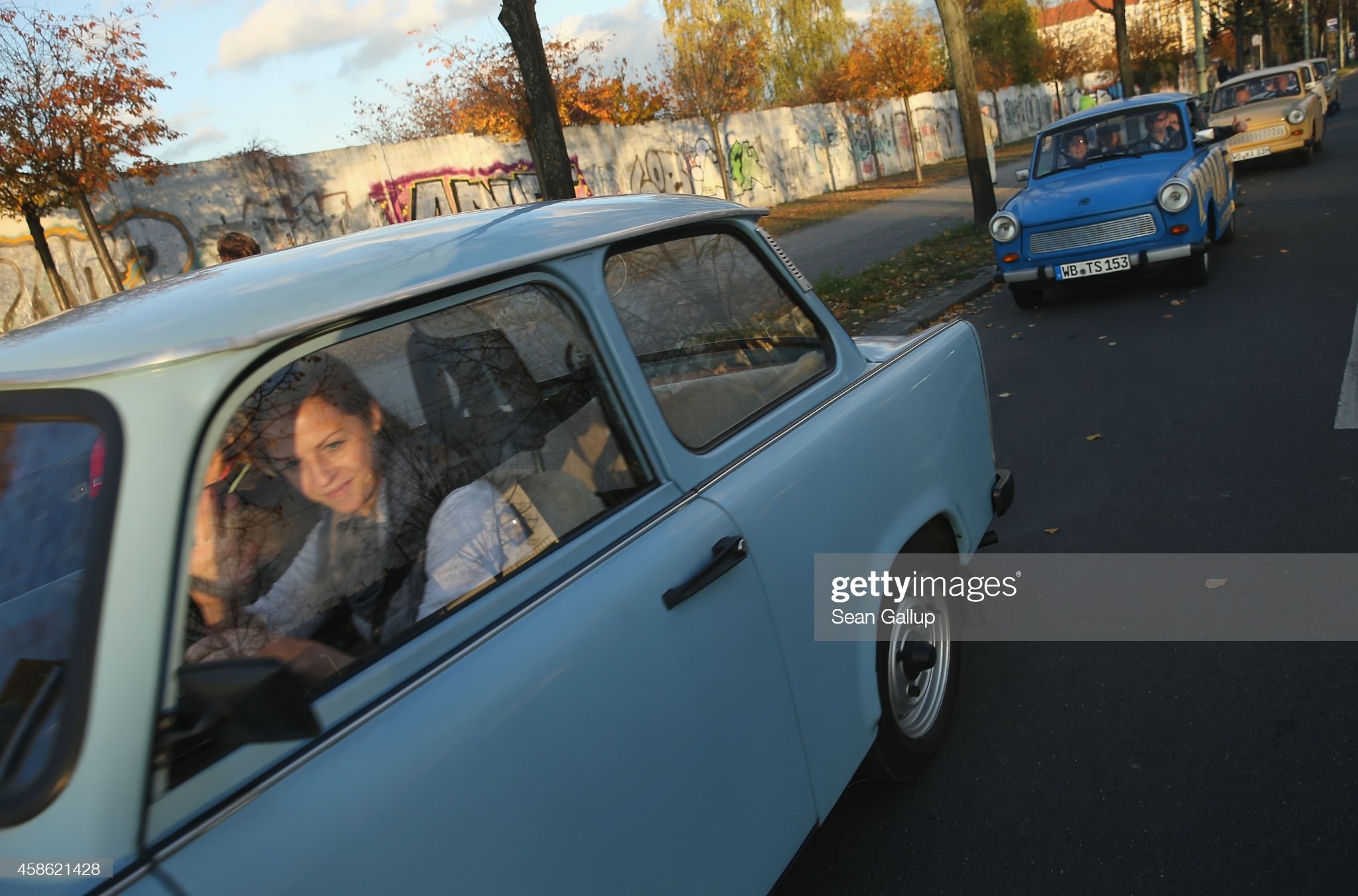
Visitors in East German-era Trabant cars drive next to a still-standing section of the Berlin Wall at Bornholmer Strasse, where nearly 25 years before East Germans crossed into West Berlin, the day before the 25th anniversary of the fall of the Wall on November 08, 2014 in Berlin, Germany. The city of Berlin is commemorating the 25th anniversary of the fall of the Berlin Wall from November 7-9 with an installation of 6,800 lamps coupled with illuminated balloons along a 15km route where the Wall once ran and divided the city into capitalist West and communist East. The fall of the Wall on November 09, 1989, was among the most powerful symbols of the revolutions that swept through the communist countries of Eastern Europe and heralded the end of the Cold War. Built by the communist authorities of East Germany in 1961, the Wall prevented East Germans from fleeing west and was equipped with guard towers and deadly traps. Photo by Sean Gallup / Getty Images.
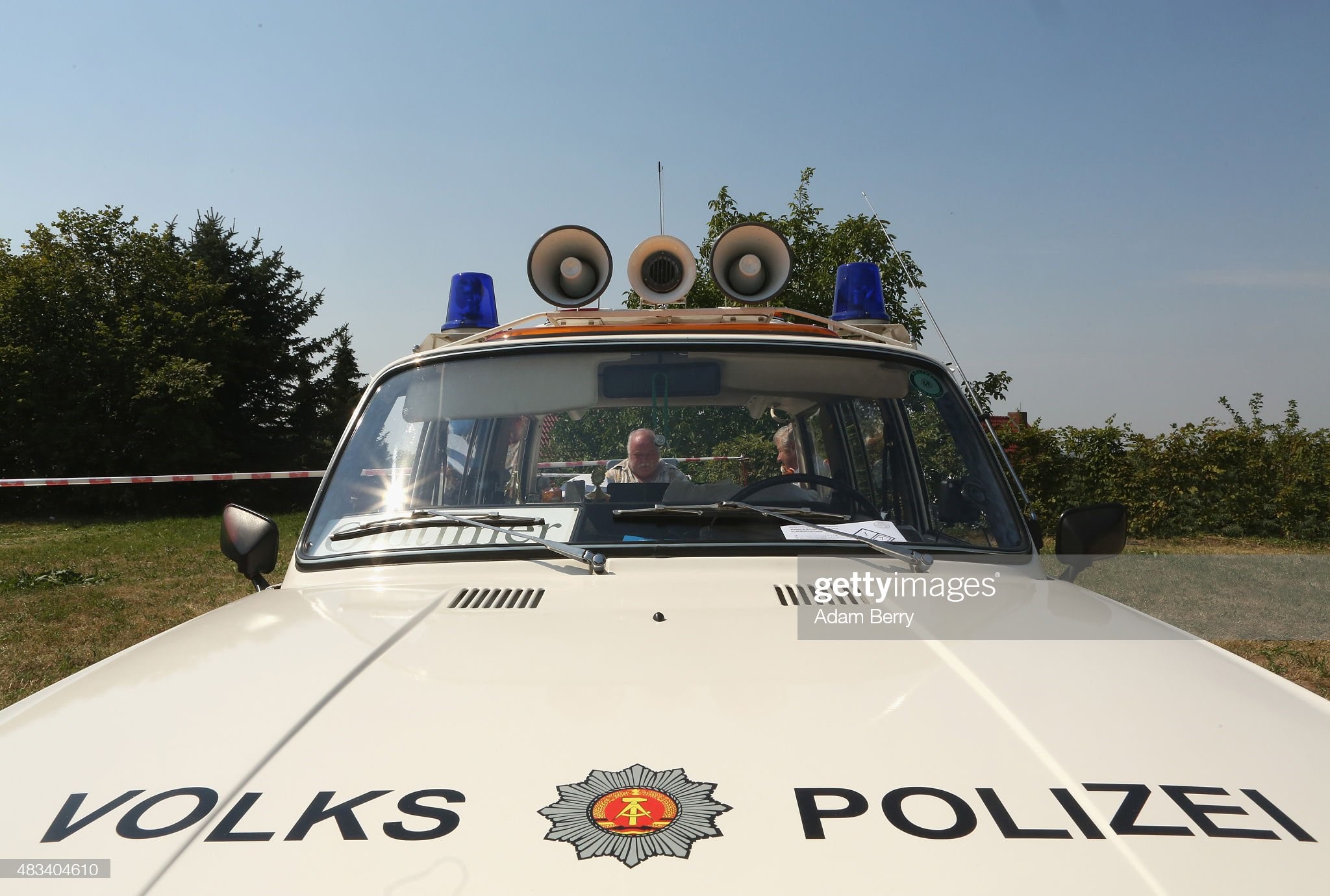
A Volkspolizei East German (DDR) Wartburg automobile is seen at a Trabant enthusiasts' weekend on August 08, 2015 near Nossen, Germany. The Trabant, also called the Trabi, is the iconic car of the former communist East Germany (DDR). Photo by Adam Berry / Getty Images.
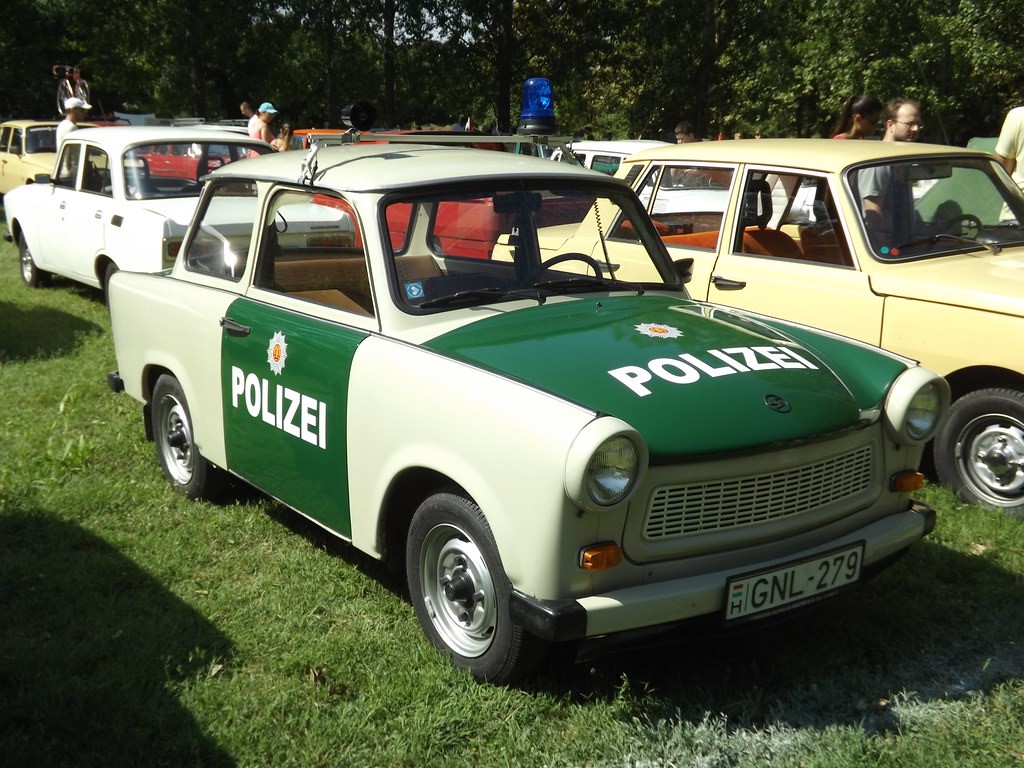
Trabant 601 S East German police car replica seen at the Classic Socialist Vehicles' Meeting at Szolnok, Hungary, in August 2017.
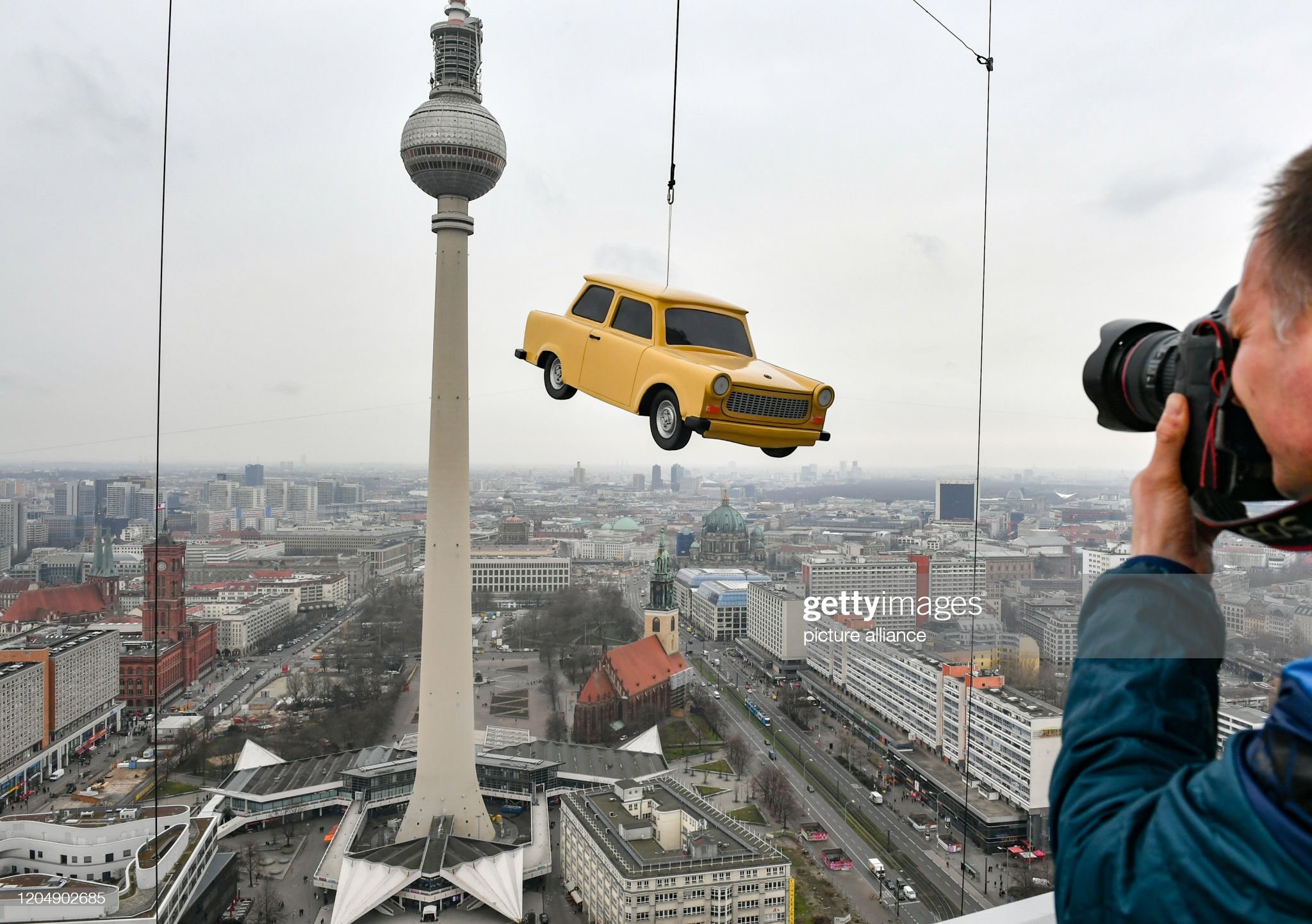
A replica Trabant hangs at the Park Inn Hotel at the Base Flying facility above Alexanderplatz with a view over the city centre of Berlin, on March 03, 2020. The Little BIG City Berlin advertises a virtual sightseeing flight over today's Berlin, which can be experienced in five original Trabants. Photo by Jens Kalaene / Picture Alliance via Getty Images.
As one driver told Public Radio International, "there is no car in Germany imbued with so many emotions."
Lada Niva
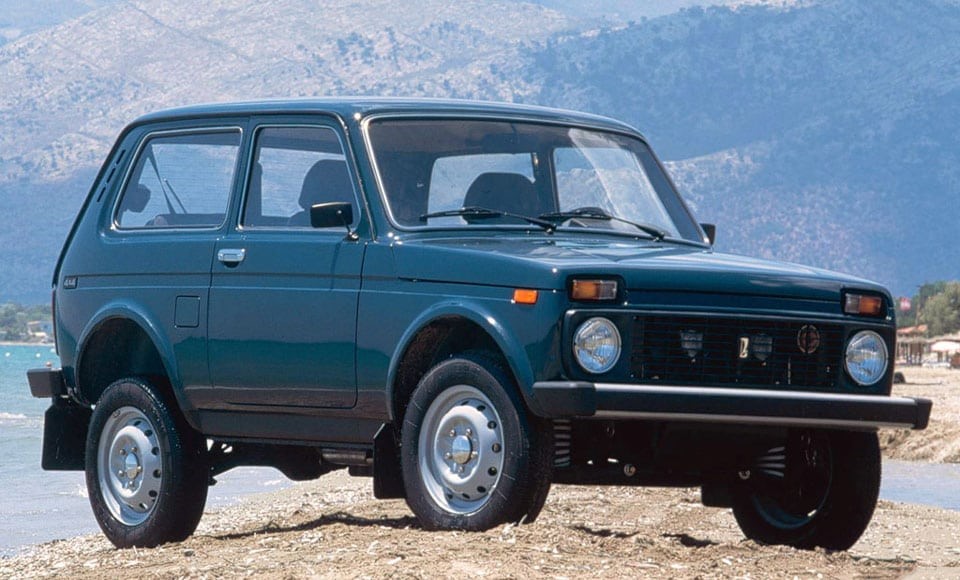
A Lada Niva.
This little Soviet workhorse began production by AvtoVAZ in 1977. The Lada Niva is a predecessor to today’s crossover SUVs, which nearly all follow its groundbreaking format: a unibody architecture with independent front suspension and coil suspension. The Niva, VAZ’s first non-Fiat based model, was described by its designers as a ‘Renault 5 put on a Land Rover chassis’. The car became popular as an ambulance and military vehicle and for use by police forces and utility companies. Almost 40 years later, the Lada Niva is still going strong.
Moskvitch 408 Tourist
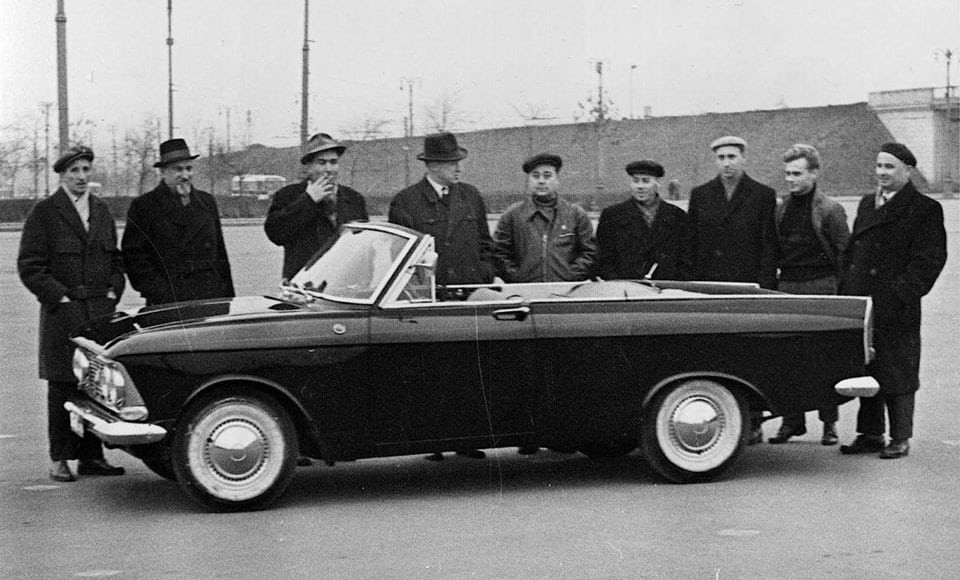
A Moskvitch 408 Tourist.
The Moskvitch 408 was a small family car produced by the Soviet car manufacturer MZMA / AZLK between 1964 and 1976. The convertible version, the Tourist, was built in 1964. Though it’s based on the Moskvitch 408, almost the entire aluminium body was new and the engine included an experimental electronic fuel injection system that gave it 63 hp and provided a top speed of 130 km/h.
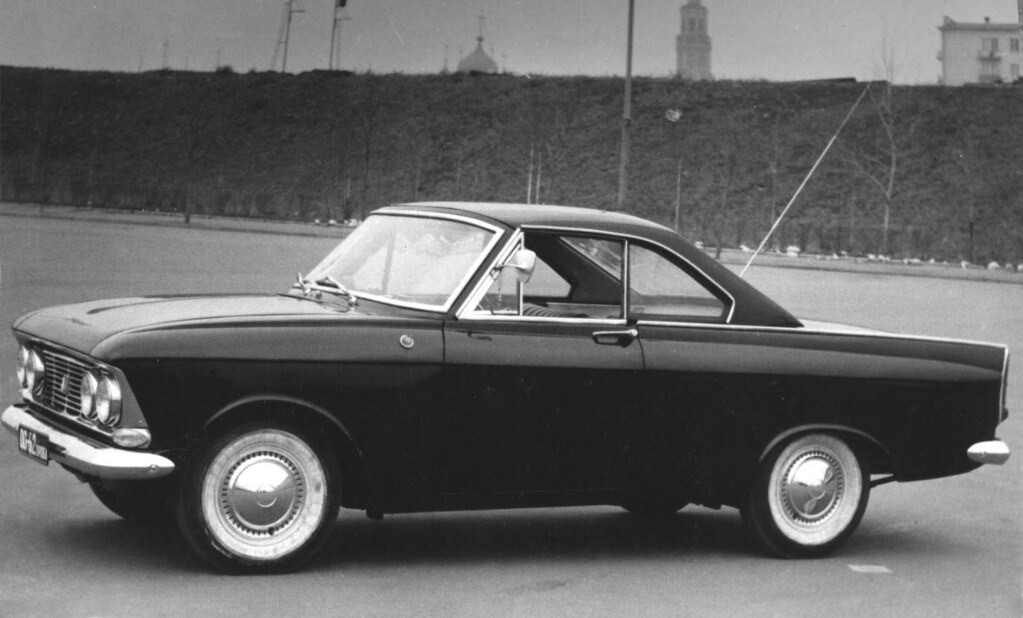
A Moskvitch 408 Tourist with removable hardtop.
Only two prototypes were built, one of which included a removable hardtop. The project was abandoned after country leaders decided that such an automobile would be too luxurious for the Soviet proletariat and export wasn’t safe.
UAZ-3907 Jaguar
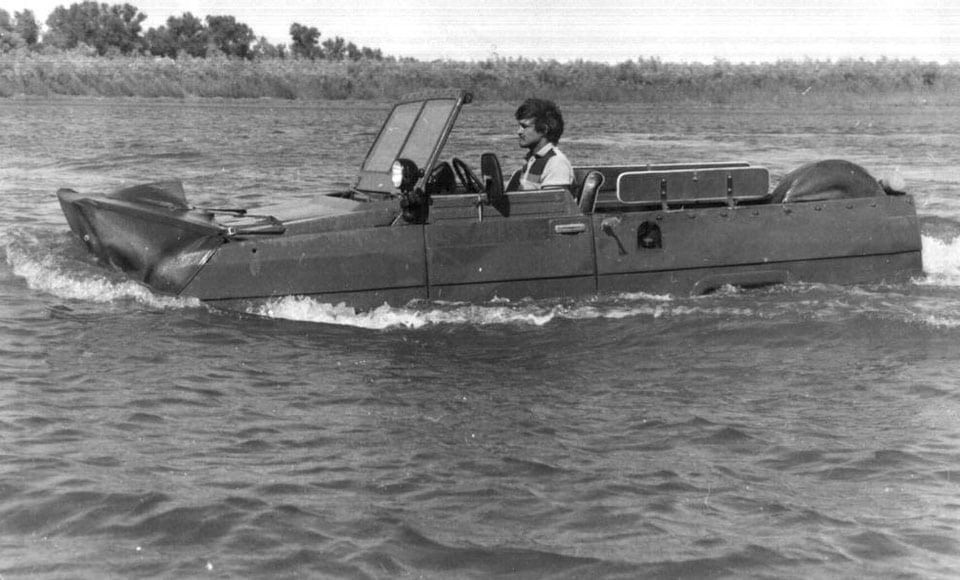
A UAZ-3907 Jaguar.
The UAZ-3907 Jaguar was an amphibious vehicle based on the UAZ-469.
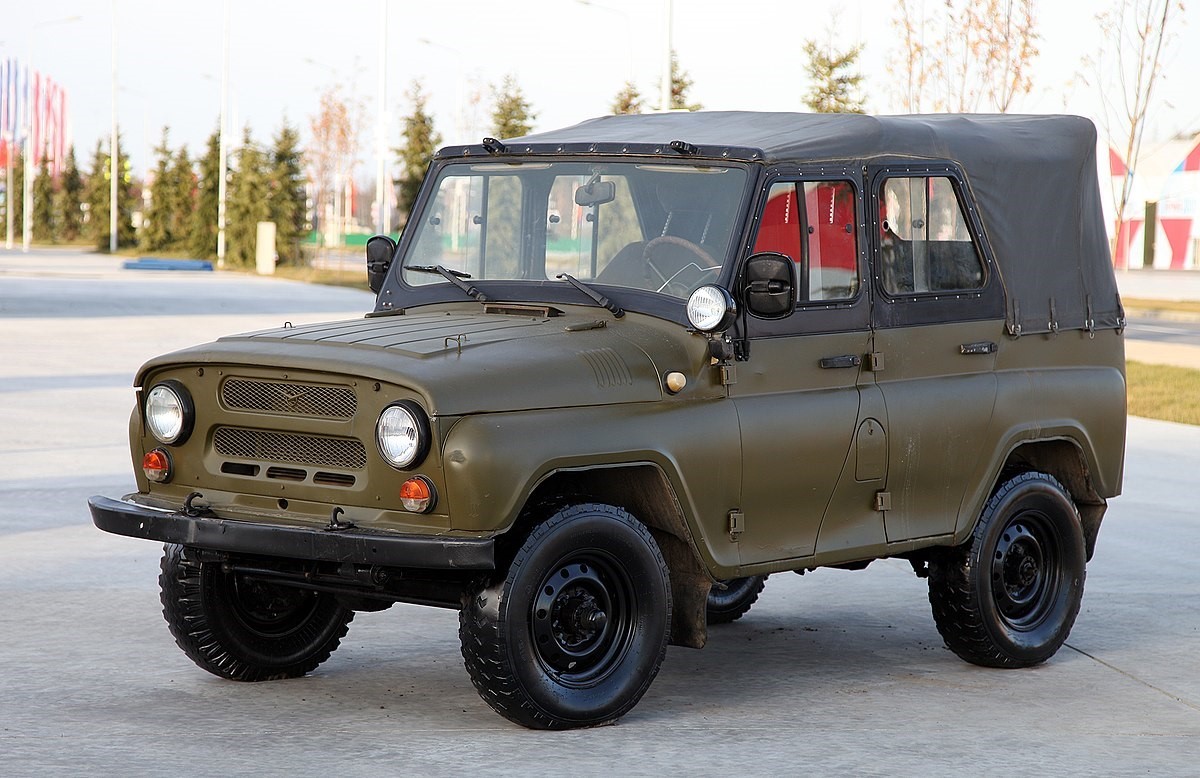
A UAZ-469.
The original UAZ-469 (nicknamed “Goat”) is an off-road vehicle used by Soviet forces and paramilitary units in Eastern Bloc countries. Introduced in 1971, the legendary vehicle was not available for purchase by the public (though many were sold as surplus to private owners). 1980 saw the release of the first prototype of the UAZ-3907 Jaguar, which features two propellers on the front of the rear axle that allowed the vehicle to cross water in addition to most any terrestrial terrain. There’s a ‘in Soviet Russia’ joke in here somewhere …
ZIS-101A, the first Soviet limousine
The attitude towards this car in the USSR was special. Executive car, as they said before, top class, was under close scrutiny not only of the leadership of the Stalin plant, but also of the Central Committee of the CPSU. It is no coincidence that the need to modernize the ZIS-101 in June 1940 was discussed by a government commission headed by one of the country's most authoritative motorists, academician Yevgeny Alekseevich Chudakov. The updated ZIS was supposed to be on the conveyor already in the third five-year plan, in 1942. By then, the basic version of 101 would have been in production for six years ...
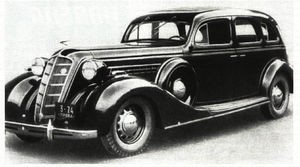
Pre-production model of ZIS-101 (on production cars, "wipers" were placed from below). The car reached a speed of 115 km / h.
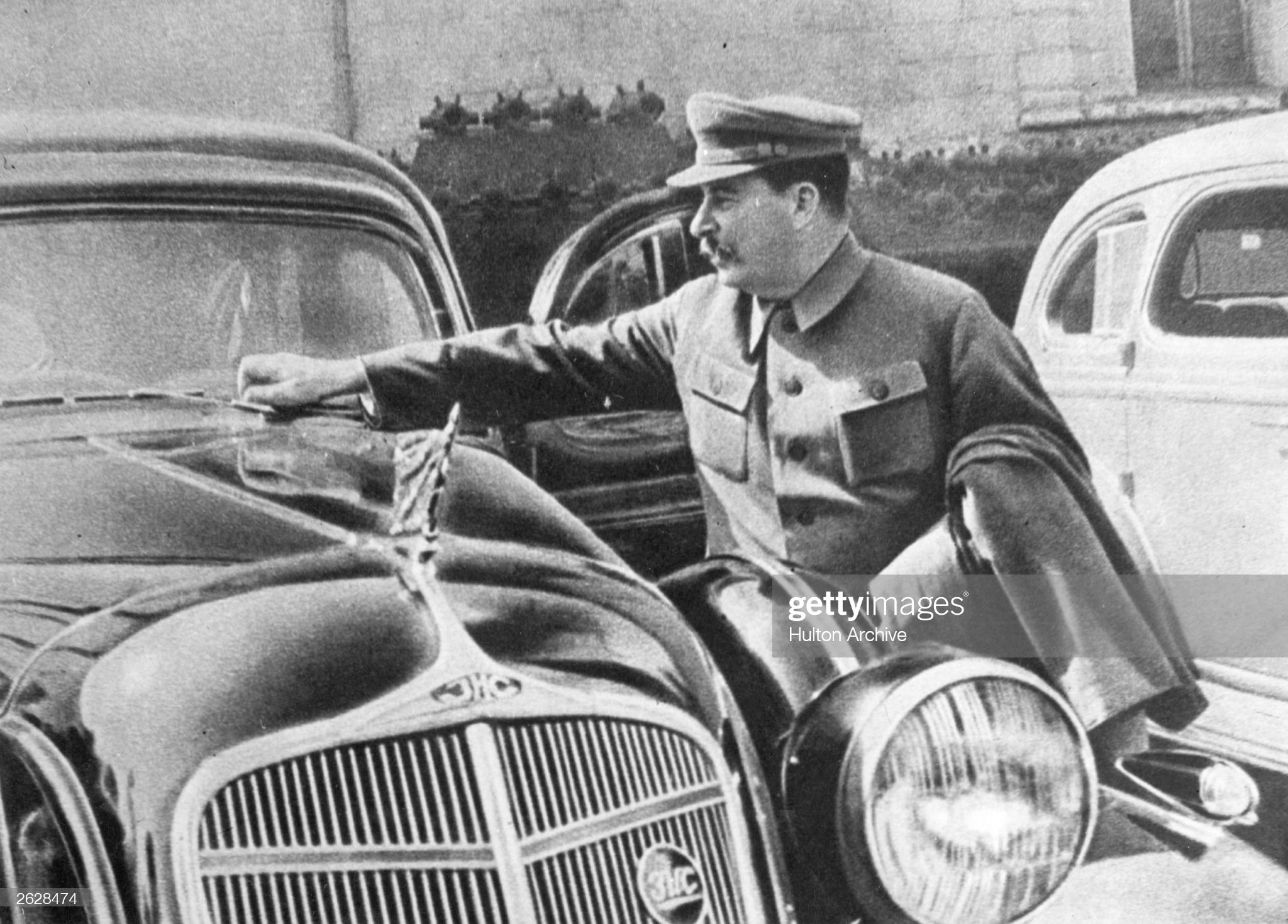
Soviet Communist leader Joseph Stalin adjusting the windscreen wipers on his car. Photo by Hulton Archive / Getty Images.
Of course, in 1936, the first passenger car (a staff car based on AMO-F-15 does not count) of the Moscow plant was received by the Politburo headed by Stalin himself. Demonstration of technology to the top management was the norm, but the seven-seater limousine, of course, was inspected by the leaders especially meticulously. The factory workers were very worried, they knew how Stalin's displeasure could end. But on April 29, when two ZIS-101 entered the Kremlin gates, the ‘father of nations’ was clearly in a good mood. He smiled and joked, he liked the car. In addition, Ordzhonikidze was very convincing, assuring that the car was not worse than the American one. The People's Commissar was partly right ...
The ZIS-101, the design of which was largely copied from the Buick, in the spring of 1936 really looked good against the background of many classmates. Spacious, with a base of 3650 mm, the seven-seater limousine was comfortable, even had an interior heater unprecedented by most domestic drivers. Some of the cars were also equipped with radios. The overhead valve eight-cylinder engine with a volume of 5.8 liters was in-line, however, some eminent companies adhered to this design in those years, including the Packard, which was especially respected by the leadership of the USSR.
The ZIS-101 engine developed about 110 hp at 2800 rpm. With aluminum pistons and a compression ratio increased from 4.8 to 5.5, the unit could be boosted to 116 liters. But technological problems did not allow the serial production of such an engine.
Here mechanical brakes, albeit equipped with a servo booster, looked far from being the latest technology, like a two-disc clutch.
The creation of the machine was supervised by Evgeny Ivanovich Vazhinsky, since 1935 the chief designer of the plant. Grigory Georgievich Mikhailov became his right hand, Ivan Fedorovich German was engaged in the bodywork. He once graduated from the St. Petersburg Art School, dreamed of becoming an architect, painted very well. In part, Herman did the job of a designer, but the main concern was the construction of a complex, completely new body for the plant. Therefore, it was he who, from 1937, became responsible for the production of the ZIS-101.
Serial production began in November 1936. The body, the frame of which was partly made of beech, demanded special attention and diligence. Just a little short of the screws, an unpleasant, not representative creak was heard through the spacious interior.
Of course, it was impossible to buy a ZIS. It was possible ... to win the money and clothing lottery (at least, until the war itself, the car was included in the list of prizes). And also to deserve: ZISs were given to prominent scientists and masters of the arts such as, for example, the ‘red count’ Alexei Tolstoy. At the same time, both ordinary Muscovites and guests of the capital could ride the ZIS: in the capital, limousines worked in taxis.
The release of the ZIS-101 was given to the plant with great difficulty. And for trucks, the plan was not always fulfilled and many cars had to be brought to mind after the assembly line. The quality of the limousines was also constantly lame. But the government commission headed by Chudakov, which included representatives of the People's Commissariats, auto services and taxi companies, noted not only production, but also design flaws cars. In particular, the mass of the ZIS-101 was 600-700 kg higher than that of analogues: one motor pulled 470 kg, while not impressing with power. The plant workers understood: the commission was right, but there was not enough money to improve the car. In addition, the plant, like the whole country, was constantly losing specialists. Among those who had to modernize the 101st, there was no longer Vazhinsky, who was arrested in March 1938 and soon shot.
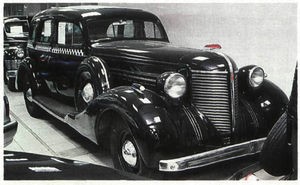
One of the few surviving ZIS-101A 1940.
The designers, headed by Mikhailov (he became the main one), did what they could under these conditions. A motor with aluminum pistons, developing 116 hp went into series. The body was stripped of wooden parts. The car received a single-plate clutch, a Stromberg-type carburetor with a falling, not an upward flow. In line with fashion, the exterior was updated: a rounded (so-called aerodynamic) radiator grille and more elongated headlights appeared. The ZIS-101A began to be produced in August 1940. At the same time, ZIS-102 convertibles were produced in very small quantities.
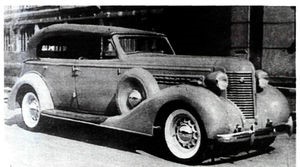
The first convertibles had a radiator grille, like the ZIS-101.
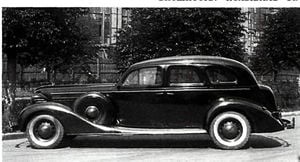
The second prototype of the 1941 ZIS-101B. Made only two samples.
However, everyone understood that it was impossible to stop there. ZIS lagged more and more noticeably behind its overseas and European peers. Therefore, the plant prepared two modernized versions at once. The ZIS-101B externally featured a protruding trunk that replaced the archaic luggage rack. The dashboard was noticeably changed: large rectangular dials looked quite modern, as well as new steering wheel with chrome-plated horn ring. The ZIS-101 B had upgraded shock absorbers and sixteen-leaf springs instead of nine-leaf springs.
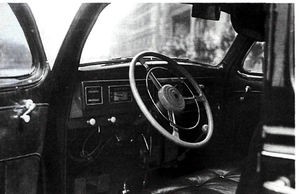
The interior of the 101B model looked quite modern.
The ZIS-103 model was created in parallel, apparently with the same modified body and, most importantly, with an independent front suspension. Most likely, it was similar to the American designs of that time: forked levers and springs. By the way, the post-war ZIS-110 had a similar one. The designers also worked on a forced up to about 130 liters with engine, but whether such was on the pre-war prototypes is not known for certain. The ZIS-103 was apparently prepared for a longer term and the 101B was planned to be produced already in 1942.
Tests began in May 1941. On July 7, production of the ZIS-101 was stopped, on the 22nd Moscow survived the first raids and work on the ZIS-101B was carried out ... until October 15. Two days earlier, the Germans entered Kaluga, on the 14th - into Kalinin.
And four days after the work on the passenger ZIS was stopped, on October 19 the State Defense Committee issued a decree on the introduction of a state of siege in the capital ...
Most likely, the designers and testers working on the passenger car were simply forgotten in the confusion. And they did their job. And for good reason: already in 1942, a government decree was issued on the creation of a new executive car. The ZIS-110, of course, was a completely different machine, but the experience of upgrading the 101 was undoubtedly useful.
A total of 8752 ZIS-101s were assembled, of which about 600 are in version 101A - and there are very few open 102s. The fate of pre-war prototypes, including ZIS-Sport (ZR, 2003, N. 11) and ZIS-101B, is unknown.
Only a few 101 survived to this day (apparently not a single one open ZIS-102), as a rule, with non-native motors. But even today, pre-war limousines look impressive.
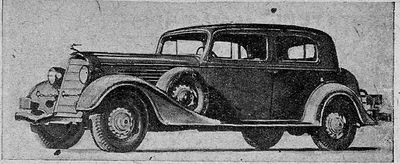
This is what the prototype ZIS-101 looked like in 1934. Magazine ‘Behind the wheel’, 1934 n.19.
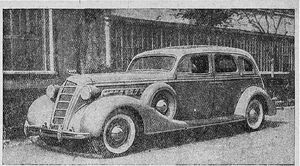
ZIS 1937. ZR 1937 N. 21-22.
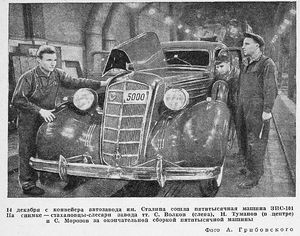
The year is 1939. ZR 1939 N. 2.
ZIS 101A Sport
Back in 1939, at the Moscow ZIS plant, the miracle expected by so many people happened, to see the light sport car ZIS-101A-Sport. Released in one copy, it received approval from Joseph Vissarionovich and Stalin himself, who personally examined this miracle of technology, given by such labor.
If you go back a year, you can see that the Soviet sport, despite all its ambitions, was only in its infancy. Undoubtedly, the experience was, but these undertakings are so insignificant that they are not worth mentioning. In addition, there were obstacles in the way of the production of light body parts necessary for fast movement: the aluminum reserves were scanty. And there were no tires at all to develop a speed of 150 km / h, candles and carburetors. In fact, the whole process of making high-speed cars was reduced to outbreaks of unpromising sports clubs and small achievements of masters.
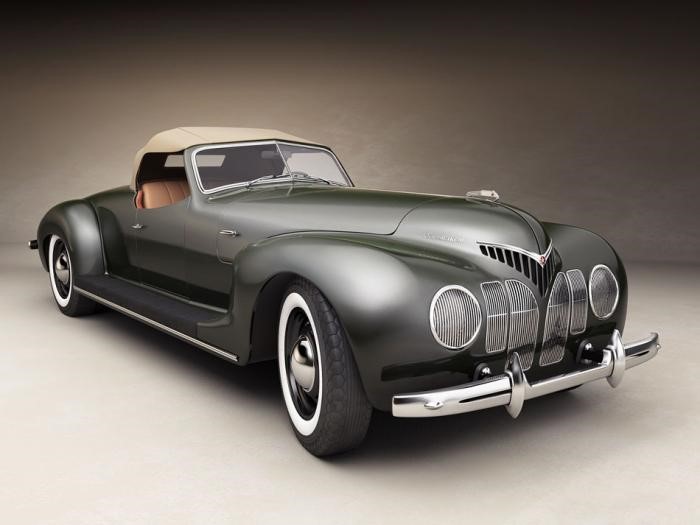
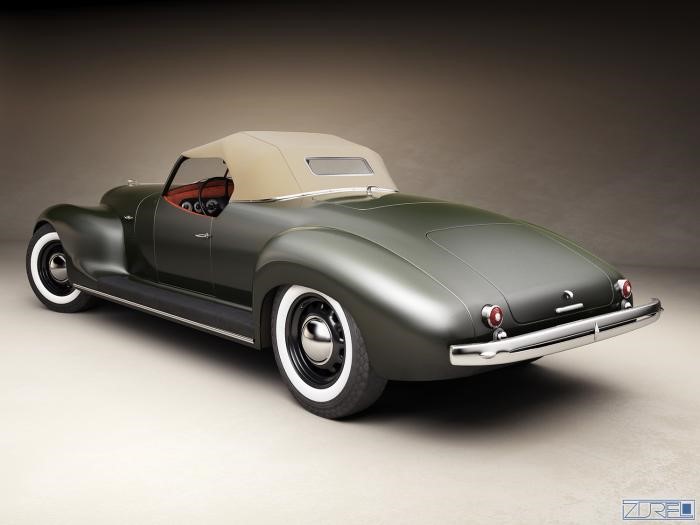
The idea of creating this car originated in the minds of three young people working at that time in the shop at the Stalin plant. They were Vladimir Kremenetsky, Nikolai Pulmanov and Anatoly Pukhalin. Pukhalin was educated at the Moscow highway and was just writing his thesis on high-speed cars. This was the ‘impetus’ for the guys. It became a kind of incentive that prompted them to develop the notorious car.
The choice of chassis did not arise: preference was given to the latest version of the most ‘advanced’ car at that time - the ZIS-101 limousine, which had been produced since 1936. By the way, the length of the car was 6 meters, width 2. And the weight reached 2.5 tons! One can only guess how the Komsomol members managed to make a roadster out of such a colossus.

The work did not stop for a moment. Pukhalin developed a general compilation, revised the ZIS-101 suspensions, supplying them with the necessary regulators and stabilizers. Kremenetsky designed rear axle with a hypoid gear and Pulmanov threw all his strength into working with the engine: he forced the engine by increasing the number of revolutions and the compression ratio. The valve timing has also been changed. Later, the eight-cylinder engine increased in volume and acquired an aluminum alloy cylinder head, pistons and connecting rods. The redesigned gearbox includes bevel synchronizers and an overdrive gear. Stabilizers used in the suspension lateral stability ... According to calculations, the car was supposed to develop 180 km / h.
Aiming at everything fundamentally new, the developers carefully thought out all the nuances. The design of the car was not ignored either, something completely unusual turned out. The repairer Valentin Rostkov was involved in the design work, who provided wonderful sketches of cars, among which the technical council chose the best. Needless to say, all those working on the creation of the car were incredibly lucky with Valentine's talents. It was he who helped them move away from established forms, since it seemed too primitive for young people to make an ordinary two-seater body.
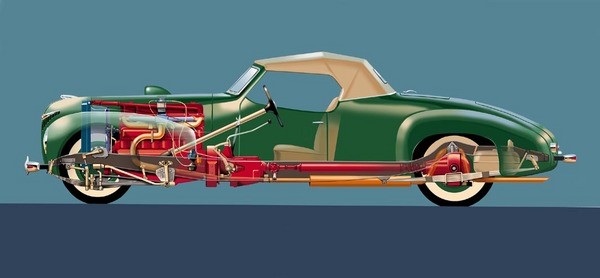
Since in the end power point turned out to be very long and heavy, the double cockpit had to be shifted back in order to improve the axial balance and load the drive wheels. In addition, the ZIS-101A-Sport was equipped with a removable awning, an air intake and head optics mounted in the fairings of the front fenders.
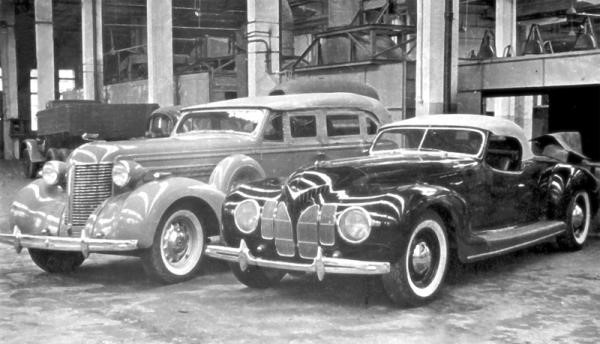
However, it all looked inspiring only on paper. It turned out to be problematic to realize our plans in life. It was not possible for young enthusiasts to single-handedly translate all their ideas into reality. Lack of experience and technical equipment affected in the course of work. Still: to make foundry models or dies for fittings, tooling, a wooden block for the body - the tasks are almost impossible.
Of course, turning back after what was done was at least irrational, so the initiators of the car began to look for help. The higher authorities reacted coolly to such requests. The elite did not share the enthusiasm of the young, but periodically monitored the process by sending commissions. So, one of such state inspections, headed by E.A. Chudakov, who at that time was the head of the department of wheeled vehicles, found a list of omissions and errors, the elimination of which required a reduction in the weight of the car by 600-700 kg. The developers were given some recommendations for improving the work, but, as you know, advice alone will not help matters. The work went on more slowly.
A loud jubilee, the twentieth anniversary of the Komsomol, was able to direct the process back on track. Through the efforts of Kremenetsky, the ZIS-101A-Sport entered the huge list of gifts from the plant to Mother Motherland, along with super-planned cars. On October 17, 1938, the newspapers were full of headlines and photographs regarding the developments, Komsomolskaya Pravda published an article about a sports limousine and also published some of Rostkov's sketches. Of course, the country started talking about this sensational sports car, which has practically become a kind of celebrity in certain circles.
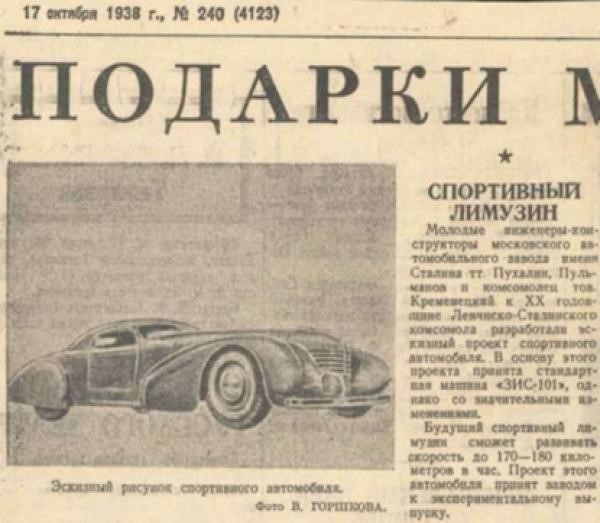
Further work on the creation of a sports car was controlled almost at the highest level, unheard of for the USSR. But it just so happened that a lot depended on the ZIS-101A-Sport and it would be foolish to deny or not notice it. The staff working on the car has expanded significantly, attention was paid to every detail: the car has no body yet and it is already being run around the plant, eliminating errors and minor imperfections.
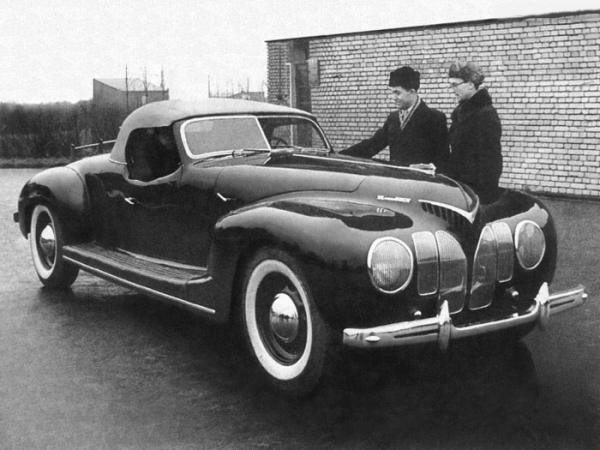
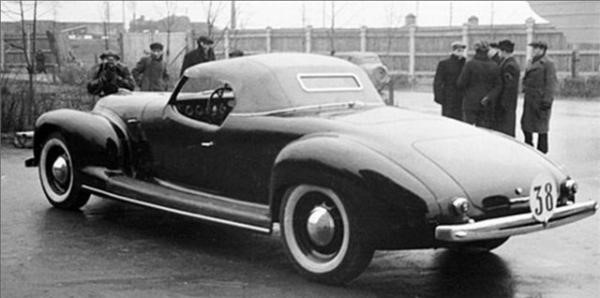
Finally, it was time for the demonstration, the departure was coming in a fully assembled, painted and polished car. The ZIS-101A-Sport was driven by Pulmanov, Pukhalin was nearby. Kremenetsky saw his creation from the outside. It is probably difficult to imagine how proud young and enterprising Komsomol members felt for their work. However, at that moment they had no idea that their first sports car would be the last.
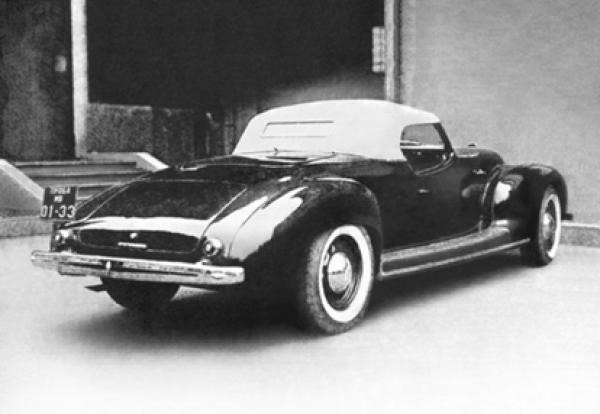
Nevertheless, the presentation of the car turned out to be spectacular. But the preparation for the event exhausted everyone: the night before the demonstration, they had to dismantle a piece of the wall of the House of Unions, where the show was scheduled and bring in a car weighing 2 tons. In addition, it was necessary to put in order the facade, with which they were transported until dawn. But the result was worth it, in the morning the car gathered around it all the delegates and guests of the Moscow party conference, as well as members of the Politburo headed by Stalin, who expressed clear approval. However, this was not enough for the designers who worked on the creation of the car. The most important thing lay ahead, sea trials. The goal that had to be achieved was to develop top speed from 168 km / h, to which the developers stubbornly went, however, on tests in the summer of 1940, the ZIS-101A Sport showed only 162.4 km / h.
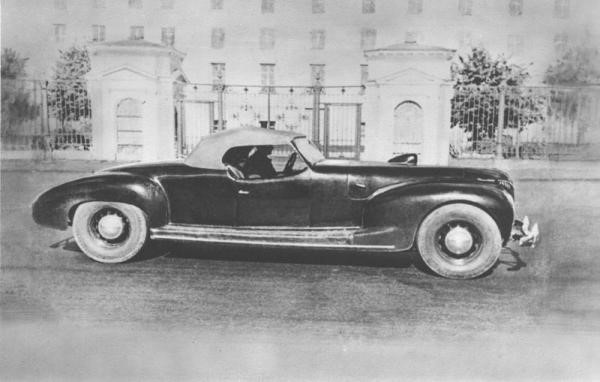
Despite progress in work, successes and new ideas, fortune soon turned its back on enthusiastic designers: in 1939 another person took the post of plant director, who was completely indifferent to the fate of the ZIS-101A-Sport. The work had to be stopped. Despite the bright future predicted by everyone around this stunning car, hopes were not justified. According to some reports, the ZIS-101A-Sport was thrown into the factory backyards, where it remained covered with rust.
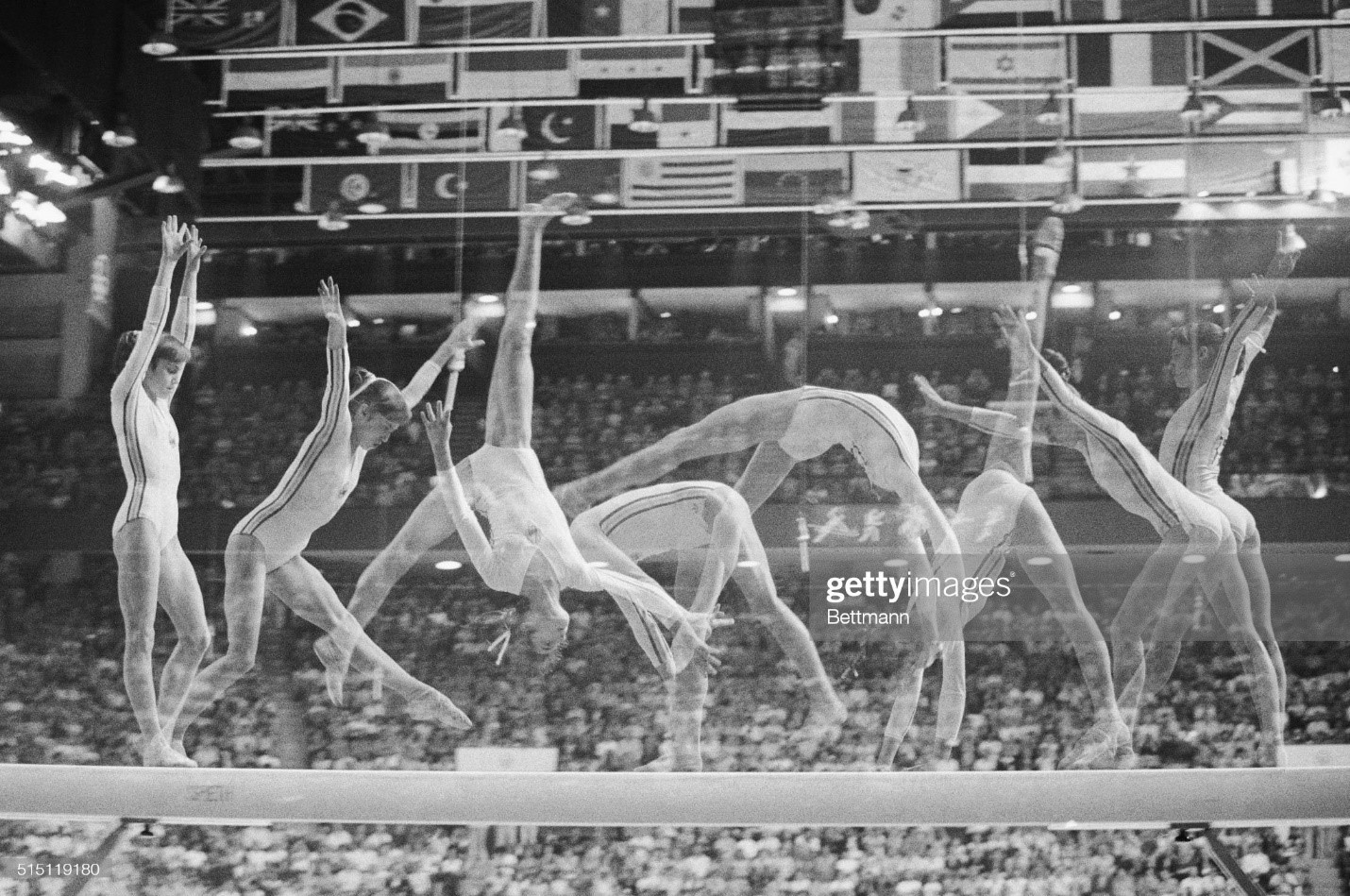
Montreal: multiple exposure show's Romania's Nadia Comaneci on the balance beam in Olympic women gymnastics 7/22, as she went on to win her second gold medal of the night and her third of the games. She is the first gymnast to be awarded a perfect score of 10.0 at the Olympic Games. Photo by Bettmann / Getty Images.
Automobiles in communist Romania. A history of the automobile during the communist regime in Romania. By Steliu Lambru. July 07, 2022.
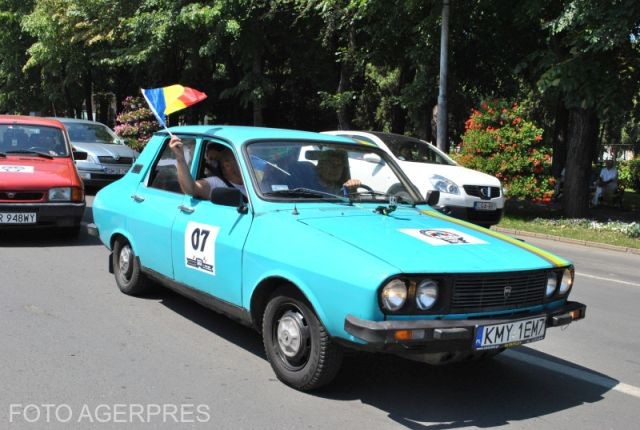
Dacia 1310. Photo by Agerpres.
Automobiles have become so common today that it is almost impossible to imagine a world without them. Like any other invention in its early days, the automobile was present only in the lives of the affluent. However, in time, its rising popularity made it affordable to other people and thus it stopped being a symbol of belonging in a certain social category. Between 1945 and 1989, the automobile's evolution in Romania saw some stages beginning with the restrictive one, when it was exclusively used by the state and the communist leadership, to a period when it was desired by the commoners as well. It went through a period of democratization as Serban Cornaciu, vice-chair of Retromobil Club Romania, said. This period was kicked off by a low number of people, the ones who could afford it at that time.
Serban Cornaciu: "we cannot speak about this period of democratization without speaking about car imports from the West. Those people were privileged because they had the courage to apply for buying such a luxurious product and they had well-paid jobs, being doctors, lawyers, artists. Most of them were interested in buying a Fiat 850 or a Renault 16 as Romania hadn't started its car production yet. There were also very expensive models like Fiat 1800 and many of the applicants were being visited by officers of the former political police, the Securitate, because the state had a tight control on people's incomes at that time and only a few could afford a car in the 1960s."
Romania's economy, just like the others in Central and Eastern Europe, was slowly recovering after the war and the process was also hindered by its being reorganized after the centralized soviet model. Furthermore, Romania wasn't allowed to benefit from the Marshall plan and its economic recovery was dragging on. It was only in the late 60s that two plants were built in Pitesti, southern Romania, for the production of two models, Renault 8 and 12, under the name of Dacia 1100 and Dacia 1300. At that time the then communist authorities wanted to give an impetus to the car market by producing local brands and importing some models from the other communist countries. Here is Serban Cornaciu at the microphone again. “At that time, you could subscribe to a waitlist for buying a car, apply for a loan and eventually you got it. In 1974, three versions of Dacia 1300, not very different from one another, became available. The cars used to come in a wide range of vivid colours until 1984 when a new model, Dacia 1310, had rolled off the assembly line. Cars from the communist bloc were also available on the market but imports from the West ceased shortly after the local production had begun. No Western brands were imported since 1971-72. One could only apply for a Lada 1200, a Moskvich or a Trabant, produced in East Germany. Delivery periods for Trabant were shorter, though after 1988, applicants could wait even up to three years to get one."
However, the systemic crisis that started to affect the communist regime in late 1970s inevitably affected Romania's car industry. Here is Serban Cornaciu again: "the models produced by Dacia Pitesti in the 1980s were changed and imports became increasingly difficult. Wait lists could no longer be made at the local dealers and people's options started being trimmed in 1982-83. The plant in Pitesti started having delivery issues on the domestic market, because exports had become a priority. One can wait up to five years for a car and there were no colour options. They started using two-three colours back then. One year they were all painted in blue, another year green or white and so on. Vivid colours were no longer available."
Restrictions for the drivers came one after the other and, in 1978, Romania's communist dictator Nicolae Ceausescu issued orders that dignitaries and institutions use only Romanian cars. The crisis deepened in mid-1980s, with fuel shortages, driving restrictions at night and on Sundays. We've asked Serban Cornaciu about the used cars market in communist Romania.
This is what he said: "cars were being sold by their owners; there was supply, there was demand and a second-hand market flourished back in the 80s. However, prices remained high in spite of the driving restrictions imposed by the communist authorities. Things went on like this, someone would buy a car but at the first snowfall authorities would issue a temporary driving restriction and the new owner had nothing to do but wait until the restrictions were lifted. Only communist leaders were allowed to travel in cars with yellow plates as well as members of the diplomatic corps or foreign residents in Romania whose number plates began with 12 B. For instance, famous Romanian director Sergiu Nicolaescu, who was shooting a lot of films back in the day, had to use this special type of plate in order to avoid being pulled over by the then road police which was known in Romania as 'militia'. The real democratization of the automobile in Romania came only after 1989 and the change in the political regimes also brought changes to the relationship between cars and their owners."
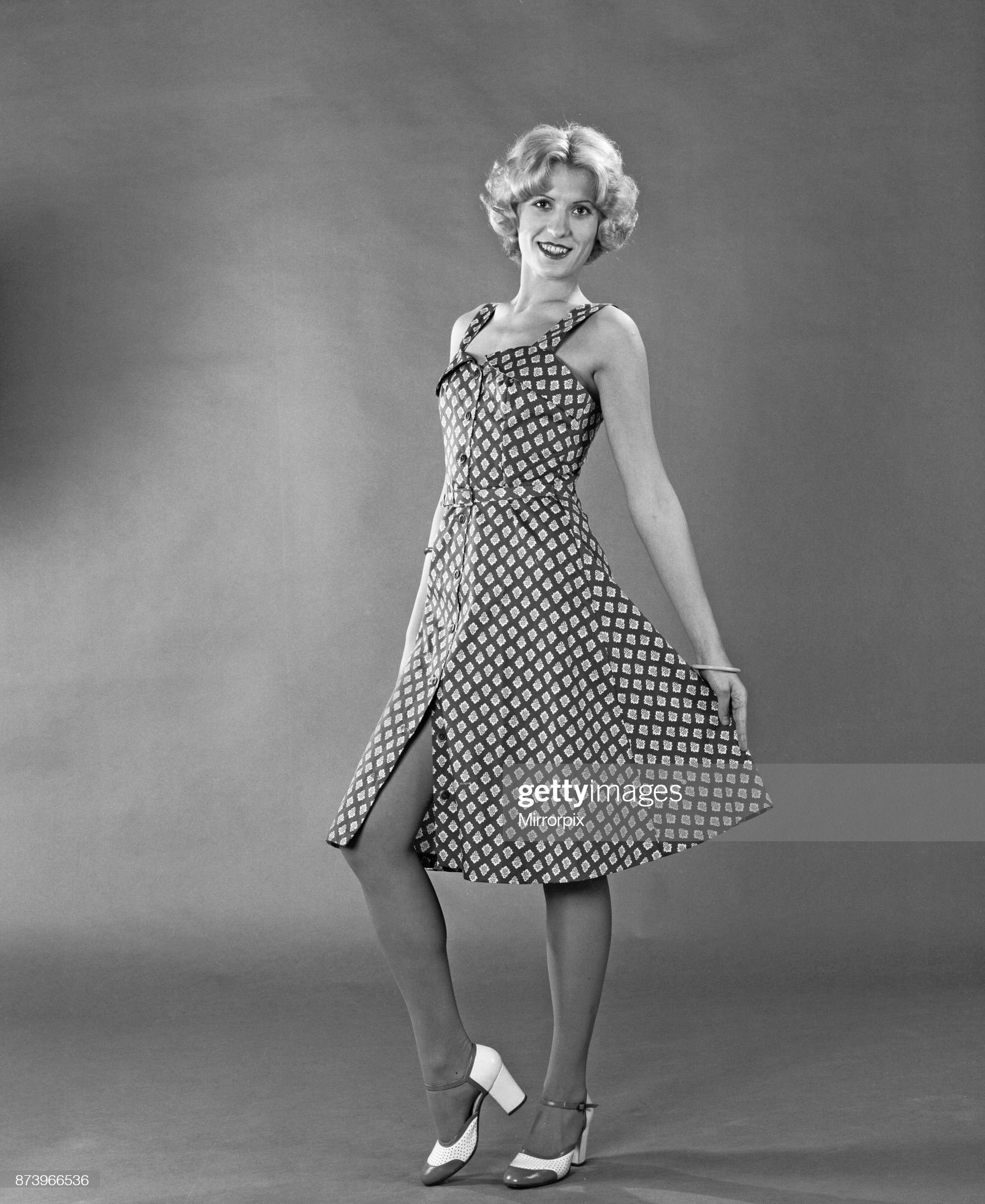
Margaret Wegrzyn from Poland seen here in the Daily Mirror studio modelling the latest summer fashions from high street retailer Marks and Spencer, 3rd January 1976. Photo by Arthur Sidey / Mirrorpix / Getty Images.
Unforgettable cars from the communist-regime era. By Marek Kepa. March 02, 2015.
Under the communist regime, there were shortages of almost everything in Poland. It would get so bad at times that certain stores would have nothing but vinegar in stock. Nevertheless, Poland under communist rule had something that is practically non-existent in present-day, democratic Poland – mass-produced domestic cars.
There were two main reasons why communist Poland could mass-produce cars. Central planning is the first. If the central government decided that a particular product needed to be manufactured, it would be manufactured, regardless of economic rationale. Therefore, opening a state-owned car factory was relatively easy, as it essentially required only an arbitrary decision from the leadership.
It’s worth noting, however, that almost none of communist Poland’s car brands have survived in the post-1989 free-market environment of democratic Poland, where production generally must be profitable. The Honker brand, which still exists today, may be considered one of the few exceptions. Honkers, however, are chiefly produced for the emergency services and the armed forces.
The second reason relates to the isolated market of communist Poland. With a very limited choice of consumer products under communist rule and the cars that were available were mostly Polish. If you wanted to drive a car in communist Poland, you often had no other choice but to drive a domestic one. This guaranteed a steady demand for Polish-produced automobiles. Once Poland became a free-market economy and the choice of cars grew, this demand diminished dramatically.
Still, some of the vehicles produced under communist rule are now retro classics, the sight of which brings joy to the hearts of many car-conscious Poles. Below, you can find a list of eight cars produced in communist Poland, which are now considered appealing on a sentimental level.
Warszawa
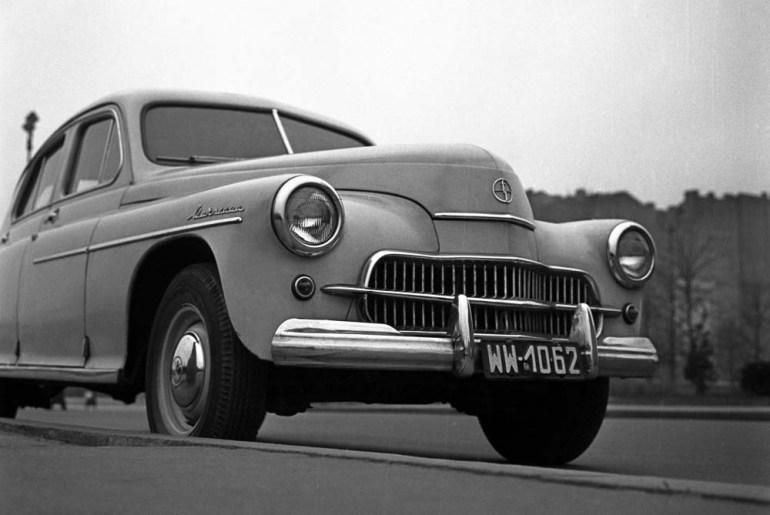
Warszawa, 1962. Photo by Andrzej Wiernicki / Forum.
The first car mass-produced in Poland after World War II. This curvy vehicle was manufactured by FSO from 1951 to 1973 in Warsaw and named after the capital city itself. A number of versions of the Warszawa were created to accommodate the diverse tastes of the nation. This car took on the forms of, amongst others, a station wagon, a pickup, an ambulance and a draisine.
Syrena
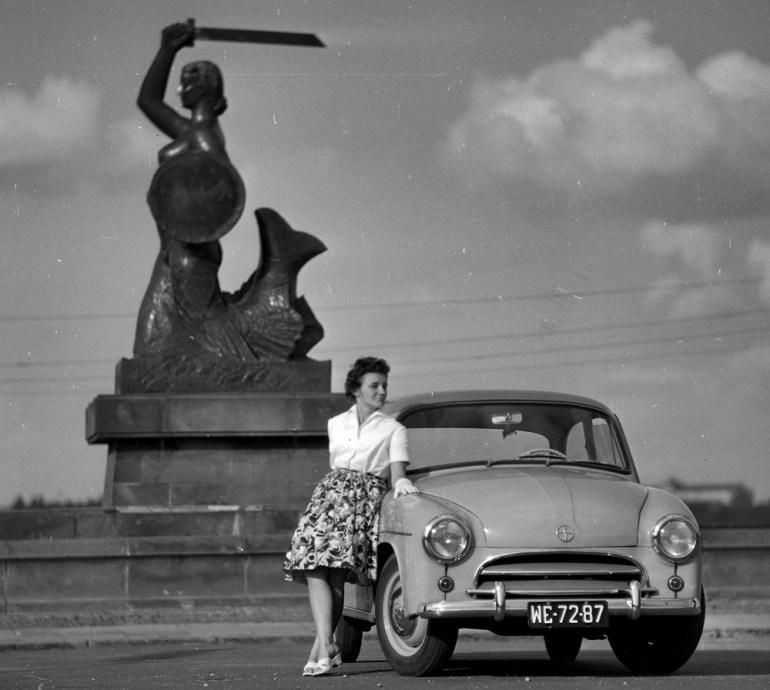
A Syrena car parked by the Syrenka Warszawska (Mermaid of Warsaw) monument in 1962. Photo by Tomasz Prazmowski / MSiT / Forum.
In 1953 the Central Committee of the Polish Communist Party created a resolution which contained the following words: “a popular means of transport has to be created which will save time during business and leisure and will be meant for rationalizers, shock workers, activists, scientists and leading representatives of the intelligentsia.”
This resolution led to the Syrena, a small two-door sedan, being put into production in 1957. This car was manufactured until 1983.
Nysa
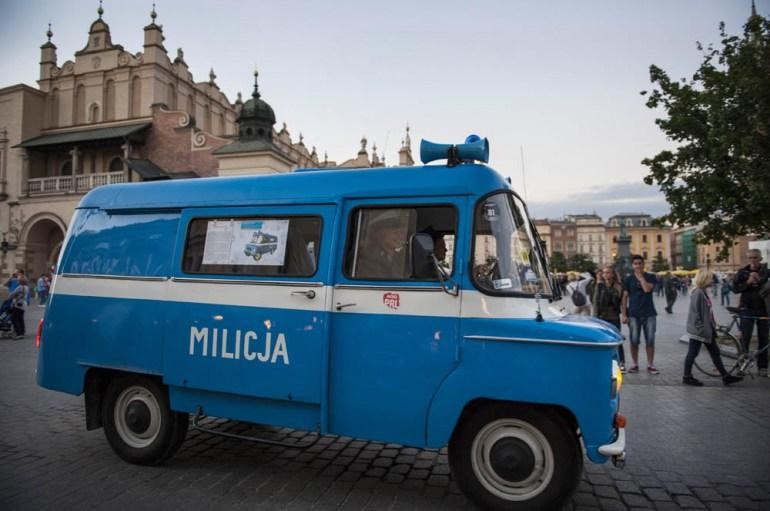
Nysa. Photo by Sebastian Kocoń / Forum.
This light commercial vehicle was produced at a factory in the town of Nysa which, before making cars, manufactured beds and safes, amongst other things. The Nysa used the same chassis as the Warszawa and was produced for more than 35 years. In the 1970s a large portion of the car's production was meant for export to markets such as West Germany, China, and Spain.
Polski Fiat 125p
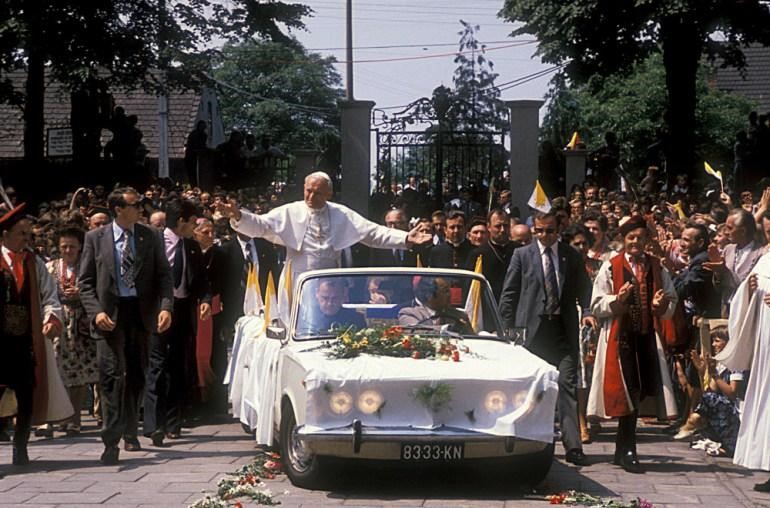
Pope John Paul II in a Polski Fiat 125p in front of the Częstochowa cathedral during his first pilgrimage to Poland in 1979. Photo by Krzysztof Pawela / Forum.
A Polish car produced under licence from the Italian company Fiat. FSO started producing the Polski Fiat 125p in 1967 and manufactured it, under different names, until 1991. The changes in name were a result of Fiat withdrawing the licence for this car in 1983. The Polski Fiat 125p was a state-of-the-art vehicle in the second half of the 1960s and was to substitute the Warszawa which, by that time, was considered an obsolete design.
Polski Fiat 126p
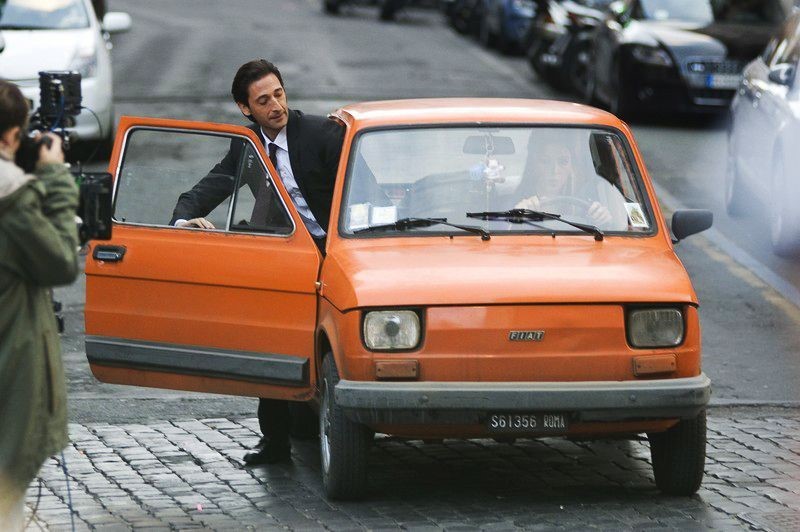
On the set of Paul Haggis' movie 'The third person', a Maluch can easily manoeuvre Rome's streets while holding 1.85 metres worth of Adrien Brody. Photo by Emanuele Photo / Splash News / East News.
Another Polish car produced under licence from the aforementioned Italian firm. The Polski Fiat 126p was manufactured from 1973 to 2000 by FSM. This immensely popular car was a characteristic sight on Polish roads for many years. In total, 3.3 million units of this vehicle were produced, 2.4 million of which were for the Polish market. In 2000, the popular Polish band Big Cyc released an album which includes 'Mały Fiat,' an energetic song about this car.
Tarpan
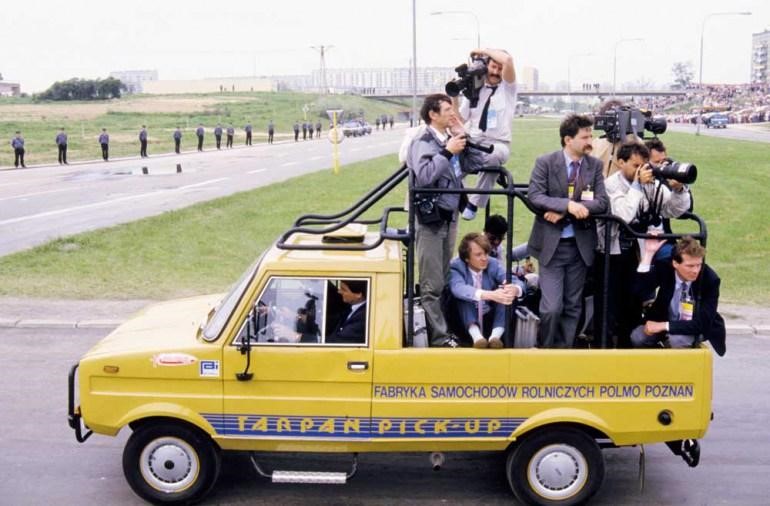
Reporters standing on board of a Tarpan during John Paul II's 1987 pilgrimage to Poland. Photo by Wojtek Łaski / East News.
“A truck that’s both fun and serious! The cab has enough room for three people behind the partition and on the bed you can transport sacks of potatoes. On Sundays, you just have to adjust the movable partition and clean up the vehicle and the truck will be ready to take a six-person family to church.”
This is how the Tarpan, an agricultural vehicle, was once advertised. This truck was produced from 1972 to 1994.
Polonez
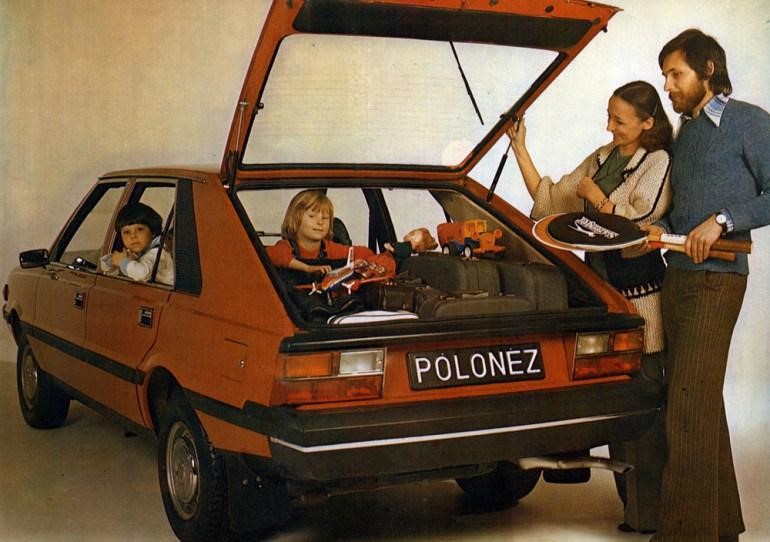
Polonez, 1978. Photo by Archiwum Karlicki / East News.
The name for this car was chosen in a readers’ vote conducted by the now-defunct newspaper ‘Życie Warszawy’. Over a million units were produced by FSO from 1978 until 2002, when manufacturing of the Polonez came to an end. In the early 1980s, a coupé version of this car appeared and was produced in small numbers. Nowadays, the Polonez Coupé is a great and much sought-after rarity.
Syrena Sport
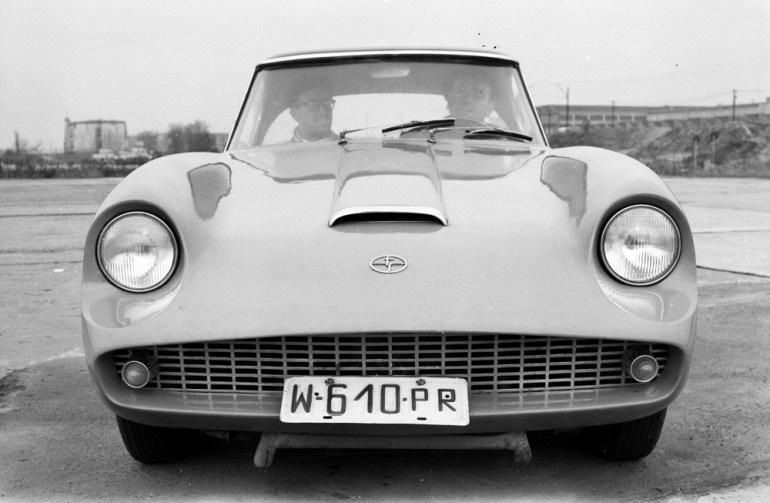
Syrena Sport, 1960. Photo by: Zbyszko Siemaszko / Forum.
To some, the most beautiful Polish car ever made. This sports car was a prototype designed by FSO engineers in 1957 to 1960. Sadly, the communist authorities of the time didn’t appreciate the Syrena Sport, as this vehicle’s style didn’t correspond to their ideology, in which there was no room for flashy cars. Because of this, the Syrena Sport was never put into production. As if that weren't enough, the only specimen of this car was destroyed in the 1970s.
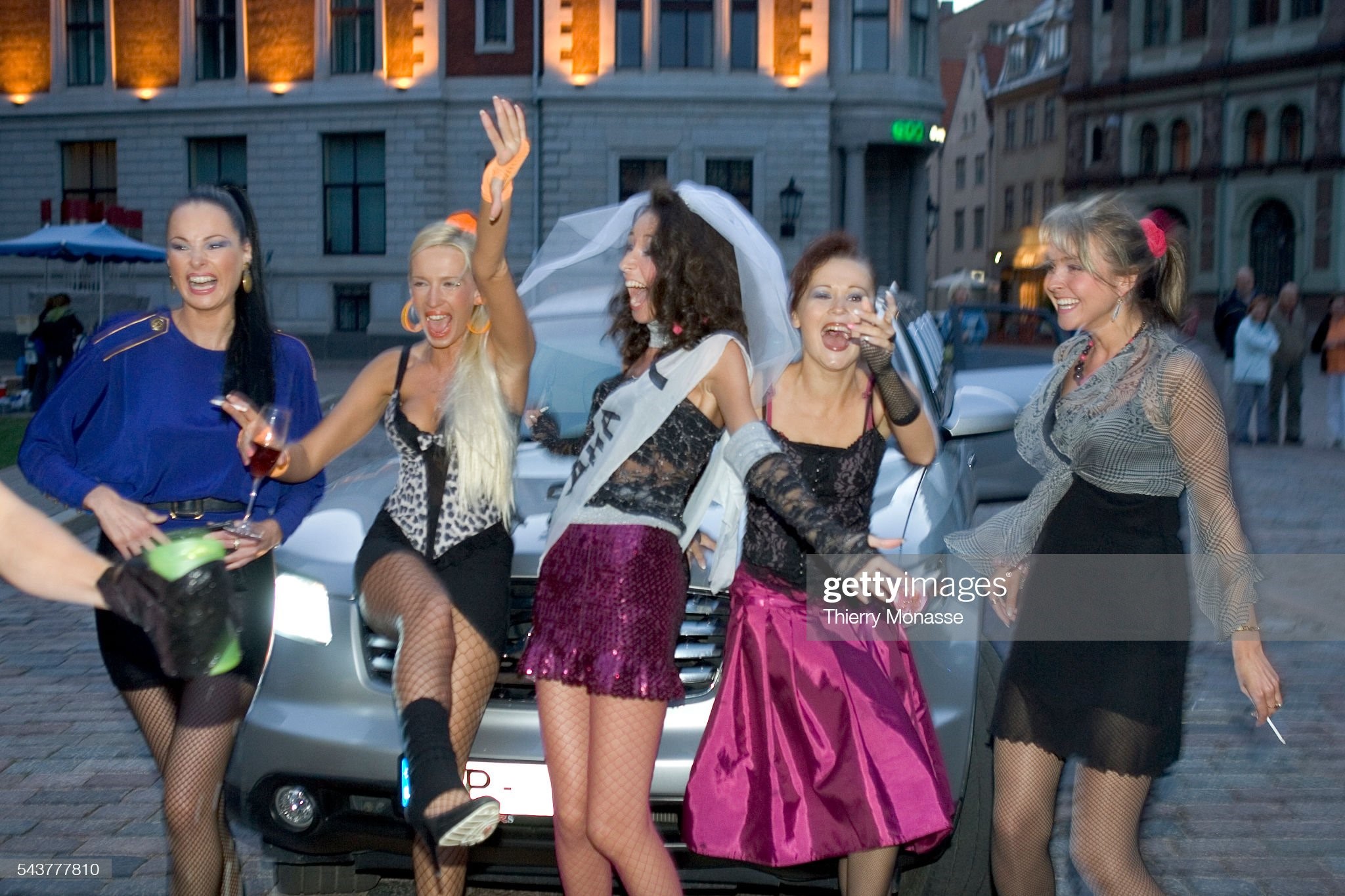
Riga, Latvia, August 13, 2005. Some young Latvians enjoy on Doma Laukums, near by the Cathedral of Riga. Photo by Thierry Tronnel / Corbis via Getty Images.
Vintage pics show cars of the Soviet Union from between the 1950s and ’70s. February 27, 2020. The automotive industry in the Soviet Union spanned the history of the state from 1929 to 1991. It started with the establishment of large car manufacturing plants and reorganisation of the AMO Factory in Moscow in the late 1920s–early 1930s, during the first five-year plan and continued until the Soviet Union's dissolution in 1991. Before its dissolution, the Soviet Union produced 2.1-2.3 million units per year of all types and was the sixth (previously fifth) largest automotive producer, ranking ninth place in cars, third in trucks and first in buses. Soviet industry exported 300,000 - 400,000 cars annually, mainly to Soviet Union satellite countries, but also to Northern America, Central and Western Europe and Latin America. These vintage pics from Andrezj Maczulski that show cars of the Soviet Union from between the 1950s and 1970s.
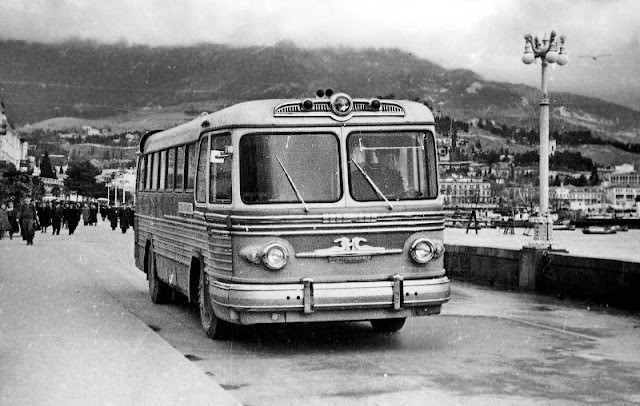
1955 Zis-127 ‘Moskva’. 1st Generation (1956-1960). The first Soviet coach.
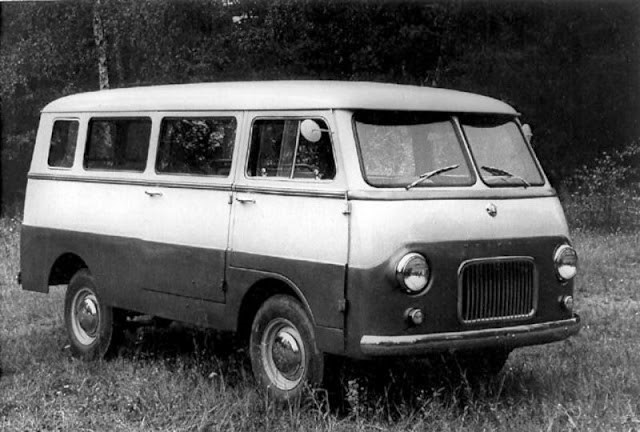
1957 MZMA Moskvitch A9 (8-passenger van).
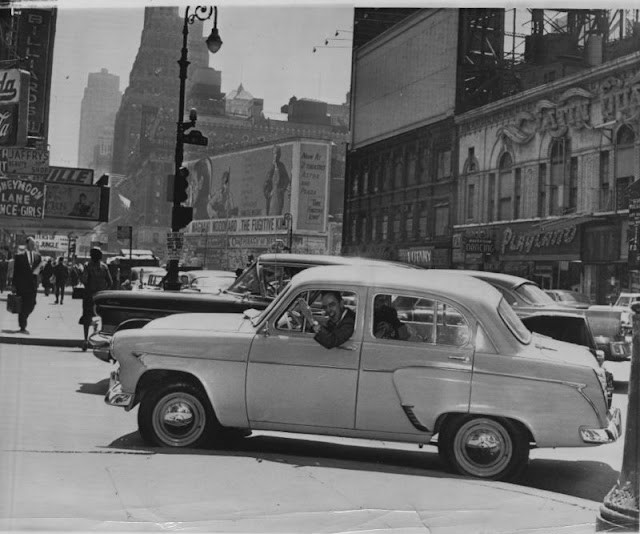
1958 Moskvitch 407.
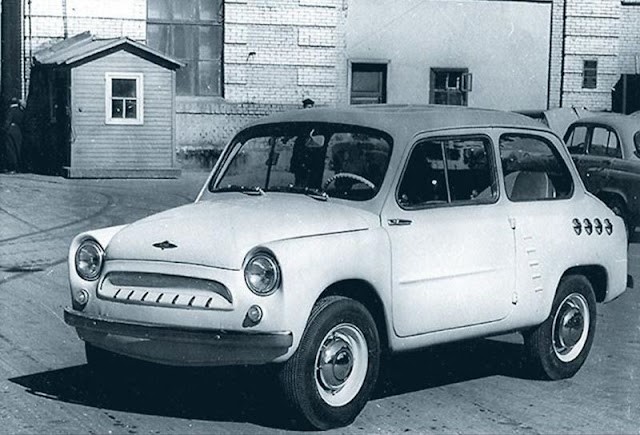
1958 MZMA 444 ‘Moskvich’.
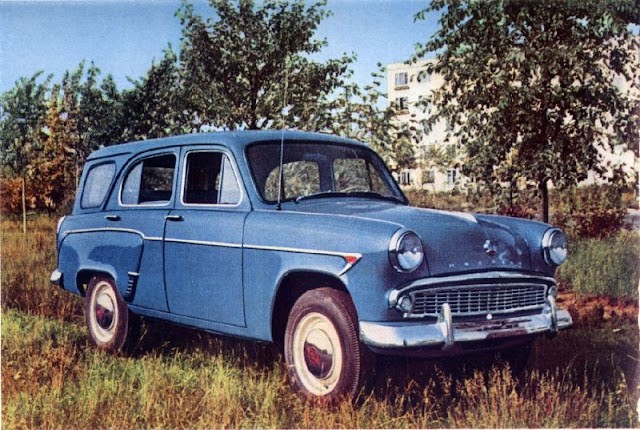
1958 MZMA Moskvich 423Н.
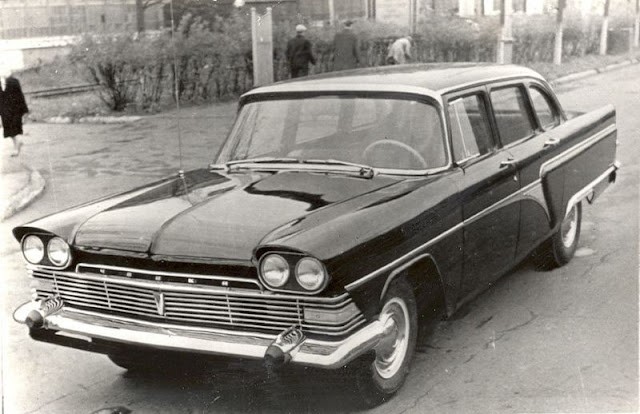
1961 Gaz-13 ‘Chaika’.
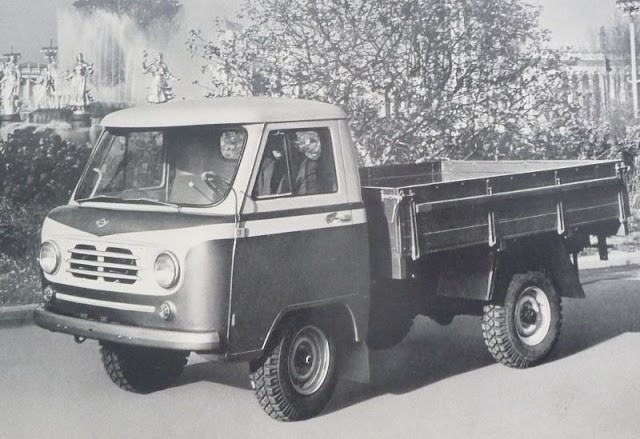
1961 UAZ-451D.
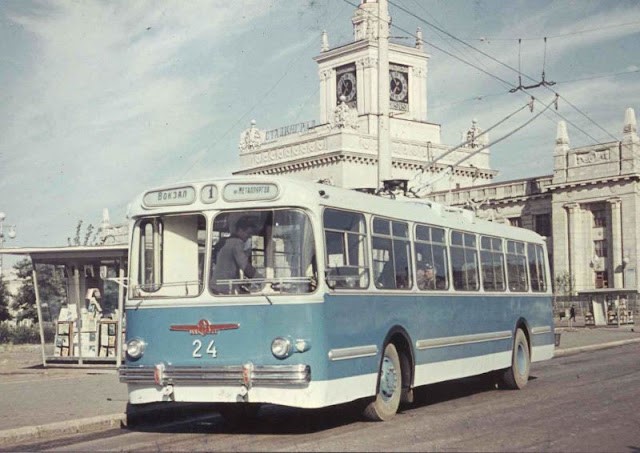
1961 Ziu-5.
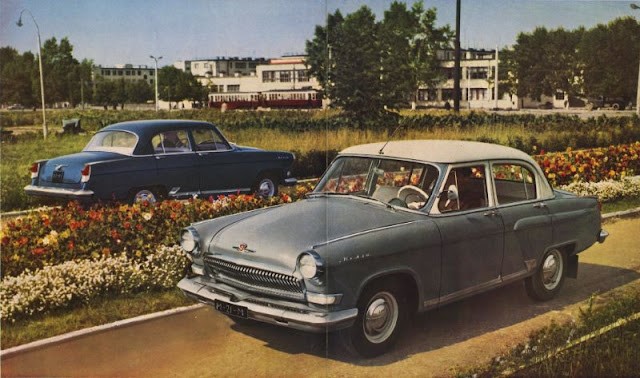
1962 Gaz-21 Volga. 3rd Generation, 1962-1970.
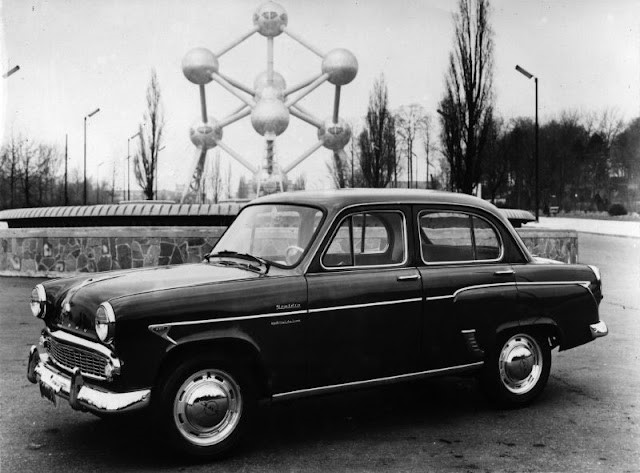
1962 Scaldia Special De Luxe (Moskvitch 407).
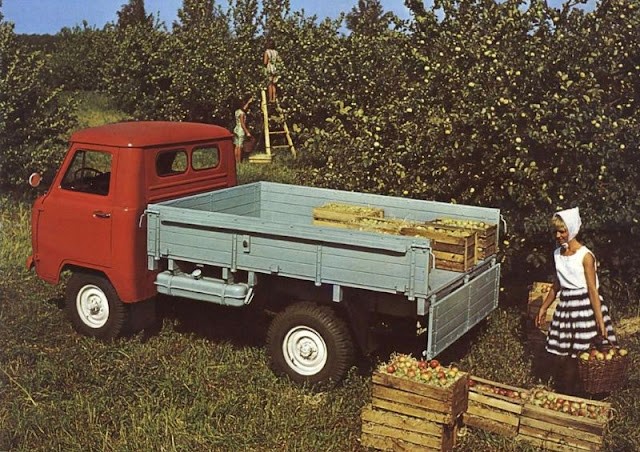
1962 Uaz 452-D.
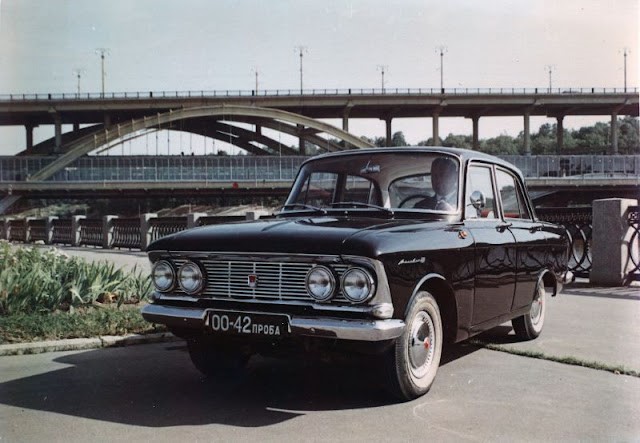
1963 Moskvitch 408-E.
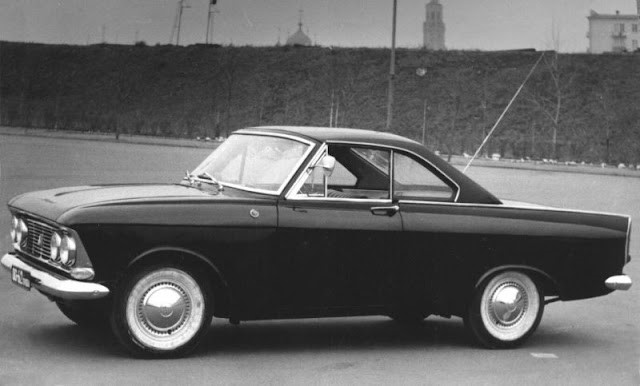
1964 AZLK Moskvitch 408 ‘Tourist’.
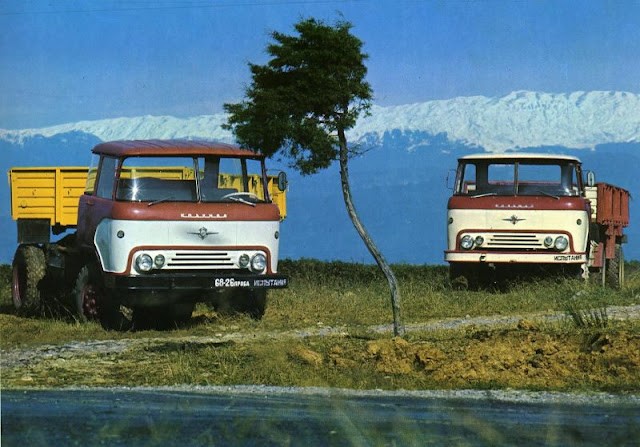
1965 KAZ 608B ‘Kolhida’.
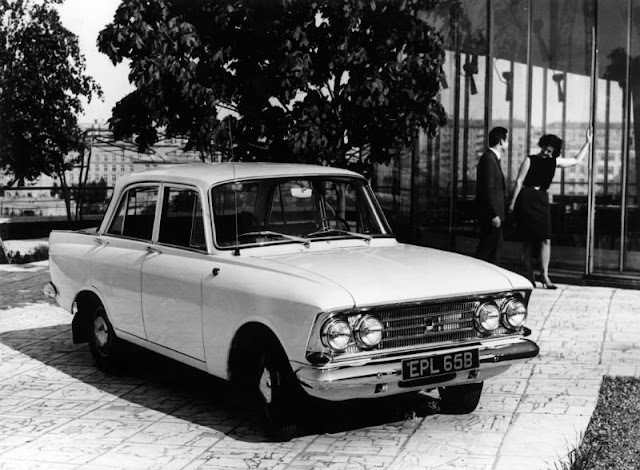
1965 Moskvitch 408-E.
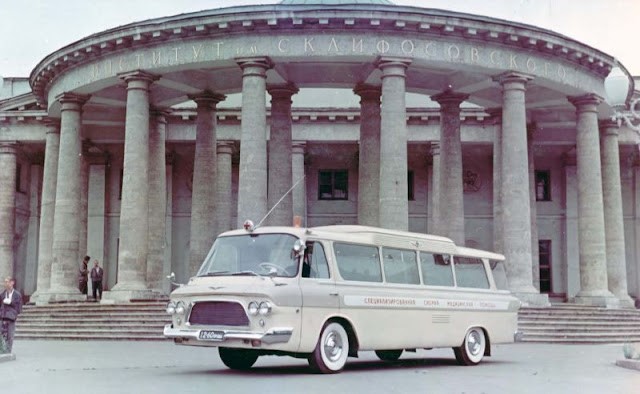
1965 Zil 118A “Junost” Ambulance.
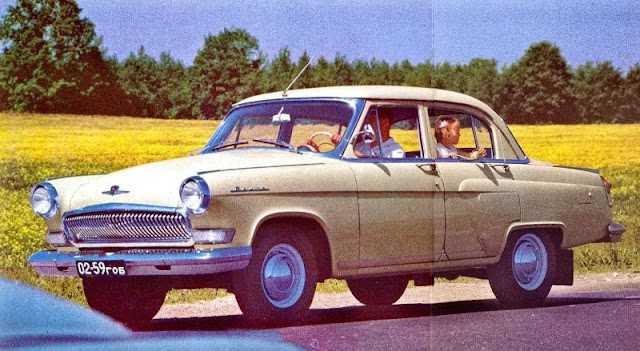
1967 Gaz-21S Volga. 3rd Generation, 1962-1970.
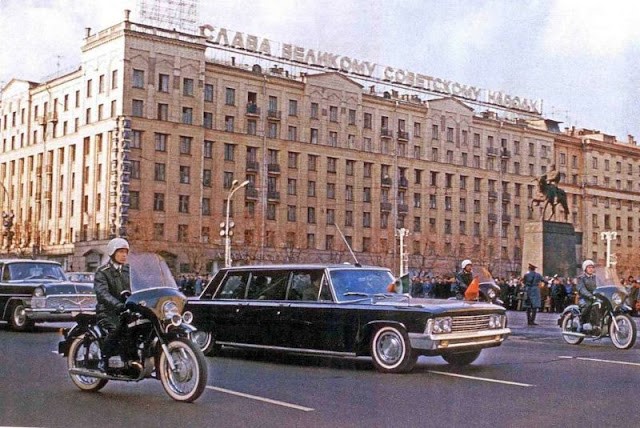
1967 Zil 114.
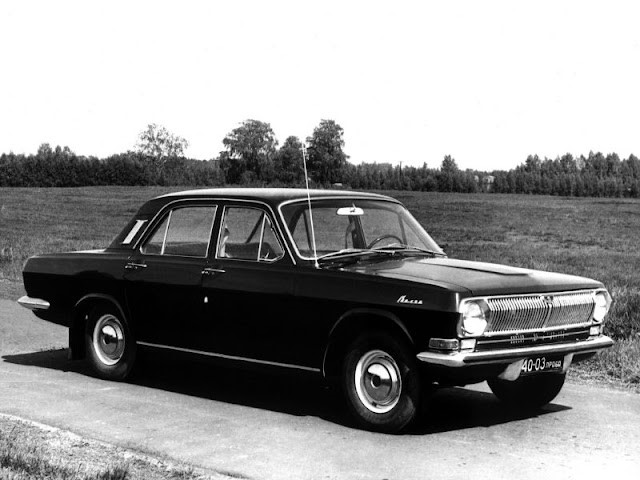
1968 Gaz 24 Volga.
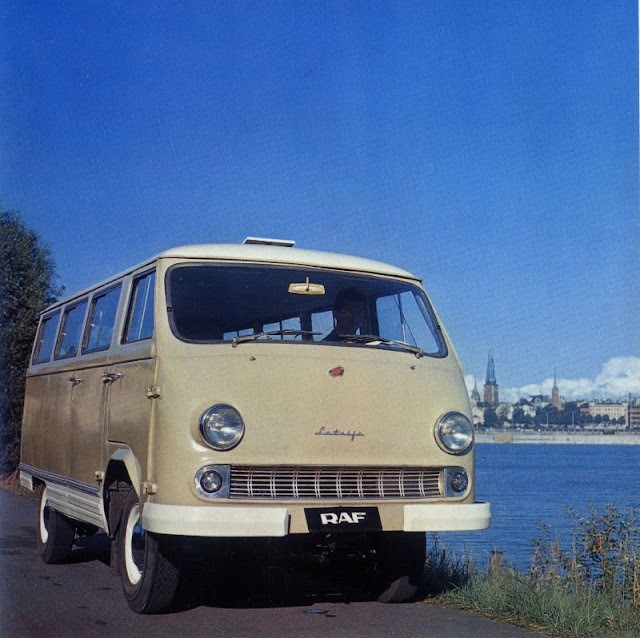
1968 RAF 977DM ‘Latvia’.
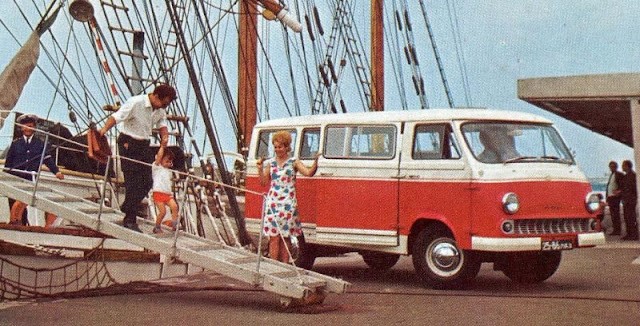
1968 RAF 977DM ‘Latvia’.
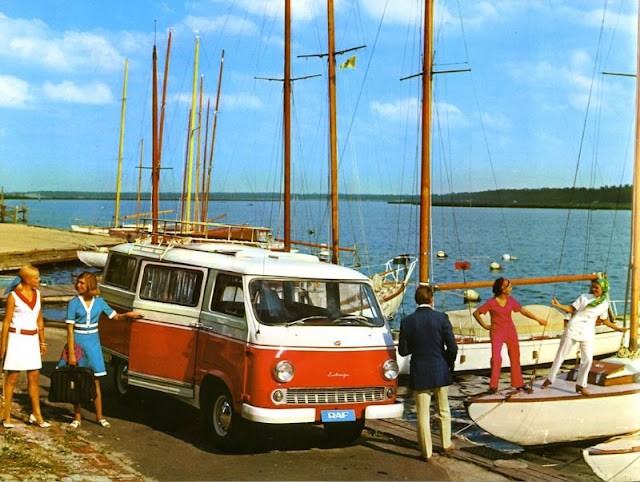
1968 RAF 977DM ‘Latvia’.
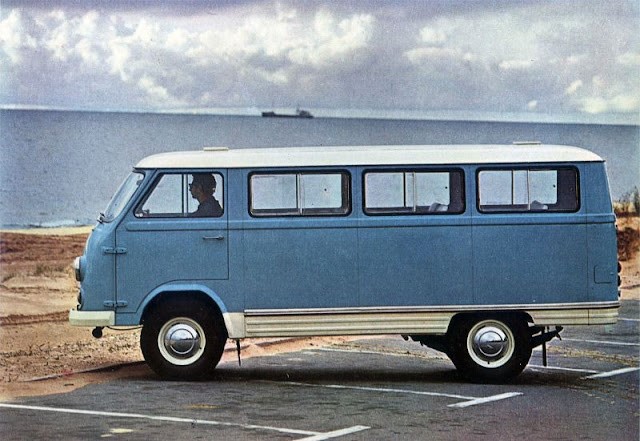
1968 RAF 977DM ‘Latvia’.
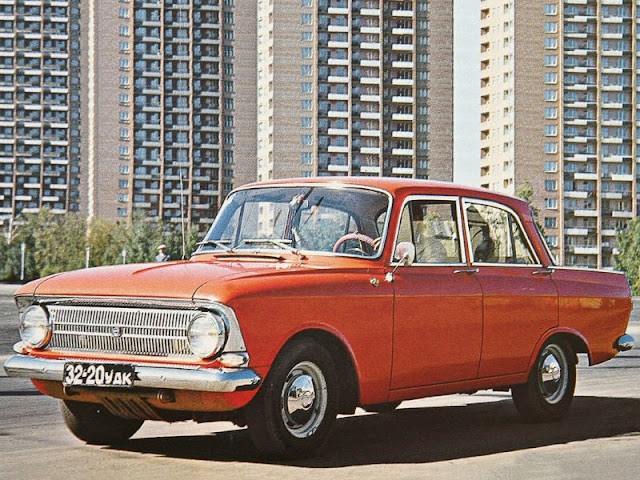
1969 Izh 412. First Generation.
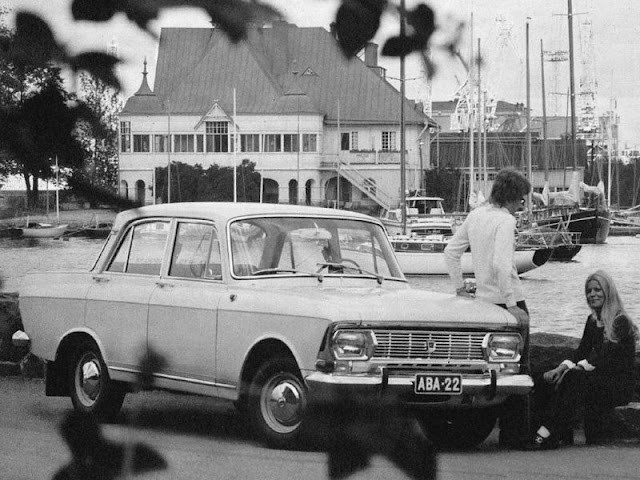
1969 Moskvitch Elite 1500M.
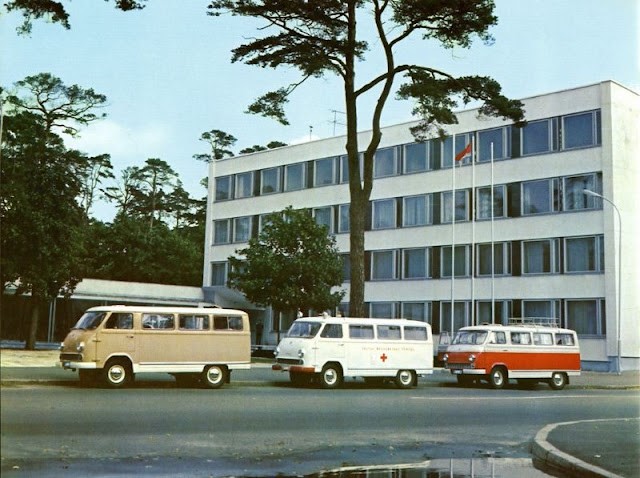
1969 RAF 977 ‘Latvia’. Series full - line.
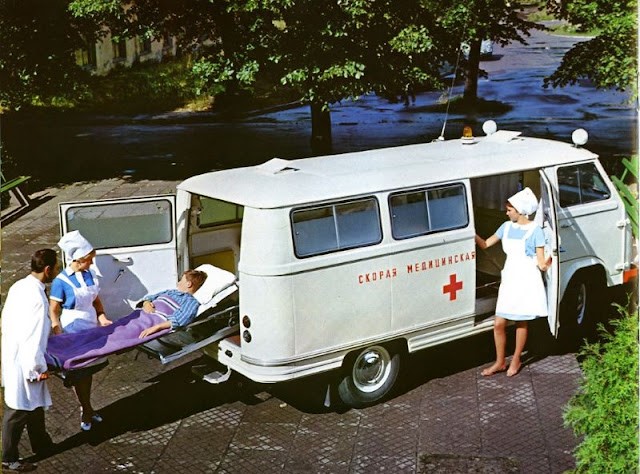
1969 RAF 977IM ‘Latvia’ ambulance.
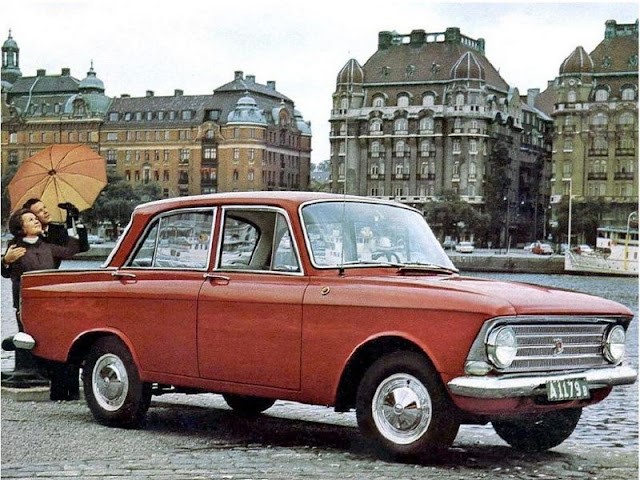
1969 Scaldia 408 (Moskvitch 408).
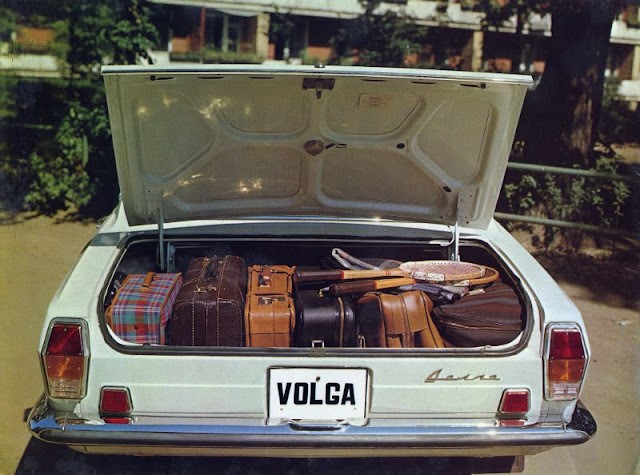
1970 Gaz-24 Volga.
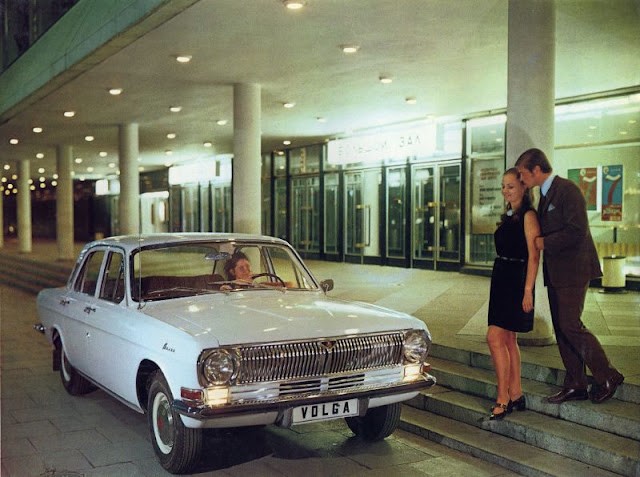
1970 Gaz-24 Volga.
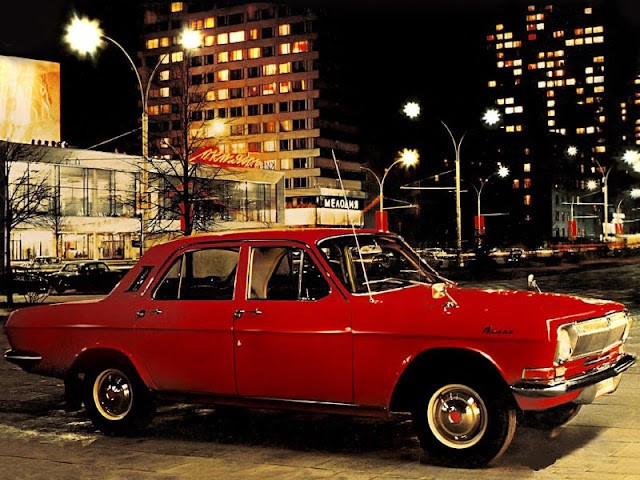
1970 Gaz-24 Volga.
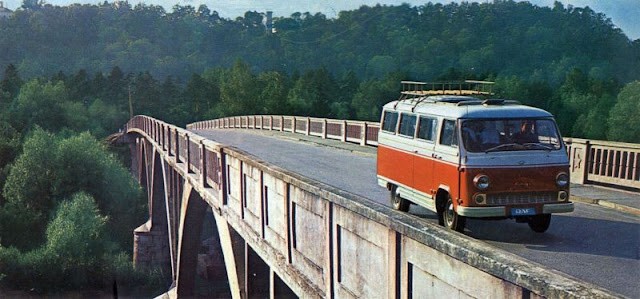
1970 RAF 977EM ‘Latvia’.
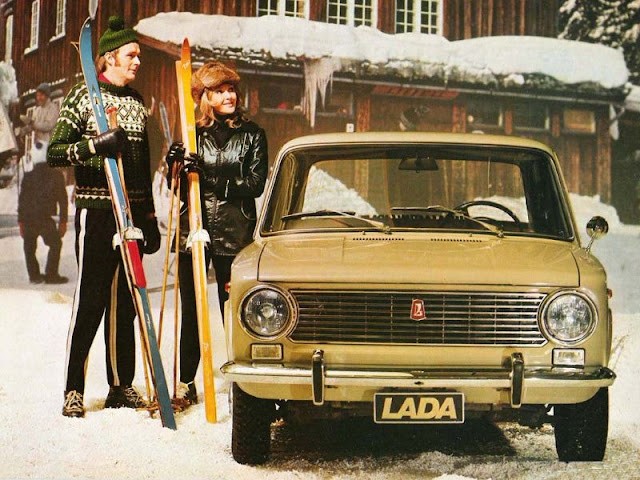
1971 Lada 1200.
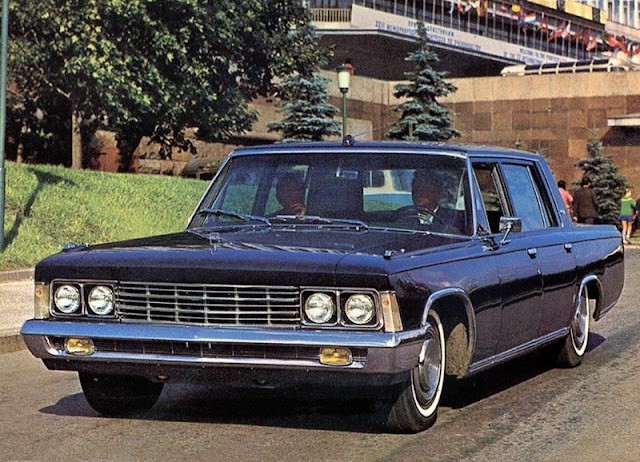
1971 Zil 117.
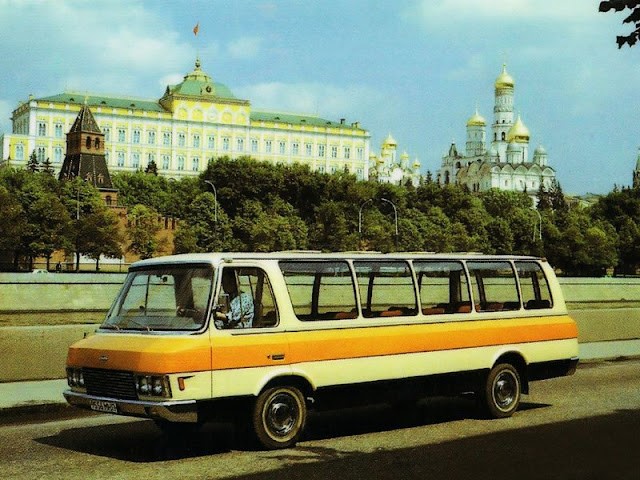
1971 Zil 118K ‘Junost’.
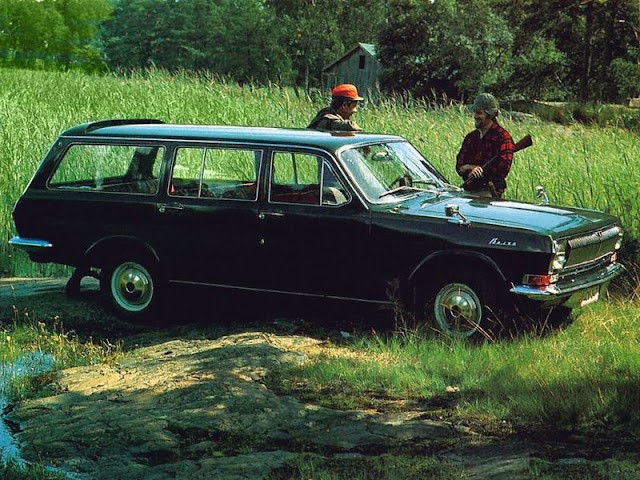
1972 Gaz-24-02.
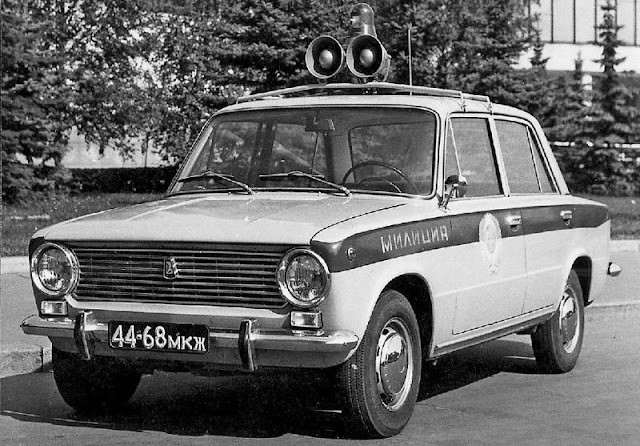
1973 Lada 2101-94 ‘Militsiya’.
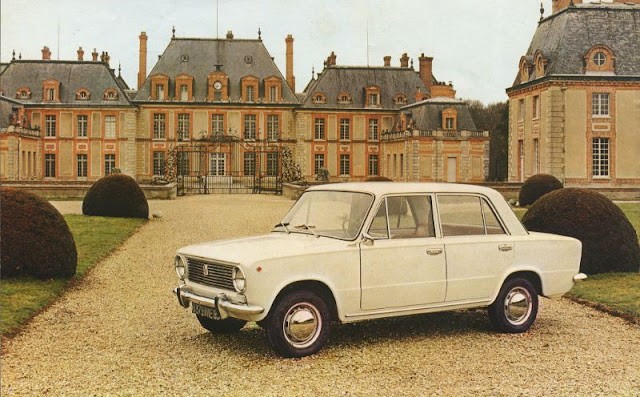
1974 Lada 1200.
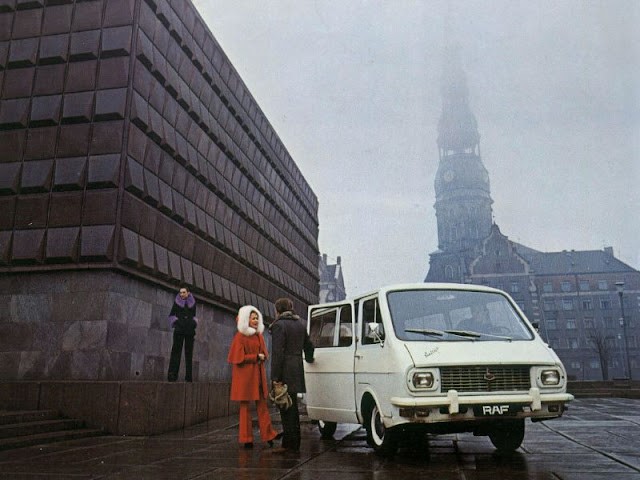
1975 RAF 2203.
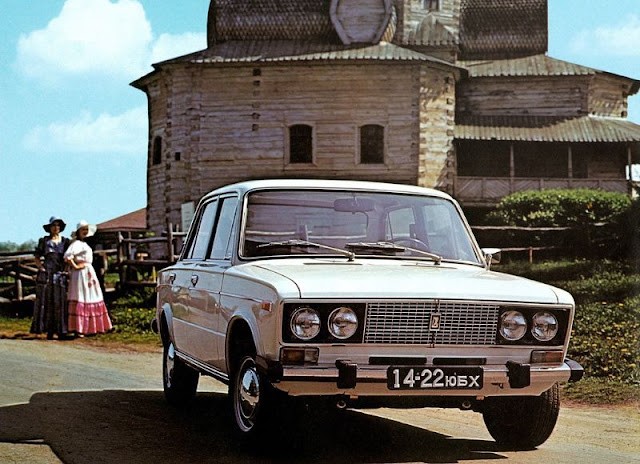
1976 Lada 2106, also known as Lada 1600.
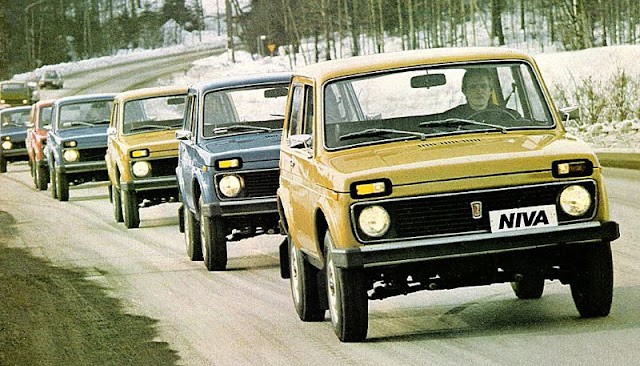
1977 Lada Niva.
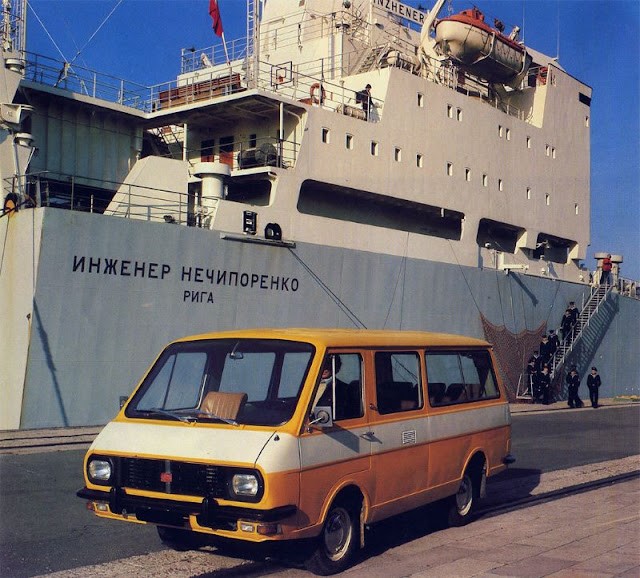
1977 RAF-2203.
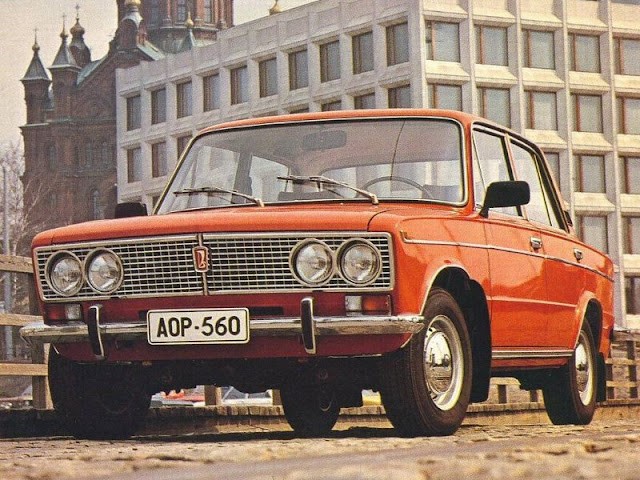
1979 Lada 1300 S.
Cars in Latvia 1920’s – 1990’s.
The collection of cars in Latvia from 1920 – 1990 is the biggest museum’s collection consisting of 35 vehicles of which 25 automobiles.
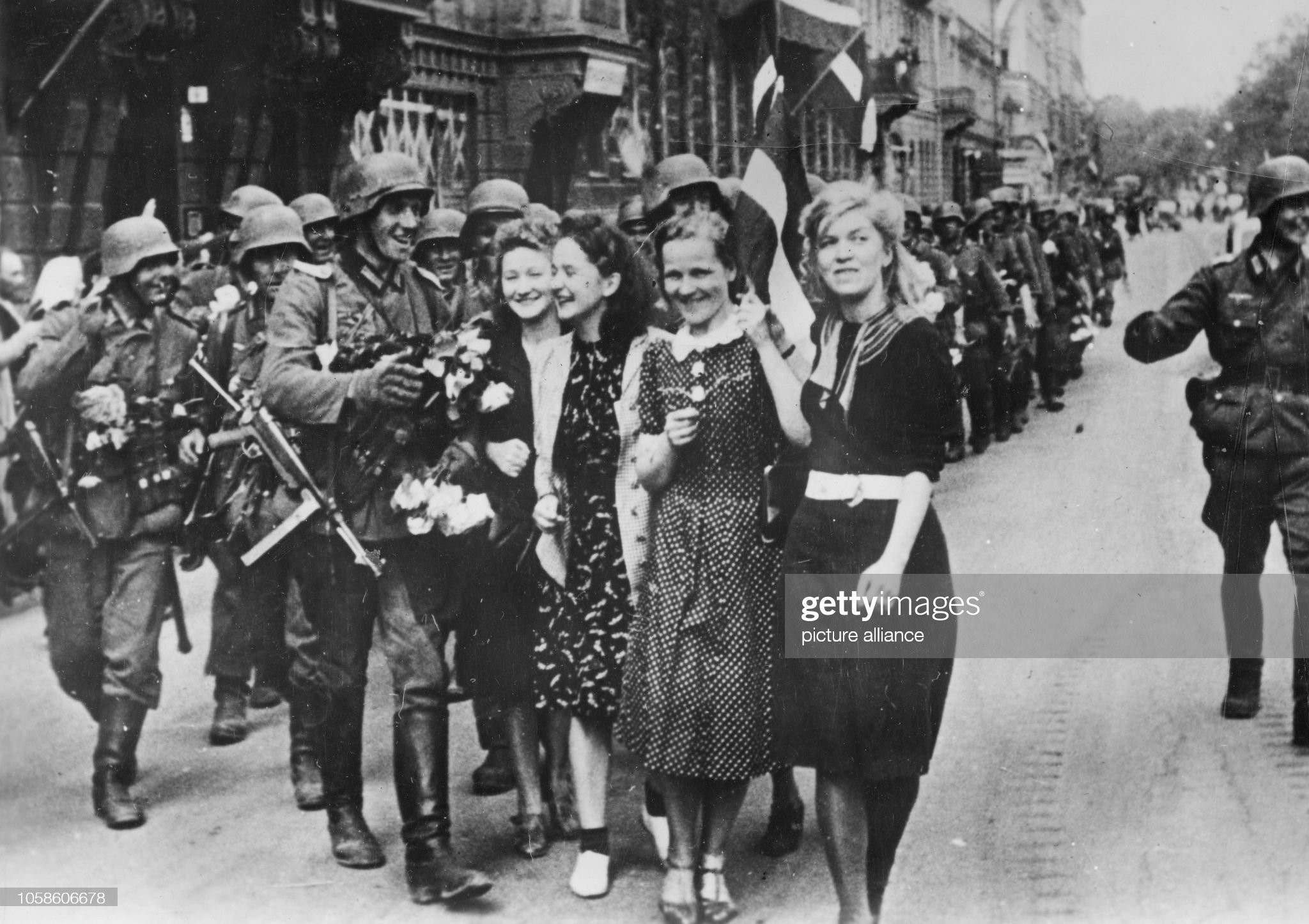
German soldiers are greeted by residents as they march into Soviet occupied Riga, Latvia, July 1941. The original text from a Nazi news report on the back of the picture reads: "liberation celebrations for German soldiers in Riga. As German troops march into Riga, the local population was hit by a storm of cheering joy. The people, who suffered months of blood terror and who hid in the basements of their buildings, ran into the streets and squares crowding to greet the German soldiers". Photo by Berliner Verlag / Archiv / Picture Alliance via Getty Images.
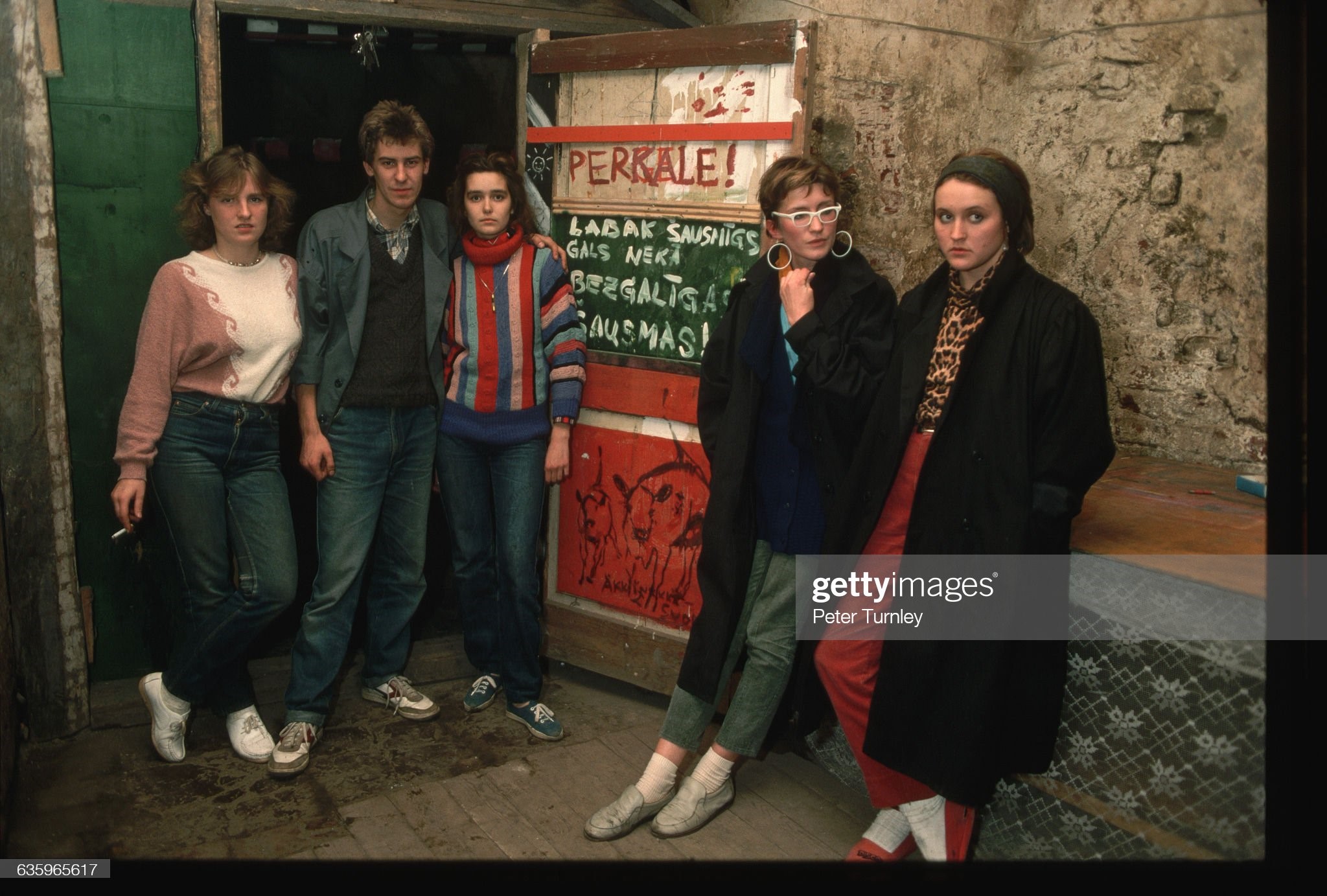
Young Latvians hanging out on September 16, 1987. Photo by Peter Turnley / Corbis / VCG via Getty Images.

Tina Graudina, n.1 of Team Latvia, celebrates with Anastasija Kravcenoka, n.2, against Team Brazil during the Women's Preliminary Round - Pool D beach volleyball on day five of the Tokyo Olympic Games at Shiokaze Park on July 28, 2021 in Tokyo, Japan. Photo by Christian Petersen / Getty Images.
The collection introduces visitors with vehicles that have been in use in Latvia for 70 years.
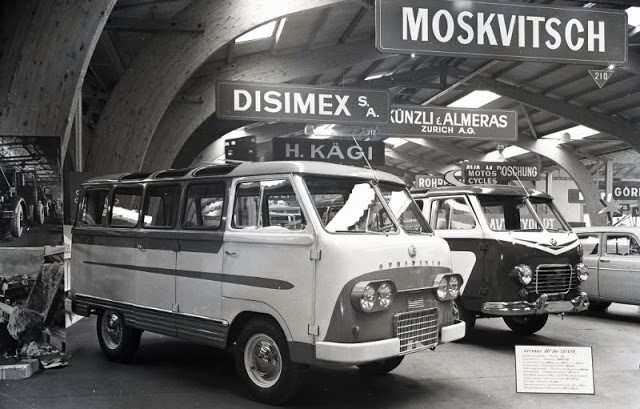
1957 RAF-08 “Spriditis” & 1957 RAF 977 ‘Latvia’.
The collection displays a 1928 Oldsmobile Six that served once in Riga as a taxi, as well as a very common car on the streets of Latvia in the 1920’s – Ford mod. ”A” – a fairly simple, high-quality and relatively expensive car.
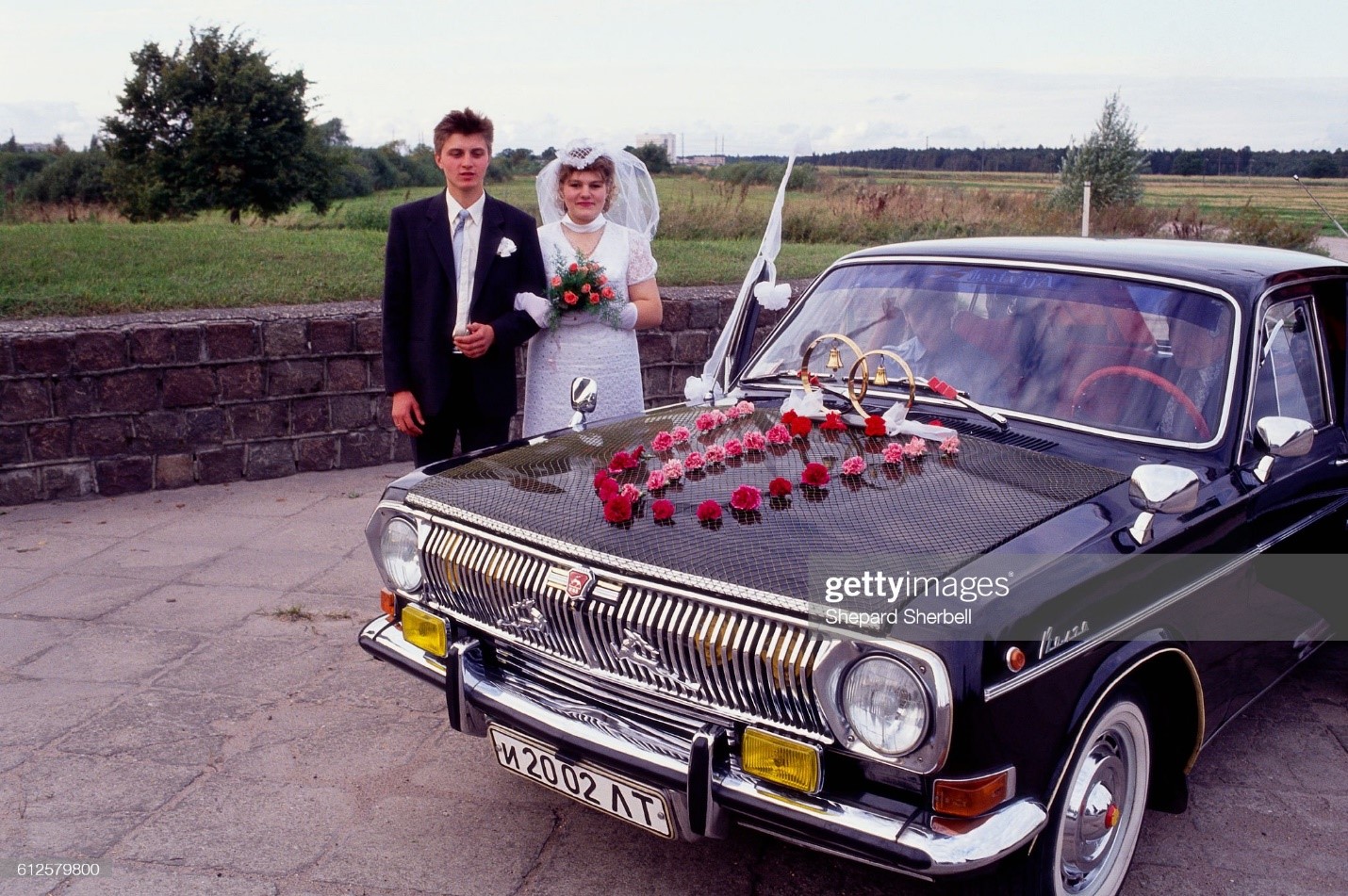
A bride and groom, in Latvia, pose for a portrait next to their bridal limousine decorated with flowers and large wedding rings in 1991. Photo by Shepard Sherbell / Corbis Saba / Corbis via Getty Images.
The soviet automobile classic era is represented by the first ‘zaporozhets’ – ZAZ 685 equipped with suicide doors, as well as the Moskivč 400 / 420 A cabrio – the first model produced in Moscow’s small capacity car plant.
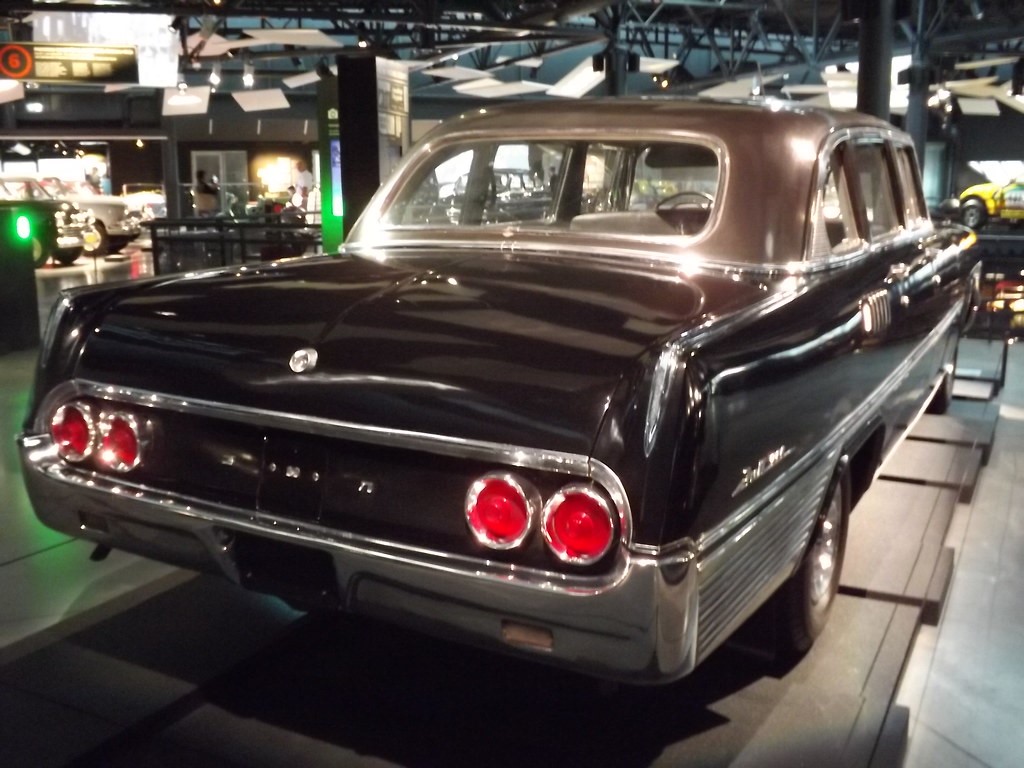
ZIL 111 G displayed in Rīgas Motormuzejs (Riga Motor Museum), Rīga, Latvia, August 2020.
On the collection visitors can view a very well-known minibus produced in Latvia – the RAF 2203 ‘Latvia’ and also governmental limousine – ZIL 111 G that, despite its large size, could reach a top speed of 170 km/h.
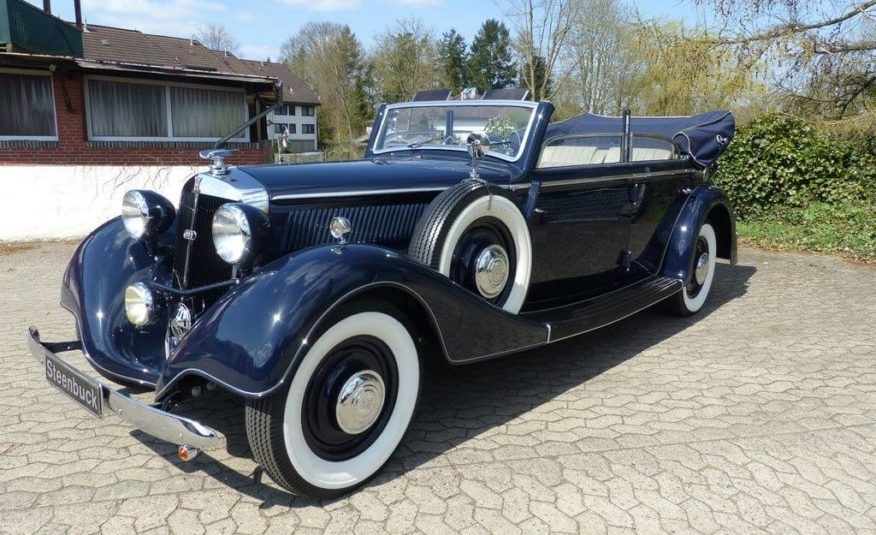
Horch 830 BL.
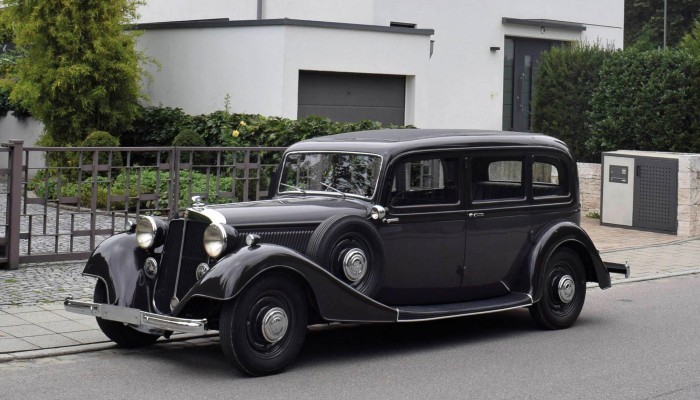
Horch 830 BL Pulmann.
Among the German pre-war era cars a particular attention has to be paid to the authentic, once insanely expensive, Horch 830 BL and Mercedes Benz 230.
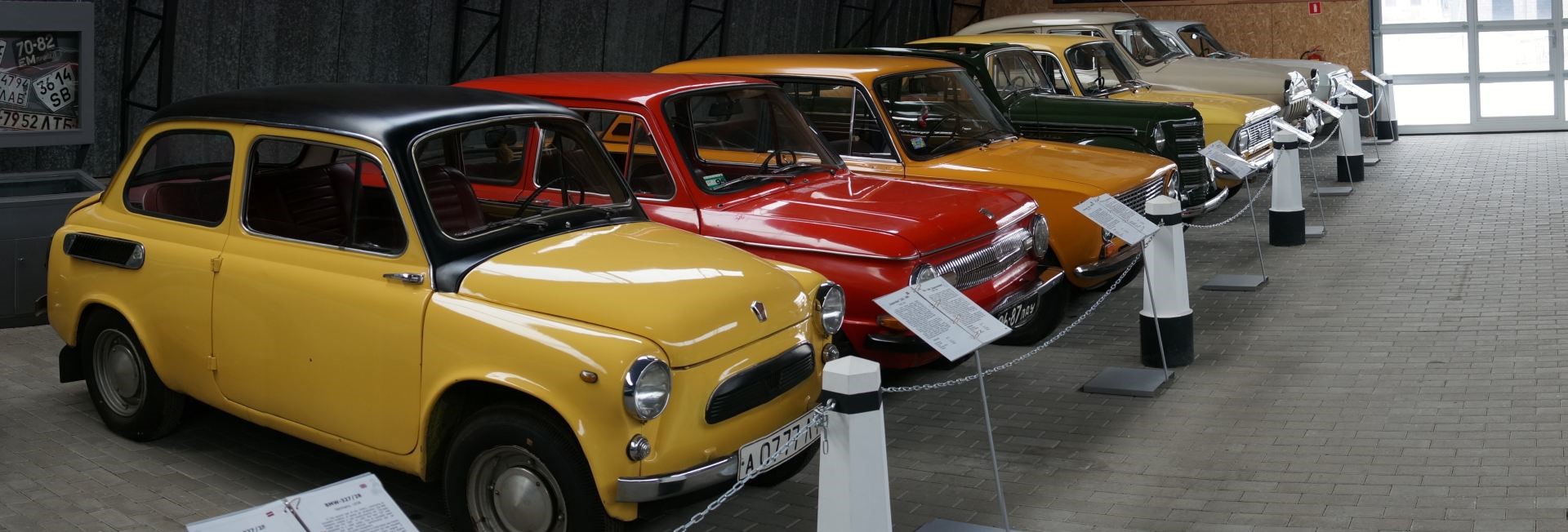
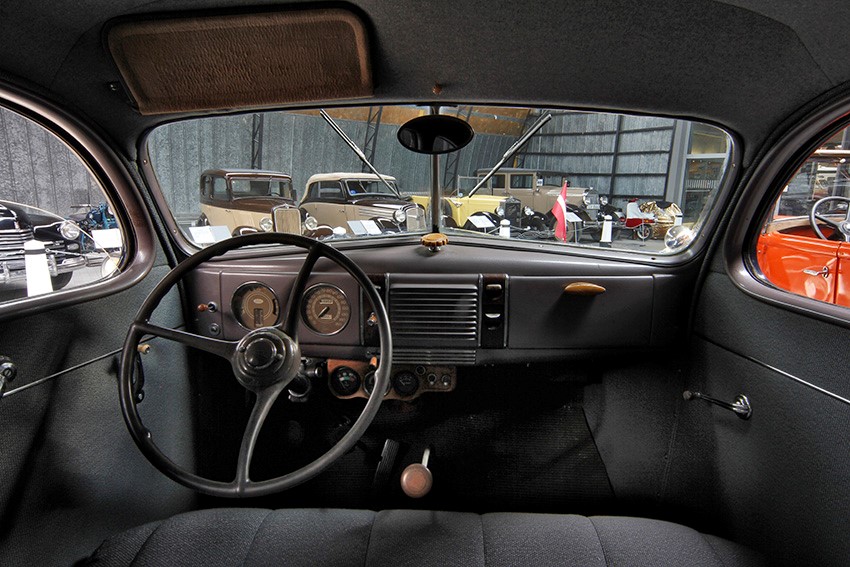
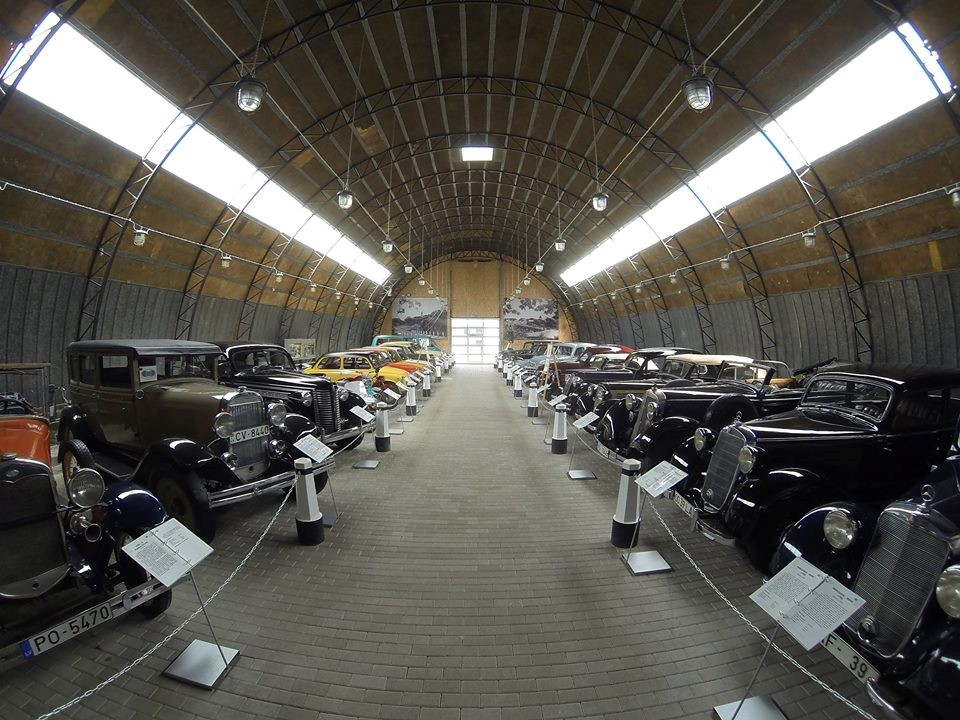
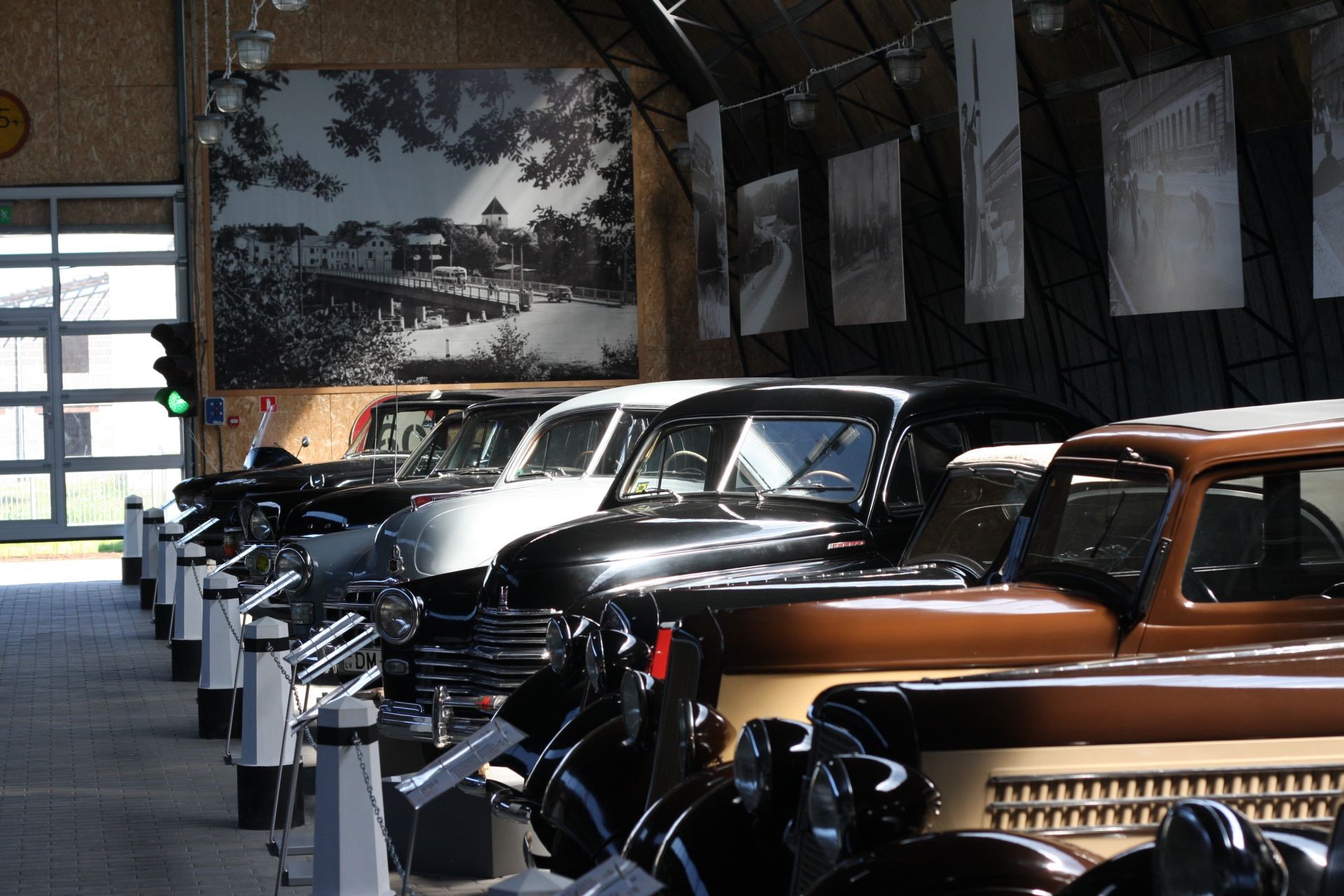
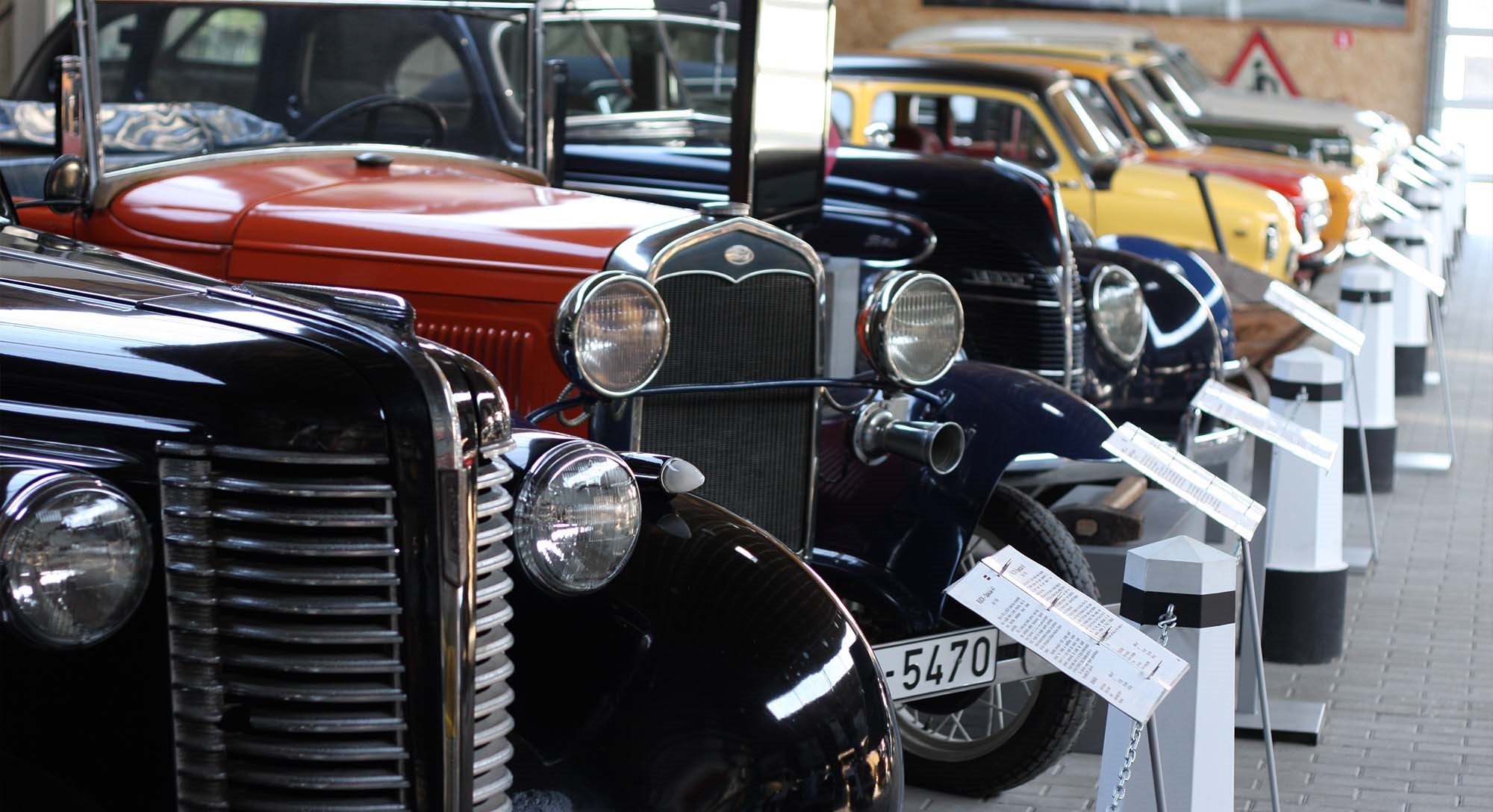

Young Estonian woman looking at scenics from camper van.
During the Soviet occupation Estonia was the ‘car country’ among the 15 states of Soviet Union, Estonians had 4 times more cars than was the average. All that despite the fact that it was basically not possible to buy a new car during the occupation - USSR couldn't produce enough cars and as the borders were hold shut, it was not possible to import cars.

Estonian woman walking down stairs to swim in sea inlet. Stock photo.
During the soviet occupation 1944-1992, Estonians were not allowed to buy cars from outside Soviet Union and were forced to drive soviet crap-cars.

Young Estonian woman sitting at the top of a stairway. Stock photo.

A young Estonian woman.
For the joy of historic car lovers, we still have around 250 cars registered in Estonia that have their birthdays before the soviet occupation.
Soviet Vehicle Shelter in Järva-Jaani Estonia. By Tigrest. May 02, 2022.
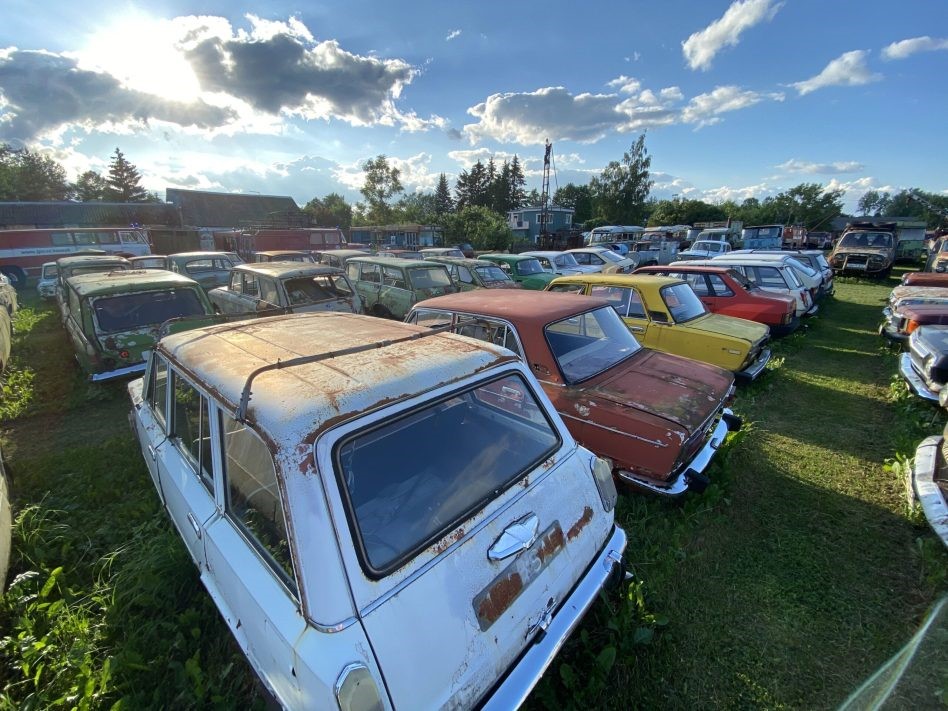
During my latest road trip in Estonia, I had a chance to visit a very unusual and little-known place – ‘Vintage Vehicle Shelter’ in Järva-Jaani. Having grown up in Soviet times (Estonia gained independence when I was 6), I still remember Soviet time attributes such as public transport, cars and trucks. They disappeared from the streets long ago, so visiting this shelter gives a great opportunity to travel back in time and remember how it once was.
The area is quite large with lots of vehicles on display, from old school motorcycles to agricultural machines. Here are the best ones I found.
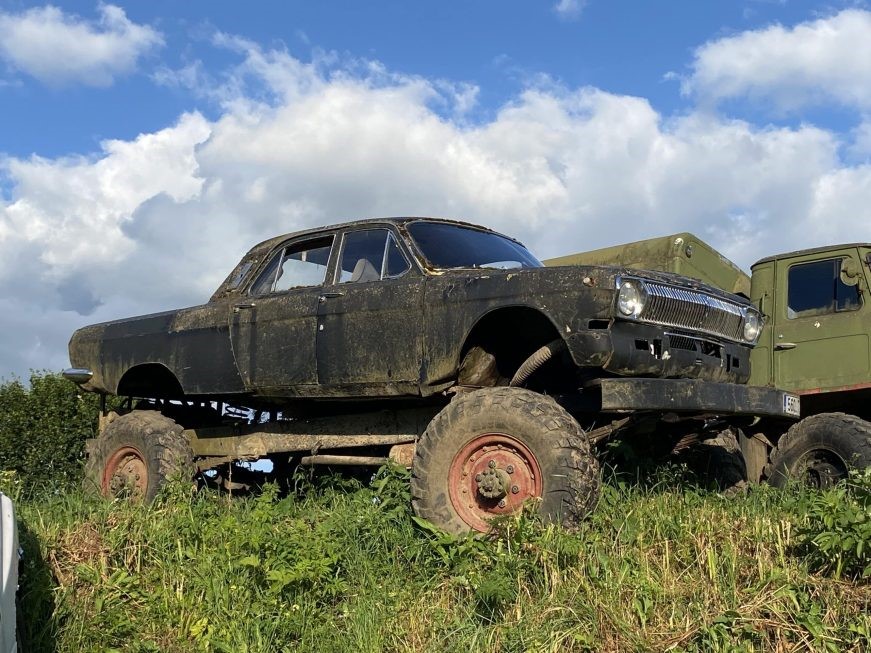
GAZ-24 Volga the Monstertruck
Of course, this one is a self-made car. However, Volgas have been extremely popular. Originally made as executive cars to drive the high-class citizens. This model was produced in 1970-1985 and made its appearance in numerous soviet movies of that time. This model had huge success and remained a dream car for many soviet people. However, due to its high price, it was mostly used by key executives, bureaucrats and taxis/police/ambulances.
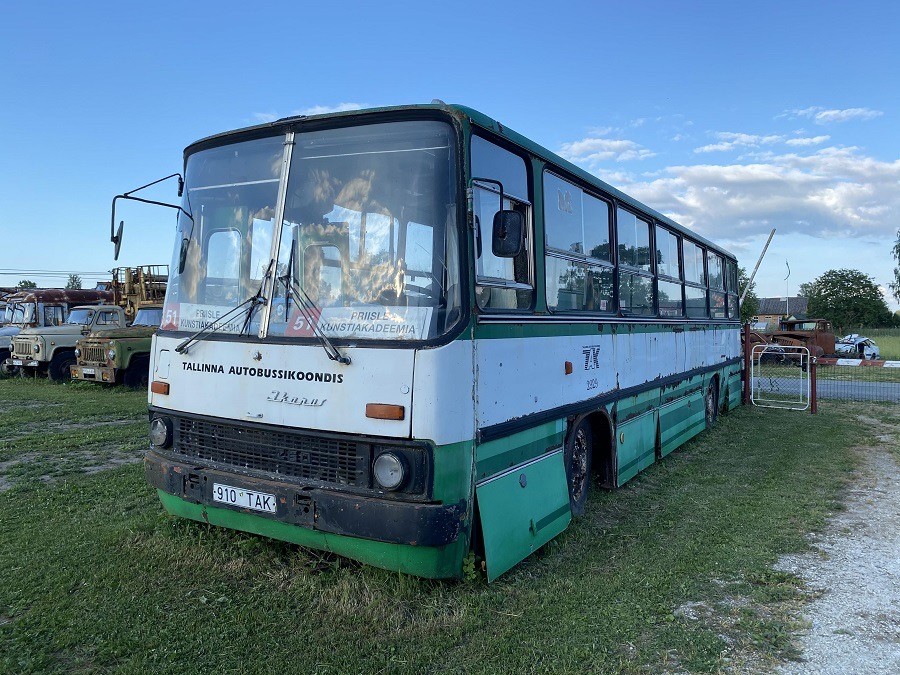
Ikarus 280 bus
Ikarus is a Hungarian bus manufacturer, their buses were widely used in former Soviet block countries. The 280 model is the bus from my childhood! We had lots of those riding around Tallinn back in the 80s and 90s.
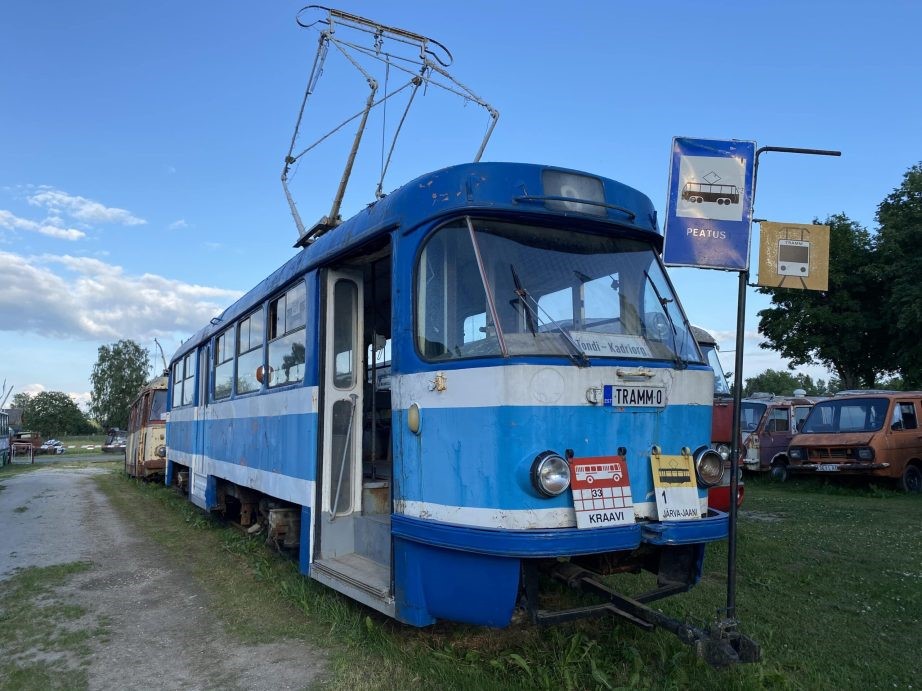
Tatra T4SU tram
Famous tram produced by ČKD (Českomoravská Kolben-Daněk) in former Czechoslovakia and today’s Czech Republic. The tram presented in the exhibition was in service for 27 years (03.05.1978 – 13.05.2005).
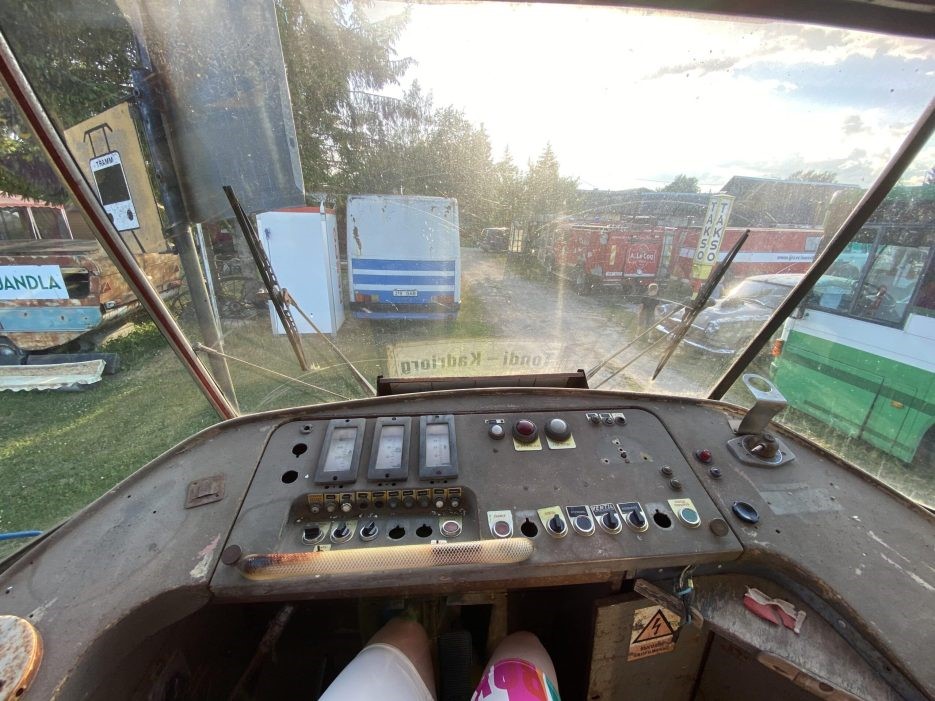
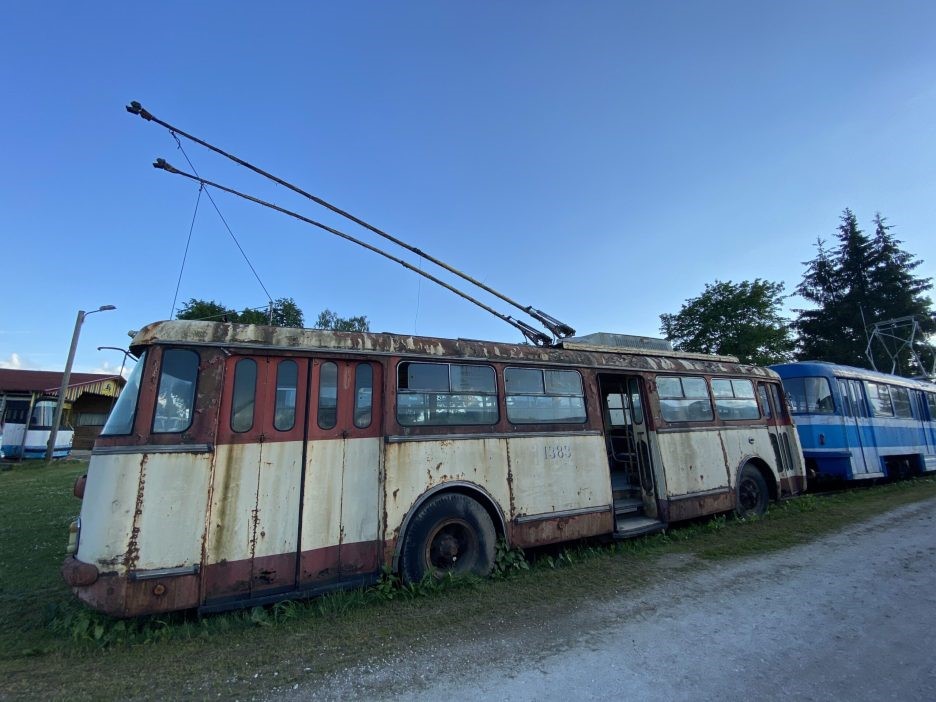
Škoda 9TrH
Škoda 9Tr model was once one of the most famous and widespread trolleybus models in the world, produced in the Škoda factory in Ostrov nad Ohřís in Czechoslovakia. From 1958 to 1981 a total number of 7372 pieces were produced. In addition to the Baltic states and other Soviet countries, these trolleybuses were also sold to Norway, Afghanistan and India.
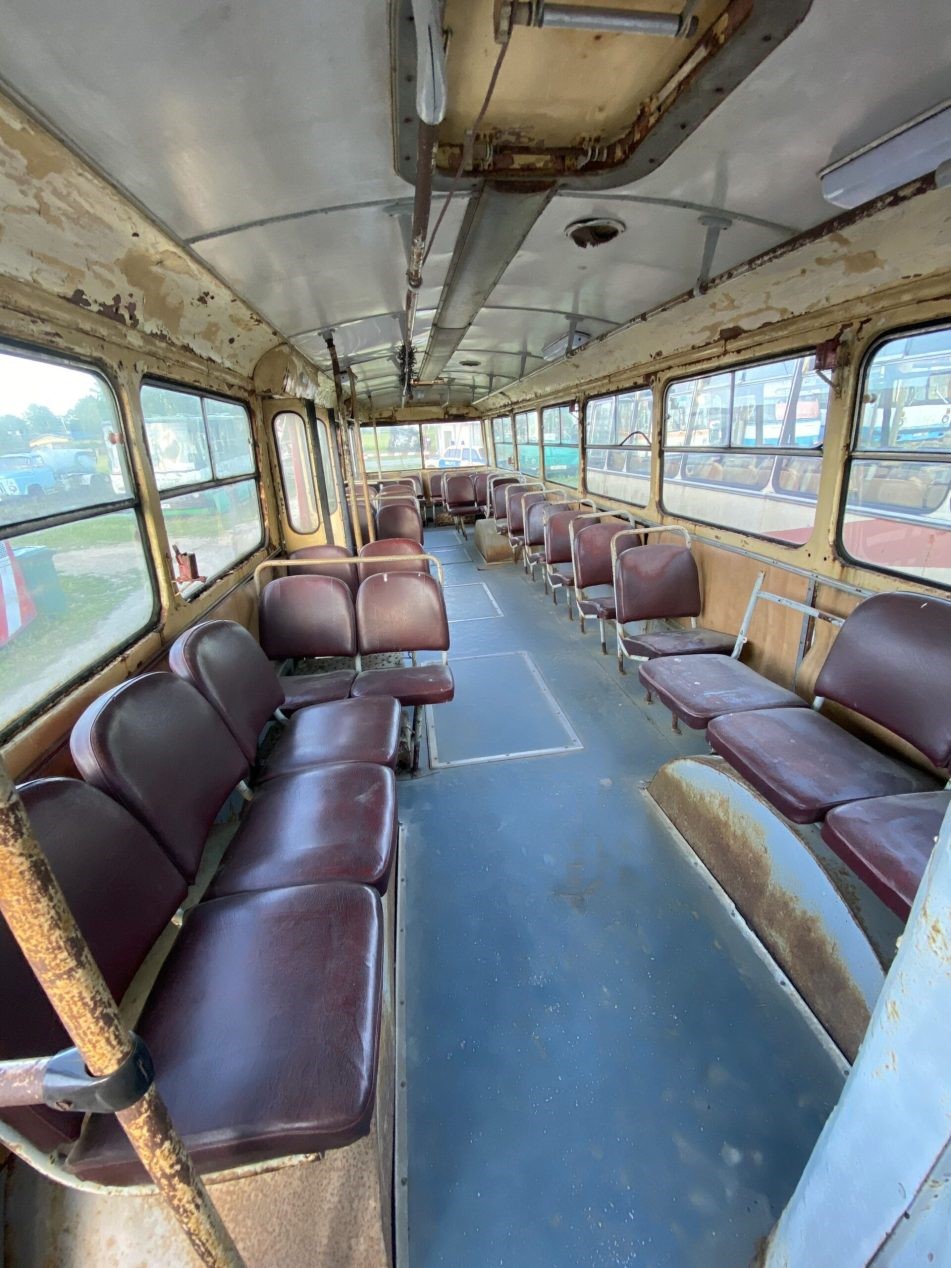
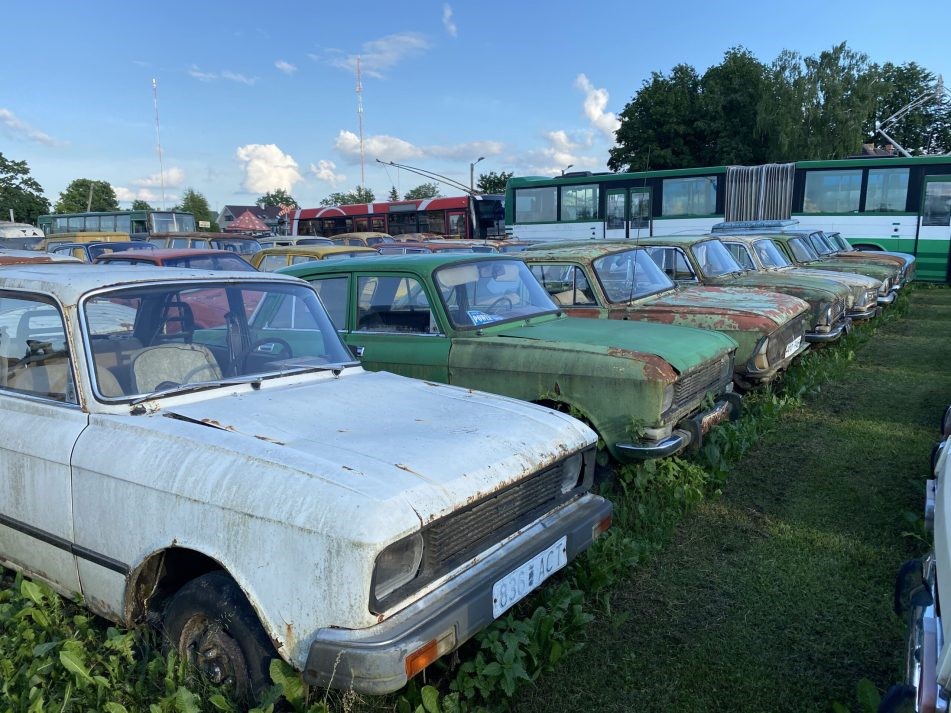
AZLK Moskvitch 2140
The hugely popular soviet family car was produced from 1976 to 1988.
Communist cars now rare treasures for nostalgics. By Marton Dunai, Reuters Life! November 20, 2009.
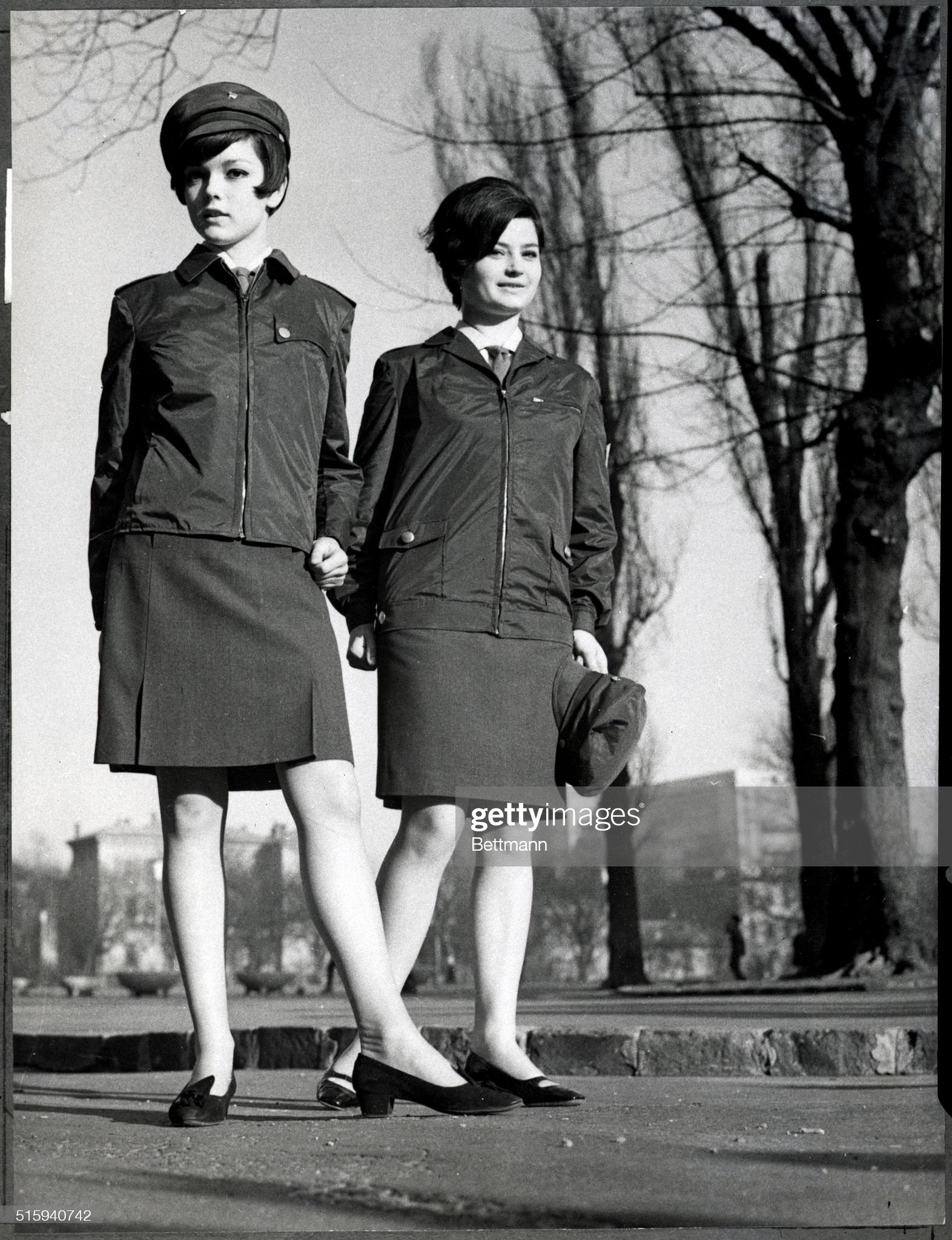
Two young women model the new Young Guard uniforms for the Hungarian Young Communist League in Budapest on March 08, 1967. Photo by Getty Images.
Budapest. Their spluttering engines, bone-rattling suspensions and outdated designs once ruled the streets behind the Iron Curtain. But now the Trabant and its communist cousins have become rare cars for collectors. Soviet-made Ladas, the classic rear-engine Czech Skodas, Romanian Dacias, Polish Fiats, or the most famous of them all, East German Trabants are now few and far between. “Production stopped almost immediately once the Wall fell,” said Gabor Muczan, president of the Trabant Club in Hungary. “That means the newest of these cars are 20 years old, a venerable age even for a good quality Western model.”
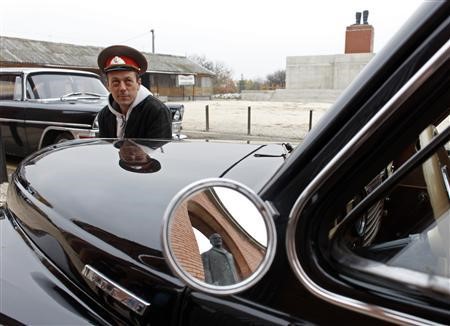
A statue of Lenin is reflected in the side mirror of a Soviet-made Pobeda as the driver sits by the bumper during a photo call in Budapest's Memorial Park on November 17, 2009. Reuters / Laszlo Balogh.
“There are no real, simple users left. Collectors snap up the few usable vehicles for astonishing amounts of money. I just heard of a mint-condition Trabant that was sold for 1.5 million forints ($8,340).” The last new Trabants sold in 1991 for 100,000 forints.
He said even his club’s members own few communist-era cars, whose annual maintenance can cost more than the purchase price.
Nostalgia has many car professionals and enthusiasts talk up the models of yore, even though most produced little more than 70 horsepower, broke down frequently and afforded few luxuries.
“They were not bad, those cars,” said Jeno Boros, editor of a recently published book on old eastern European cars. “They were adapted to local conditions.”
With a few exceptions, the vehicles were licensed versions of Western brands such as Fiats, Fords, and Renault models.
Fiat, especially, was popular.
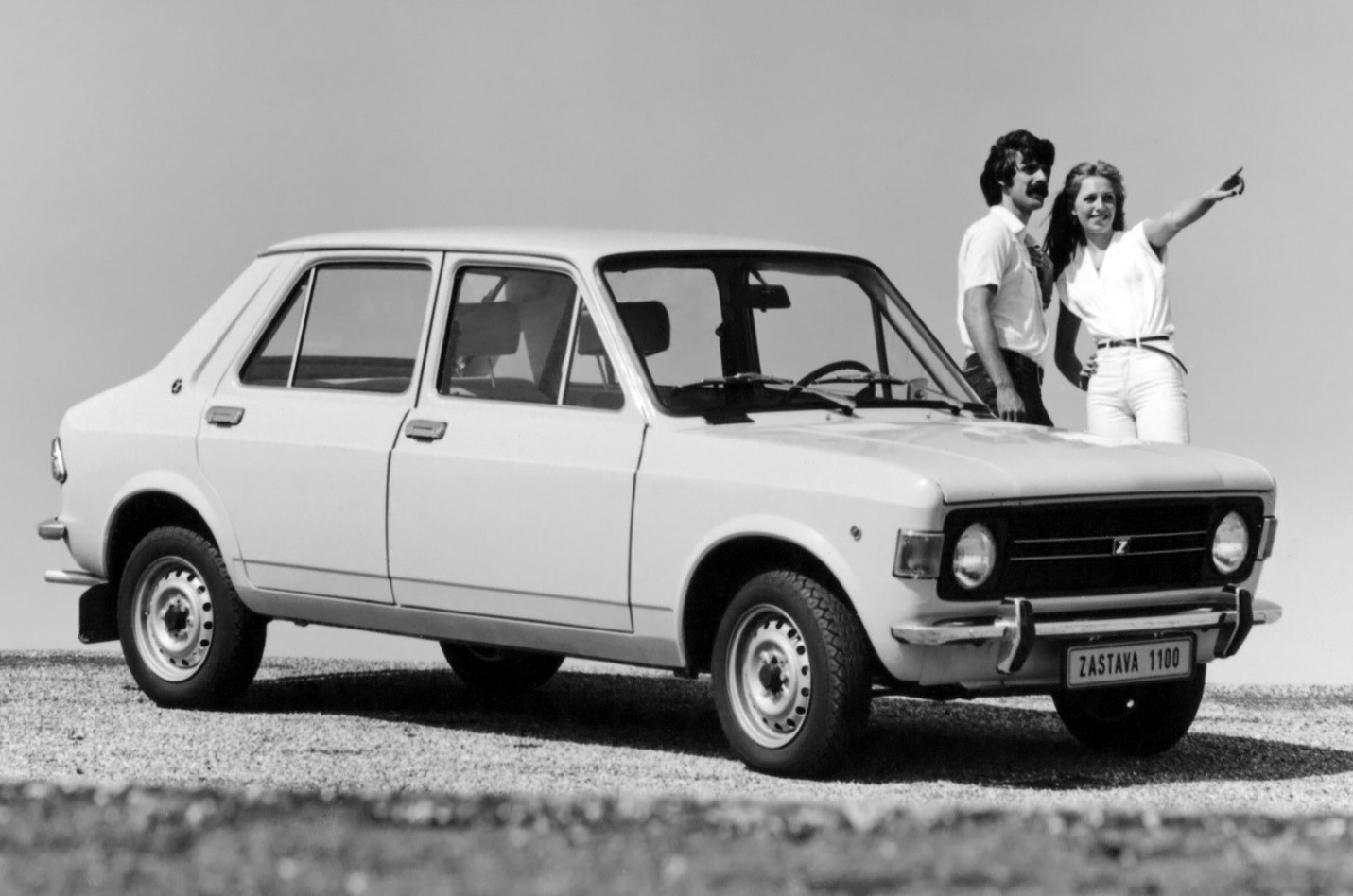
A Zastava.
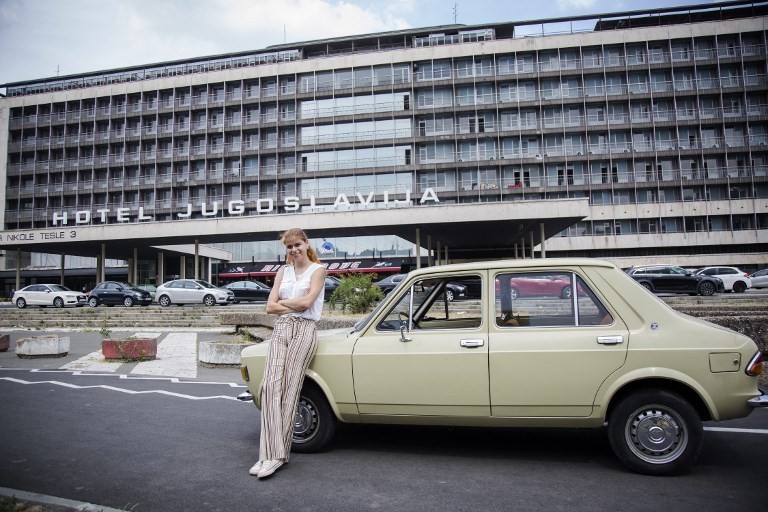
Jovana Stojiljkovic, manager of the Yugotour agency, poses for a picture on May 25, 2018 by a Yugoslav era popular car 'Zastava 101', in front of the Hotel Jugoslavija (Yugoslavia) in Belgrade. Photo by Vladimir Zivojinovic.
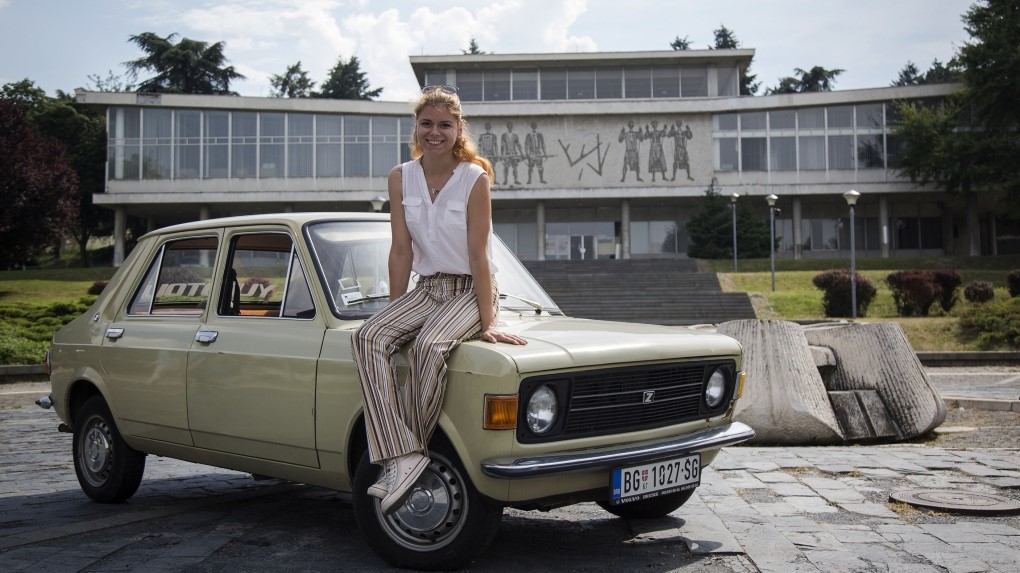
Jovana Stojiljkovic, manager of the Yugotour agency, poses for a picture on May 25, 2018 by a Yugoslav era popular car 'Zastava 101', in front of the Hotel Jugoslavija (Yugoslavia) in Belgrade. Photo by Vladimir Zivojinovic.
“The best, the worst and the best-selling cars were all Fiats,” Boros said. “The Zastava, made in Yugoslavia, was a modified Fiat 128, probably the best all-around model.”
“The Polish Fiat 125, though, was so bad it was legendary. You tried to change the wheel, put it on a jack and the frame caved in.”
In 1970, the Soviets licensed the front engine, rear-wheel drive Fiat 124 to build the Lada, probably the most ubiquitous car in the eastern bloc. They would produce it for decades.
“The Lada was sturdy enough for Russian roads and weather,” Boros said. “With a few tweaks, it was ready for the steppe.”
As innovation was limited and competition nonexistent, cars could often stay in production, with barely any modification, for as long as 20 years.
That is why Boros entitled his book ‘Outdated models.’
Good or bad, the cars sold like candy because there were so few of them. In the planned economy of the East, each country was assigned to produce a predetermined amount of goods, leaving most markets with far fewer cars than drivers.
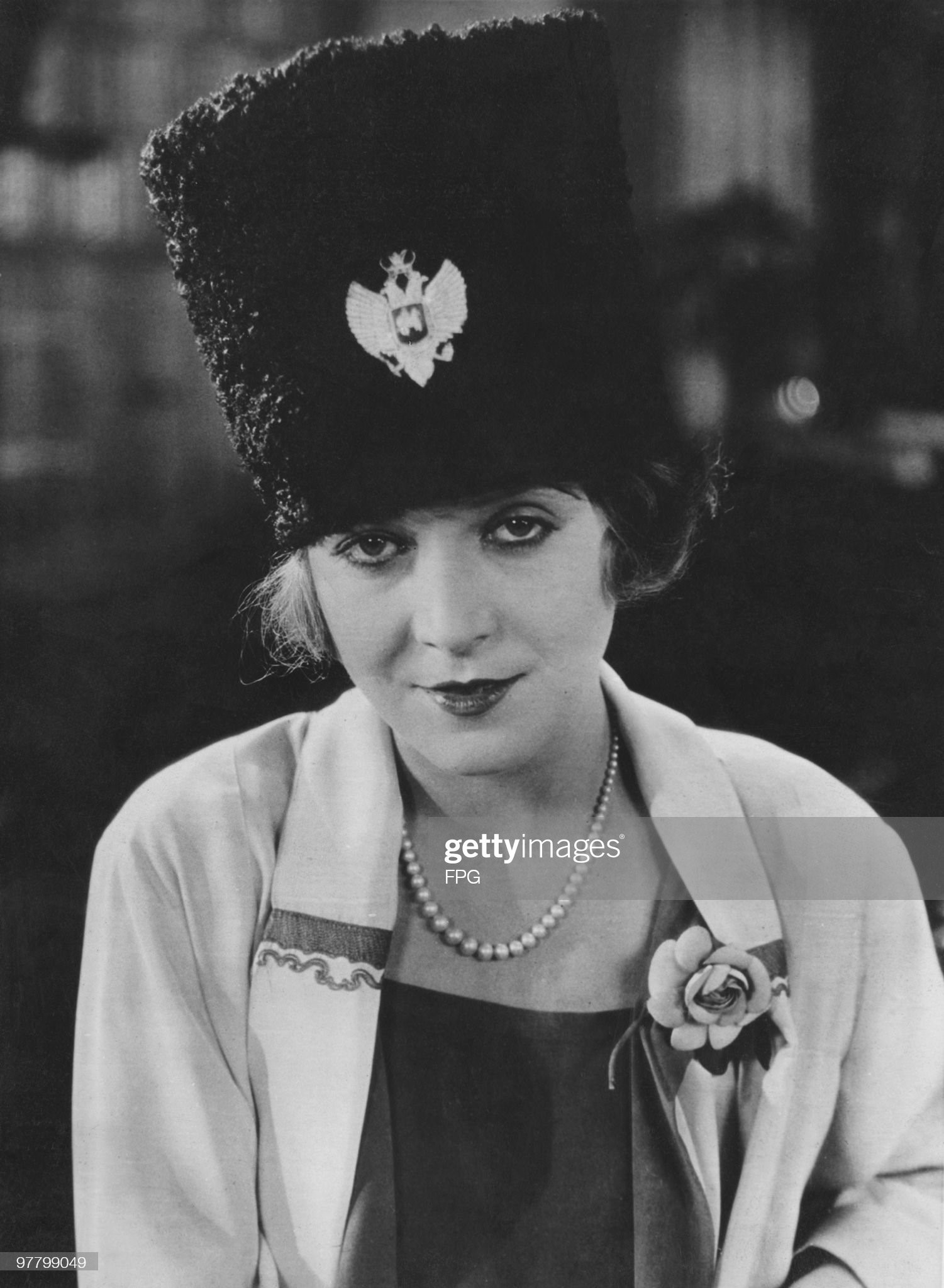
Hungarian-born actress Vilma Banky wearing a Russian hussar's hat from the film 'The Eagle', 1925. Photo by FPG / Hulton Archive / Getty Images.
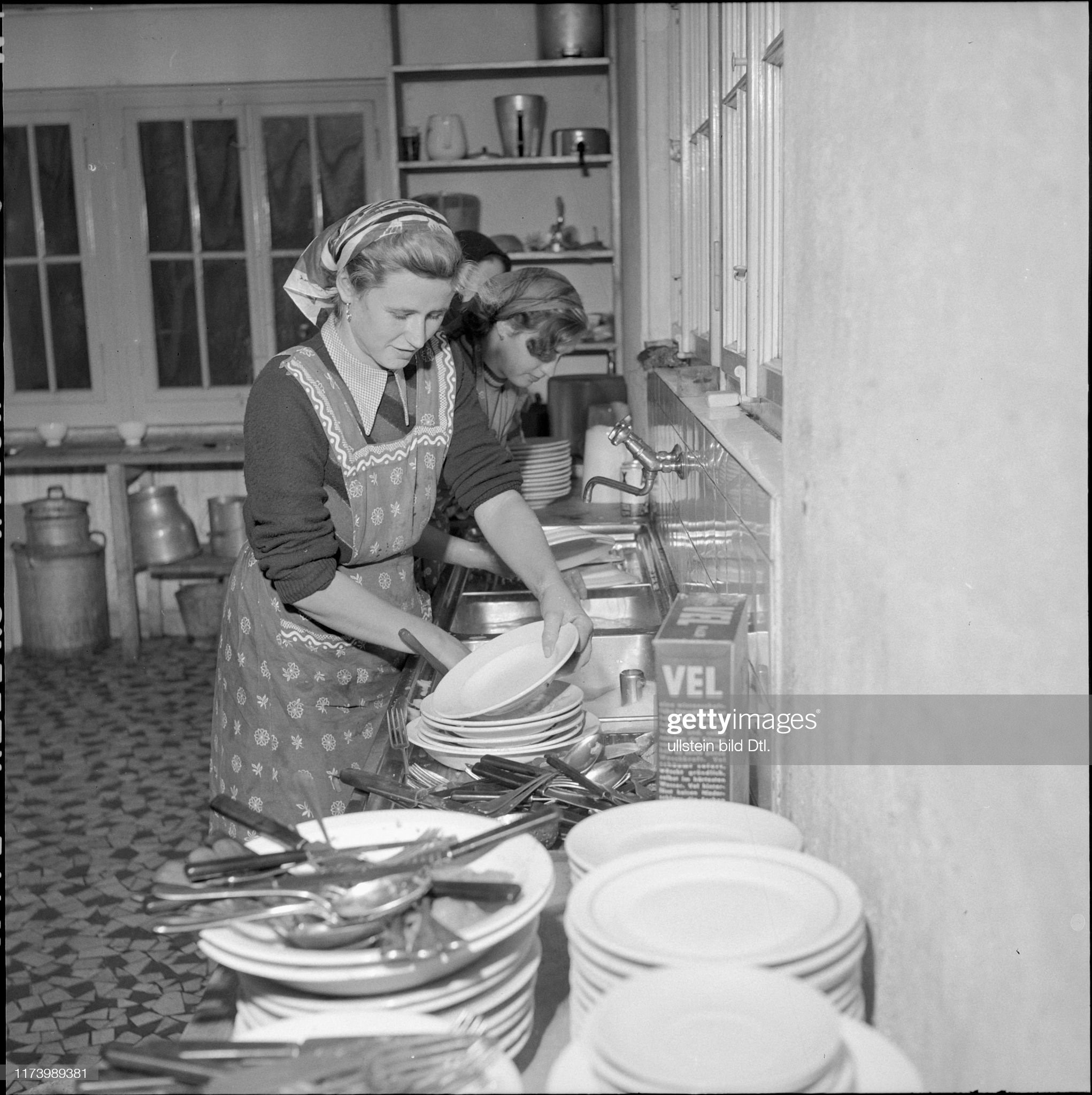
Hungarian woman washing dishes, 1956. Photo by Brechbühl / RDB / Ullstein Bild via Getty Images.

A lady looks unhappy and a dancer leans backwards while a suited man looks on in a night club near Buda Castle on 18th June 1990 in Budapest, Hungary. Photo by Richard Baker / In Pictures via Getty Images.
“Hungary’s market could have soaked up any number of cars,” said Agoston Kormendy, head engineer at the state import agency until 1989. “But because of currency restrictions, we could not import more than 100,000 cars per year, roughly.”

The Hungarian actress Kata Dobo. Photo by Fabrice Dall'Anese / Corbis via Getty Images.

The Hungarian pornostar Ilona Staller, alias ‘Cicciolina’, on June 22, 1987. Photo by Jack Garofalo/Paris Match via Getty Images
“Hungary did not produce cars because it was assigned the bus and truck portfolio in the bloc. In exchange for every large vehicle exported, it could claim a certain number of cars. One Hungarian Ikarus bus was worth about 23 Ladas”, Kormendy said.
That market produced some peculiar economics. Would-be buyers had to sign up for a car years in advance.
“I signed up for a Lada once,” Kormendy recalled. “No privileges. They told me I’d get one in five years. I got it eight years later, at almost double the price.”
“Shortage helped create the most famous of Communist-era cars, the Trabant. It was first produced in 1957 and the cheap design and basic technology helped resuscitate the car industry in post-war East Germany”, Kormendy said.
“The two-stroke, two-cylinder engine was a concept from the 1930s”, he said, adding, “it was so simple that any housewife could fix it on the kitchen table.”
One of Trabant’s biggest fans today was barely 12 years old when communism fell. Peter Lorincz, now 32, fell in love with his mother’s new Trabant in 1988 and went on to collect them.
His house, just outside Budapest, has a back yard full of scrap parts and a garage crammed with seven Trabants: four limousines, two station wagons and a convertible.
He brought the convertible out for a demonstration. It started without a hitch and, as Lorincz left the yard, a sticker on its tail heralded the Trabant’s one-time mass appeal.
“People’s cars of the world!” it said. “Unite!”
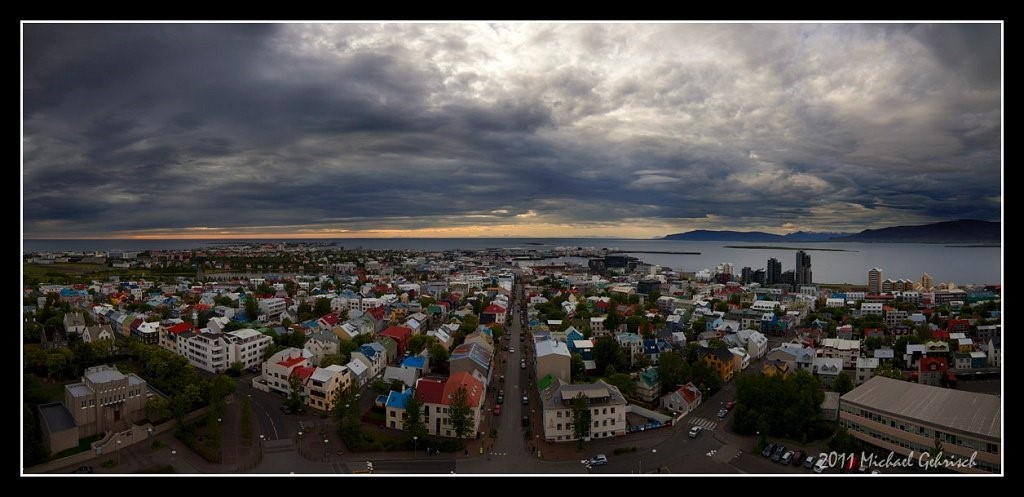
On the road again (and again). By Larissa Kyzer.
In a wide, grassy meadow where the road to Húsavík breaks off from the Ring Road, you’ll encounter a rather incongruous sight: a tomato red tank truck proclaiming ‘Over 100 Cars’ in bold white letters on its side. An arrow just below points in the general direction of the middle of nowhere.
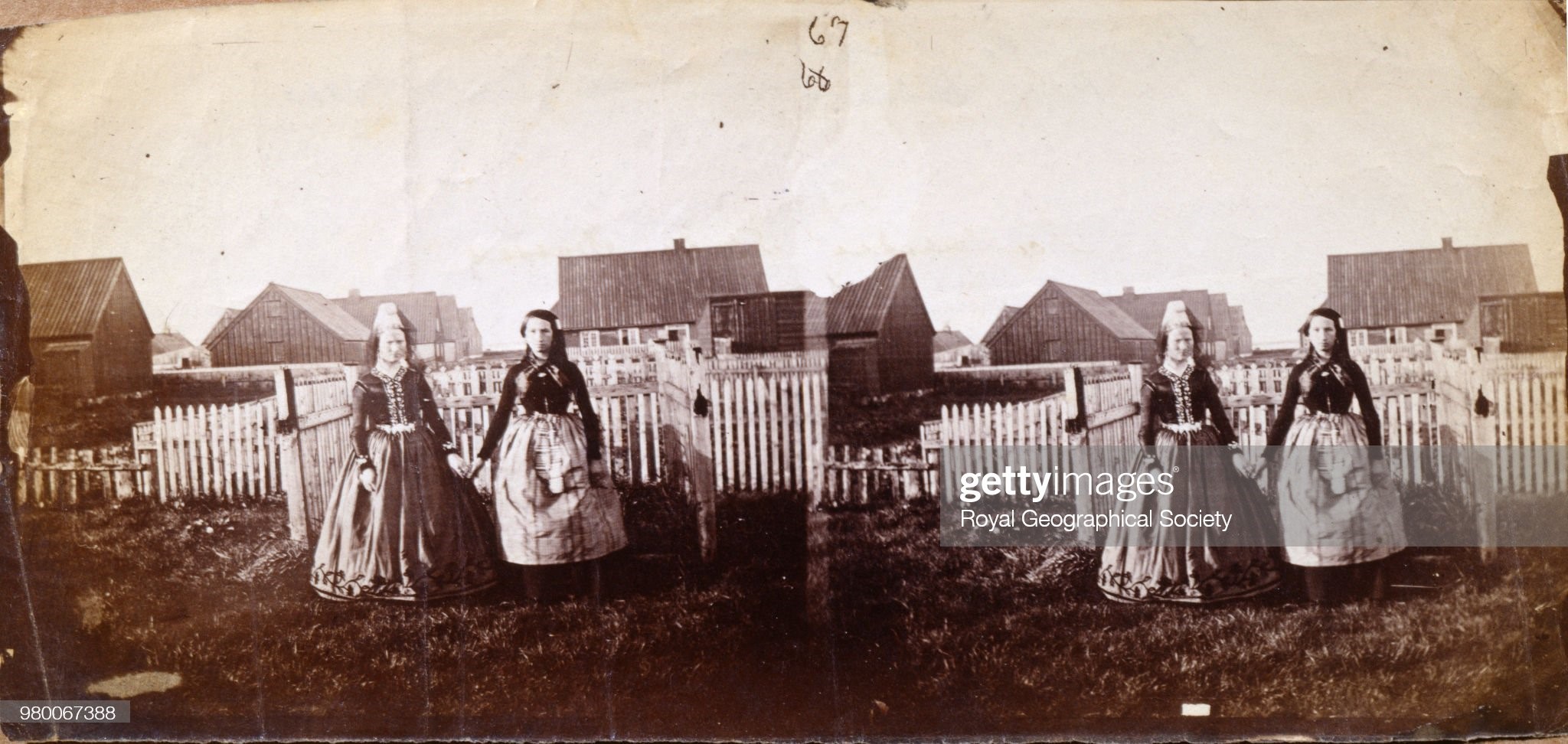
President's daughters in Icelandic state dress. This photograph is noted as having been taken at 5pm on 21st of August, 1860 in Iceland. Photo by J.E. Tenison-Woods / Royal Geographical Society via Getty Images.
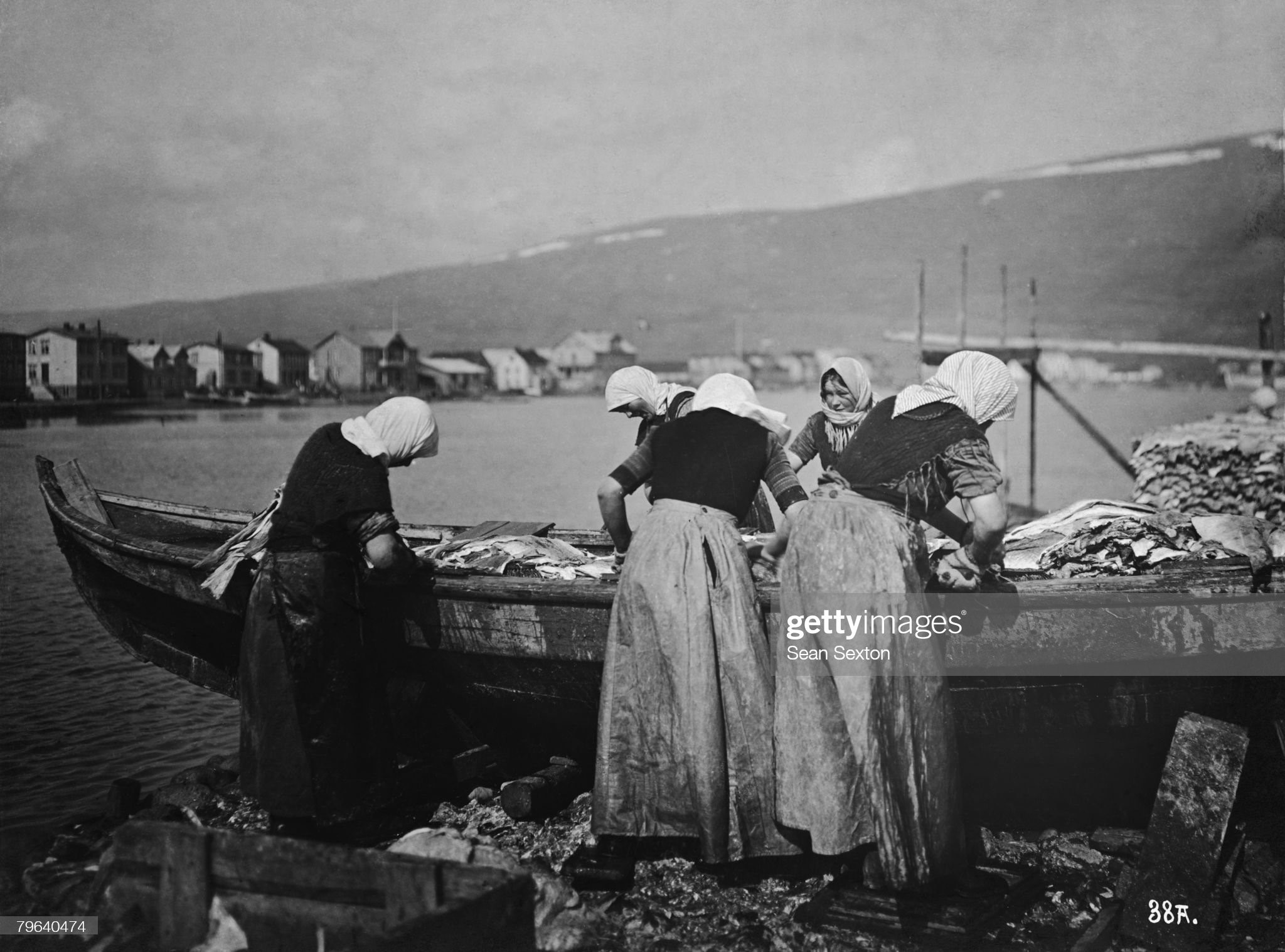
A group of women clean fish in Reykjavik, in preparation for export, 12th July 1914. Photo by Sean Sexton / Getty Images.
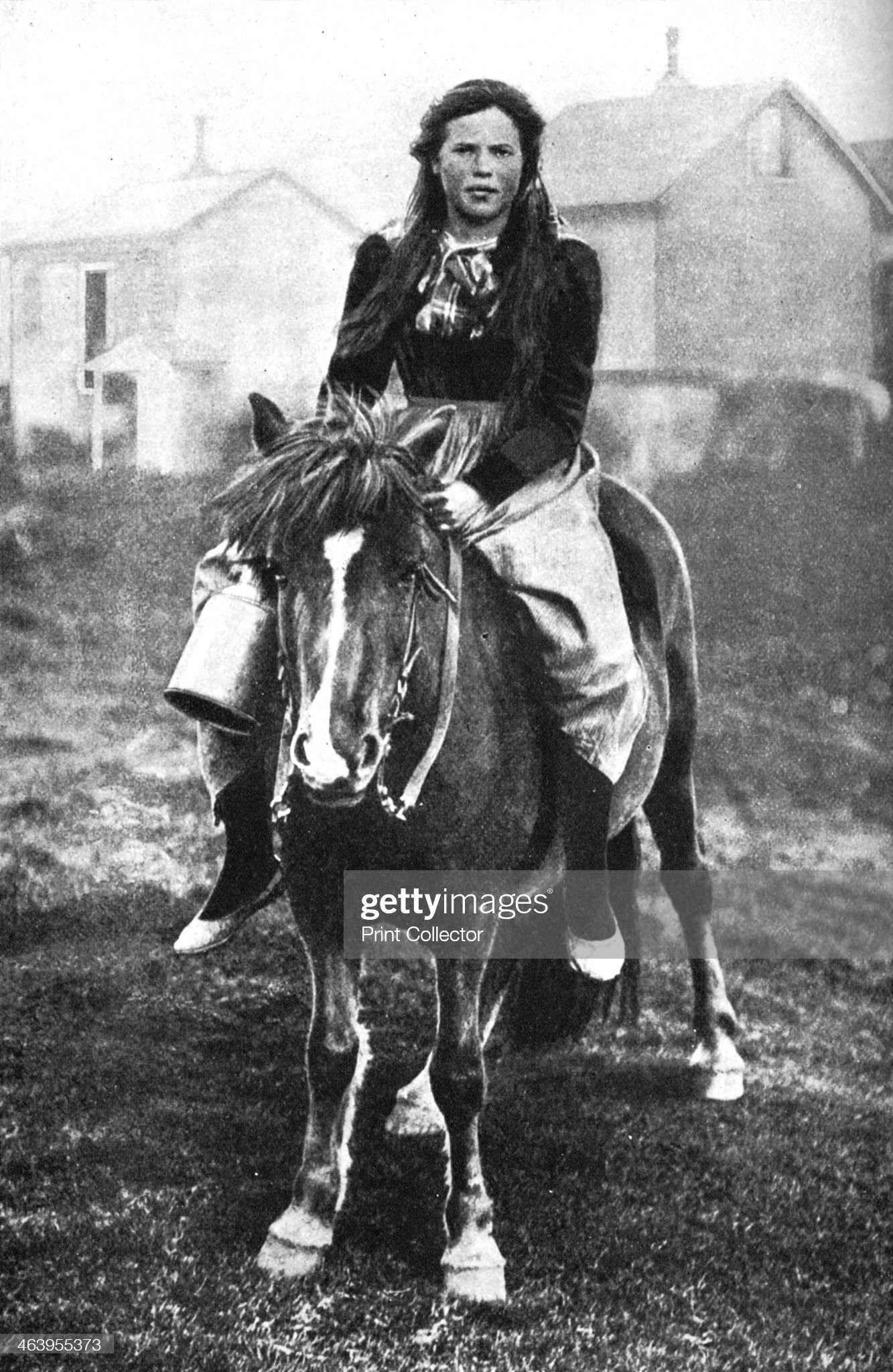
A milkmaid on her morning round, Iceland, 1922. Photo by The Print Collector / Getty Images.
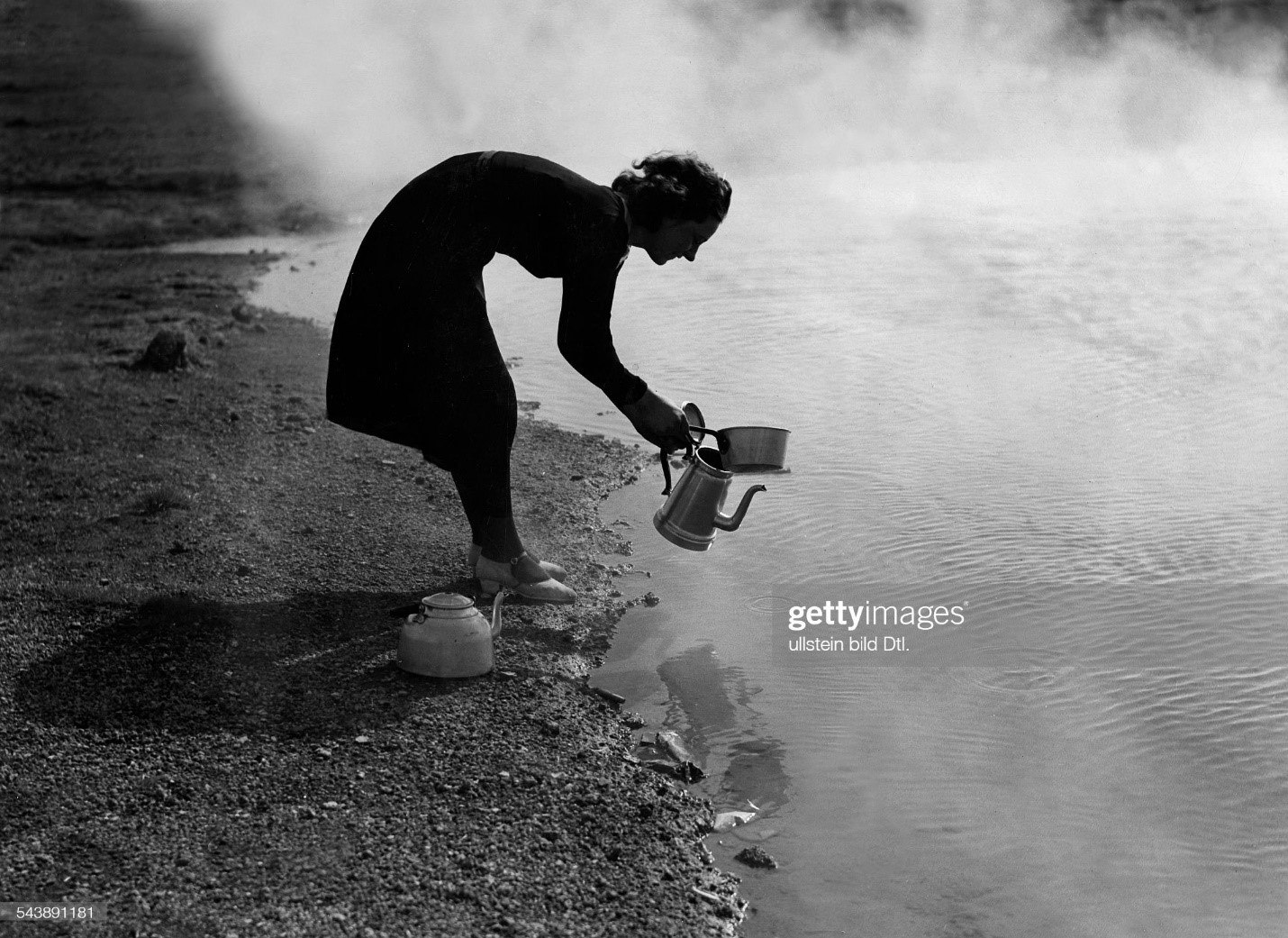
Icelandic woman getting hot water for a tea or coffee near by a geyser in 1935. Photo by Willem van de Poll / Ullstein Bild via Getty Images.
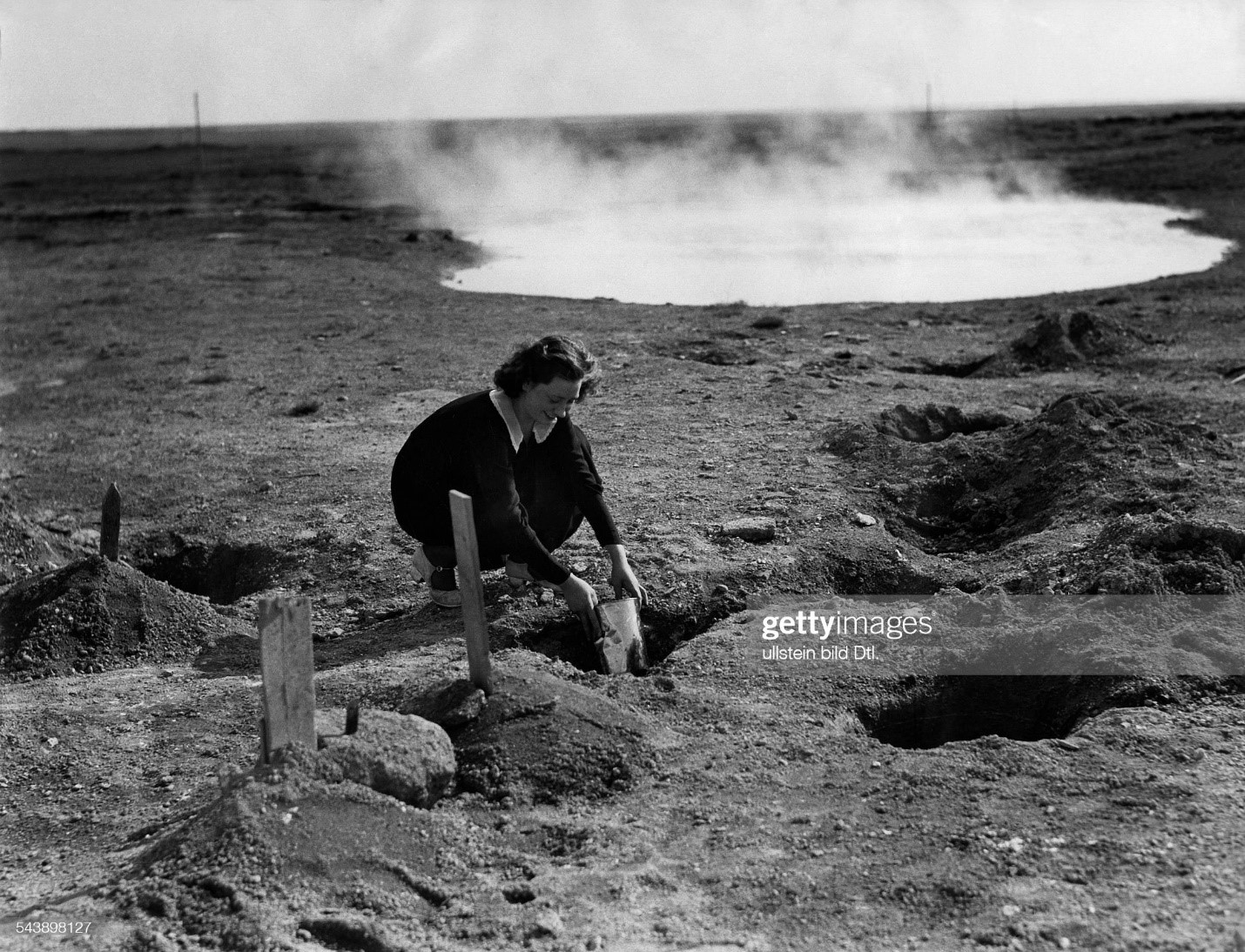
Icelandic woman bread baking in a 'Zinnkasten' near by a geyser in 1935. Photo by Willem van de Poll / Ullstein Bild via Getty Images.
Driving past this spectacle after a day tooling around Mývatn in North Iceland, my partner and I, neither one a car enthusiast, were charmed enough to welcome an unexpected detour. Less than ten kilometres later, we found ourselves at the Ystafell Transportation Museum: a former farm turned countryside garage turned ‘car graveyard,’ which today is a living record of Icelandic history, retold one car at a time.
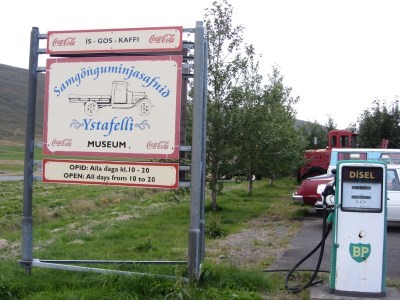
The Ystafell transportation Museum is open from 10:00 – 20:00 every day from May 18 – September 30.
The Ystafell Transportation Museum sits rather quaintly among rolling green pastures, its closest neighbours being a few laconic farms and a smattering of sheep. It doesn’t seem terribly well-situated to become one of the country’s largest vehicle collections, but it came into this role quite organically when its founder, Ingólfur Lars Kristjánsson, moved to join his wife Kristbjörg Jónsdóttir at her family’s homestead.
Ingólfur began rebuilding cars and tractors on the farm starting in 1946 and, living by the motto “never throw anything away, you’ll need it the very next day,” amassed a menagerie of spare parts, automobilia and, of course, the aforementioned hundred-plus cars (and tractors, trucks, tanks, fire engines, ambulances, snowmobiles …) quicker than you can say “Jón’s your uncle.” The fledgling collection, beached and languishing around the farm, was long considered an eyesore by many in the area. But it earned some gravitas in 1998, when a spacious, indoor facility was built to house the majority of the collection and the museum officially opened. Today, it’s maintained by Ingólfur’s son Sverrir, a skilled mechanic and auto enthusiast who jokes that he was “born in a garage.”
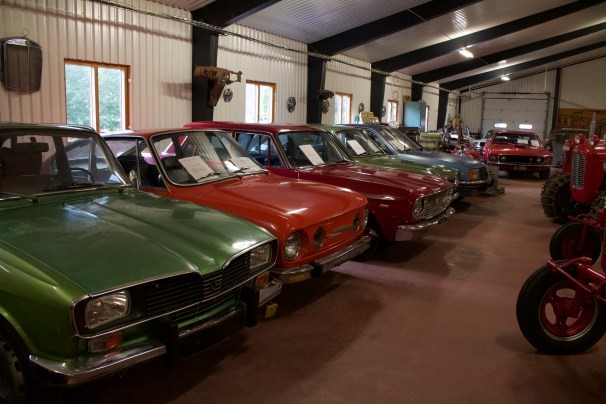
After passing through a cosy sitting room where Sverrir always keeps a pot of coffee hot for guests, you enter the main showroom, its walls decorated with steering wheels, vintage car advertisements and old Icelandic license plates, its floor space tightly packed with everything from turncrank tractors and chrome-wheeled baby buggies to US military Jeeps and Sverrir’s own first car, a mirror-polished, cherryred ’69 Mustang coupe.
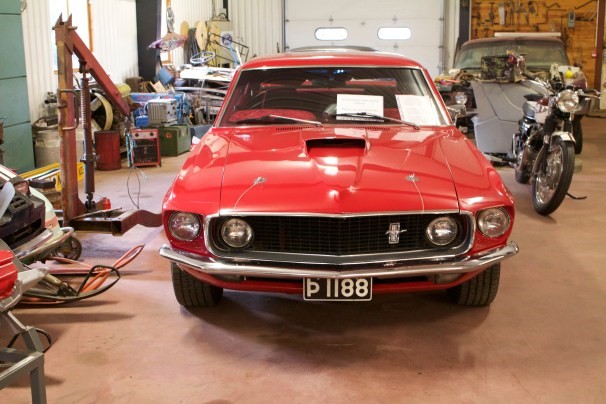
On one end of the room, a life-size display garage has been erected, complete with two boiler-suited legs sticking out from under the front of the car.
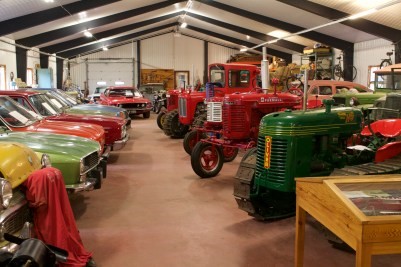
Then there’s a blunt-nosed, treadfitted, gunmetal 1951 Bombardier Snowmobile dotted with circular submarine-ish windows. The founder used to use this whale to drive local children to school in the winter. And a lovingly restored 1959 Moskvitch which, besides being a representative example of a once exceedingly popular leisure car in Iceland, “many people have memories of summer vacations in a Moskvitch”, was also used in Icelandic director Friðrik Þór Friðriksson’s 1994 film ‘Bíódagar’ (“Movie days”). There’s another gem in the elegant convertible 1919 Dixie Flyer, a Kentucky-made car that was only manufactured from 1916 to 1923. Just three of these cars still exist worldwide: one’s in Texas, one’s in Australia, and the last is at Ystafell.
Such fun factoids, stats and miniature histories are recounted on modest, typed sheets of paper, which have been tucked carefully into laminated sleeves and placed on the windshields and hoods of each piece in the museum. Sometimes, these histories are poignantly brief: “1966 Toyota Crown: Steindór Bjarnason of Neskaupstaðir gave the museum this car in 2004. Unfortunately, we haven’t been able to dig up the history of the car, but hopefully, we’ll work this out later.” And sometimes, such as in the case of an Austin A90 Westminster first used by British naval officers in Bermuda and then sold to American soldiers based in Keflavík, these provenances are far more granular: “the first owner in Iceland was Gunnlaugur Þórbjarnarson—he bought the car at the end of the summer in 1962…Gunnlaugur restored the car and used it until August 28, 1979, when he sold it. Hilmir Arnórsson bought the car on October 28, 1991 and was its seventh owner. When he bought it, the car wasn’t drivable— it had no engine and was very rusty. Hilmir restored the car and now it’s in very good condition.”
This pretty normal car, owned by seven pretty normal Icelanders, has now become part of a much broader, richer story.
Relics of the Not-So-Cold War
Moving into the next showroom, we encounter what looks like a diagonally sliced oversized Playmobile car, but is actually a 1991 Kewet El-Jet electric car from Denmark. It has two seats, four gears, a horsepower of ten and a box of Cuban cigars in the window. There are, we realize, a number of Eastern Bloc cars and license plates around the museum, such as the first Trabant ever imported to Iceland, which is interesting for us, having grown up in the anti-Communist states. Sverrir laughs about this, “Iceland, he says, “is the only place other than Havana you would see Soviet and American cars side by side.”
Icelanders, he explains, “bought cars from all over… except maybe Australia” but there were special incentives for buying cars from Russia, particularly after the collapse of the Soviet Union. “We made a deal, Iceland would get cars and gasoline and they would get fish.” He nods. “The cars were very cheap and very popular, Russian cars had great heaters.”
We find another relic of the Cold War era and perhaps our favourite car of the collection, parked unassumingly under a painting of a flamingo in the back corner of the second showroom. Flanked on one side by a bubble-fronted 1955 Chevy 3600 truck that the town of Akureyri had converted into an ornately be-crucifixed hearse and on the other by a Vespa, there is a black 1982 Cadillac Brougham d’Elegance, license plate: 1. It’s the car that was used by President Vigdís Finnbogadóttir, the world’s first democratically elected female head of state. “Without a doubt, many important world leaders travelled with Vigdís in this car,” says the informational sheet. “It’s not impossible that both American President Ronald Reagan and leader of the Soviet Union Mikhail Gorbachev sat in the backseat while traveling to the Rekjavík Summit in 1986.”
But even a presidential Caddy—even one that was maybe, possibly even minutely involved in landmark nuclear disarmament talks—can be repurposed and written into the nation’s more quotidian history. Following its presidential appointment, the car was sold to a fancy hotel to be used for weddings and special events, after which it was owned by one Eiríkur Óskarsson, from 2001 to 2008. “Never throw anything away!”
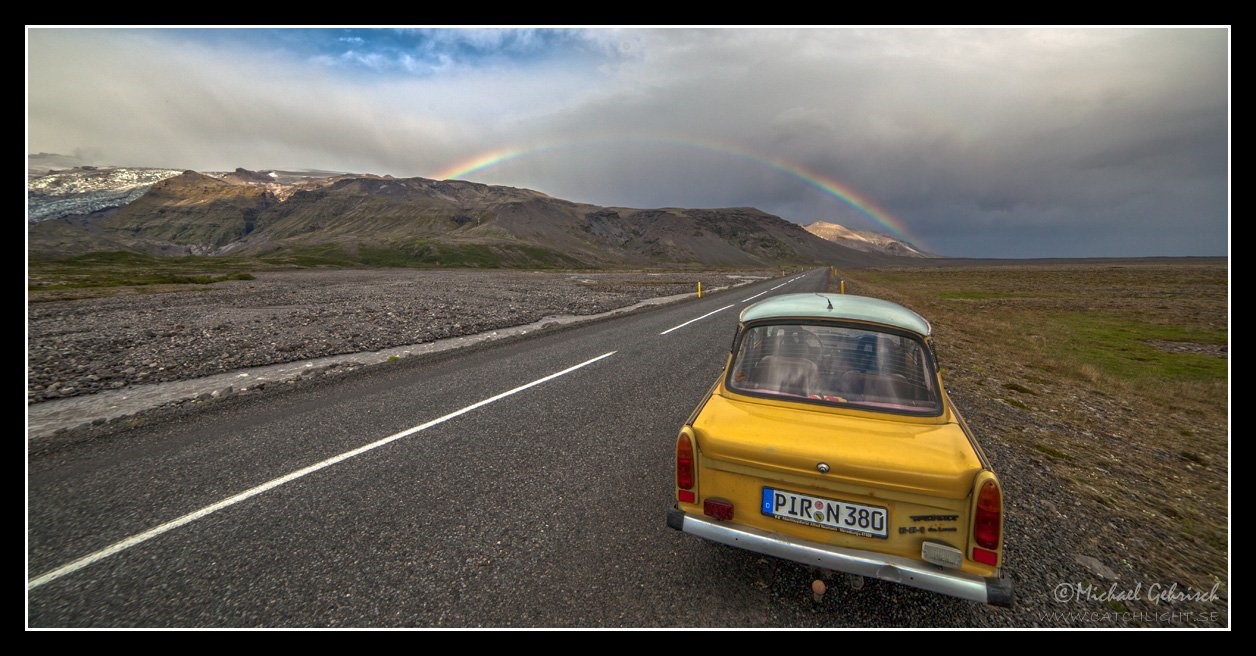
A yellow Trabant in Iceland.
How I found the most remote Trabant on Earth. By Máté Petrány. April 19, 2016.
If you know about a two-stroke Trabant that’s daily-driven more far out than where I found this one, please prove me wrong. But for now, this mustard yellow wonder is claiming the title for ‘The Most Remote Trabant On Earth’.

Icelandic model Anna Björnsdóttir in 1980. Photo by Tony Korody / Sygma via Getty Images.

Icelandic model Anna Björnsdóttir in 1983.

Icelandic model Anna Björnsdóttir.

Icelandic model Anna Björnsdóttir.
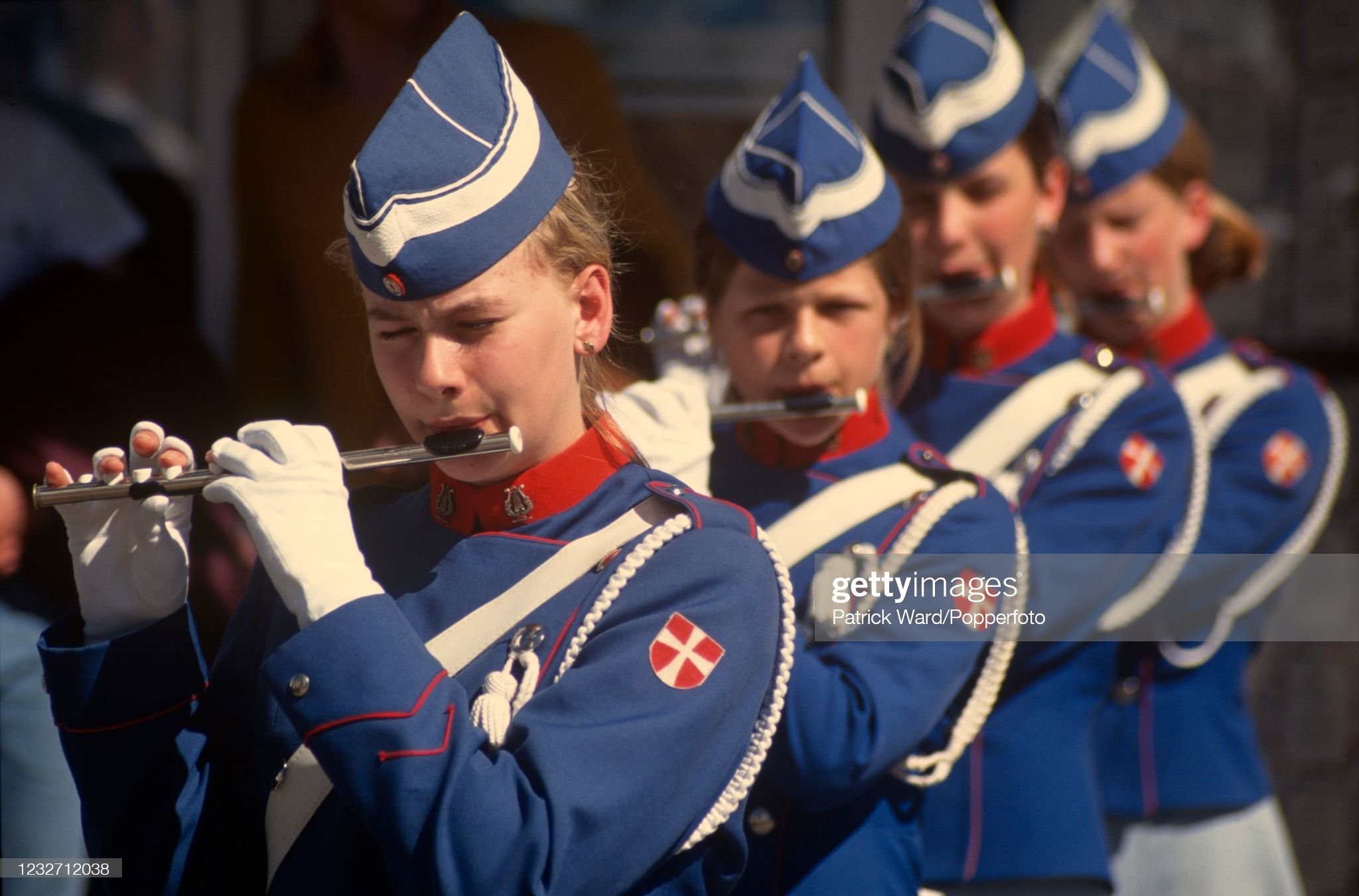
Young women playing fifes, a small flute, in a marching band in Akureyri, Iceland, circa June 1988. Photo by Patrick Ward / Popperfoto via Getty Images.

Iceland, Reykjavik, portrait of young girl in the cold with warm coat and hat. Photo by Anthony Asael / Gamma-Rapho via Getty Images.
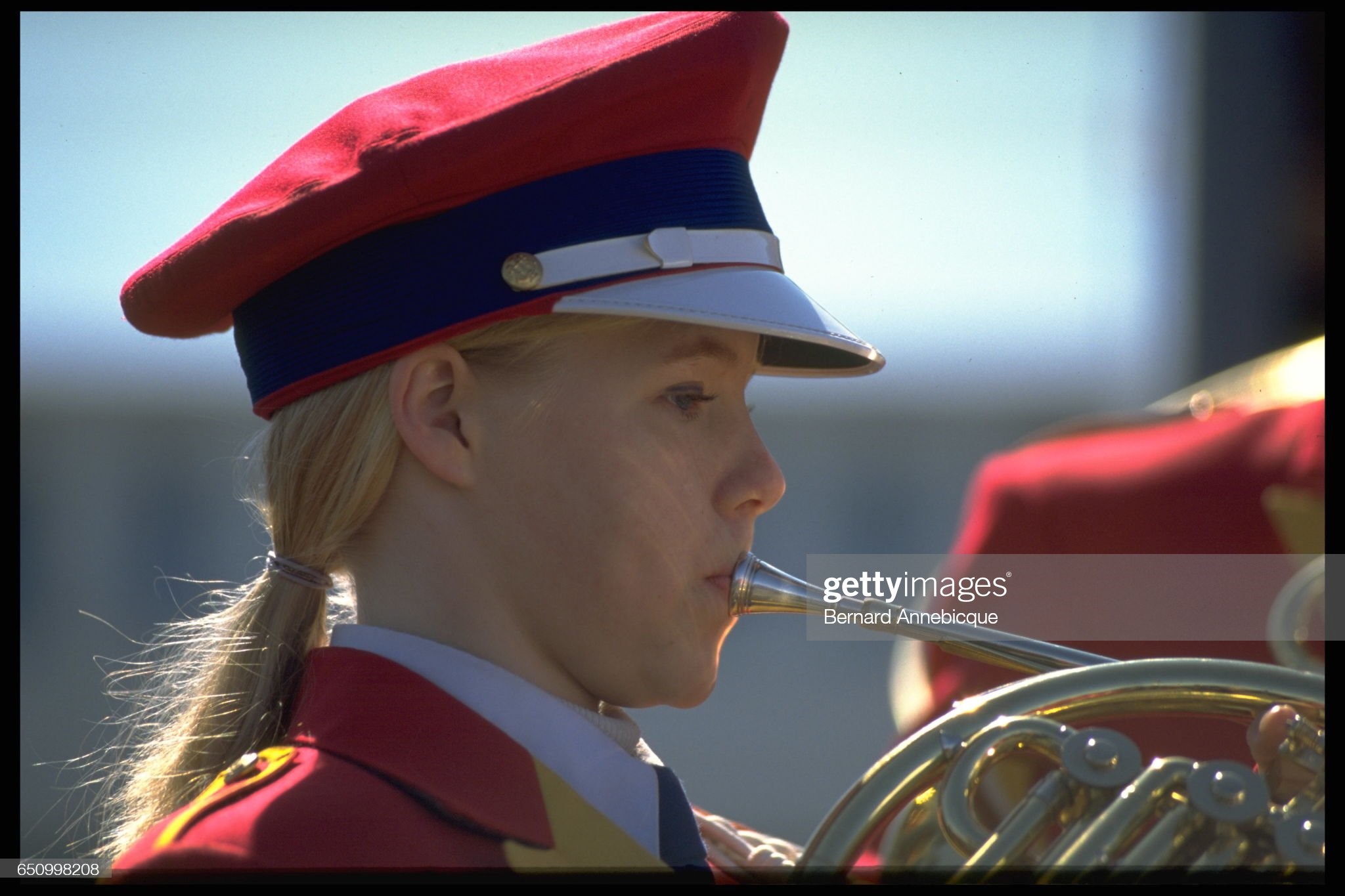
Reykjavic, capital of Iceland, on May 01, 1996. Photo by Bernard Annebicque / Sygma via Getty Images.

Icelandic athlete Ásdís Hjalmsdottir reacts after competing in the women's javelin event at the IAAF London 2017 World Athletics Championships in London, United Kingdom, 08 August 2017. Photo by Bernd Thissen / picture alliance via Getty Images.

Icelandic athlete Ásdís Hjalmsdottir.

Thermal waters in Iceland on September 12, 2018. Photo by Federico Tovoli / VWPics / Universal Images Group via Getty Images.
When you have a Land Rover Defender, you can go further. In fact, with such a capable and good looking vehicle, it would be a straight up sin not to go as far as you can. So when we took the Defender on vacation last week, we decided to set up our tents at 64.885203, -24.044116, just by that tiny lighthouse on the western edge of Iceland.
Technically we didn’t drink rum at Europe’s ‘most’ western point, because that would be Látrabjarg further up north. But it was as close as we could get.
On your way to what is known as Svörtuloft for its bigger, equally orange lighthouse, the last sign of civilization is a radio tower west of the small town of Hellissandur. I almost drove by it without taking a second look at a steady 55 mph, but instead, something I did not expect to see made me step on the brakes.
Screw reverse gear. I went running back to inspect the familiar, yet highly unlikely object in this windy corner of the world.
Pokahornið is an arts & crafts supply store in love with coffee and, as it turns out, the Trabant belongs to a chap called Búi Baldvinsson, a filmmaker of Hero Production from Reykjavik who believes it to be the only regularly driven 601 on the whole island. He got the car years ago from a woman who was moving away from Iceland.
Back in the day, lots of communist cars made it to Iceland, mostly because the Eastern countries liked to pay for herrings with anything they had on four wheels. Unsurprisingly, the Lada Niva has been a particular favorite of this fine nation, but most of those cars rusted away by now. During our 1,400 mile trip around the country, we only saw one, parked at a remote farm.
Búi says the Trabant is one his favorite cars and he loves to drive it especially at winter time, when it’s snowing. As a Hungarian, I know how this makes sense.

Finnish girl having fun in sauna.
Nostalgia for the Lada: Cold War, toasty heater. By John Tagliabue. April 12, 2012.
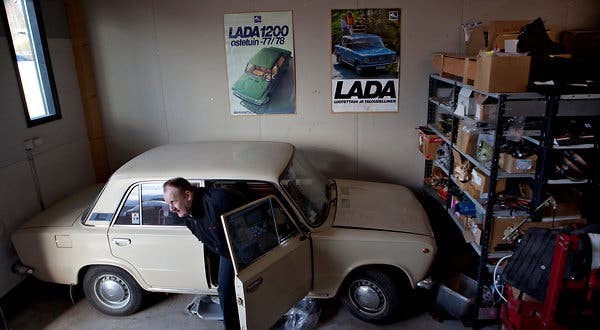
Risto Nykanen with one of the Ladas he has collected in Finland. Production of the car ends next month. Credit: Touko Hujanen for The New York Times.
Helsinki, Finland. Risto Nykanen’s Russian wife hates his hobby. She came from Leningrad, in the old Soviet Union, before its name reverted to St. Petersburg. Mr. Nykanen’s hobby? He gathers and restores old Ladas, the boxy Soviet automobiles that were once the family car of Finland, but have become collectors’ items — for contrarian collectors.
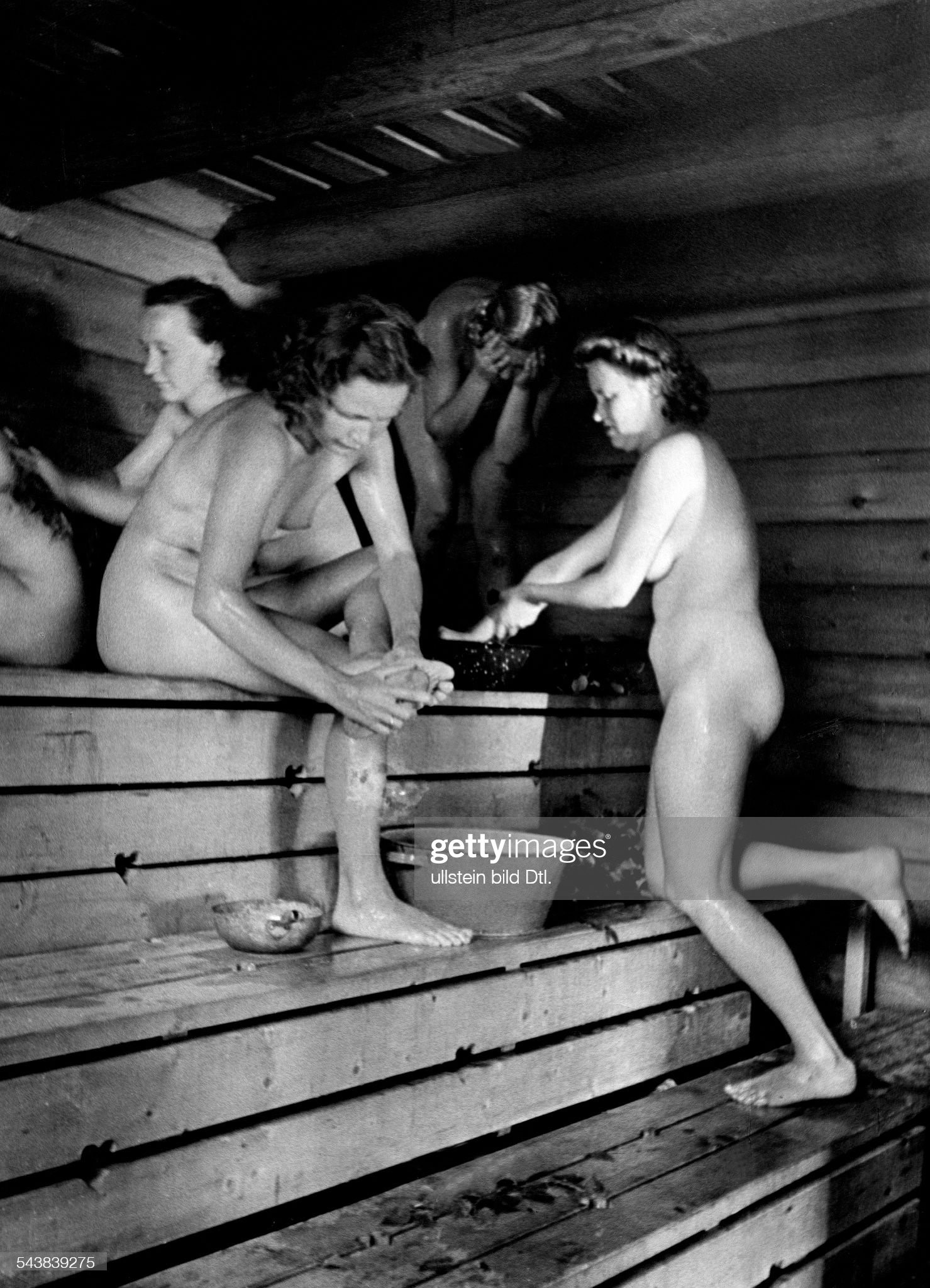
Naked women in a Finnish sauna, circa 1941. Photo by Heinrich Hoffmann / Ullstein Bild via Getty Images.
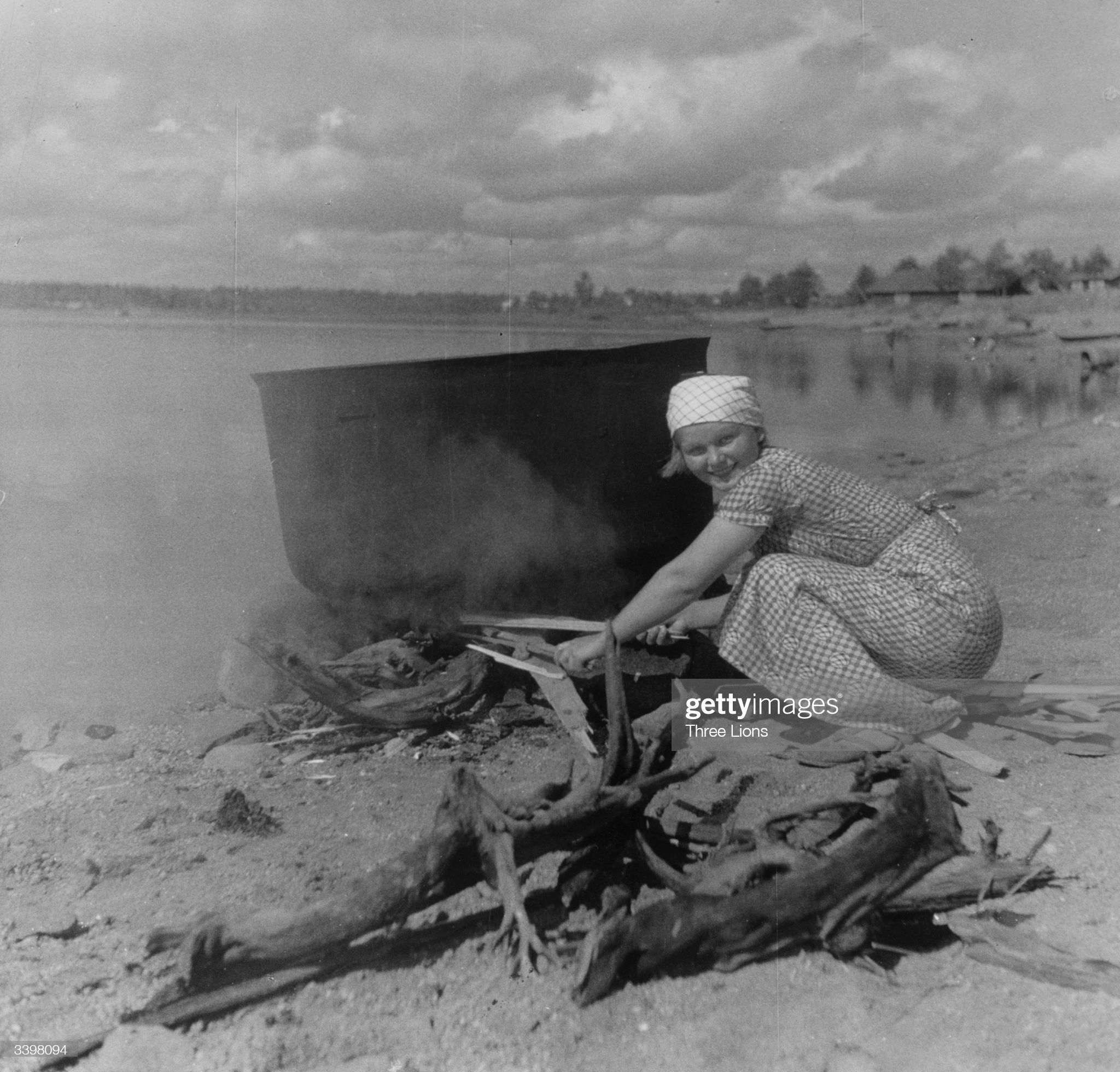
Circa 1955: a young woman tends a large cooking pot on the beach at Lavansaari Island. It is one of a group of islands in the Gulf of Finland including Hogland, Tytarsaari and Seiskati which are being handed back to Finland by Russia. Photo by Three Lions / Getty Images.
“Whatever came from Soviet Russia, all this is crap,” said Mr. Nykanen, 47, explaining why many Finns and not just his Russian-born wife, loathe the Lada. But for Mr. Nykanen, a Finn who runs a machinery import business when not buying and restoring the Russian clunkers, the cars represent a bittersweet chapter of his nation’s history.
Built starting in the early 1970s, based on the already dated design of the Fiat 124, Ladas are emblems of the Cold War, when Finland sought to strike a delicate balance between the Soviet Union and the West.
Over the years, while cars from Western Europe, America and Asia evolved with fresh styling and improved engineering, the Lada failed to keep pace. Still, the standard model seated five and cost 40 percent less than, say, a comparable Opel. And basic Russian technology overcame at least some of the weaknesses: a dearth of insulation offered little protection against severe Finnish winters, a deficiency the Lada countered with a blast-furnace heater.
“It had two settings: hot or extra hot,” Mr. Nykanen said with a laugh. “An excellent choice.”
Introduced to Finland in 1971, the Lada for decades was one of the country’s best-selling car brands. Sales peaked in 1998, at 15,390 Ladas, some 10 percent of the market.
By late last year the car’s longtime importer, the Delta Auto Group, gave up the business, saying it had not sold even one Lada since 2009. Now Delta deals in the cars that Finns prefer today, like Kias, Mazdas and Mitsubishis.
“No one’s rushed to take up sales of the Lada,” said John Costin, a 69-year-old Englishman and former General Motors executive who was brought in as chief executive two years ago, to turn Delta around after heavy losses. “Lada and Brand Finland don’t go together.”
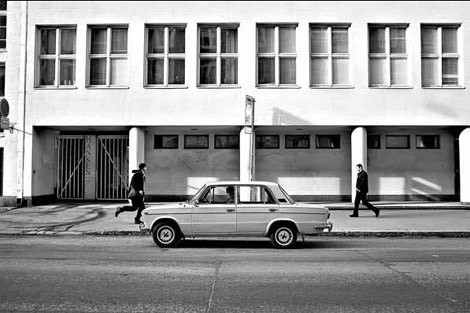
The Soviet Lada was once a top-selling car in Finland, but it failed to keep pace with auto engineering and design advances in the West and Asia. Touko Hujanen for The New York Times.
They once did. At the Russian-Finish border, Lada had a huge pre-delivery center, employing about 4,000 people, where cars were prepared for Finnish customers.
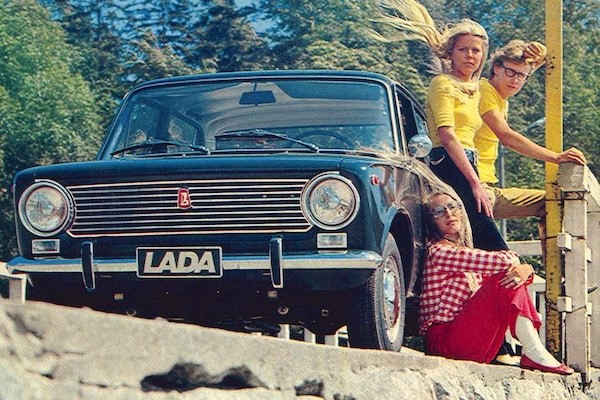
The Lada 1200 is the best-selling vehicle in Finland in 1974.
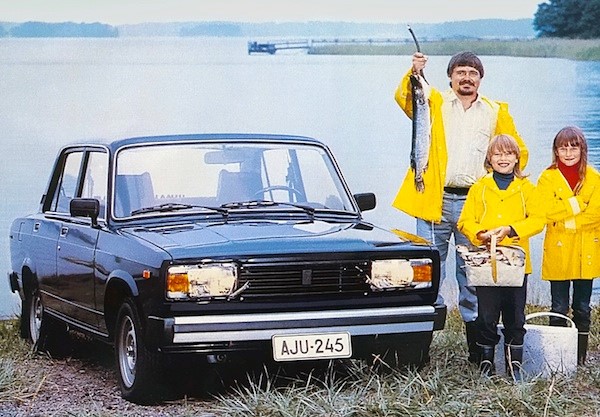
The Lada 1200/2105 is the best-selling vehicle in Finland over the period.
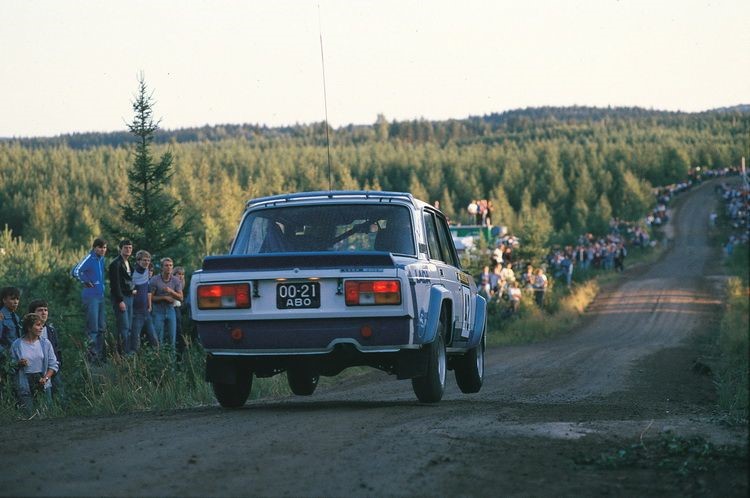
Lada VFTS in Finland Rally, 1984.
When Mr. Costin visited there recently, he found it deserted, the lots overgrown with grass. “To think it was once thriving,” he said.
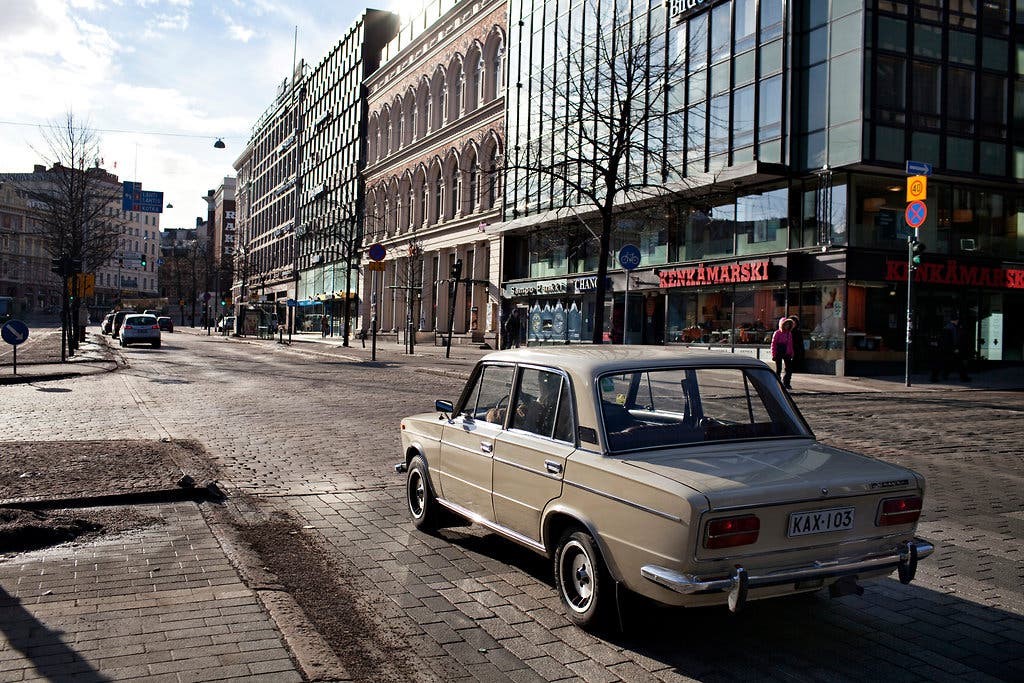
Touko Hujanen for The New York Times.
For Mr. Nykanen, the Lada’s popularity was inevitable, as was its decline, reflecting the arc of Finnish-Russian history. For more than a century Finland was part of the huge Russian empire before gaining independence after World War I.
Long after, it maintained a wary but open relationship with its giant neighbor. But with the collapse of communism, Finland threw itself wholeheartedly into the arms of the West, joining the European Union in 1995.
Avtovaz, the largest Russian automaker, still makes Ladas in Russia, though production of the boxy, anachronistic 2107 model — known in Western Europe as the Riva — ends this month. Renault, the French automaker aligned with Nissan, is seeking control of Avtovaz and expects to build some form of its Romanian Dacia models in the Russian plant.
Finland, which has assembly factories for various foreign brands but has no domestic auto industry, has not totally rejected Russian cars.
Last month, the Moscow-based company Marussia Motors, owned by a group of Russian investors, announced an agreement with Valmet Automotive, the Finnish contract manufacturer that builds the Fisker Karma plug-in hybrid, to assemble a new luxury sports car, the Marussia B2. The B2 is intended to compete with the likes of Porsche, of Germany and Ferrari, of Italy.
Rattling off the countries where Marussia hopes to sell the B2, Denis Muravlev, a company spokesman, wrote in an e-mail, “Eastern Europe, including the former Soviet Union, and Western Europe, including Finland, of course.”
But no one expects the high-performance coupe to replace an Everyman car like the Lada.
Over the years Mr. Nykanen has bought five Ladas, which he reverently restores and keeps in a garage on the edge of Helsinki. He estimates there are 15,000 Ladas left in Finland.
In the 1990s, when Russians began traveling freely to Finland after the Soviet Union’s collapse, thousands poured in to buy used Finnish Ladas and drive them home — where, during the Soviet era, Russians had waited years to take delivery.
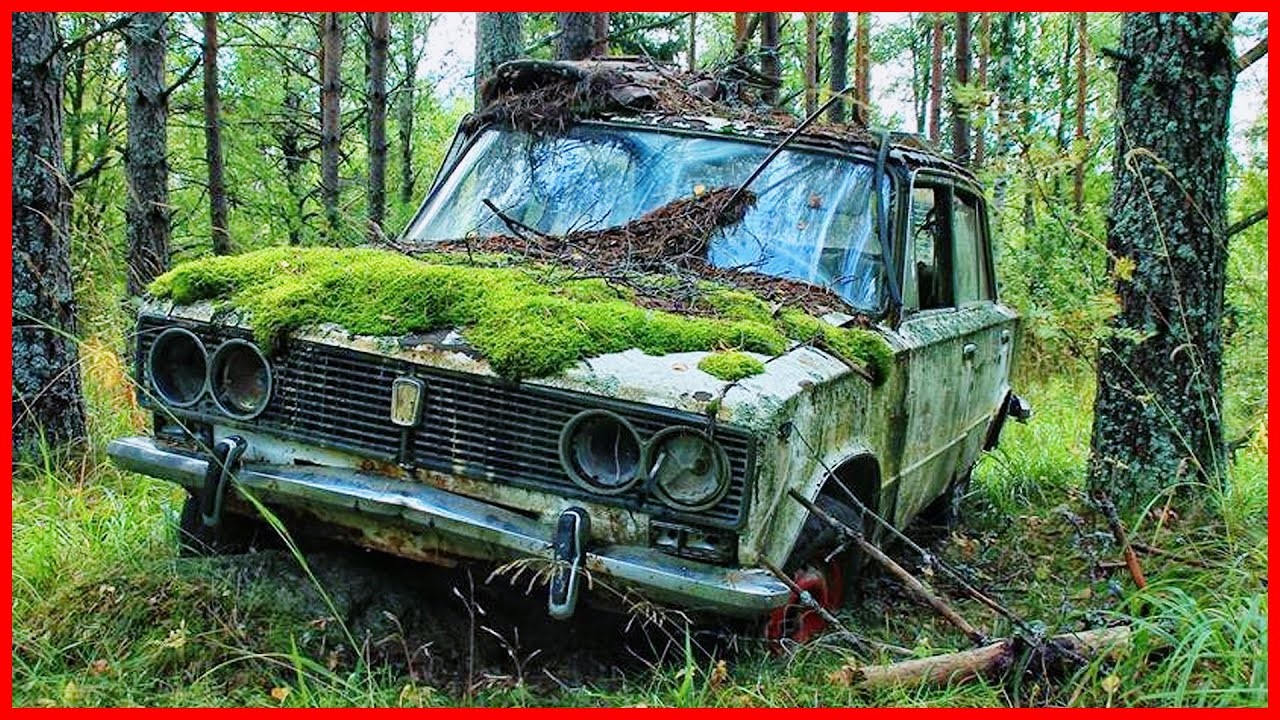
An abandoned Soviet car in the forests of Finland.
“More than 30,000 of our Ladas went back to Russia,” said Mr. Nykanen, citing a figure supported by auto registration data. Many Finns wish them good riddance. “For me, it reflects the old Soviet Union,” said Hakan Rosenstrom, an optometrist who drives a Volvo. “It’s not very popular.”
But for collectors like Mr. Lykanen, the Lada retains some allure. Lada buffs hold regular road rallies, even sometimes racing the old machines. And in 2008, he was part of a convoy of nine Finnish Ladas, with two or three people to a car, that made a weeklong pilgrimage to the Russian city of Tolyatti, on the Volga River, to pay homage to the factory where their cars were assembled. Renault, which now owns a stake in the manufacturing complex, refused them admittance. “We did some sightseeing and came home,” Mr. Nykanen said.
For everyday use, Mr. Nykanen owns a sporty two-door Opel. But its computerized innards do not fully impress him. “If a nuclear bomb goes off, all microchips will collapse,” he said. He affectionately tapped the hood of one of his Ladas, a washed-out gray 1974 sedan. “Well, this is one model that has no chips inside,” he said. “It’s all mechanical. It’s atom-bomb proof.”
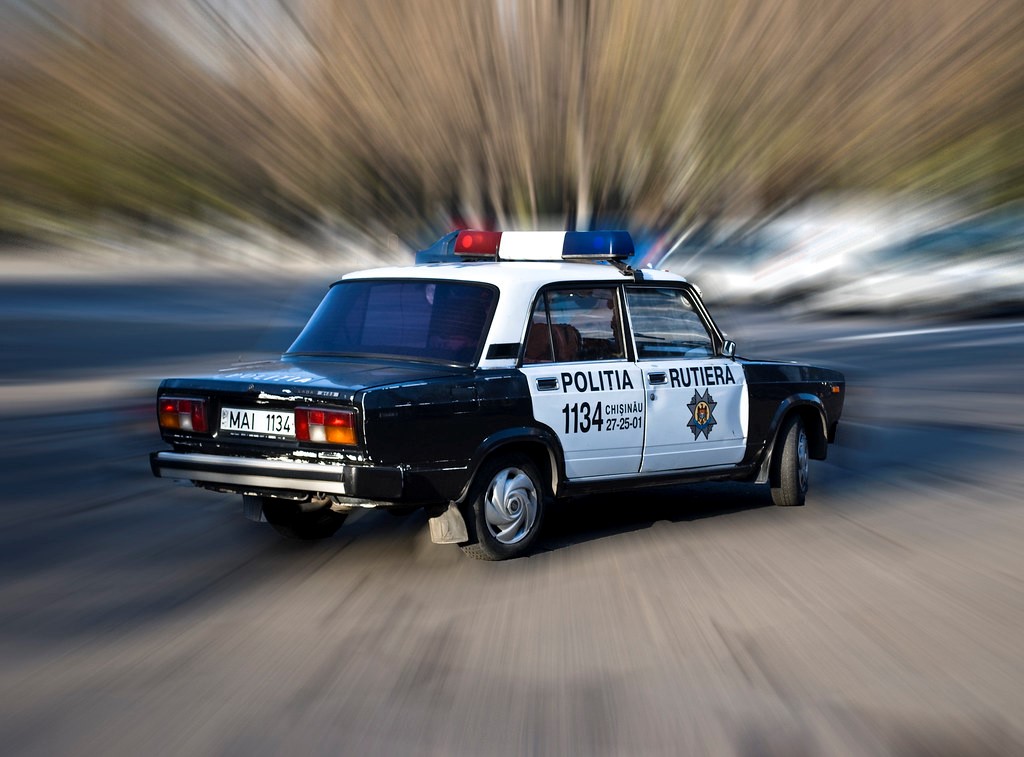
Police car in Chisinau, Moldova.
Wheel of time: restaurant-museum in Moldova. By Eugen Pedersen. 6th November 2017. All photographs are by and copyright of, the Author.
On my recent visit to Chisinau, the capital of Moldova, I didn’t find any Soviet models but I did find something unique: A Restaurant with its own car museum which is visited by many tourists and officials. The owner of the restaurant has a private collection of rare Soviet cars in working condition. He loved Soviet cars as a child and is able to collect them now. The Restaurant itself is traditional with a wine cellar and is not too expensive despite its wonderful car collection. The only way to get to see the collection is to eat there and then the owner will give you a tour of his car collection.
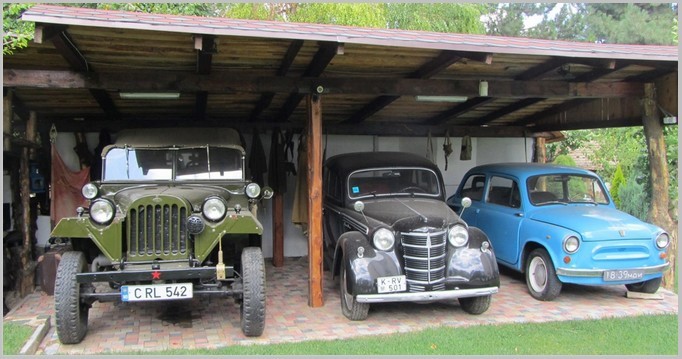
1943 Gaz 67, 1947 Moskvitch 400 – 420, 1967 Zaz 965 Yalta.
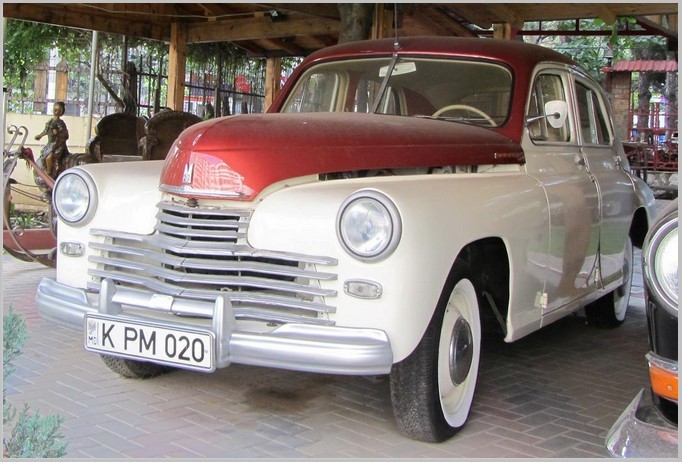
1953 Gaz M20 Pobeda.
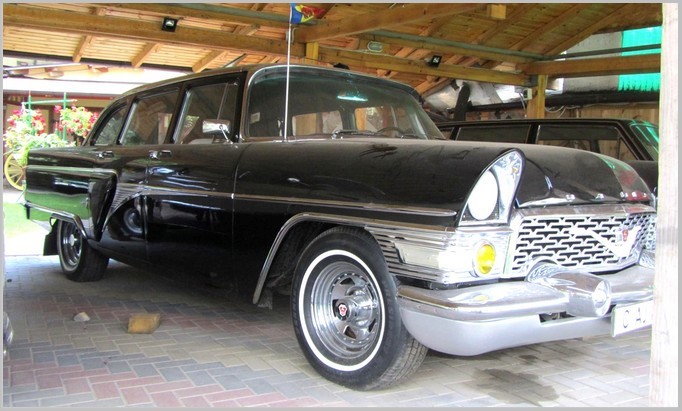
1963 Gaz 13 Chaika.
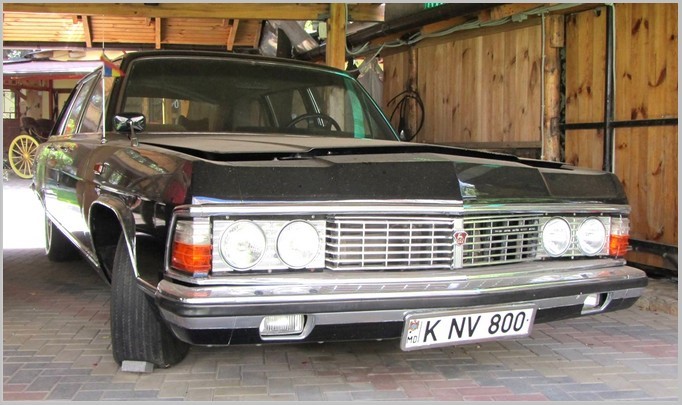
1989 Gaz 14 Chaika.
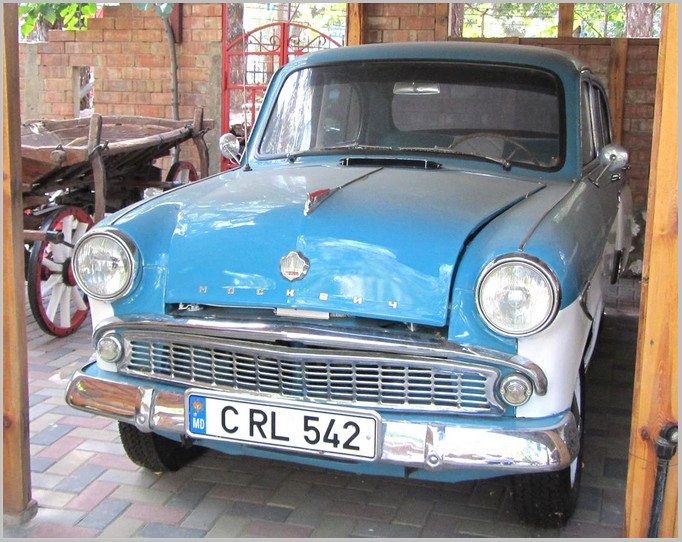
1958 Moskvitch 407.
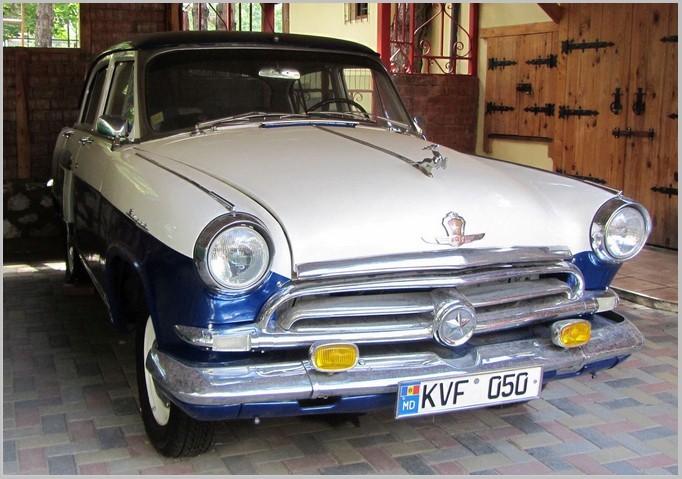
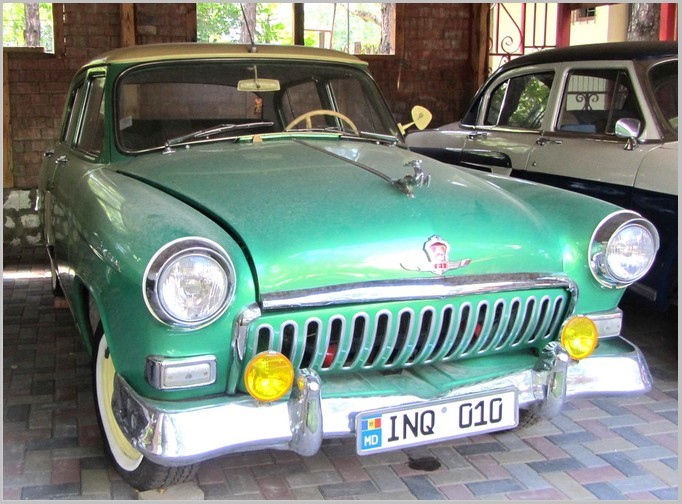
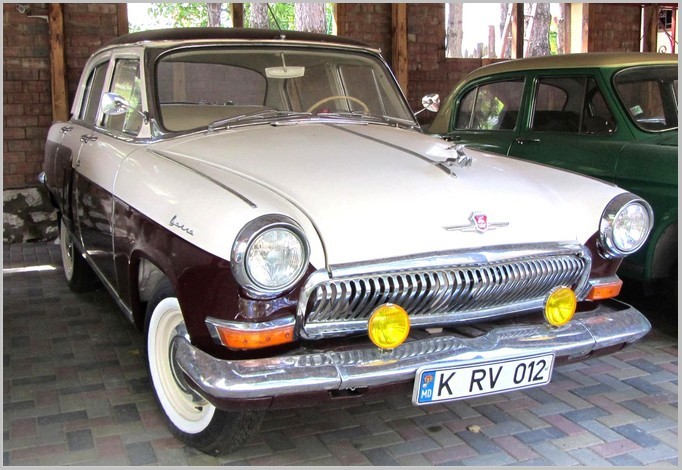
1956 – 1970 Gaz Volga M 21.
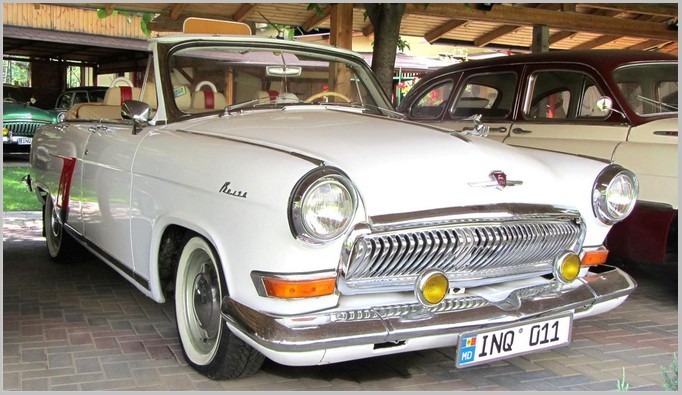
Gaz Volga M21 Convertible – never made by Gaz but an attractive conversion.
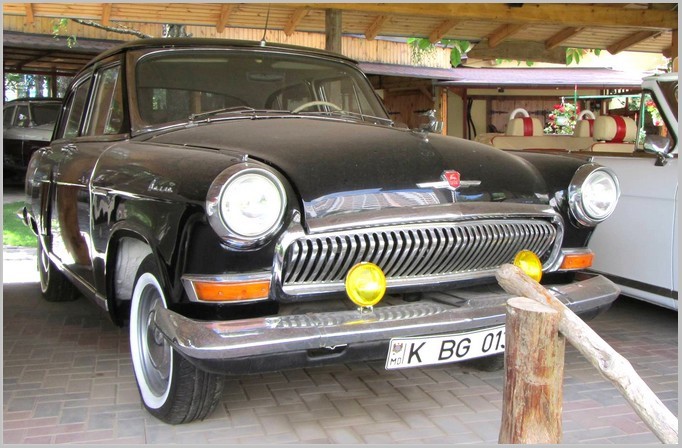
Black Gaz Volga M21.
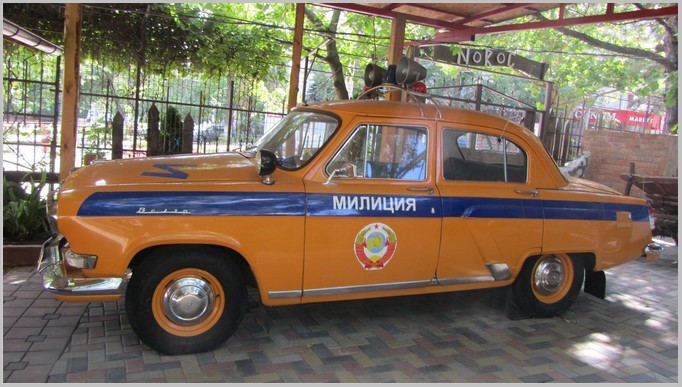
Gaz Volga M21 Police (Militia).
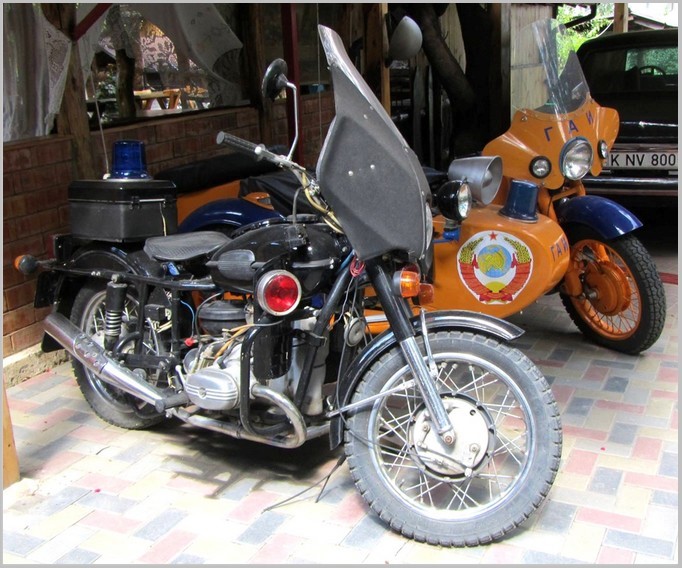
2 Soviet motorcycles.
So if you ever find yourself in Chisinau, then you may combine your love of cars with a good meal. The Restaurant is called: ‘Roata Vremii’ Restaurantulmuzeu. Translated into English this would be ‘Wheel of Time’ Restaurant-Museum. It can be found at Hristo Botev St 8, Chisinau, Moldova.

Twin sisters sitting by pool.
A Russian car manufacturer, GAZ is very popular in North Korea. The one model from the brand that is seen widely in the country is Volga.
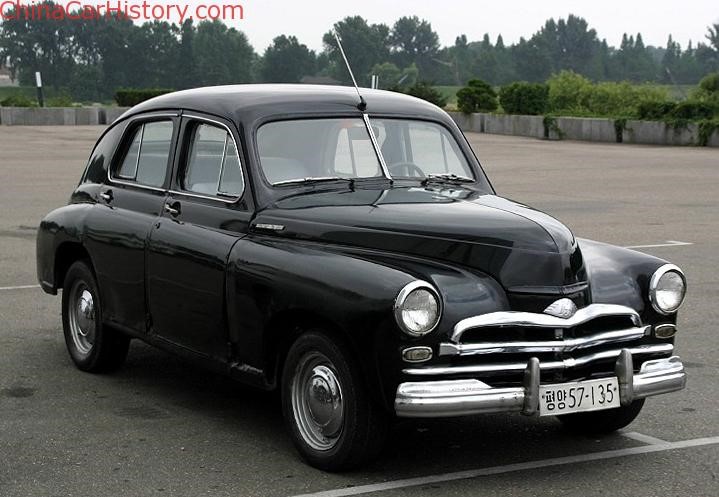
A Russian Pobeda on the road in North Korea.
These were built from 1956 to 2010, but the 1970-1985 models are the most common.
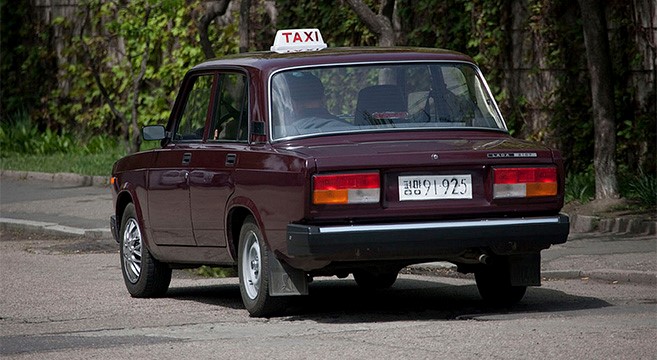
A Lada in North Korea.
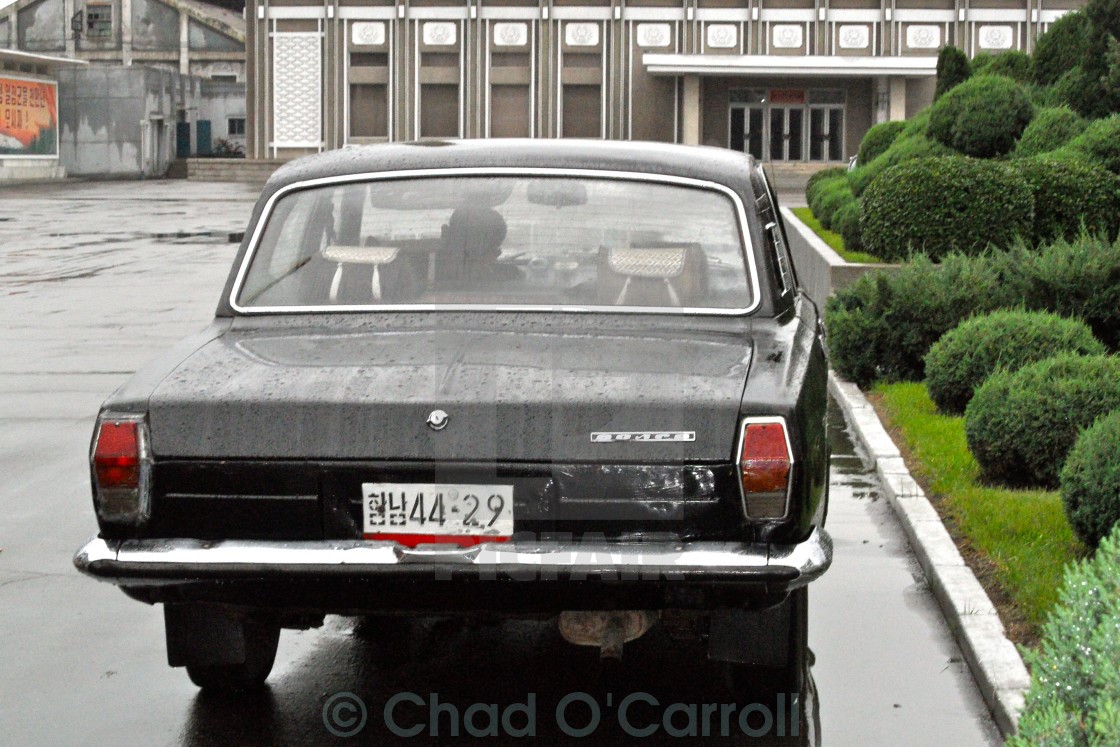
A Volga in North Korea.
The Volga is quite a luxury model (when compared with the Lada, at least) and is used as taxis or executive cars in the country.
Videos
Various
Moskvitch
Lada
Volga
Trabant
Zastava
Hongqi


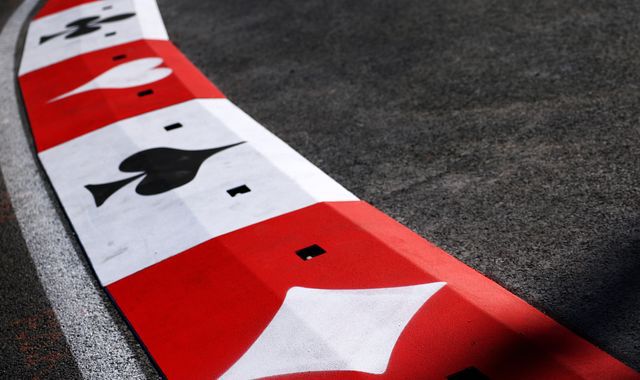
Comments
Authorize to comment